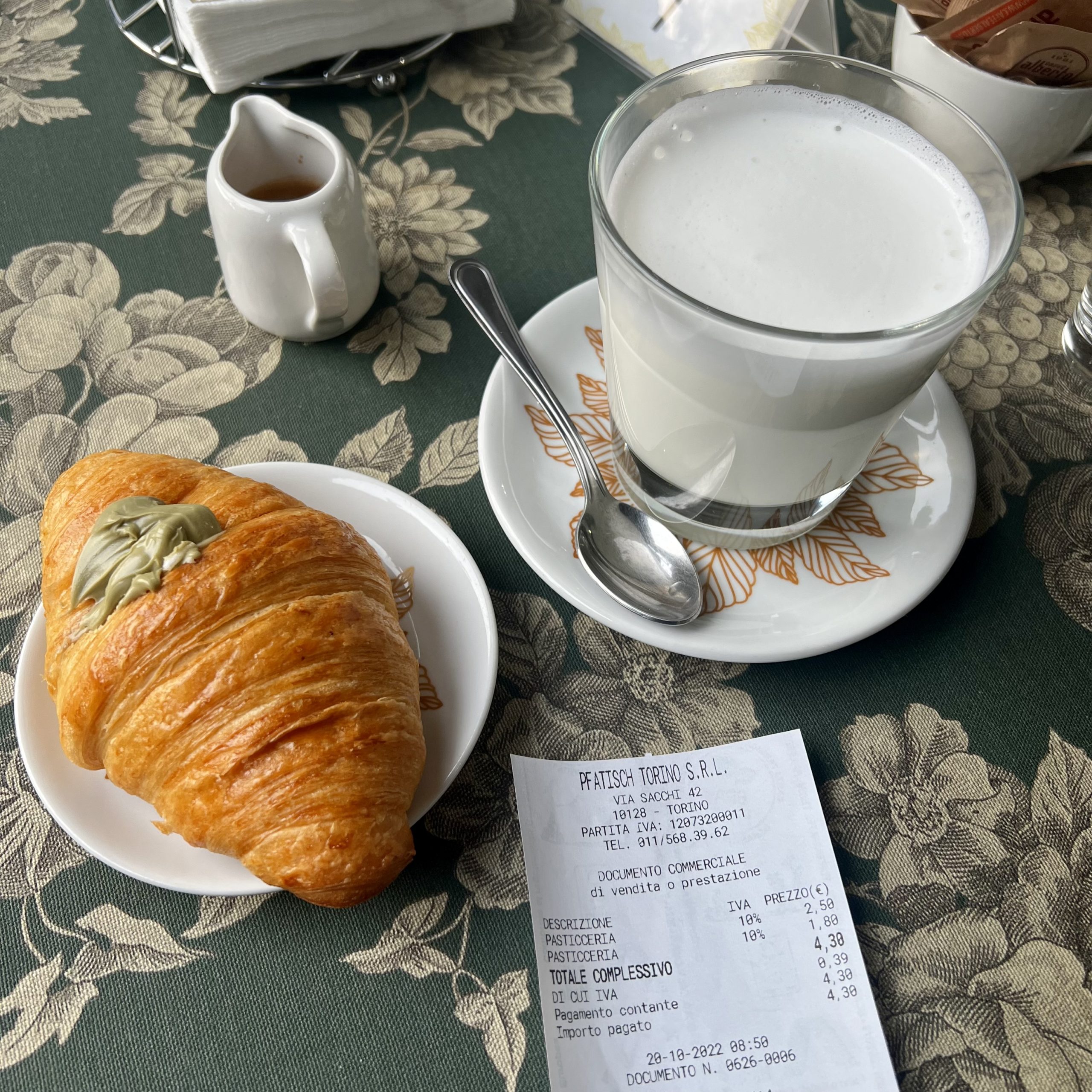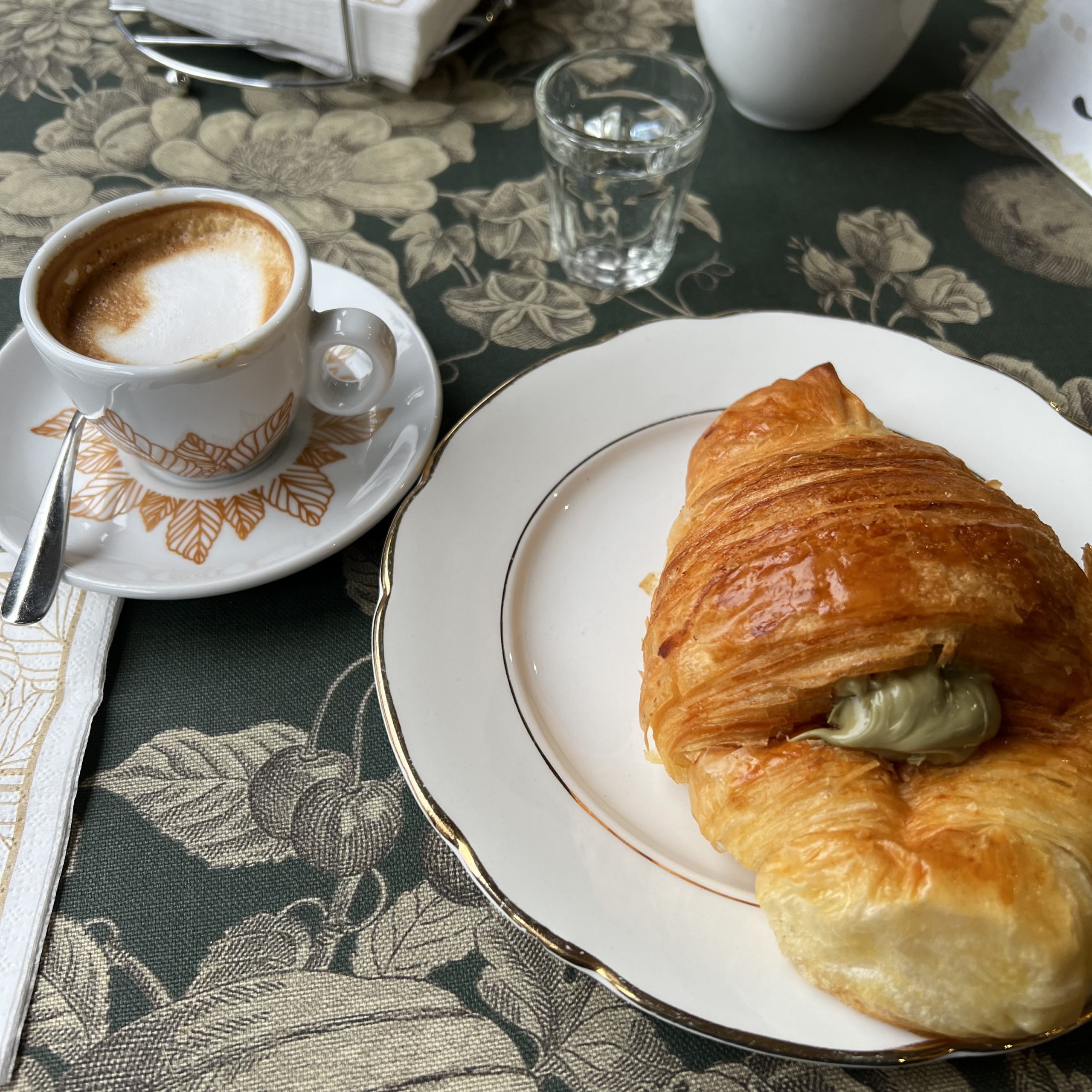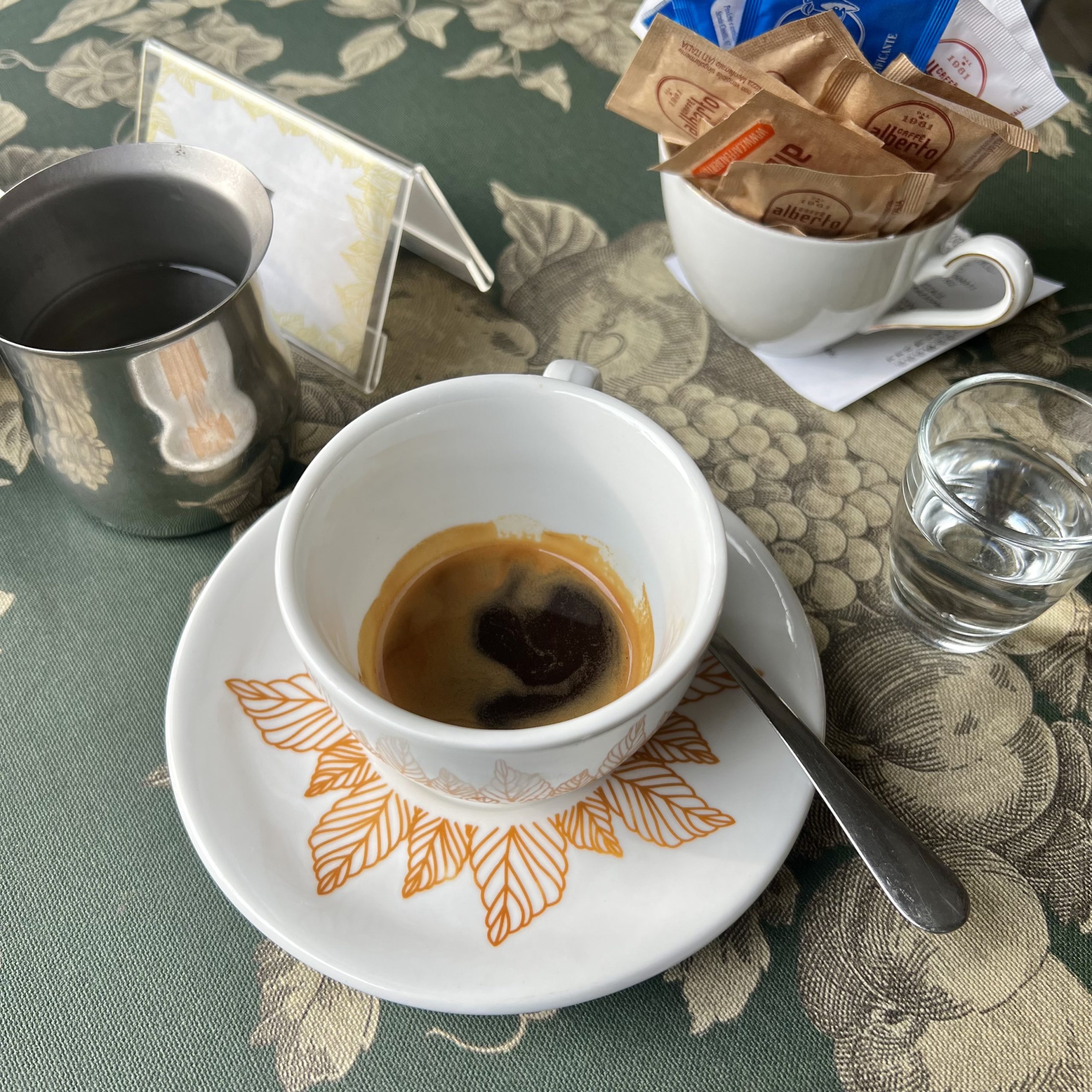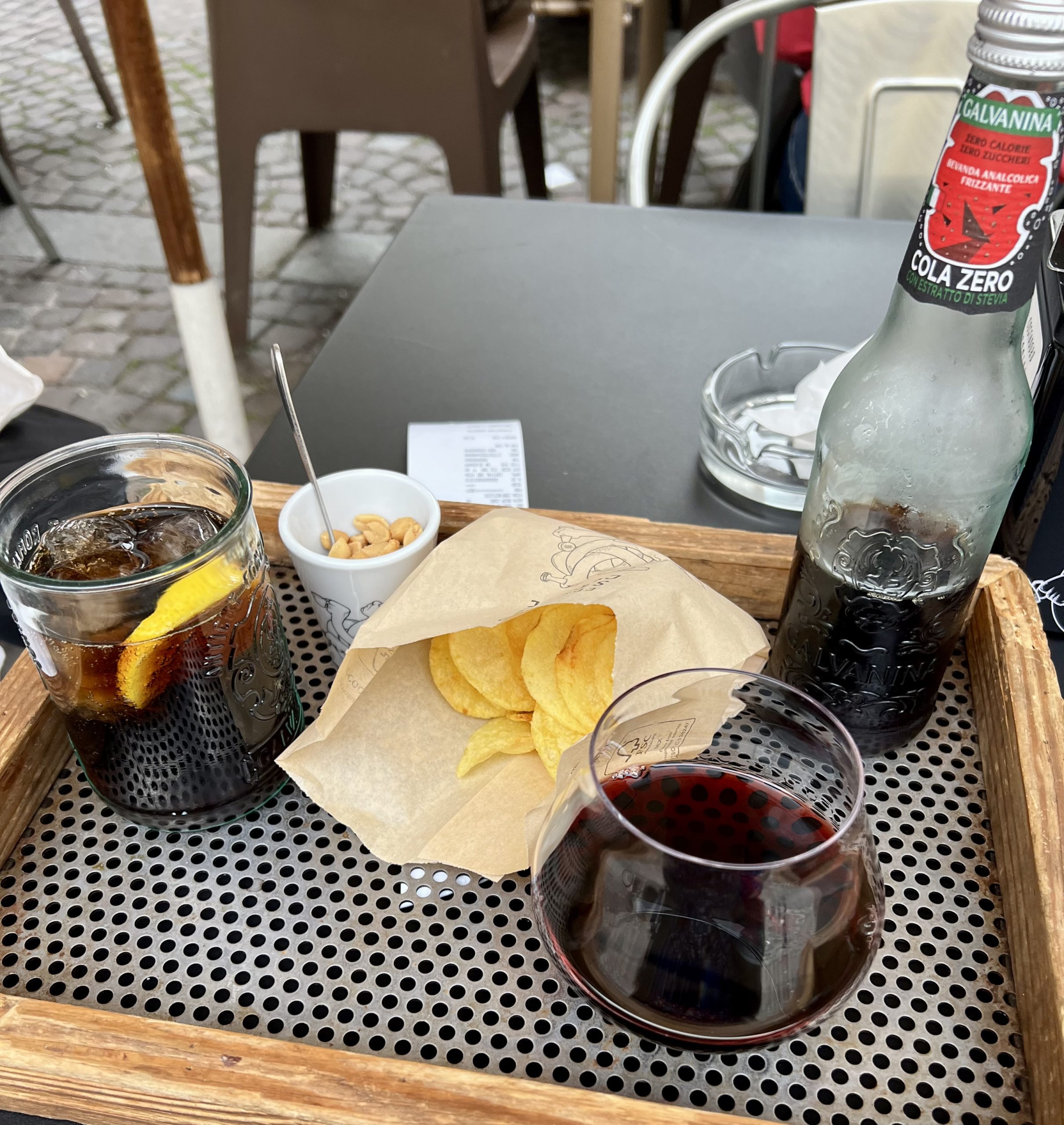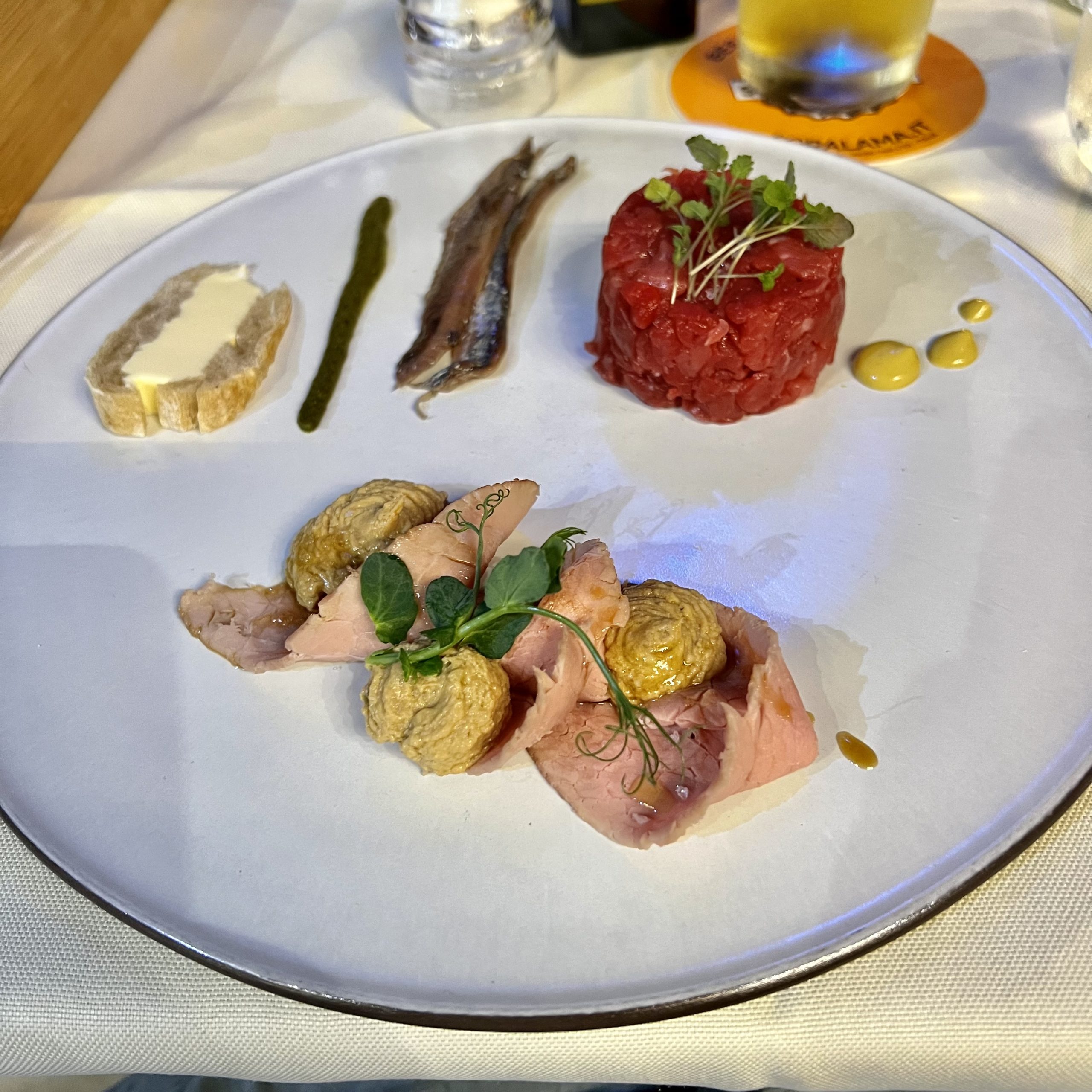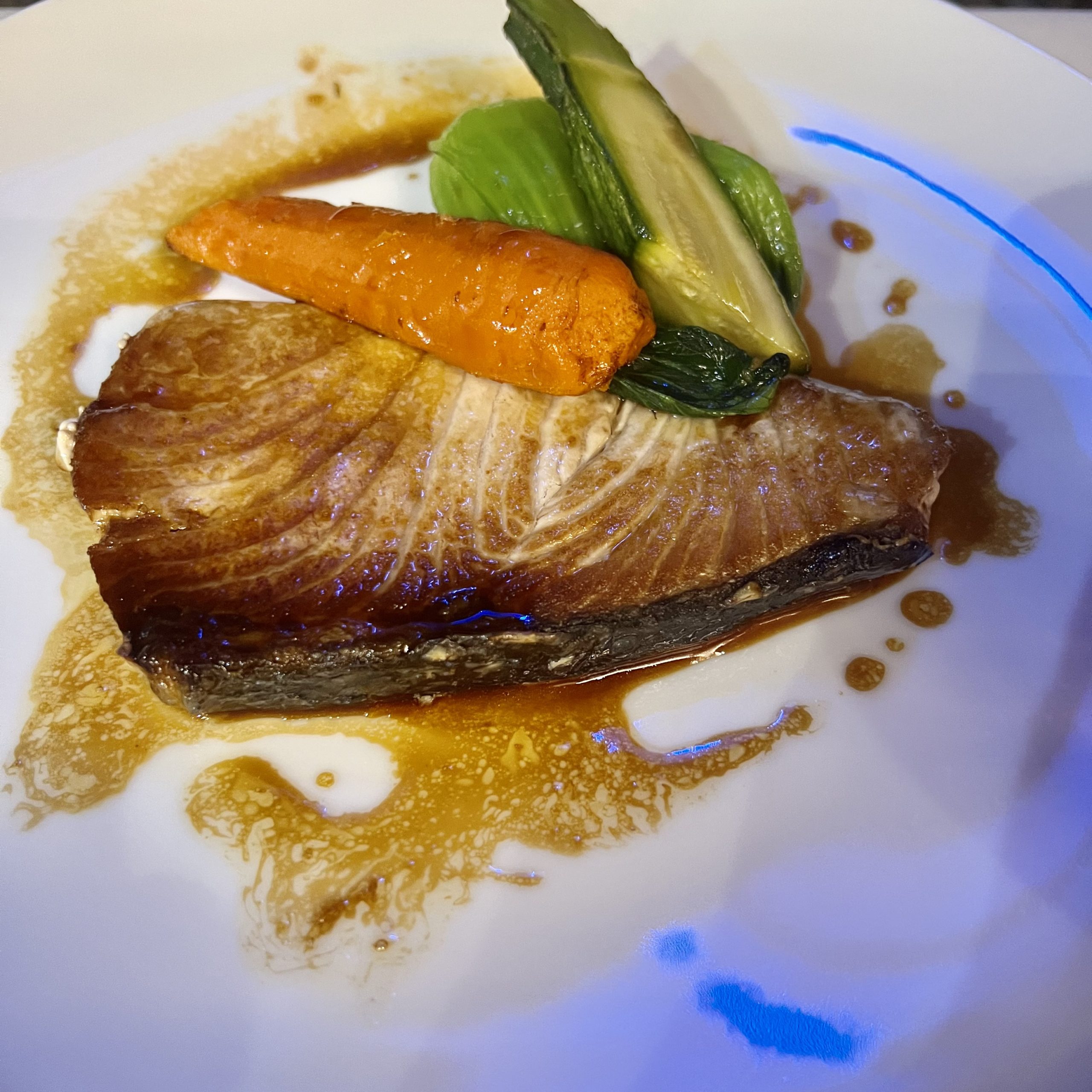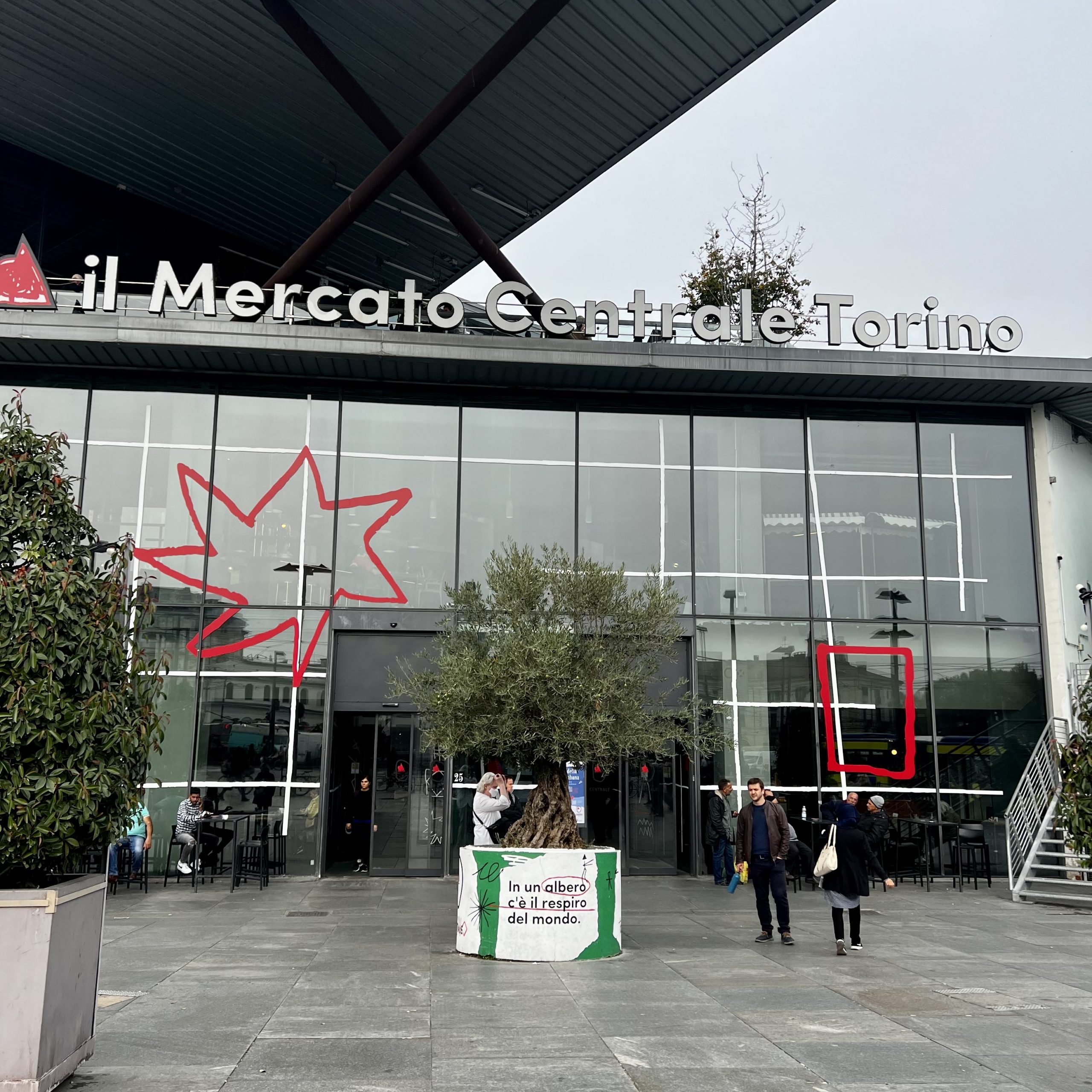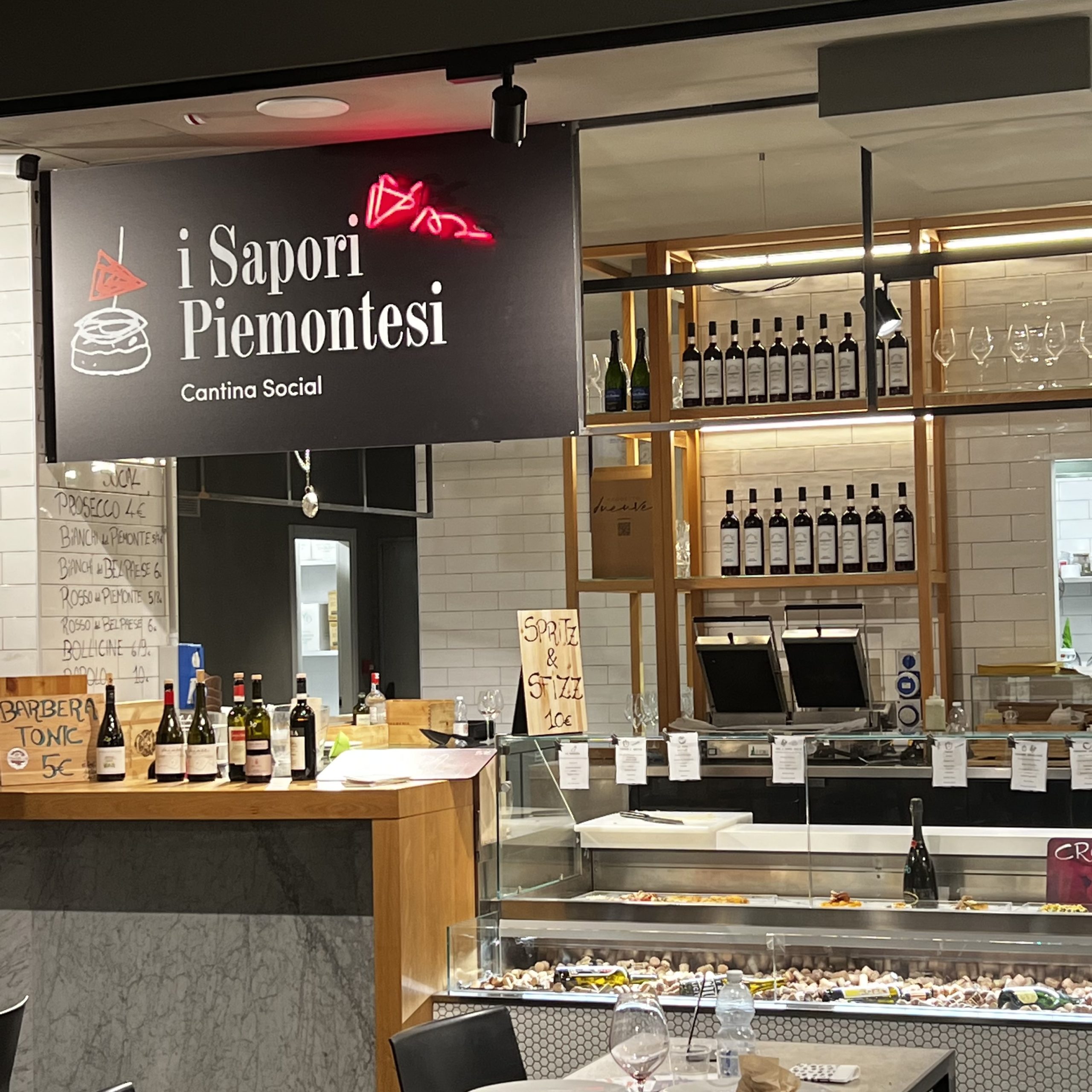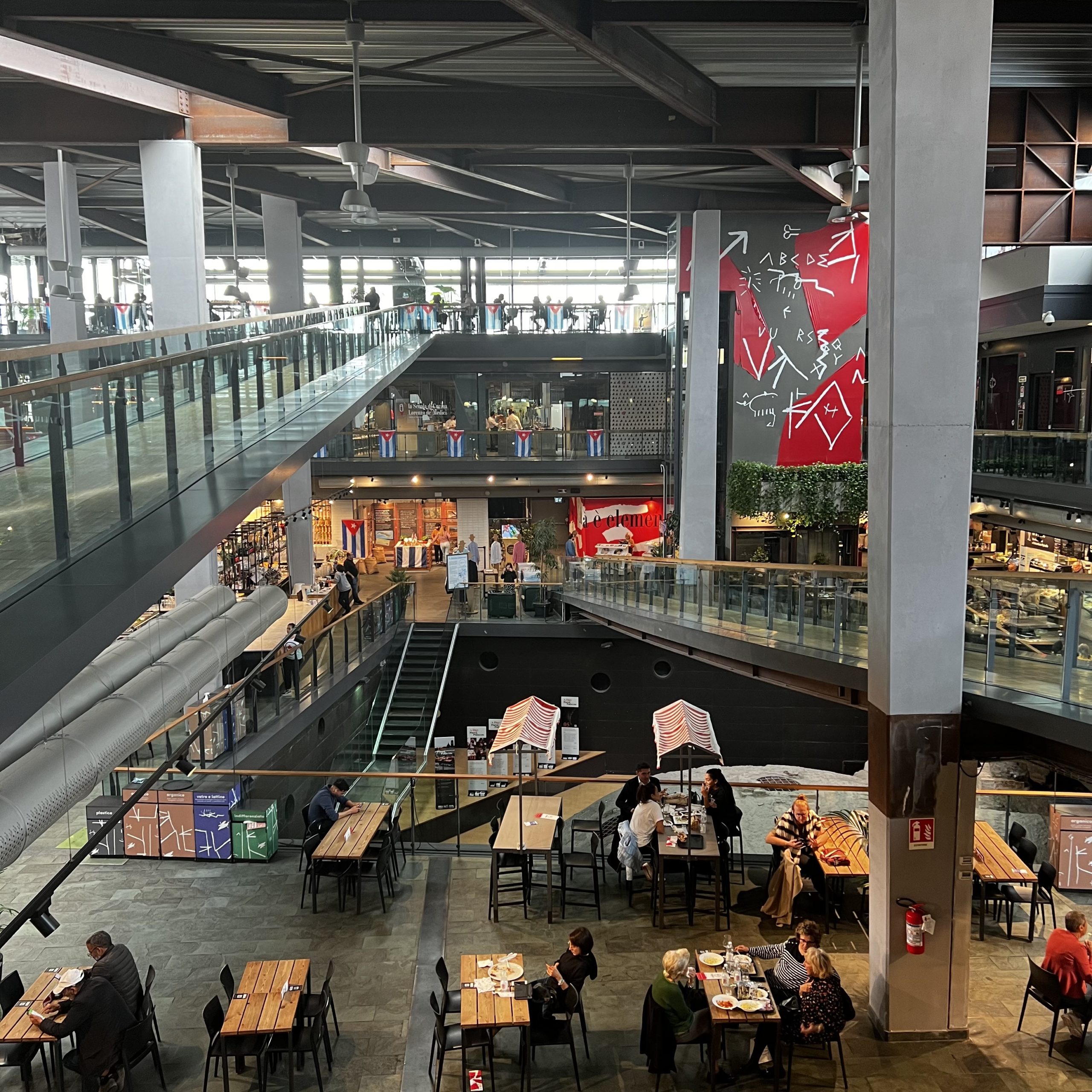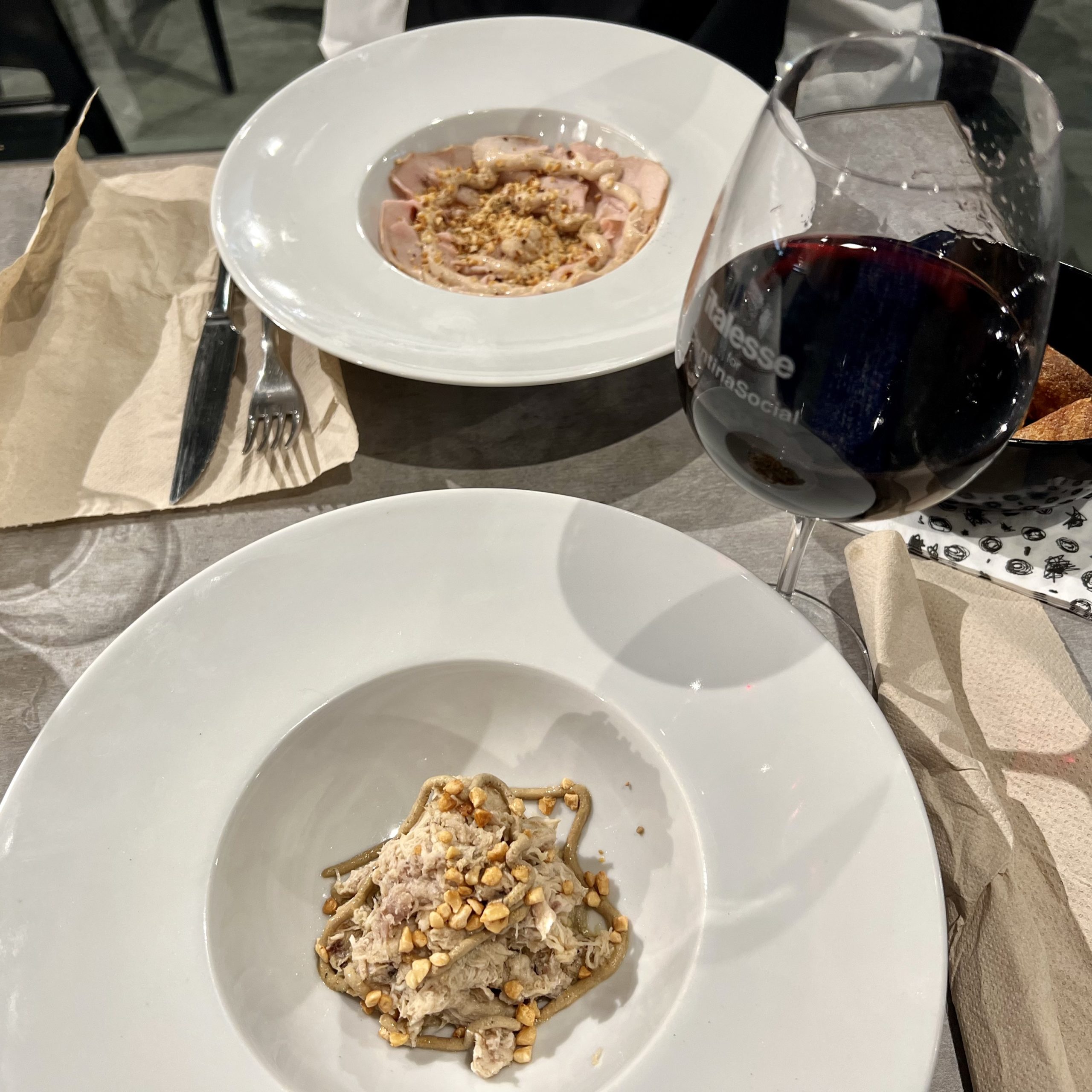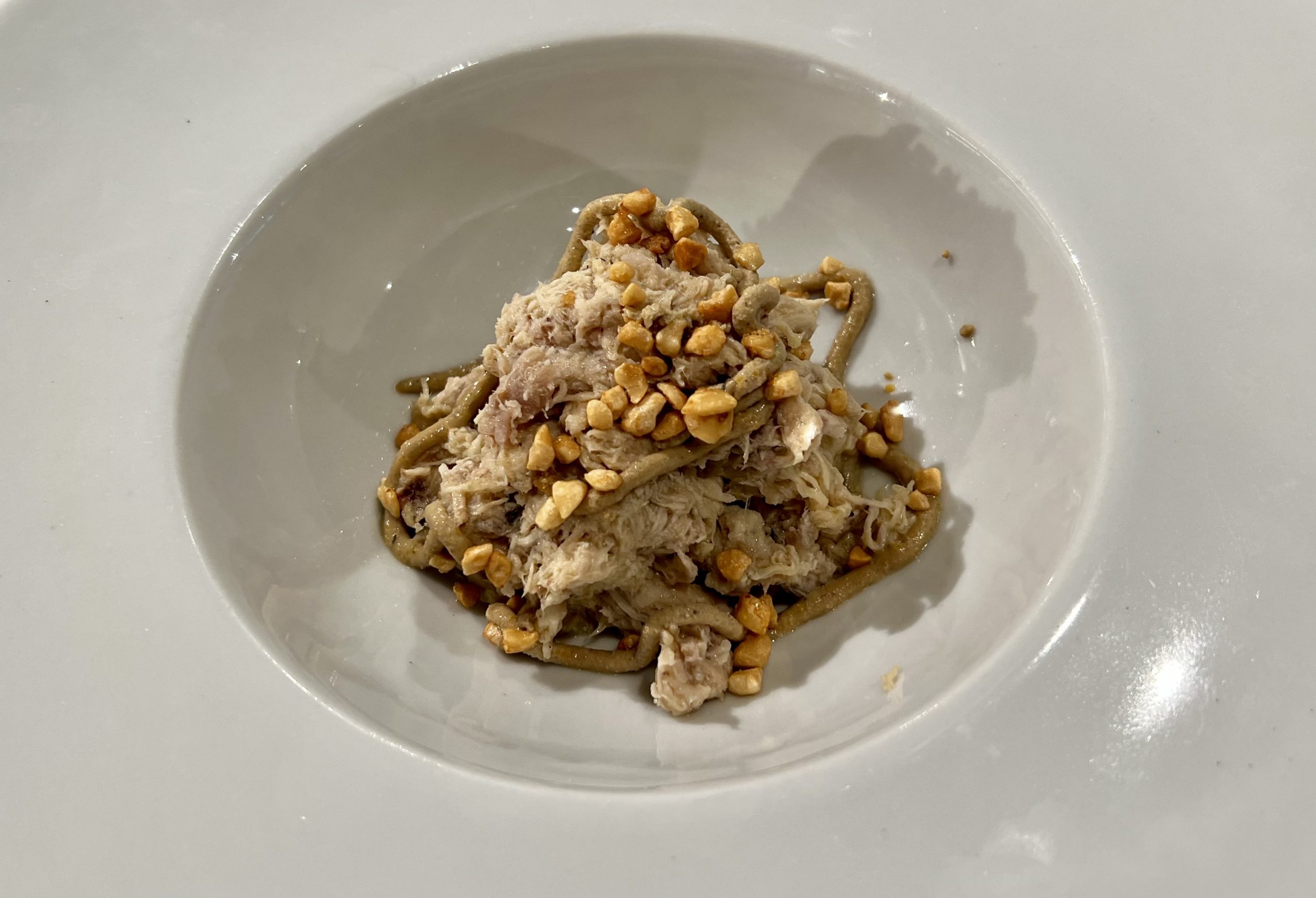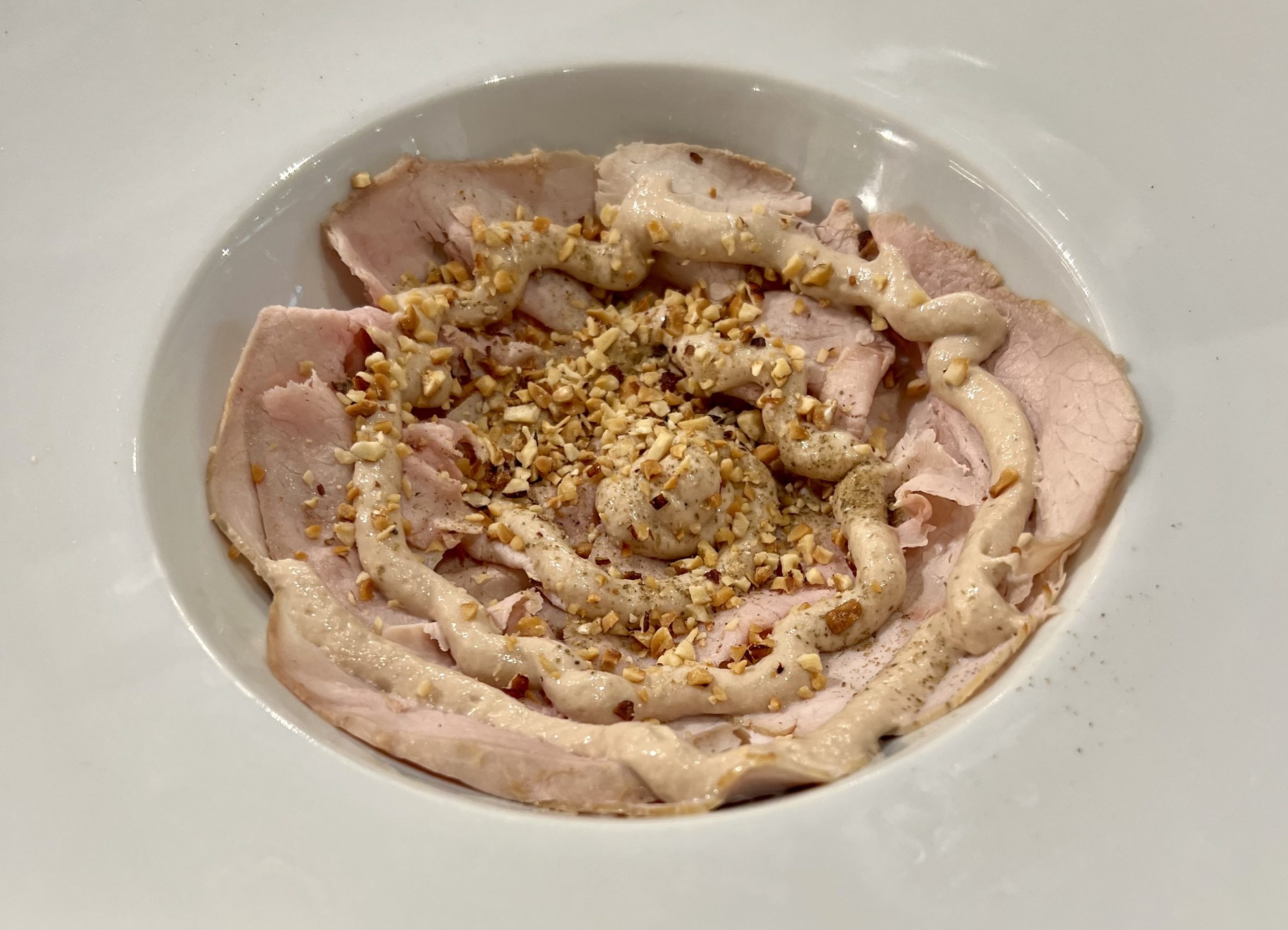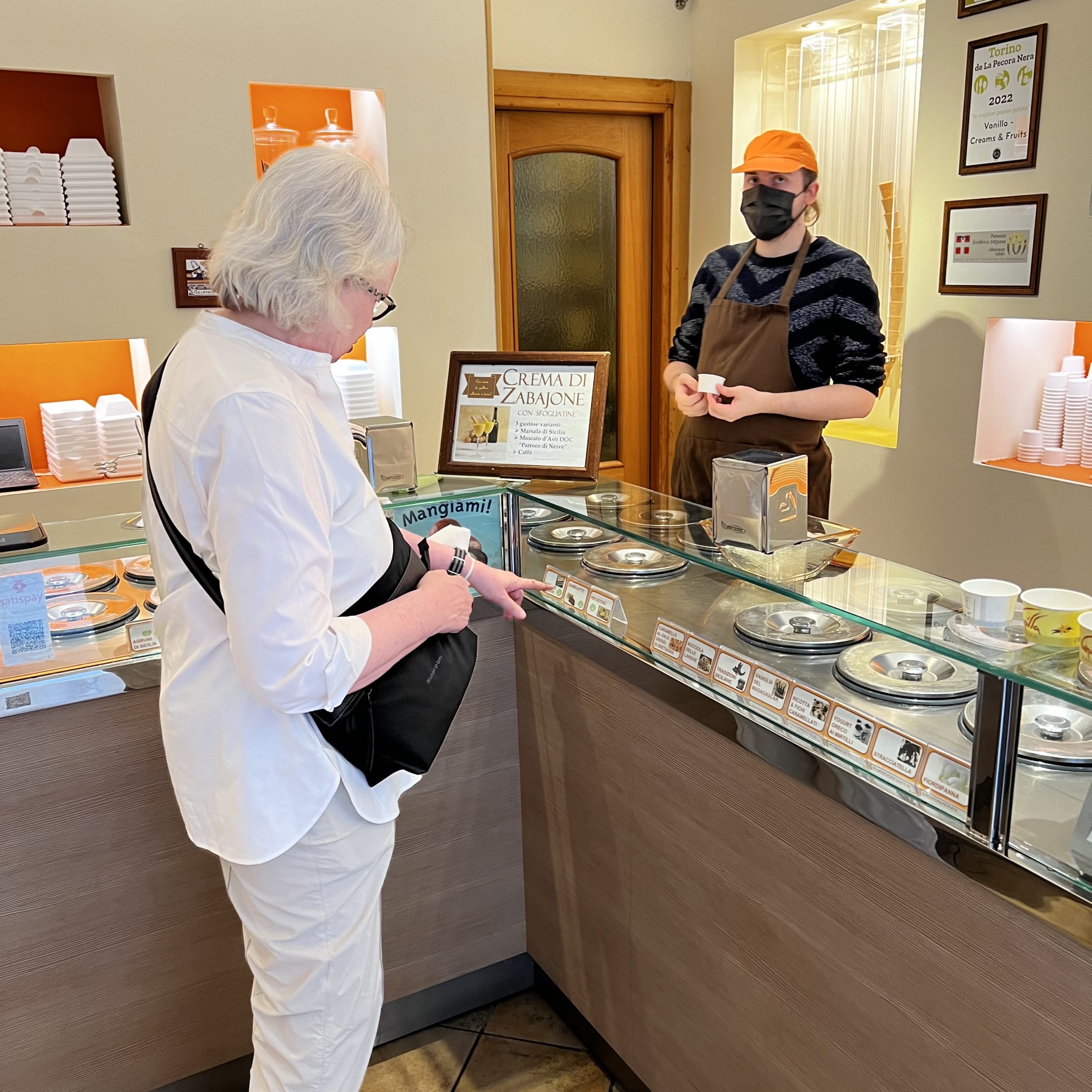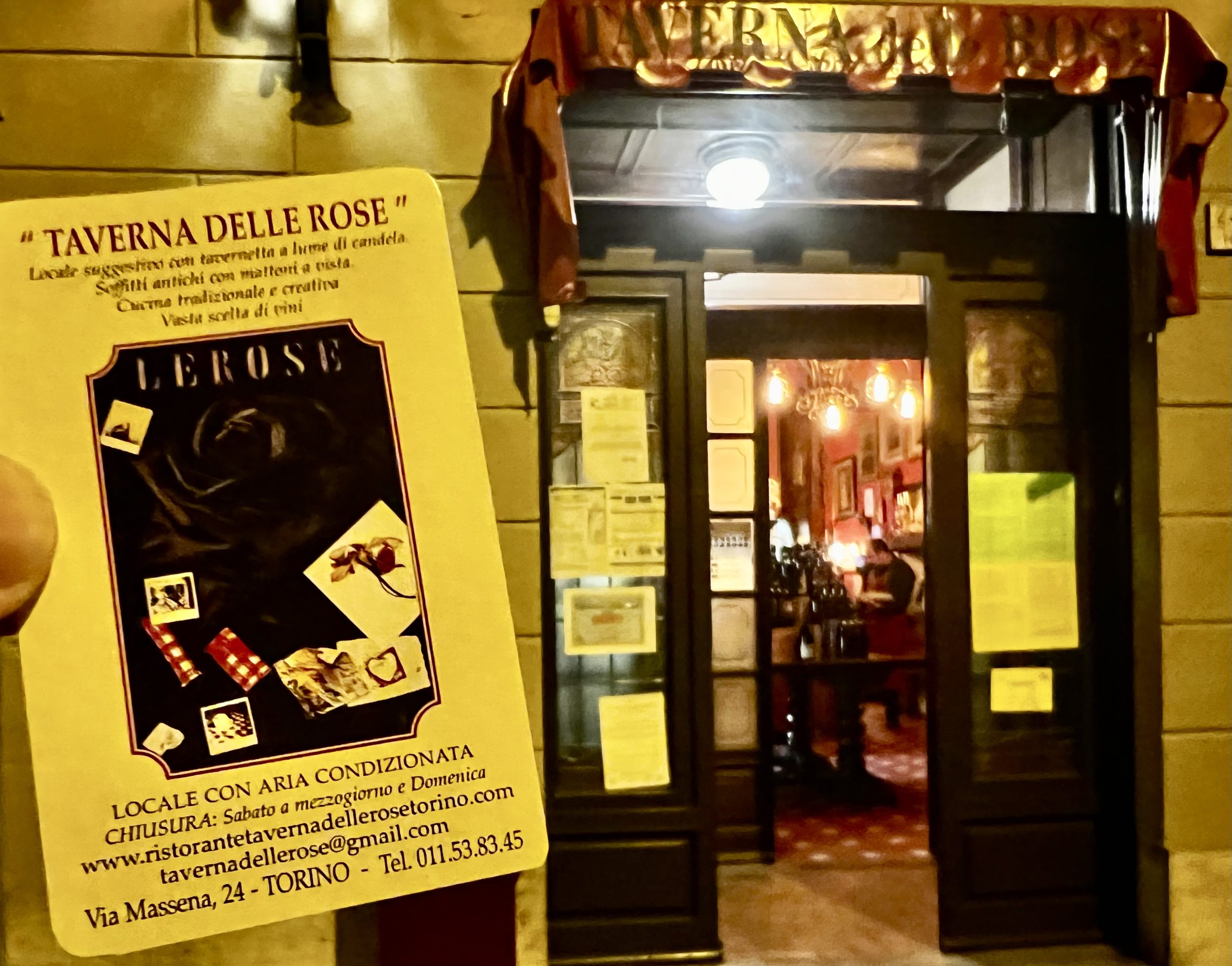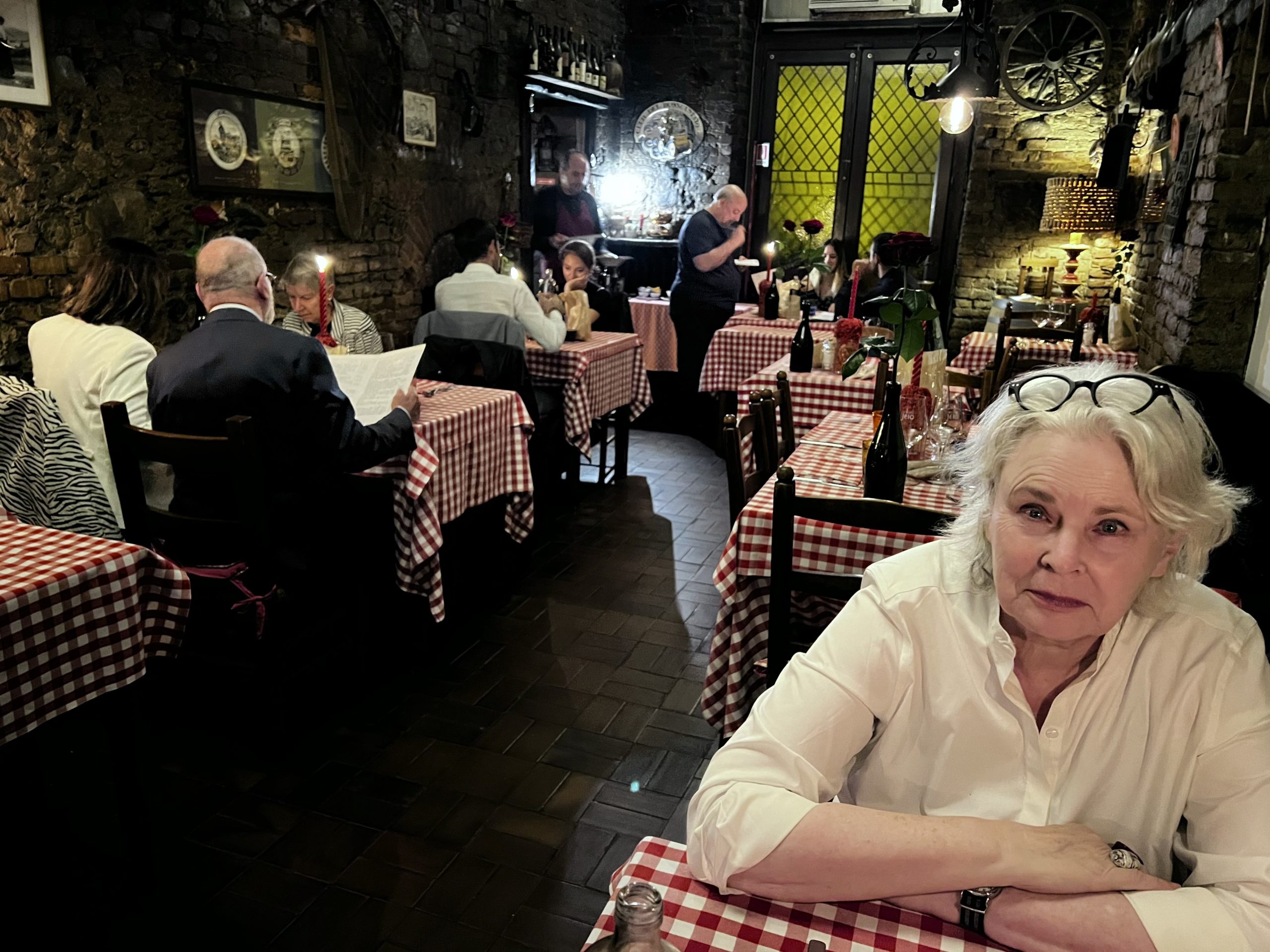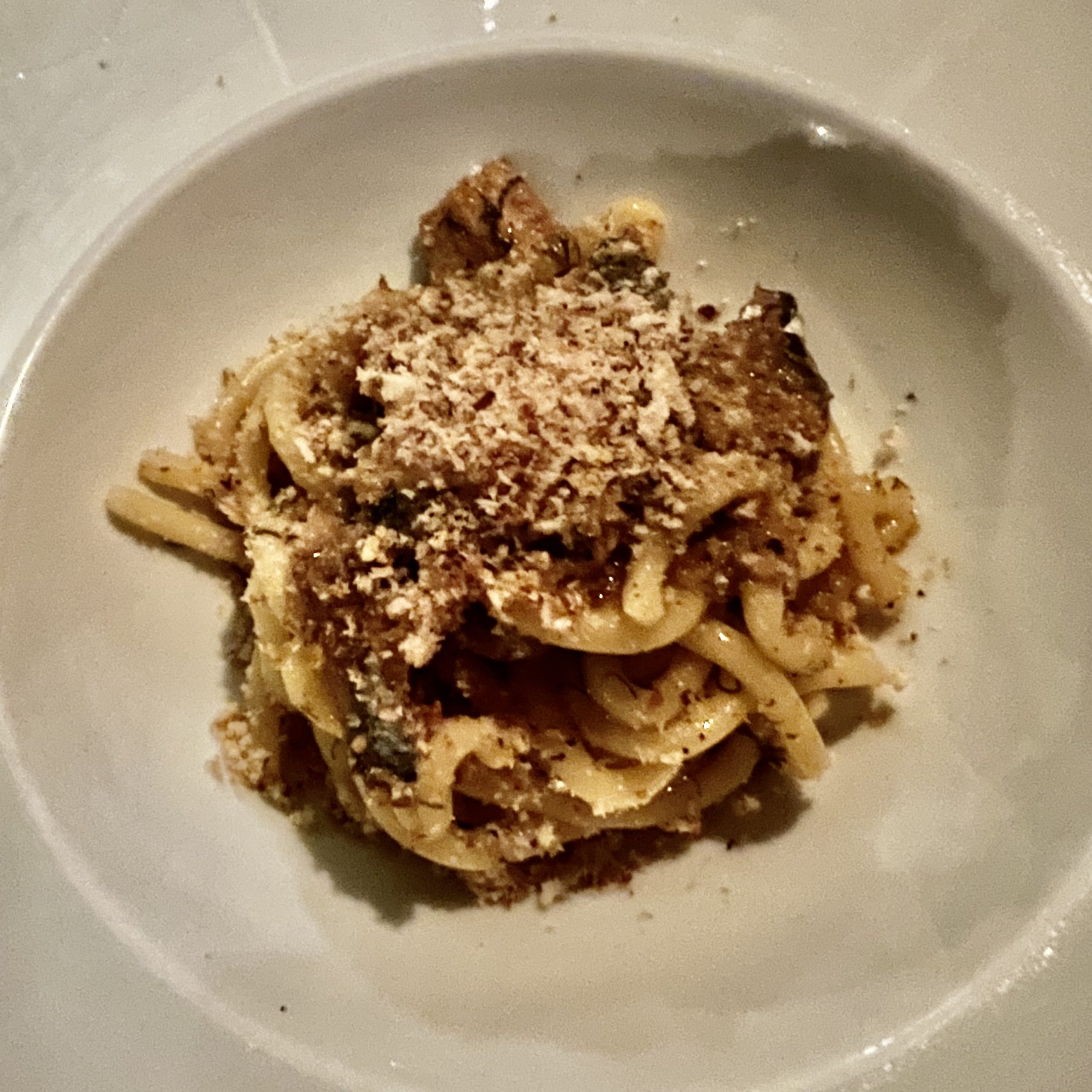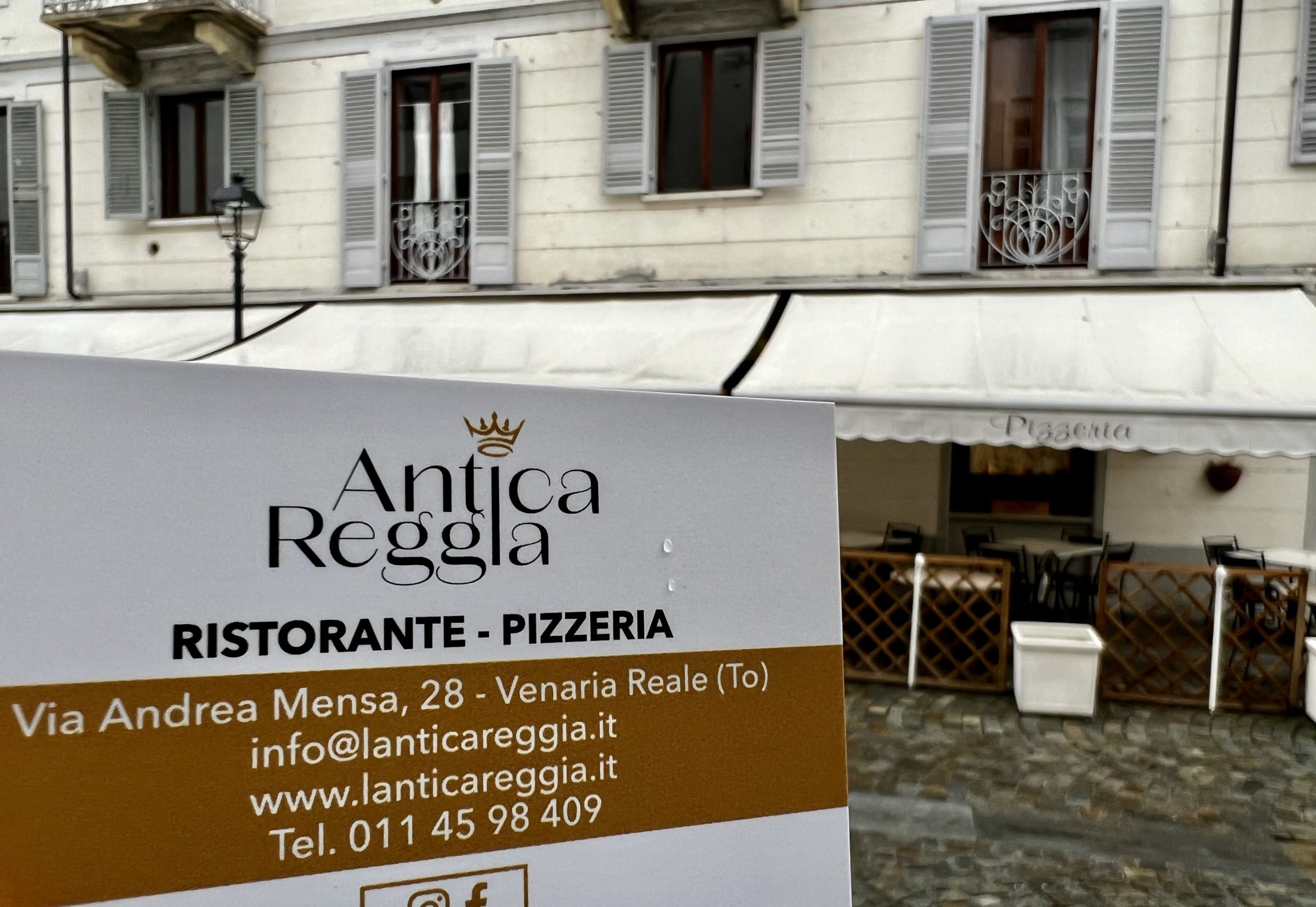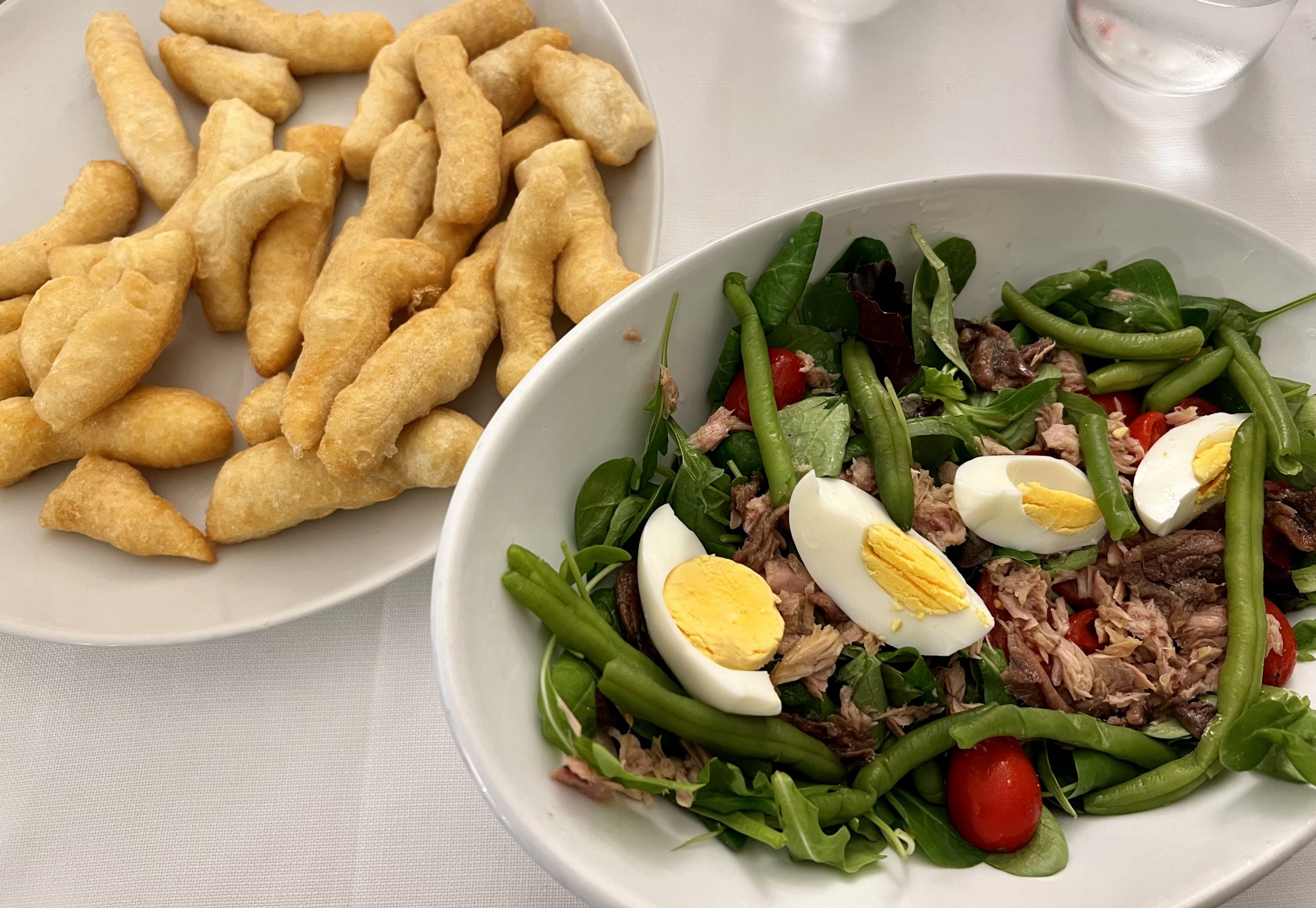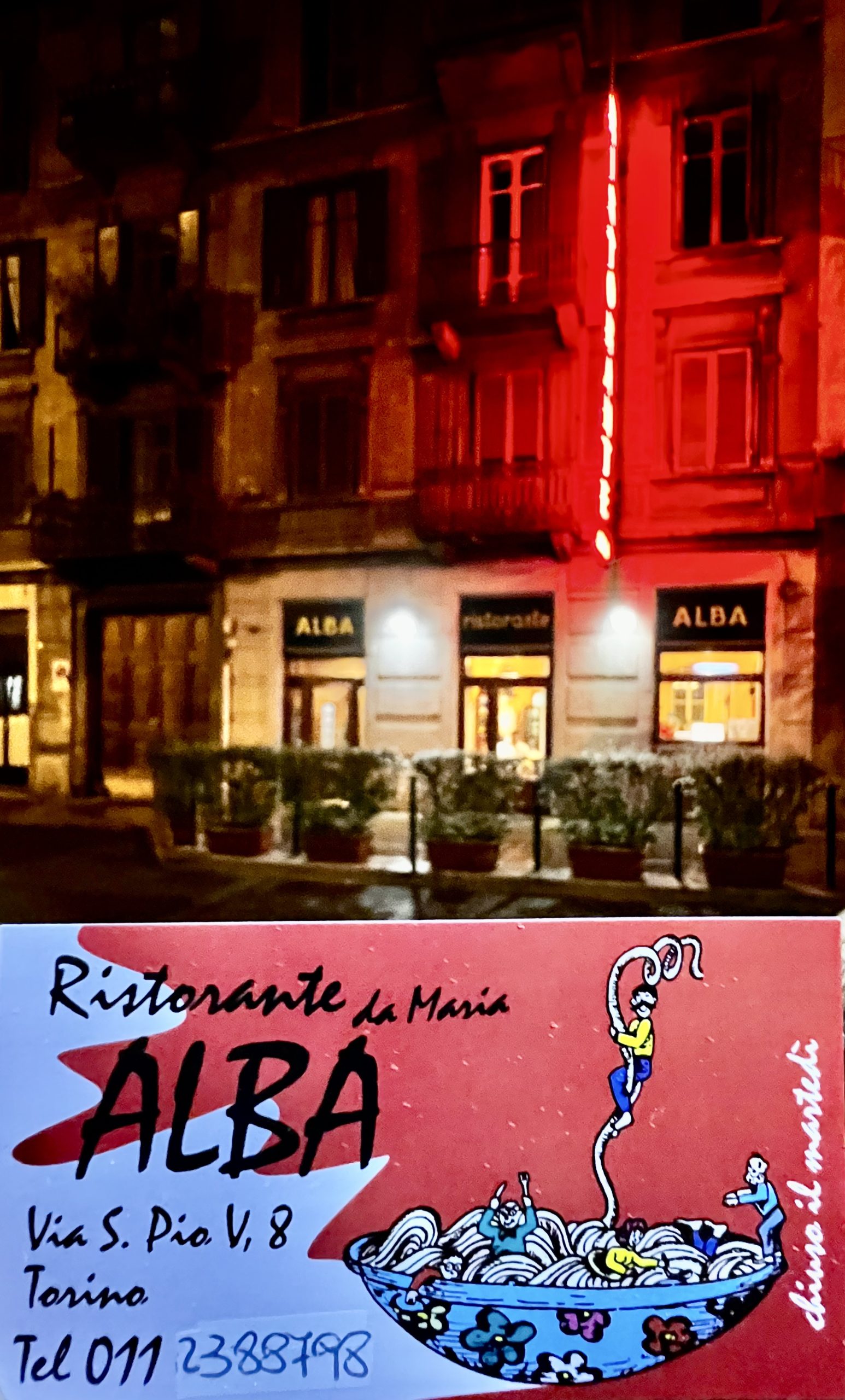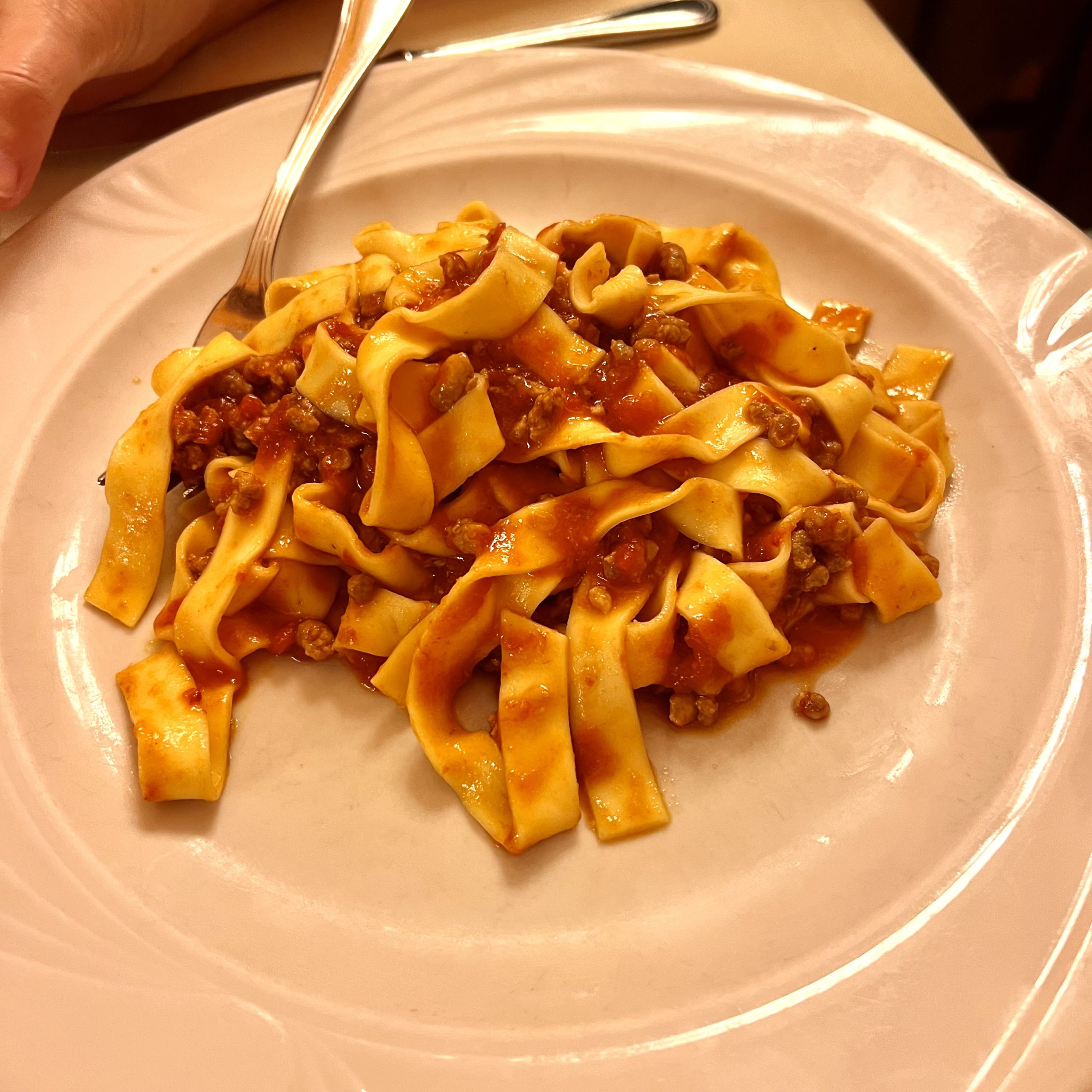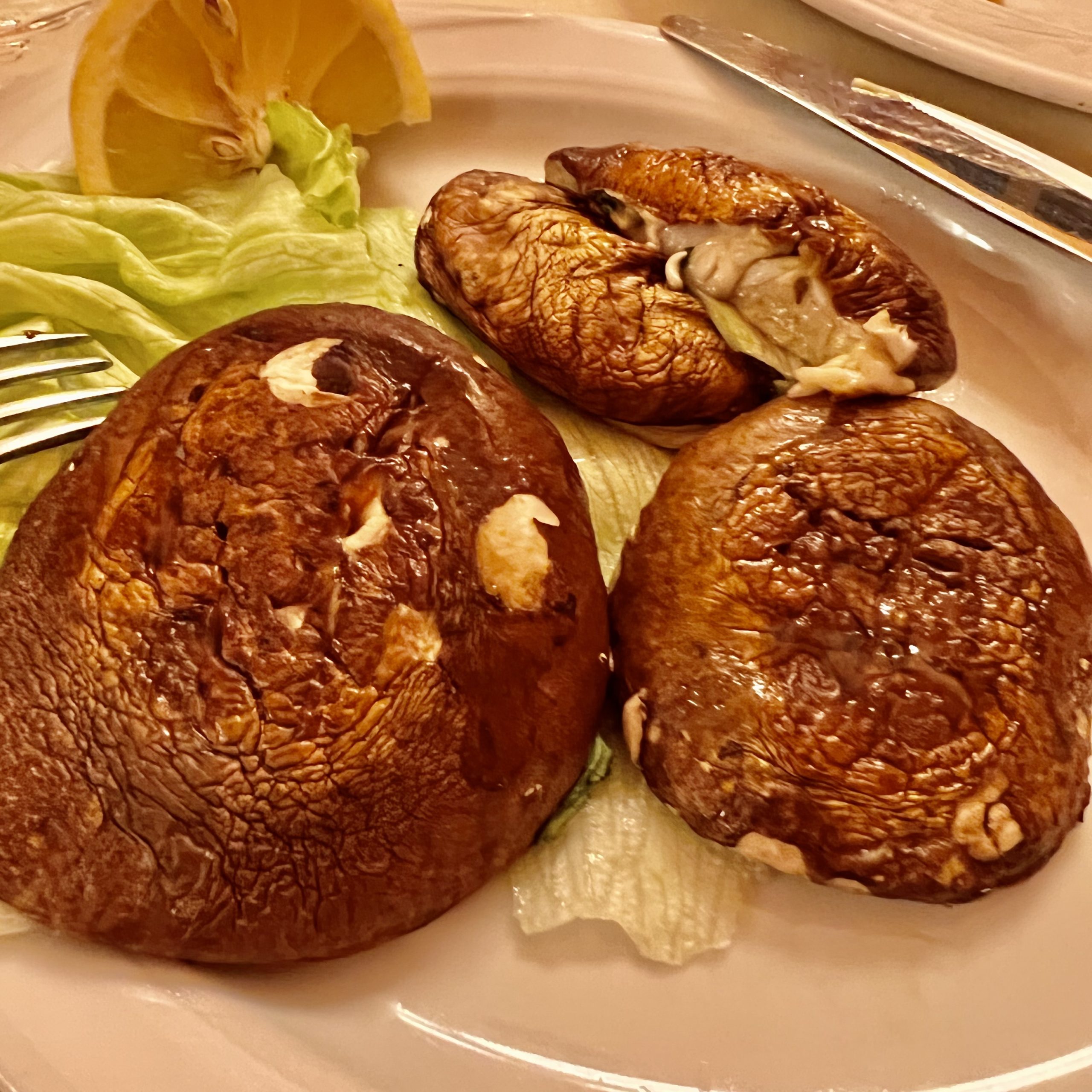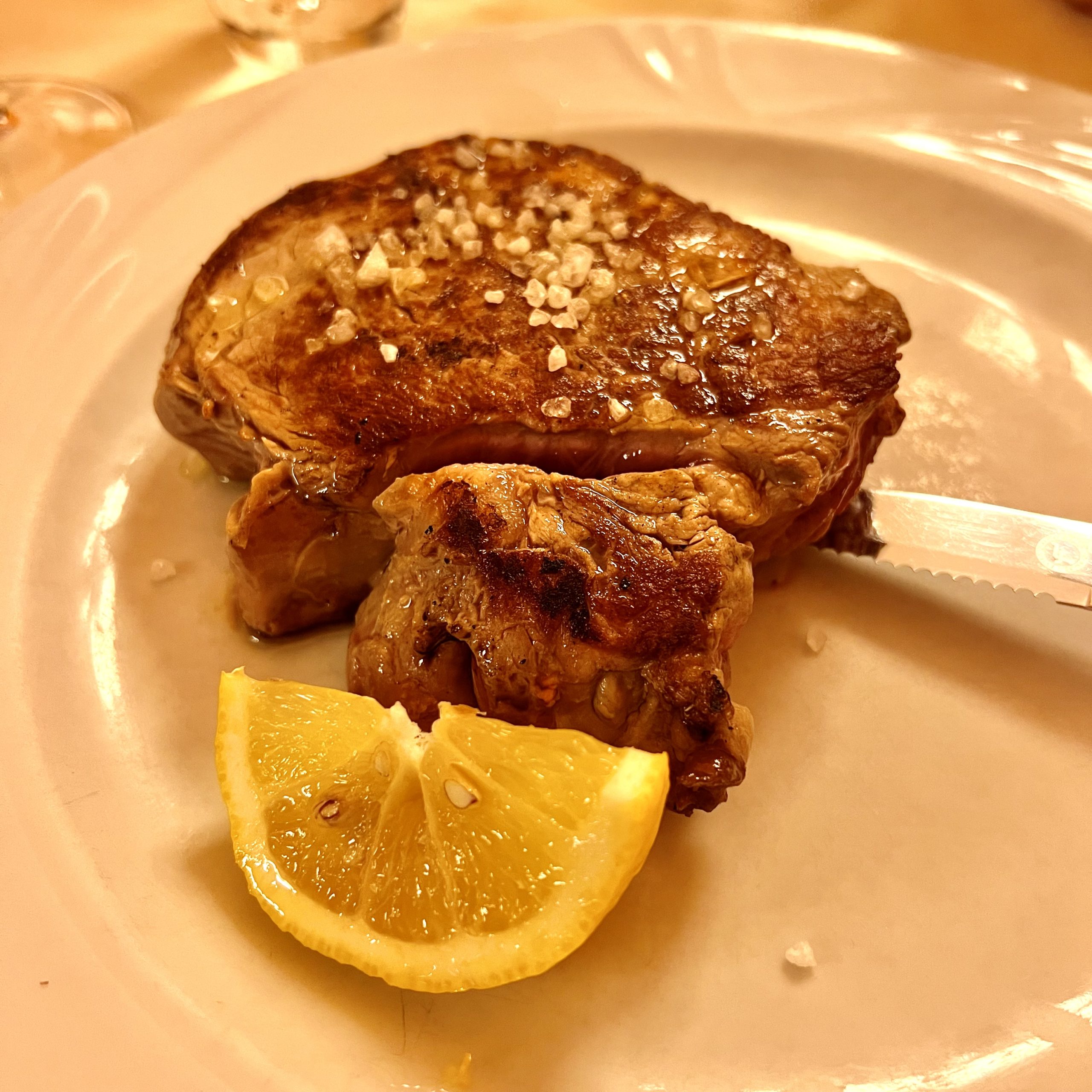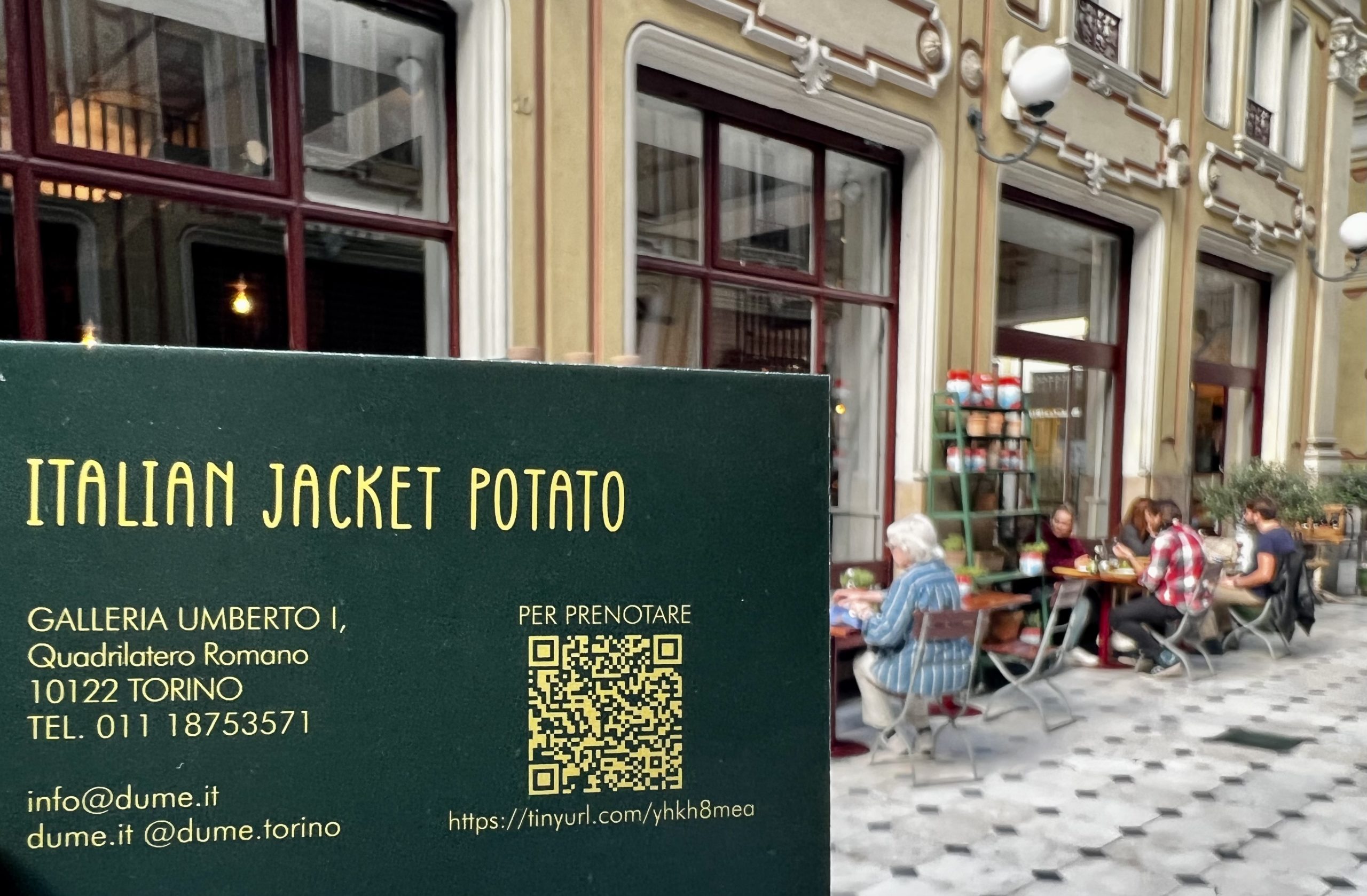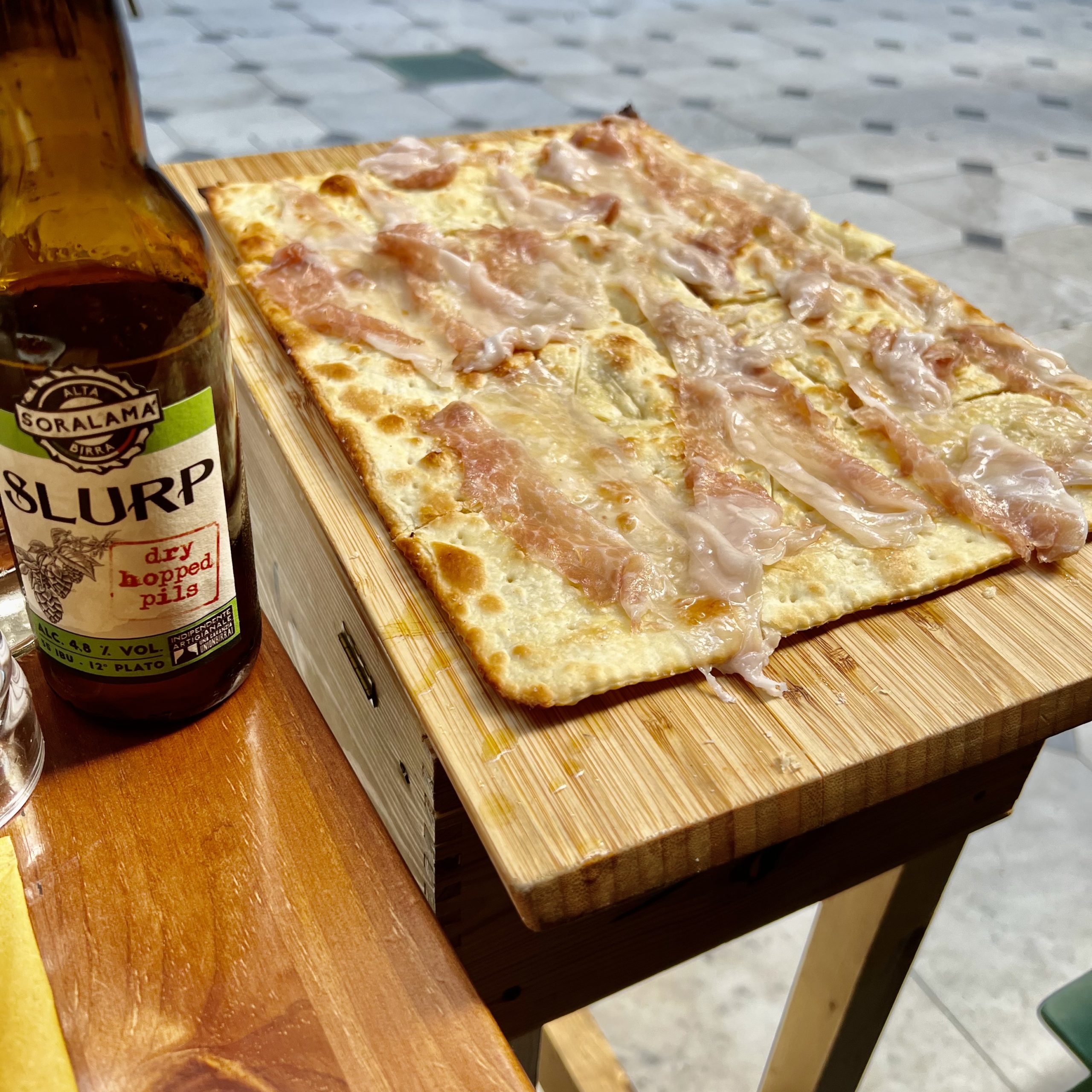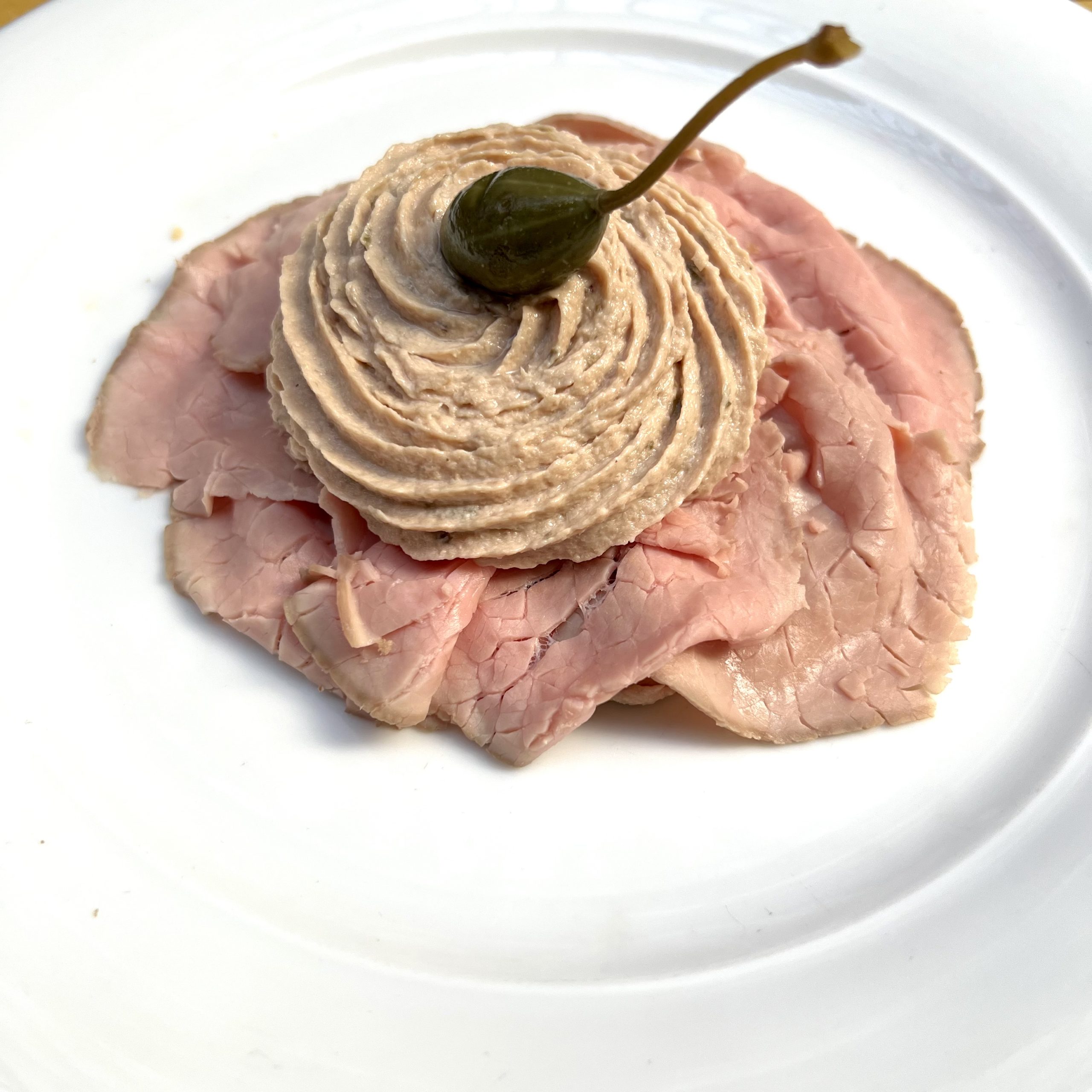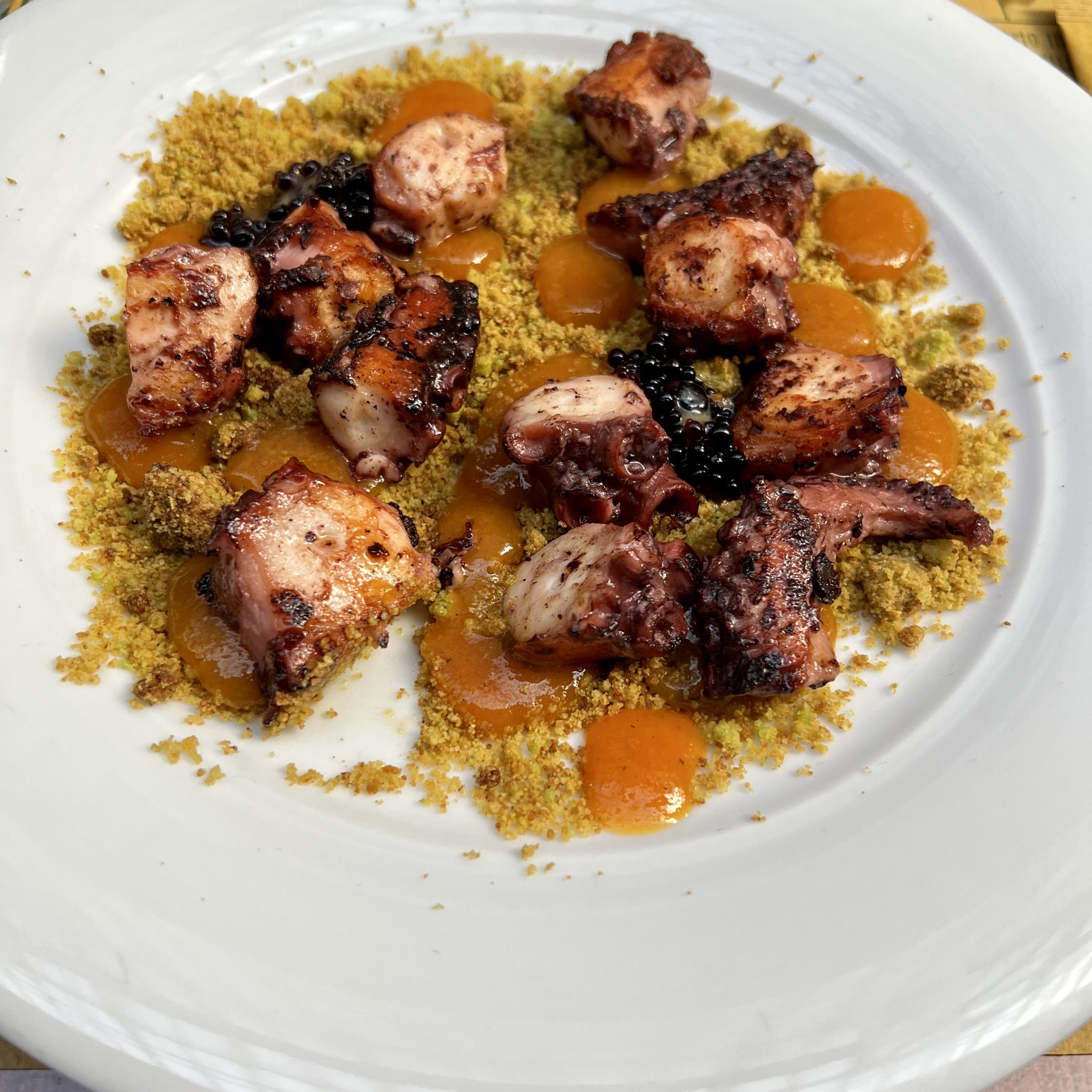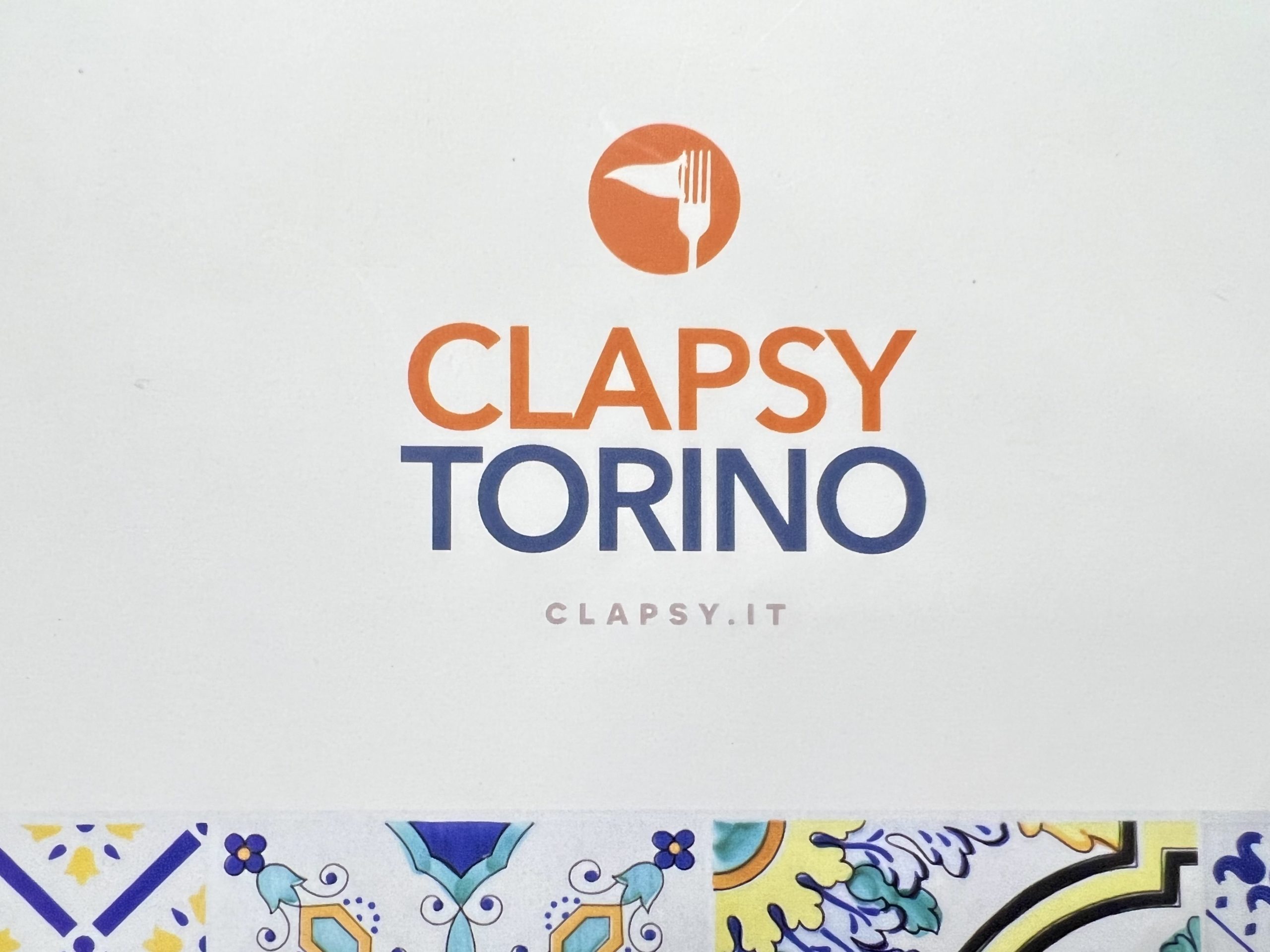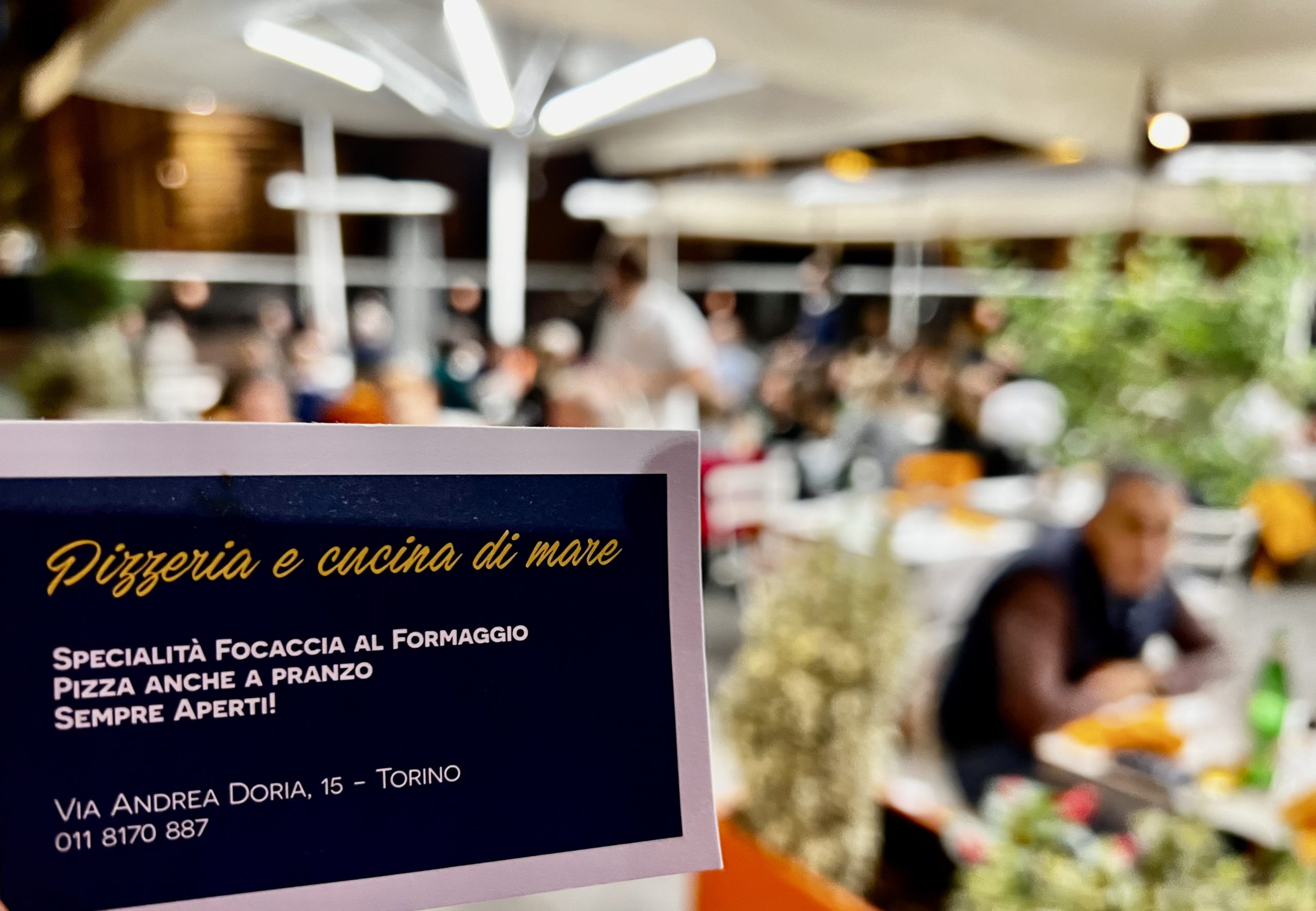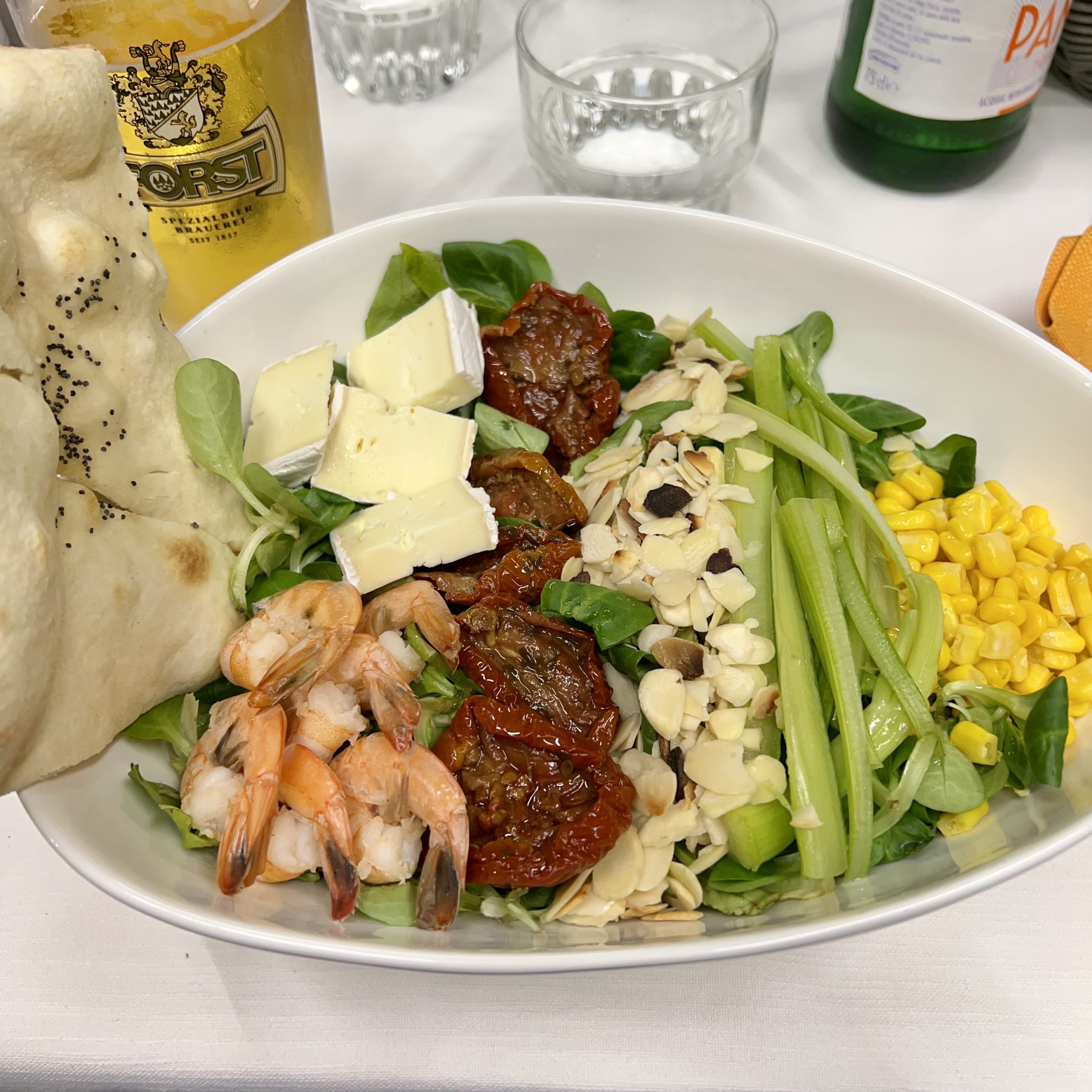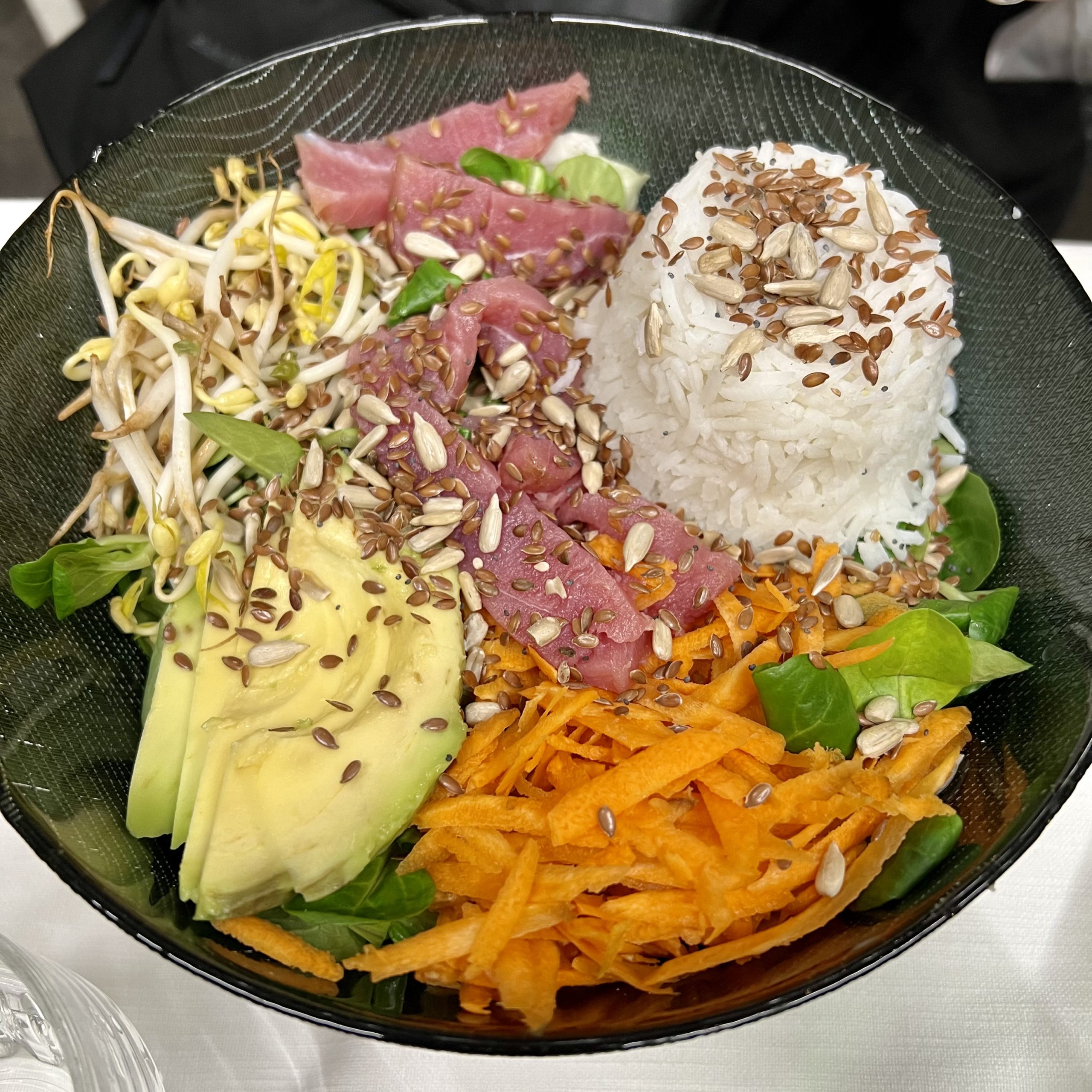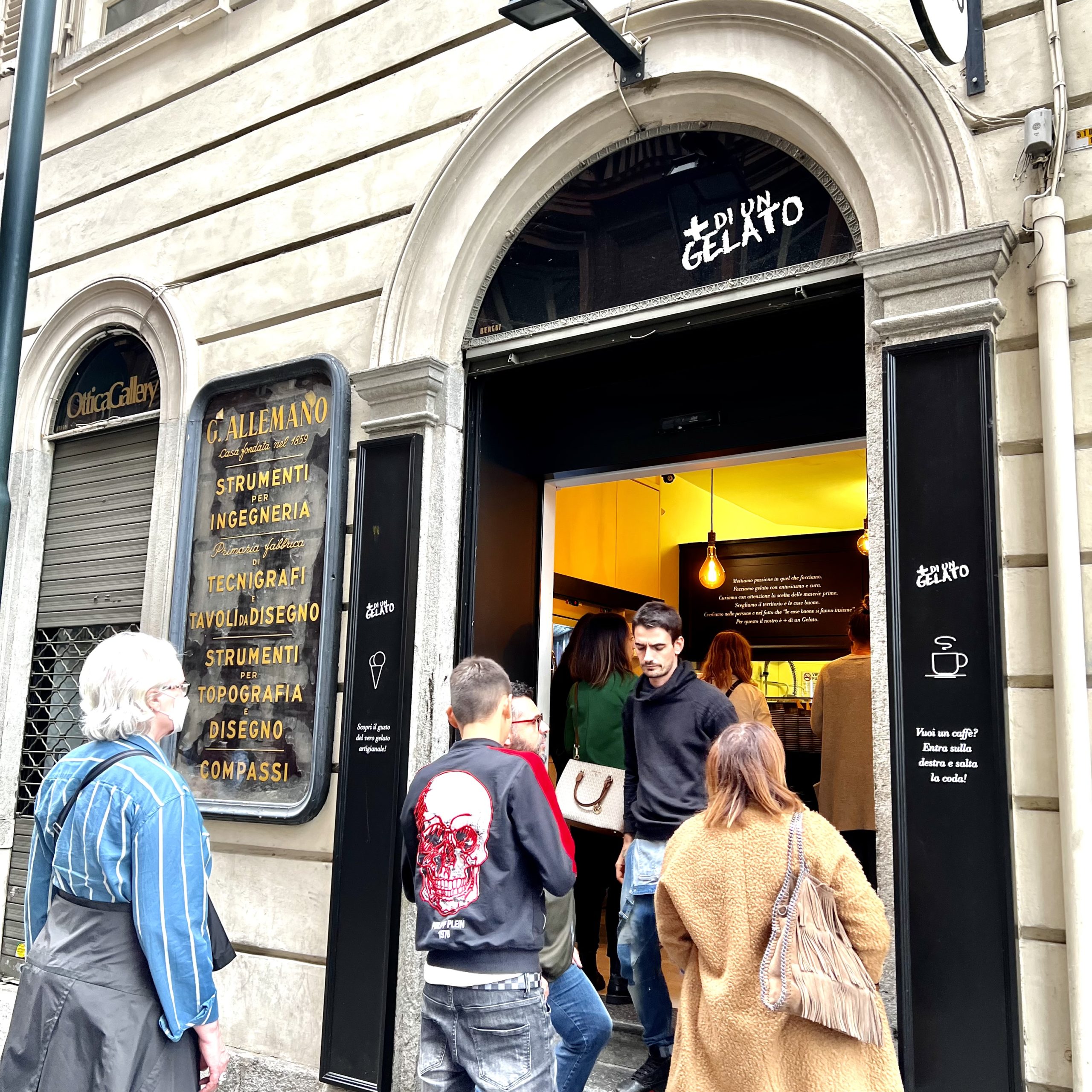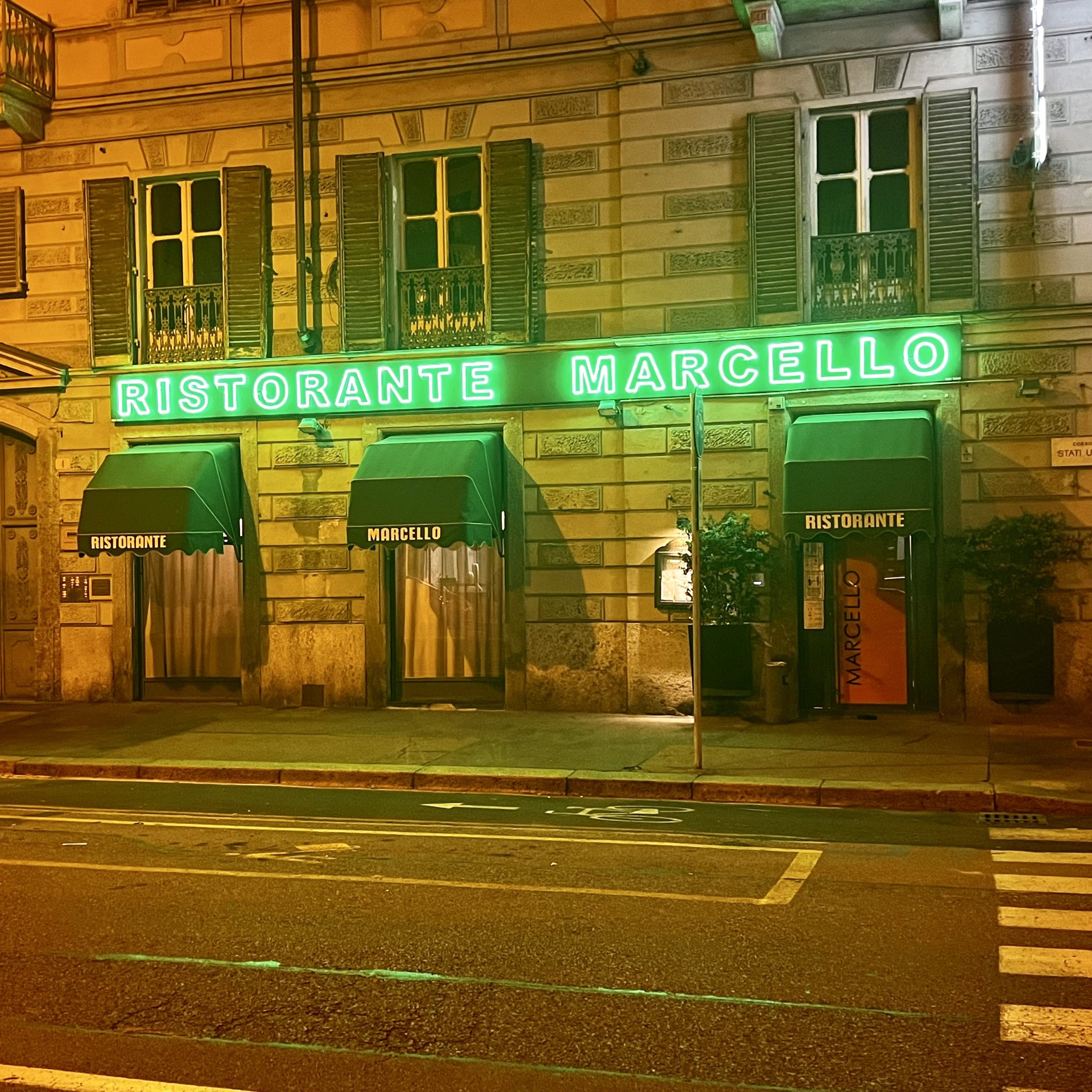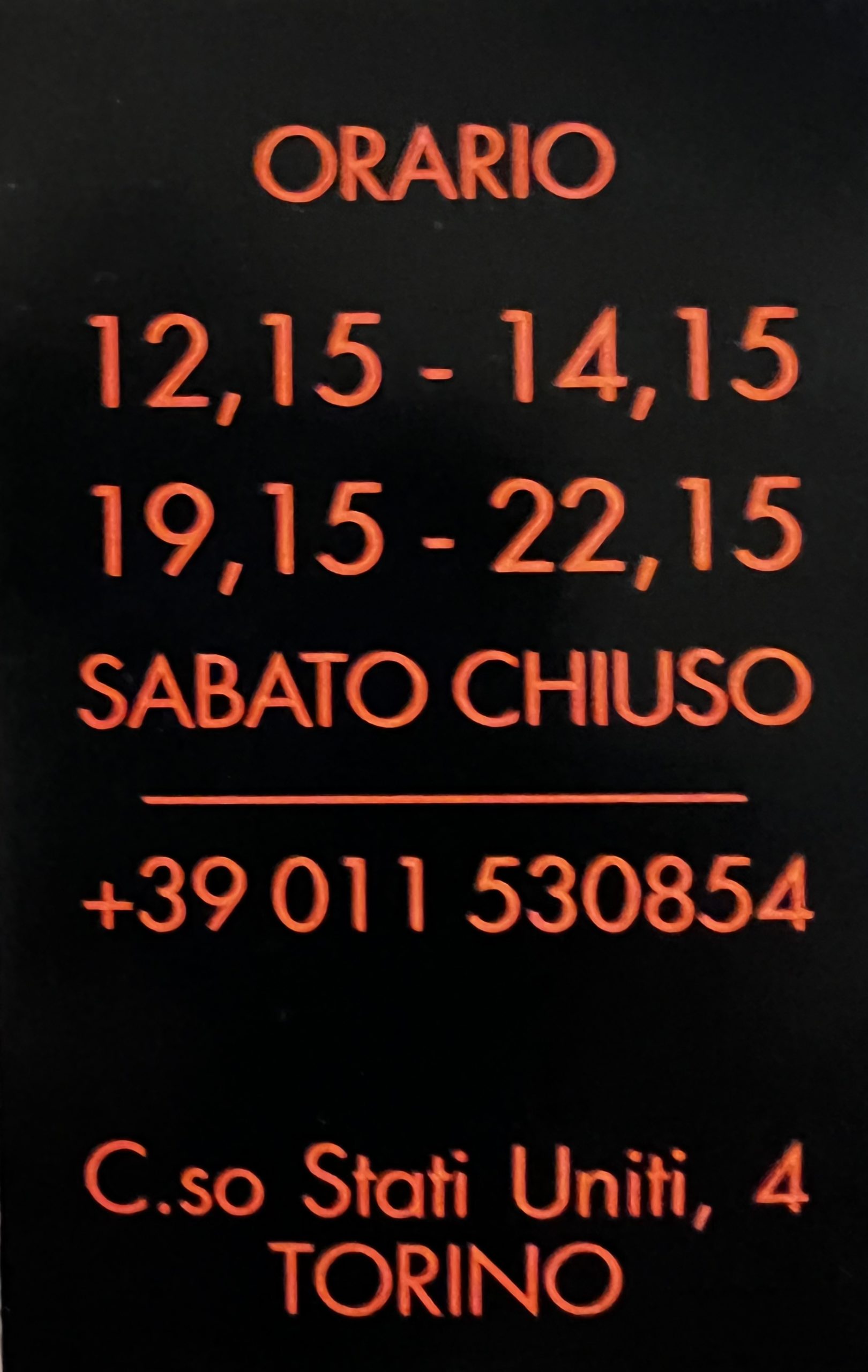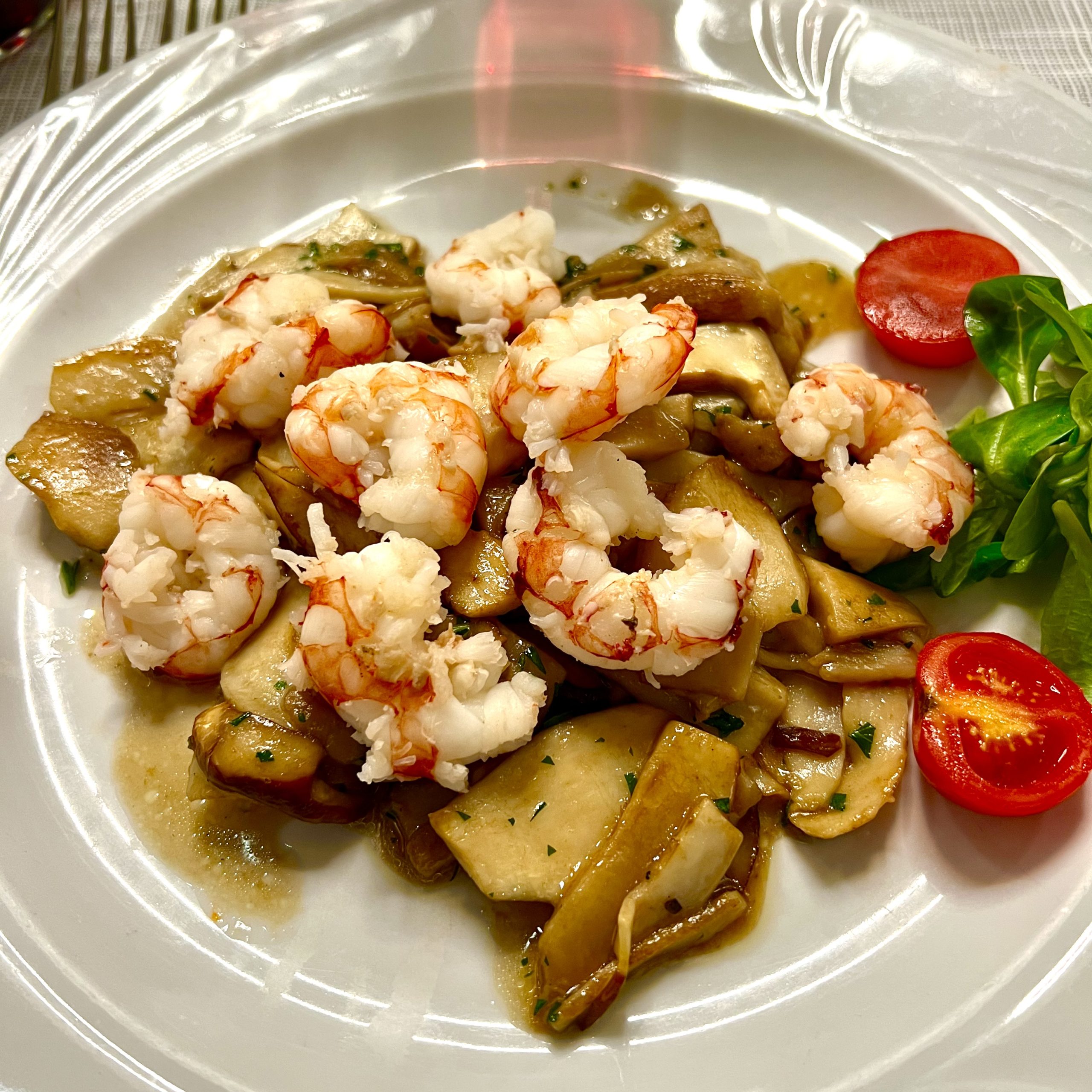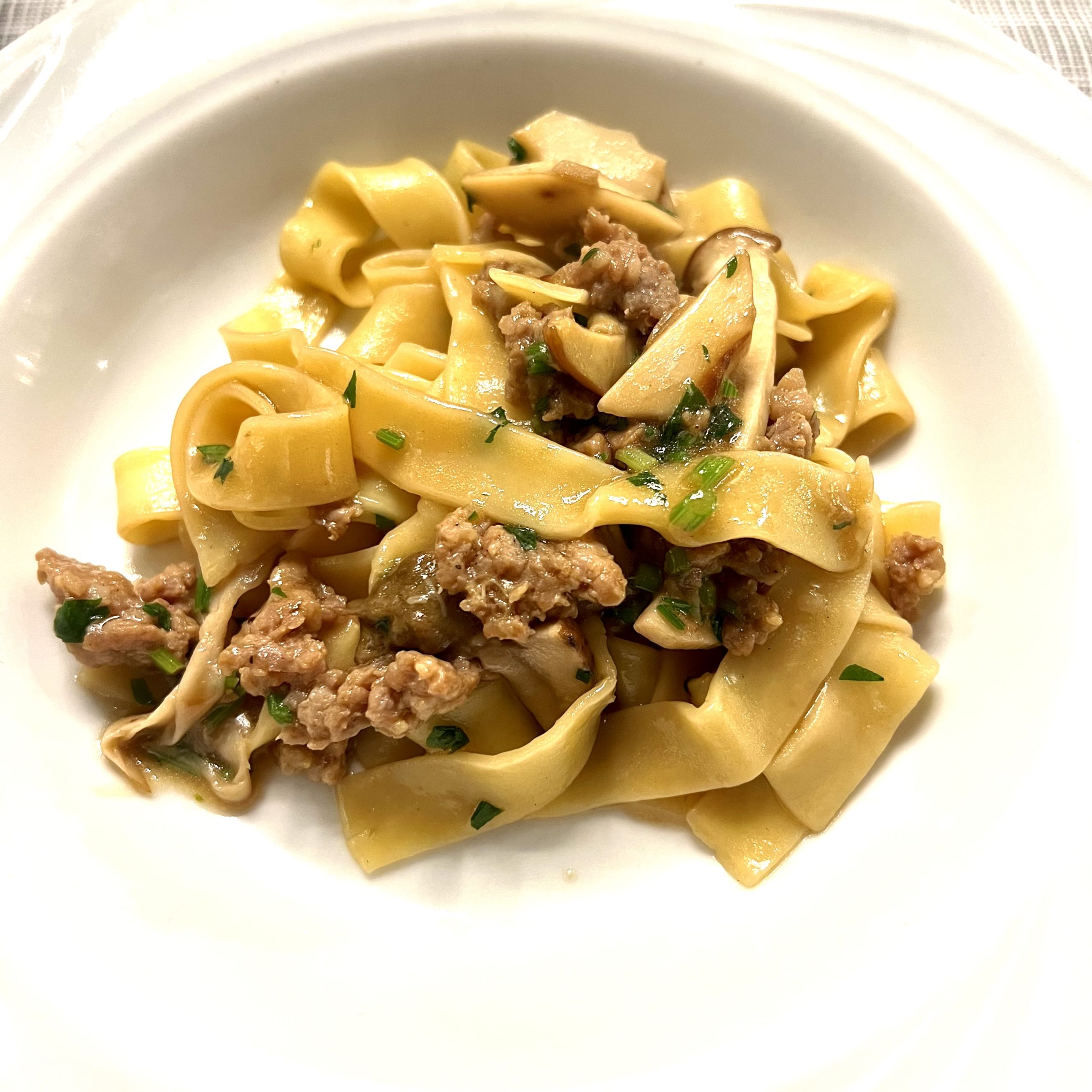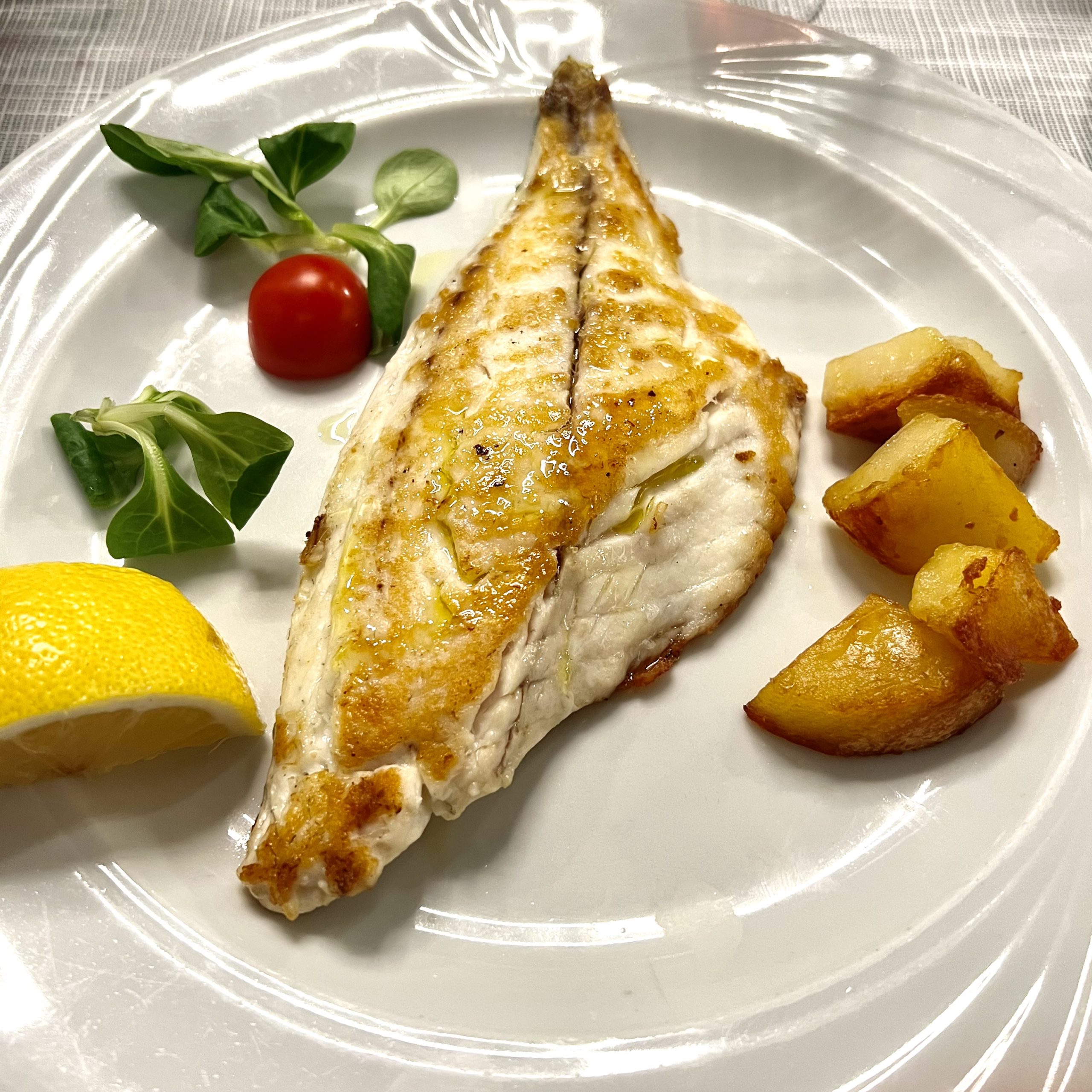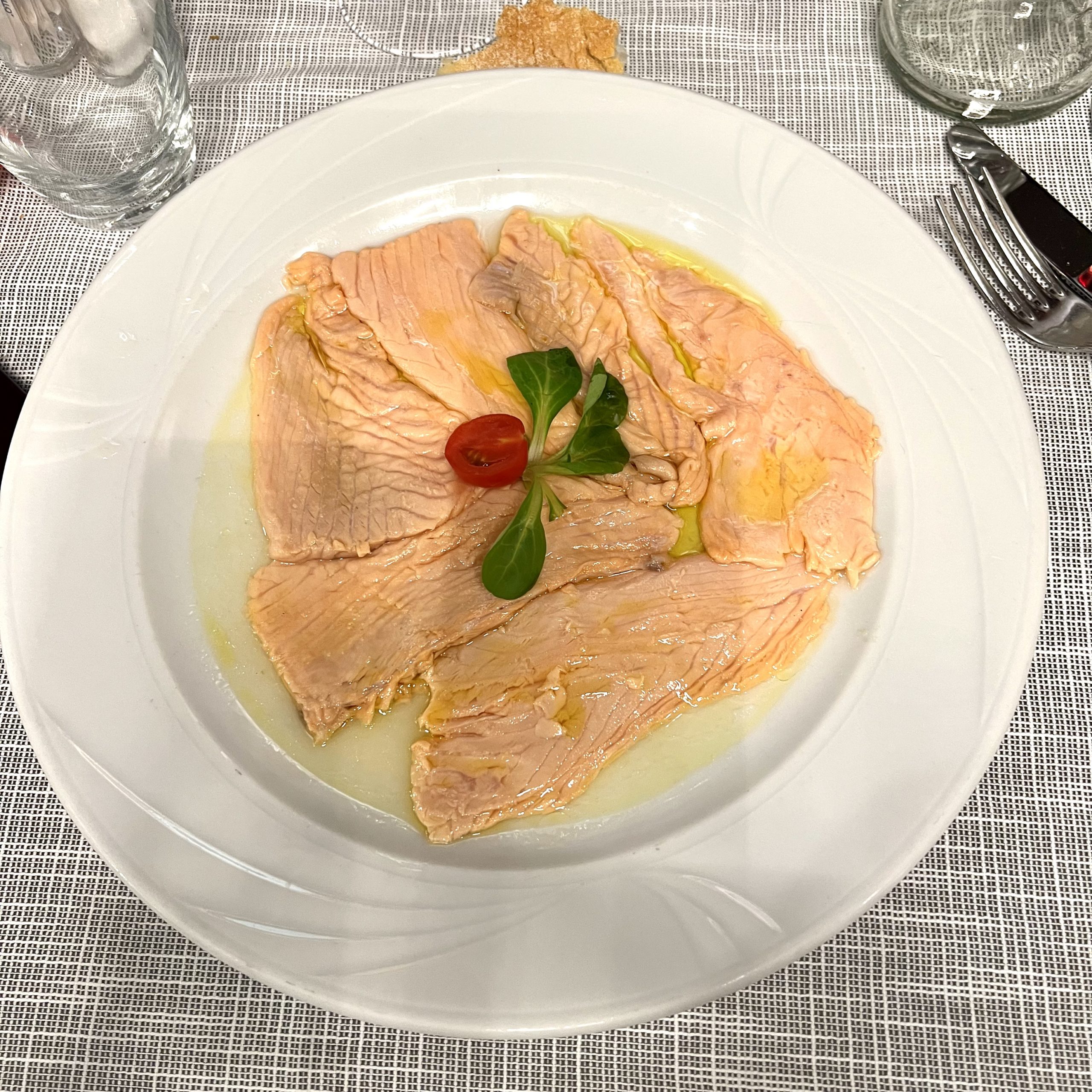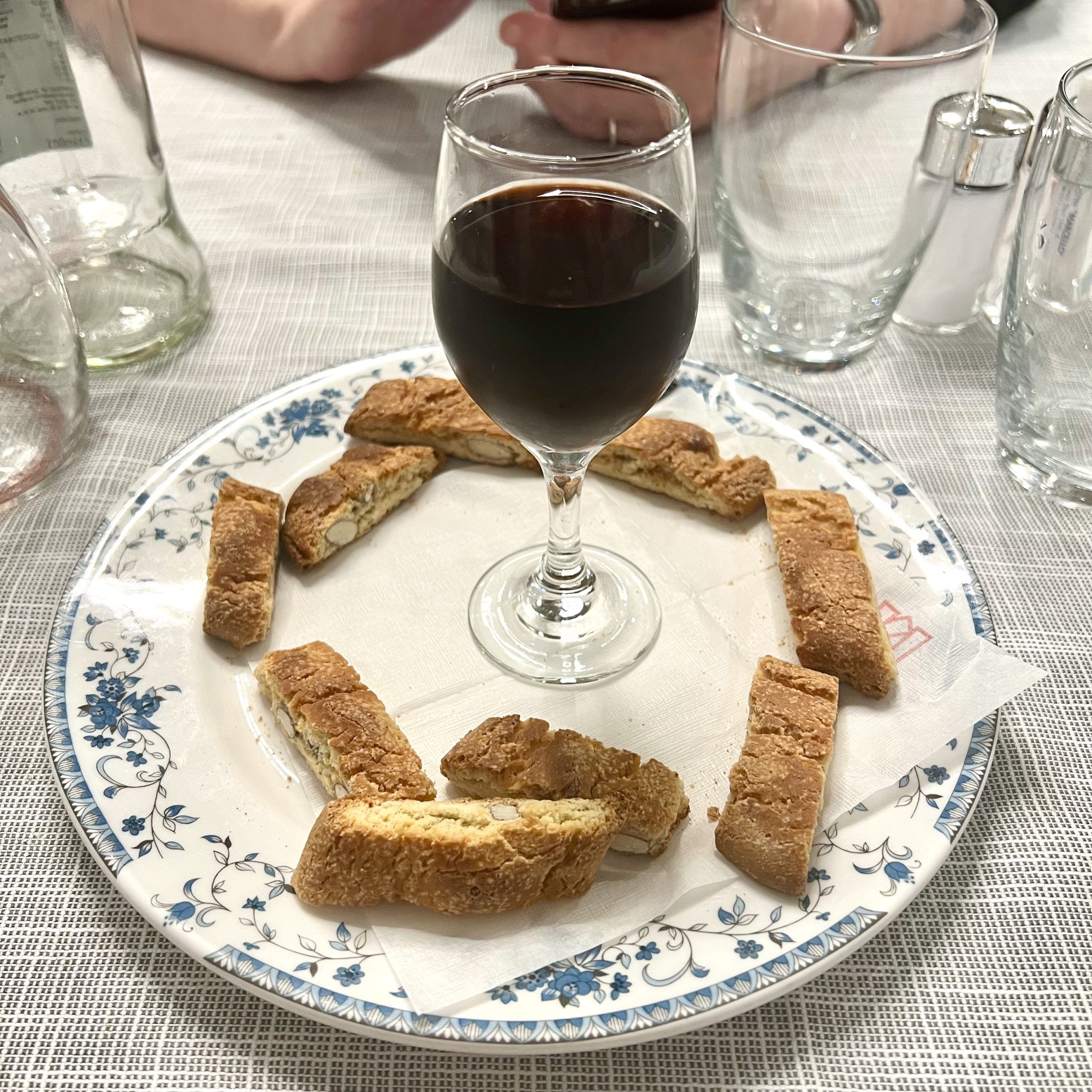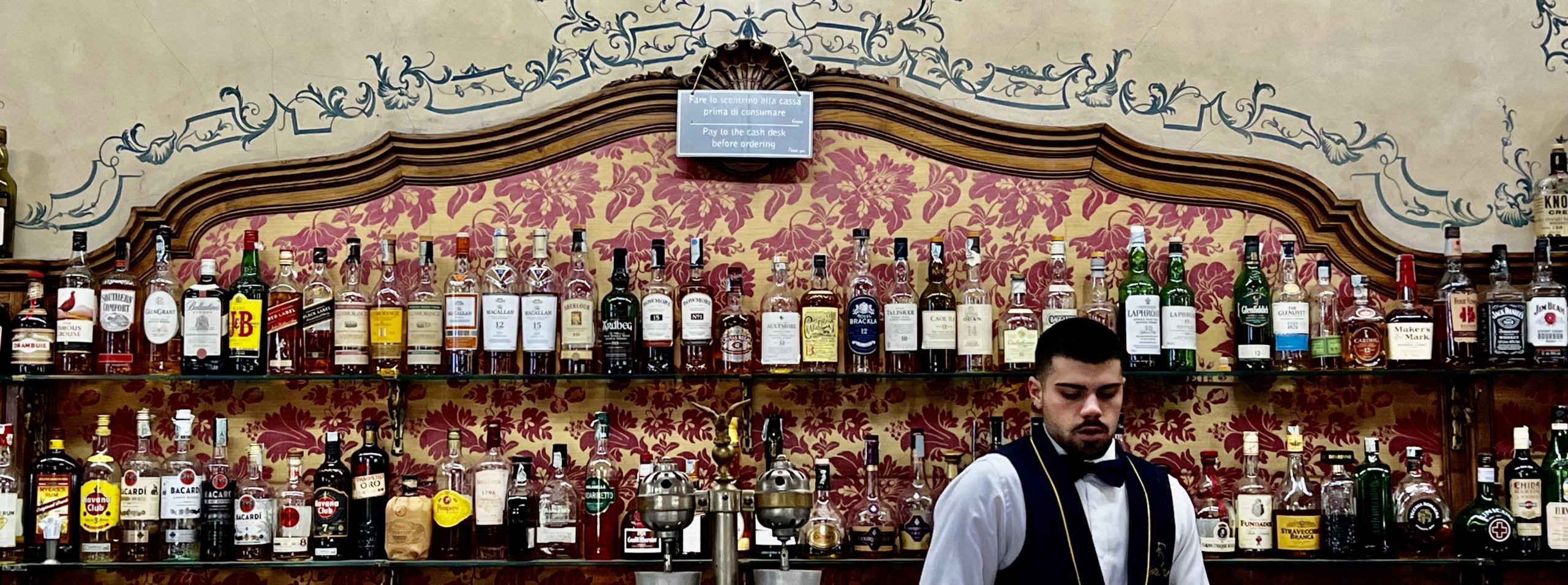18-24 October 2022
It is hard for us to put a label on Torino.
It is an industrial city. (Think Fiat, Olivetti, Martini & Rossi.) It has the gritty feel of Bologna but lacks the intimacy of tightly woven neighborhoods we have enjoyed in other cities this size. Its graffiti is not artistic as in Bologna. It is more reminiscent of tagging we see in New York and San Francisco. For the most part, the buildings are uniform in scale—about five stories in height, some with decorative elements and balconies. Some streets even known for their art nouveau architecture. All must have been last cleaned long before the city hosted the Olympics in 2006. It is as if the city has too much square footage and not a sturdy enough economy to support it. One highlight of the city is the eighteen kilometers of arcades—the Savoy king did not want to get wet when it rained. They are often well lighted and decoratively painted and are tall and wide, offering enough space for chairs and tables of a bar or restaurant. Begging is common in tourist areas. Bonnie found a firm display of the palm of her hand while saying Stop sometimes worked. Robert tried Vai via (Go away), but that resulted in a beggar shouting at him.
The city’s history as the kingdom of Savoy is deep. It was established by the Holy Roman Empire in 1416. Its territory was vast, comprised of areas of what is now France, Switzerland, and other provinces of Italy. This country was known as the Duchy of Savoy and lasted until 1861 when it was absorbed as part of the unification of Italy. For a while it included Sicily, parts of Milan, and Sardinia. It produced Cavour, the principal policy strategist in the unification of Italy. In fact, uncertain that the newly formed republic could be led by an elected official, he successfully advocated for the last Duke of Savoy to become King Victor Emmanuel II of Italy. His heirs continued as kings of Italy until 1946. On our trip to Sicily in 2019, we saw the first flag of Italy with the king’s coat of arms in the center. All of this history was new to us.
Torino has 1.7 million people in the metropolitan area. So, one would expect it to have a vibrant urban core for the 850,000 city inhabitants. Unlike other major cities we have visited, the streets are not filled with people. Pedestrian traffic is surprisingly light on weekdays and somewhat fuller on weekends.
The art museums are filled with paintings once held by royalty and are worth a visit. Perhaps the cultural centerpiece of Torino is the Egyptian Museum, the most important collection outside of Cairo. Beautifully displayed. The Savoy king connected with all things Egyptian in 1630 when construction workers unearthed a Roman altarpiece made in Egyptian style and mentioning Isis. This resonated with King Charles Emmanuel III, who wanted to bolster his image by displaying his ancient roots, even if they were invented, so he sent a botanist to Egypt in 1753 to acquire antiquities. At the time, a key political figure in Egypt was willing to sell them to Europeans to enhance his political influence. Expeditions over the next 150 years filled out the collection of more than 30,000 items. On the other end of the museum spectrum, in Torino is the Museo Lavazza. A very pleasant surprise. Another great exhibition—one about the history of this family coffee empire. Think of Alessi for coffee. They intentionally hired great designers, advertising agencies, and photographers to promote their products. Bonnie noted in the credits at the museum exit that the creative design for this brilliant little museum was led by RAA – Ralph Appelbaum Associates, whose work includes the Clinton Presidential Library, the African American Museum, and the US Holocaust Memorial.
We must not forget that we are in a region that takes pride in its pastries and chocolates. So many shops. So many tempting displays.

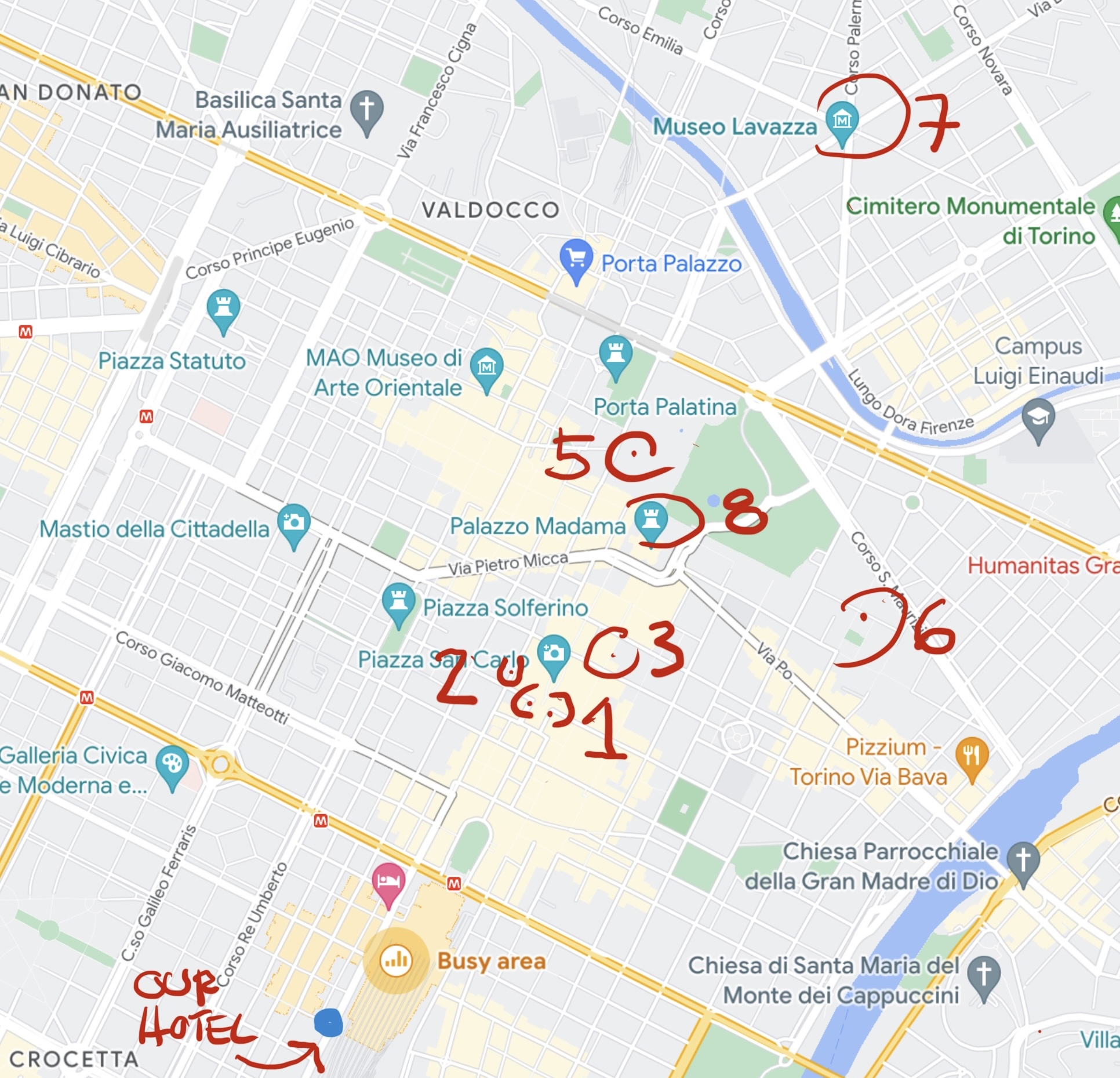
Hotel—B&B
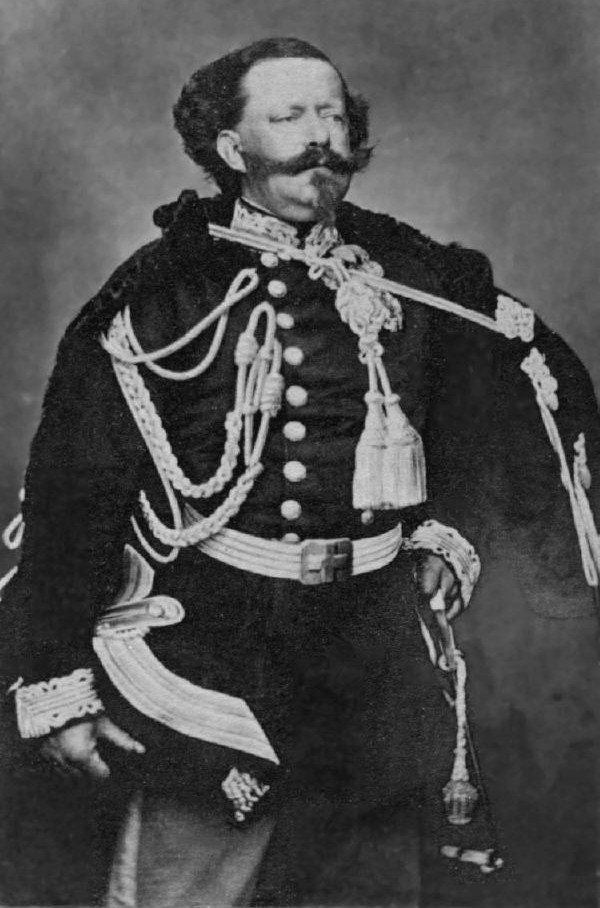

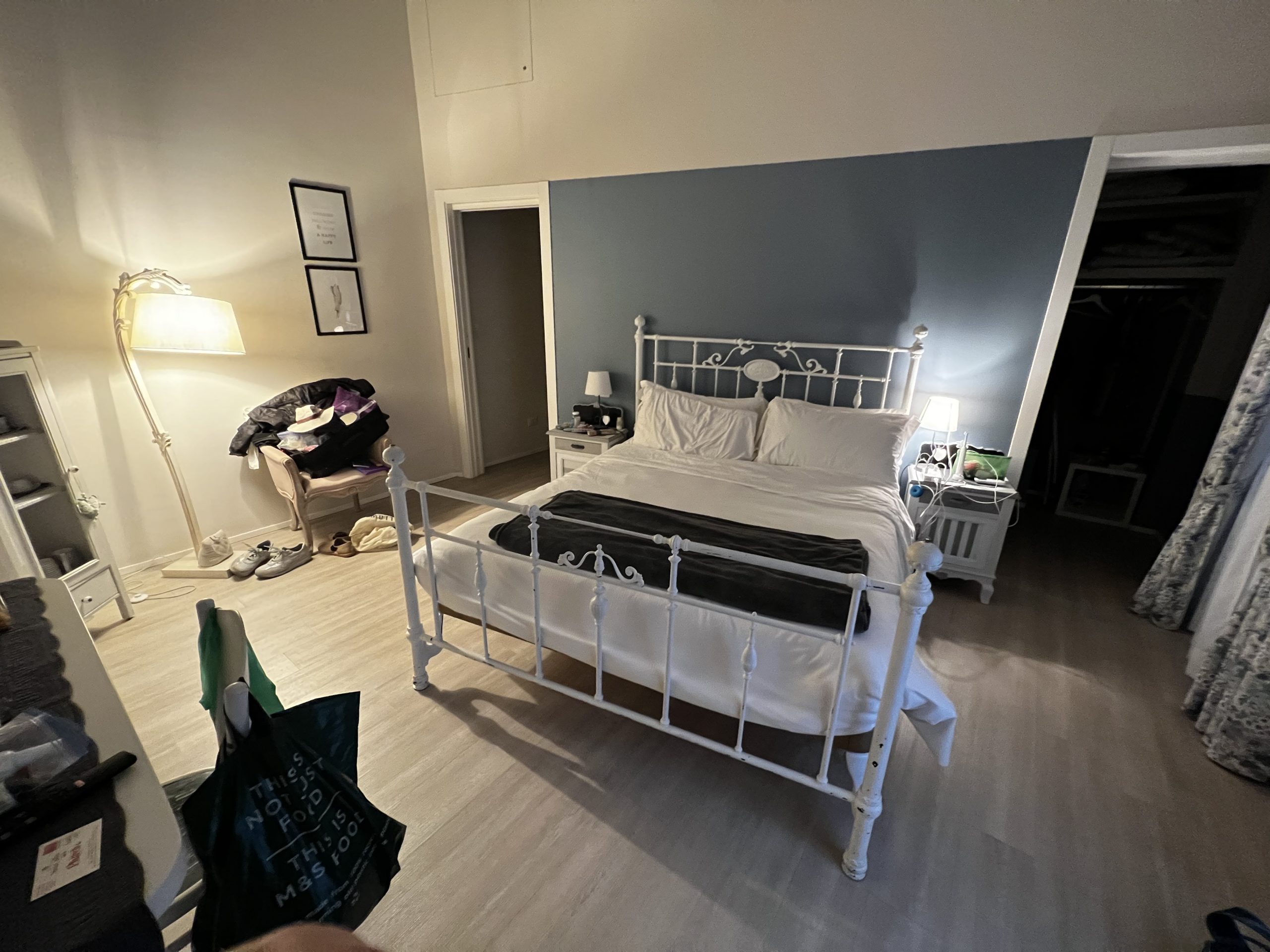
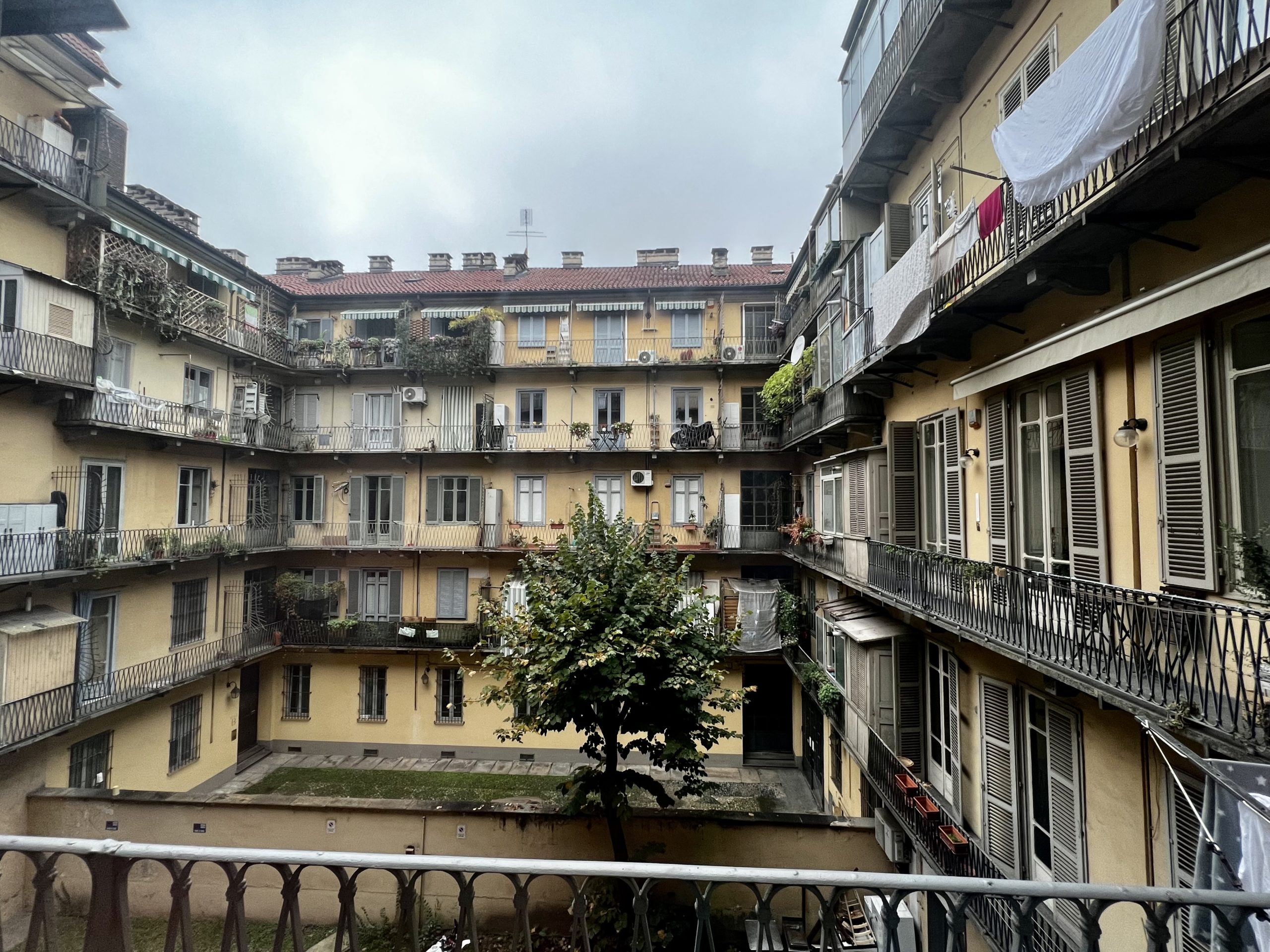
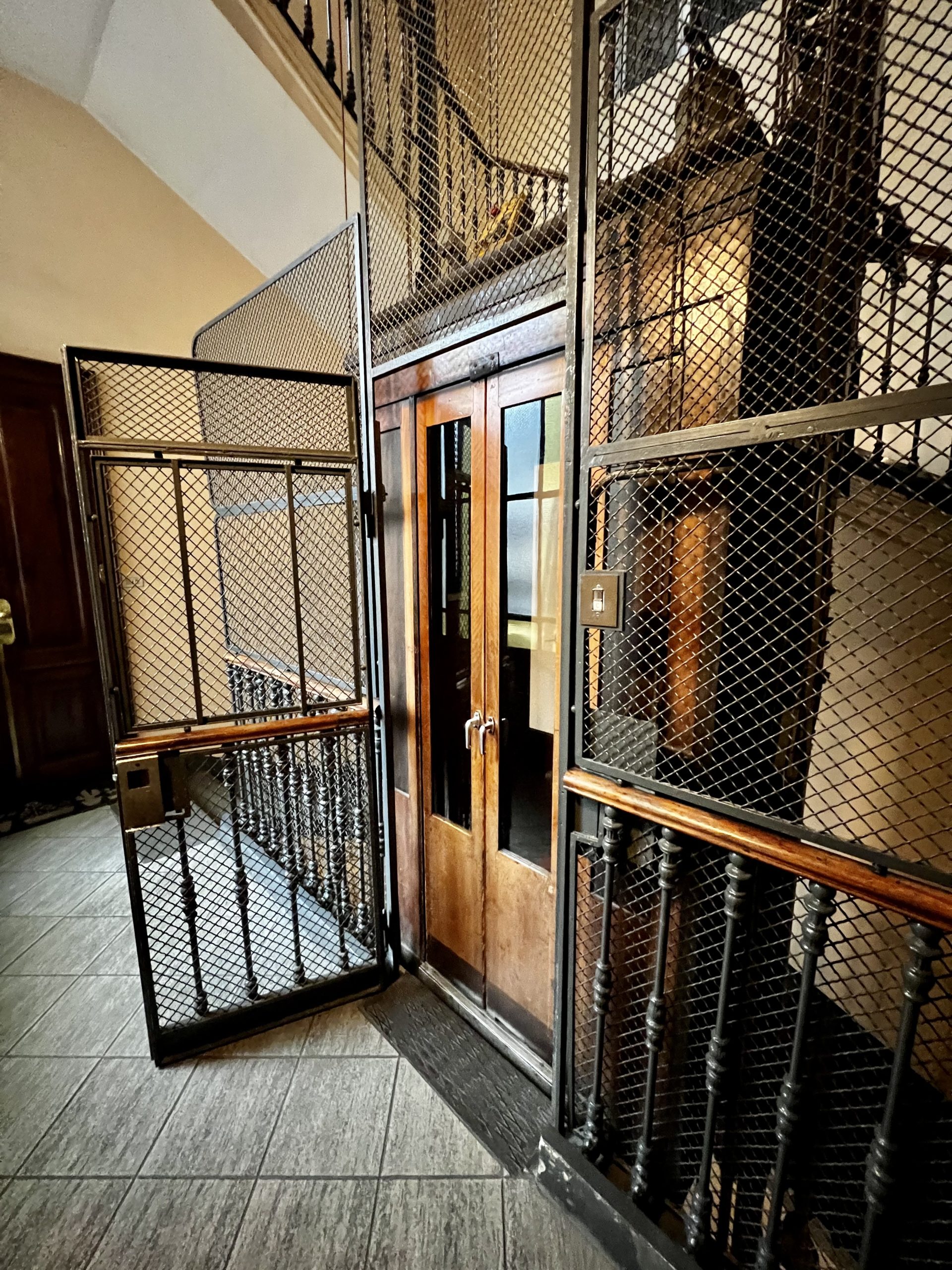

Wandering
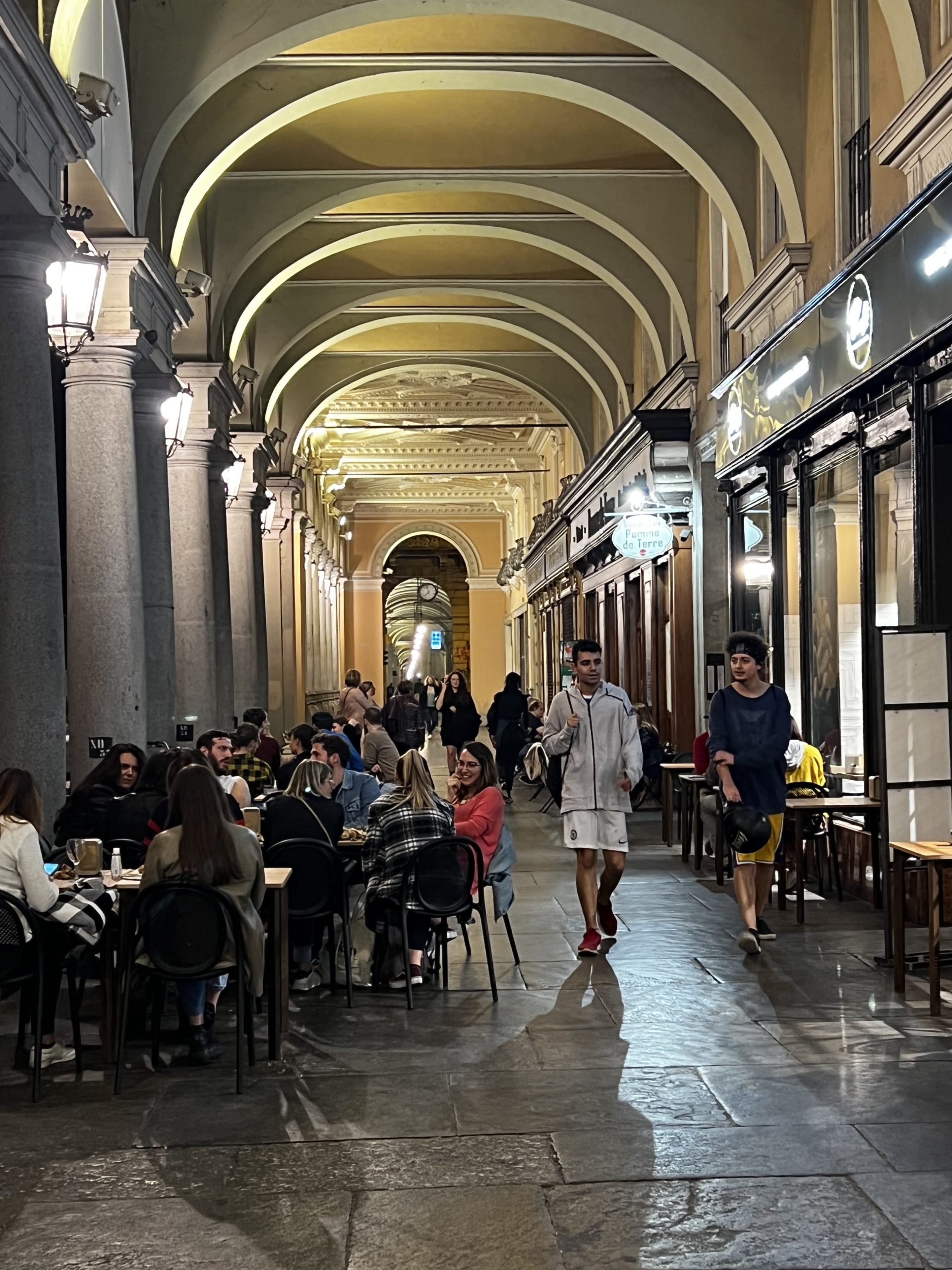
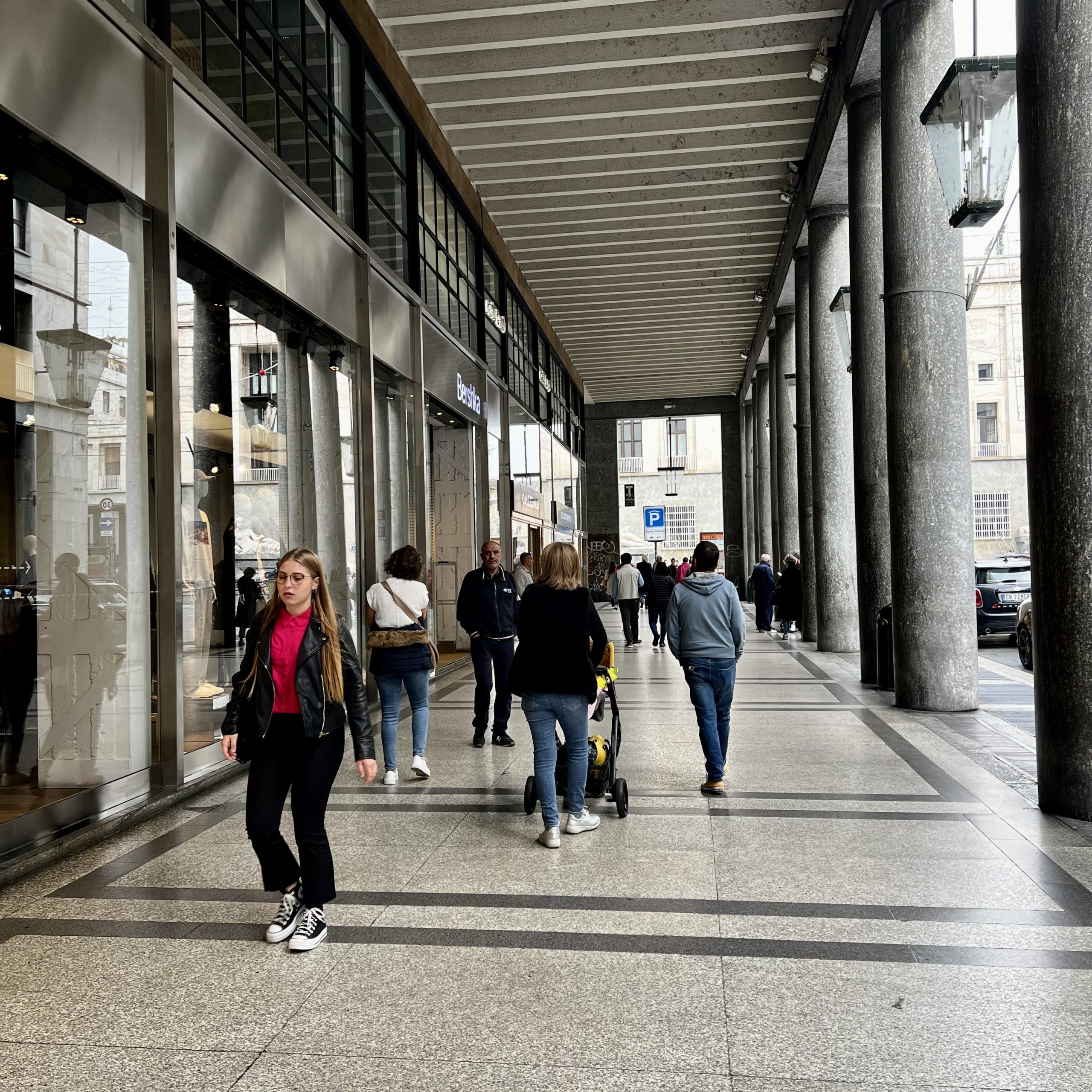
Chiesa di Santa Cristina
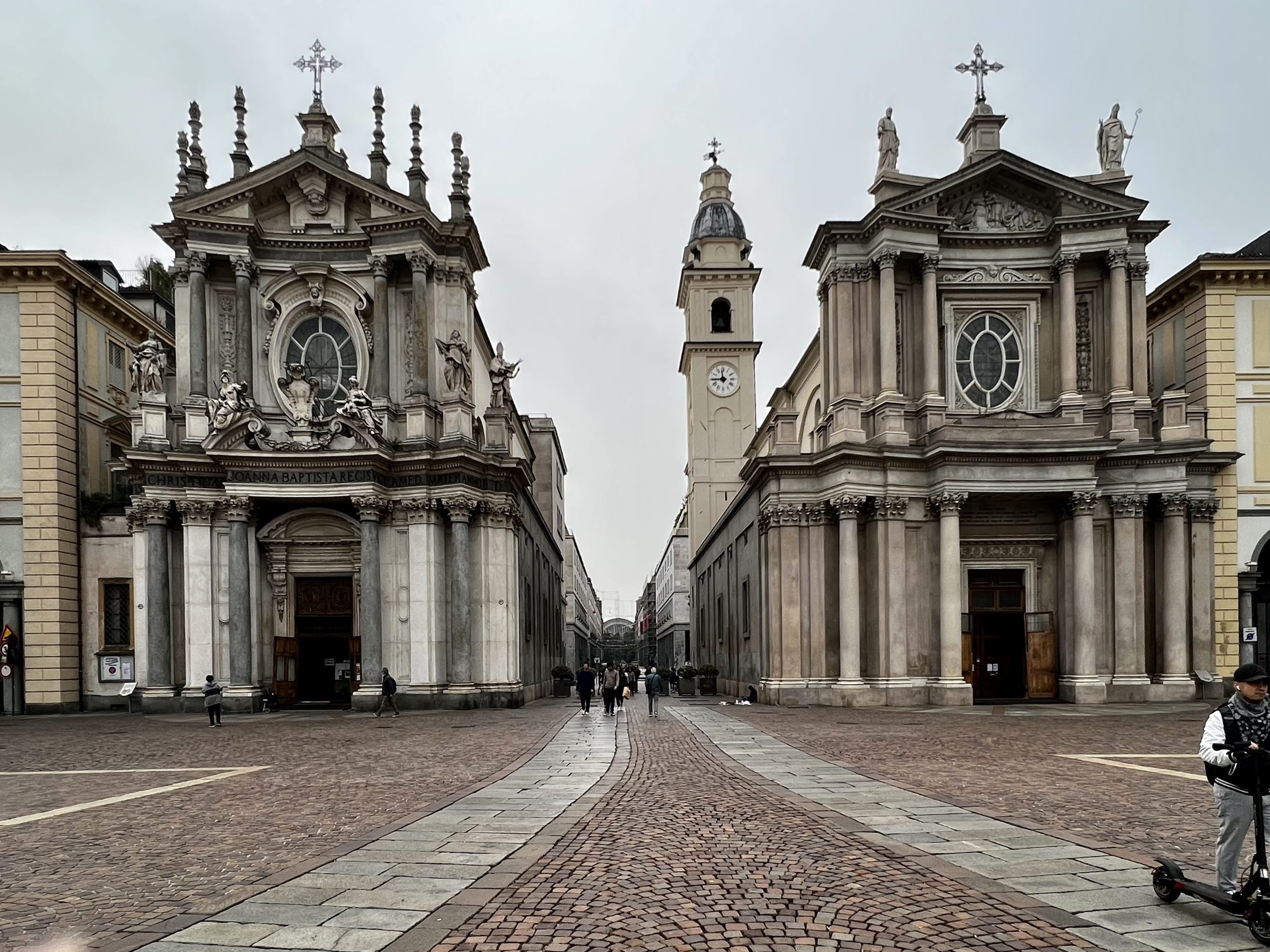
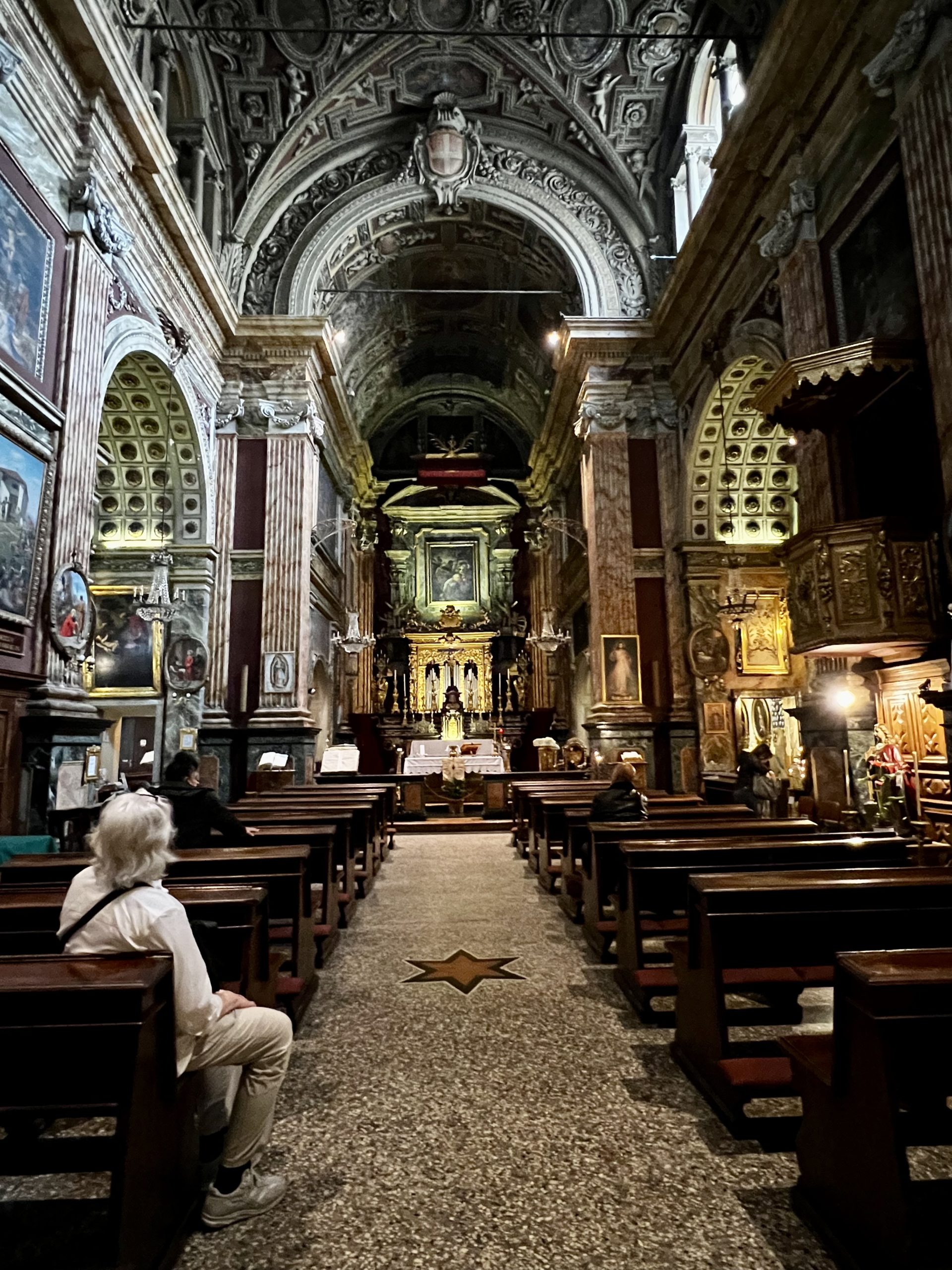
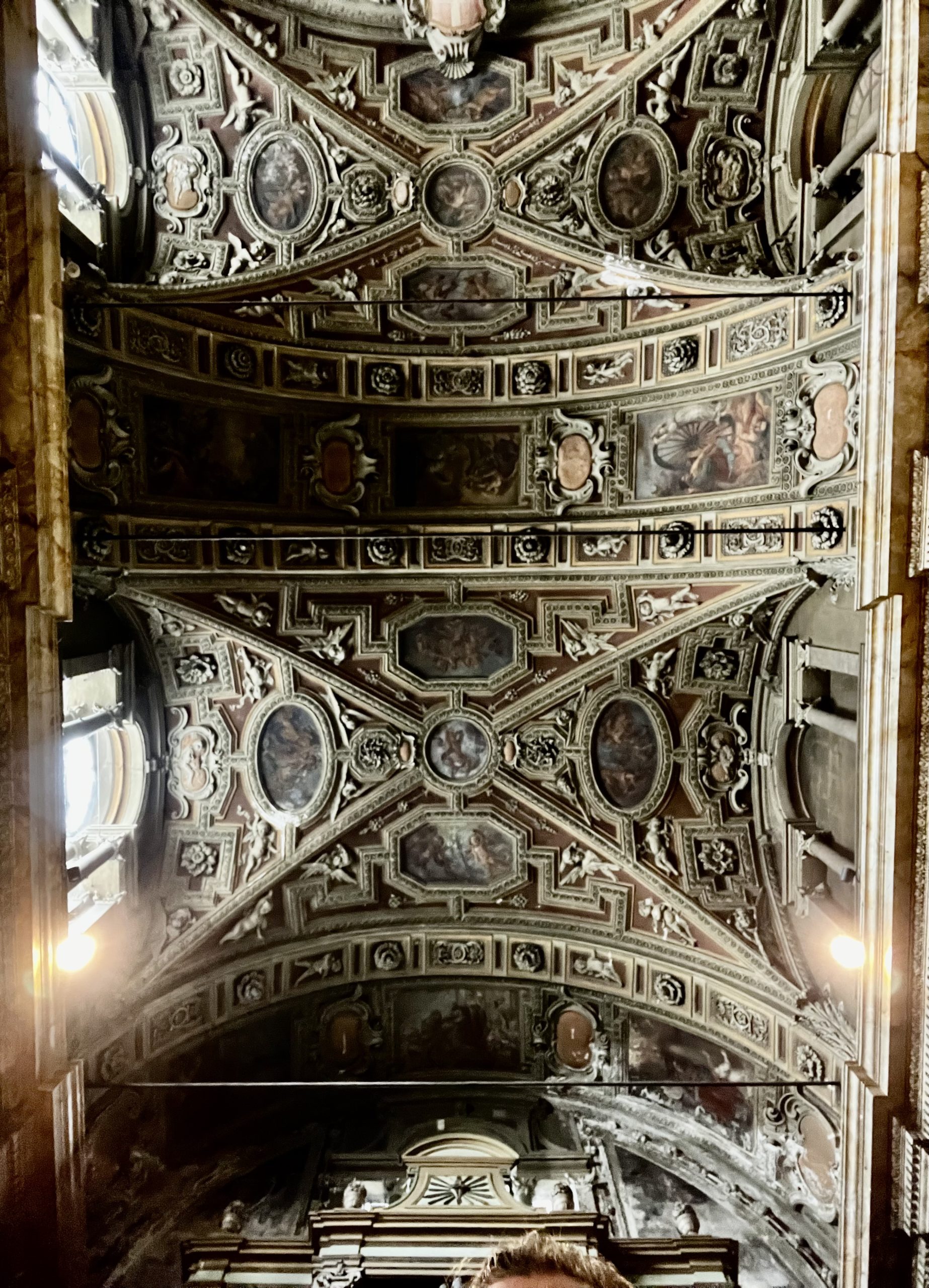
Chiesa di San Carlo Borromeo
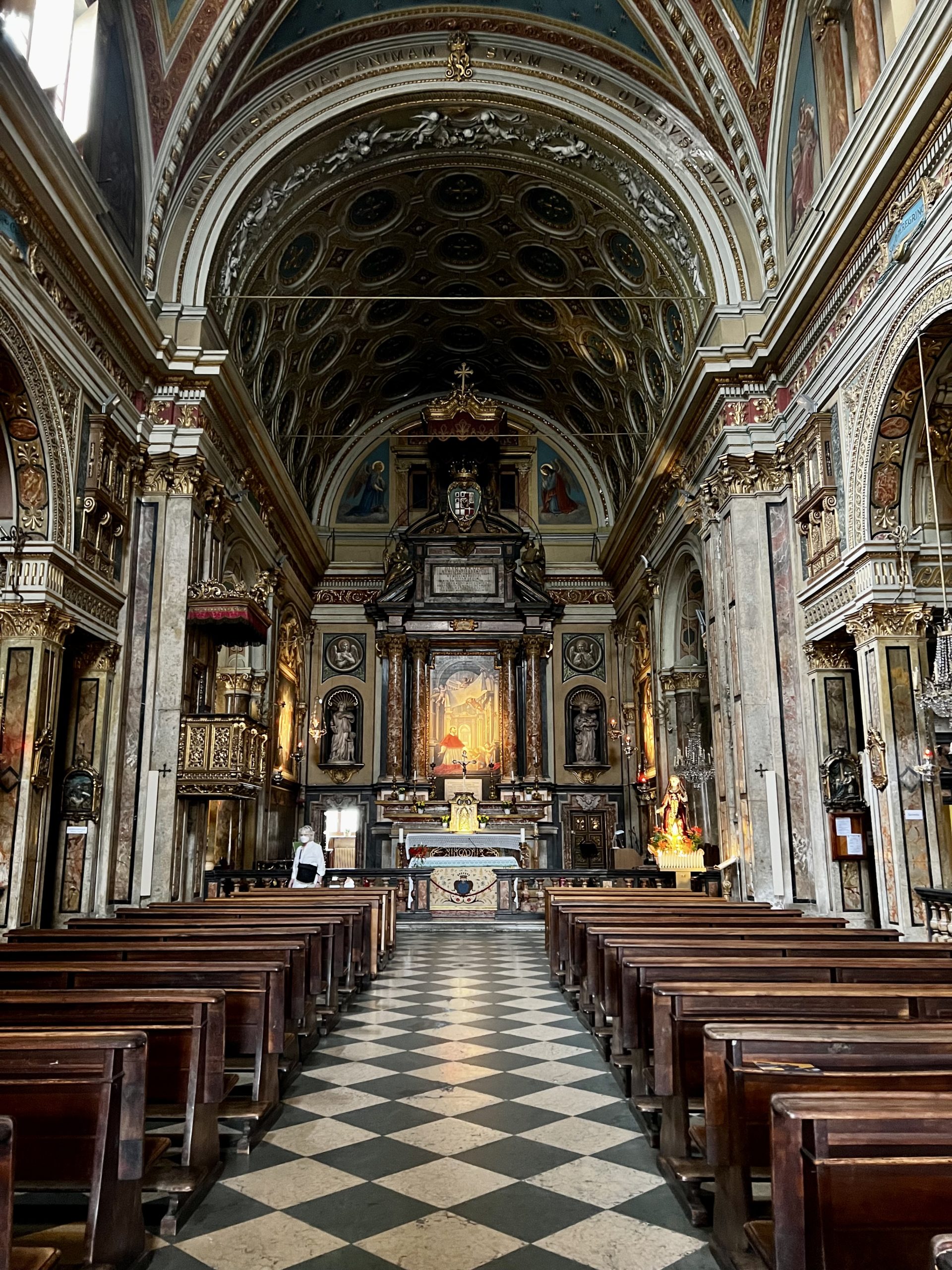
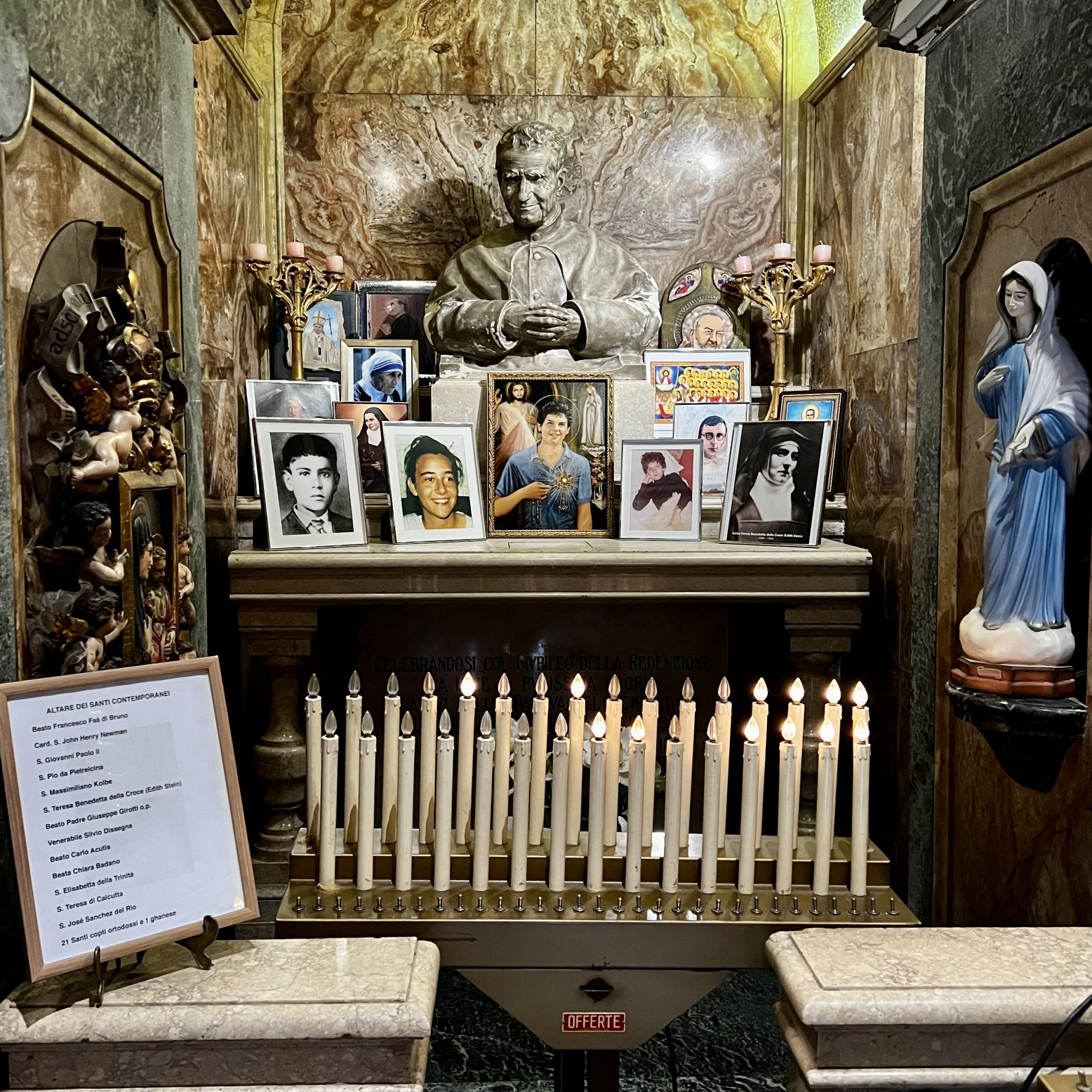
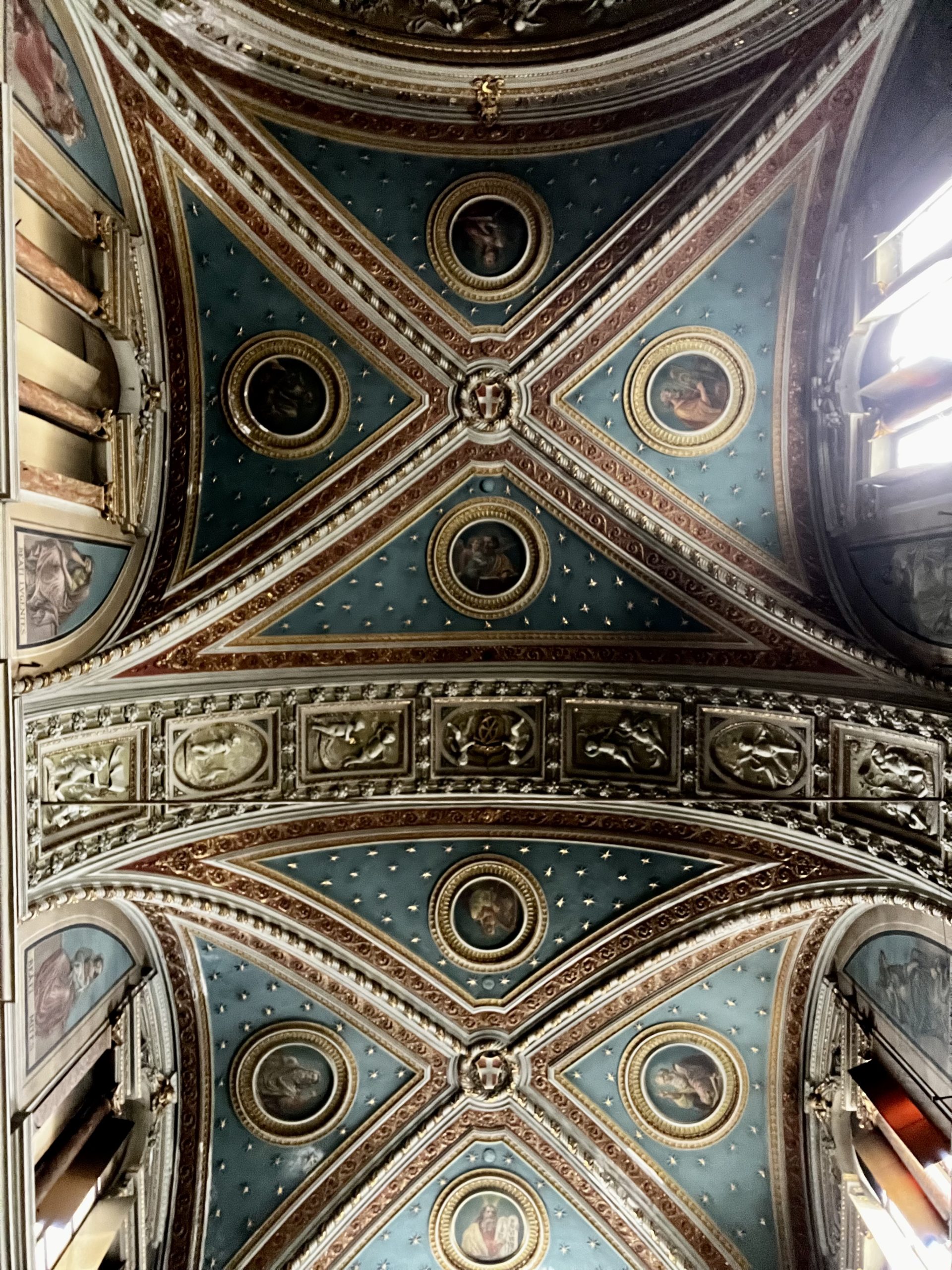
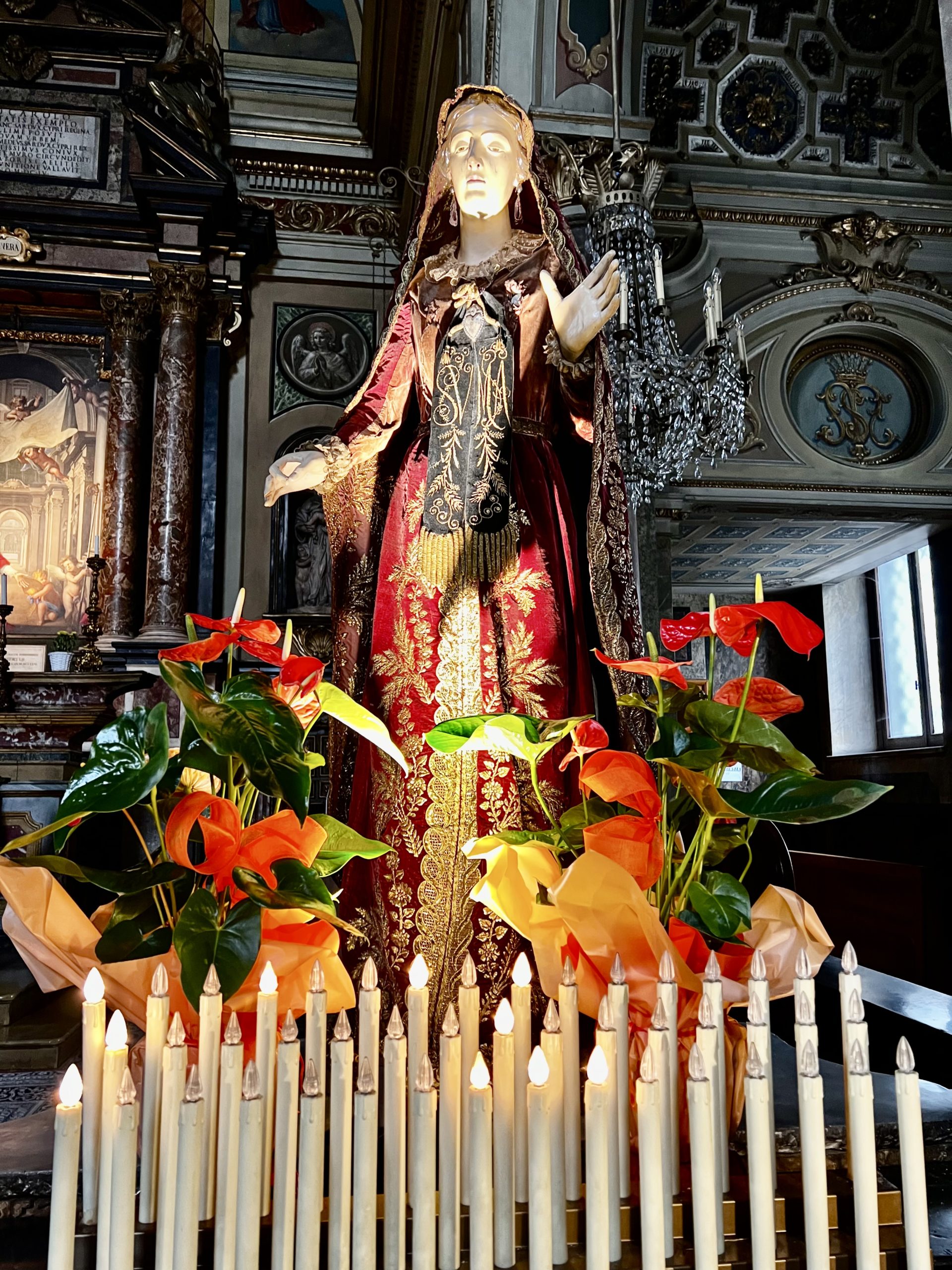
Piazza San Carlo and the Caffe Torino
Established in 1934, the cafe became well known in the 1950s when James Stewart, Ava Gardner, and Brigitte Bardot would stop by for coffee during a filming. The brass bull in the pavement supposedly enhances virility if you twirl on its testicles. It not used much by Italians. Only tourists. Torino is a city of these classic cafes where famous writers and political figures met. Bonnie did not order coffee, but Coke Zero.
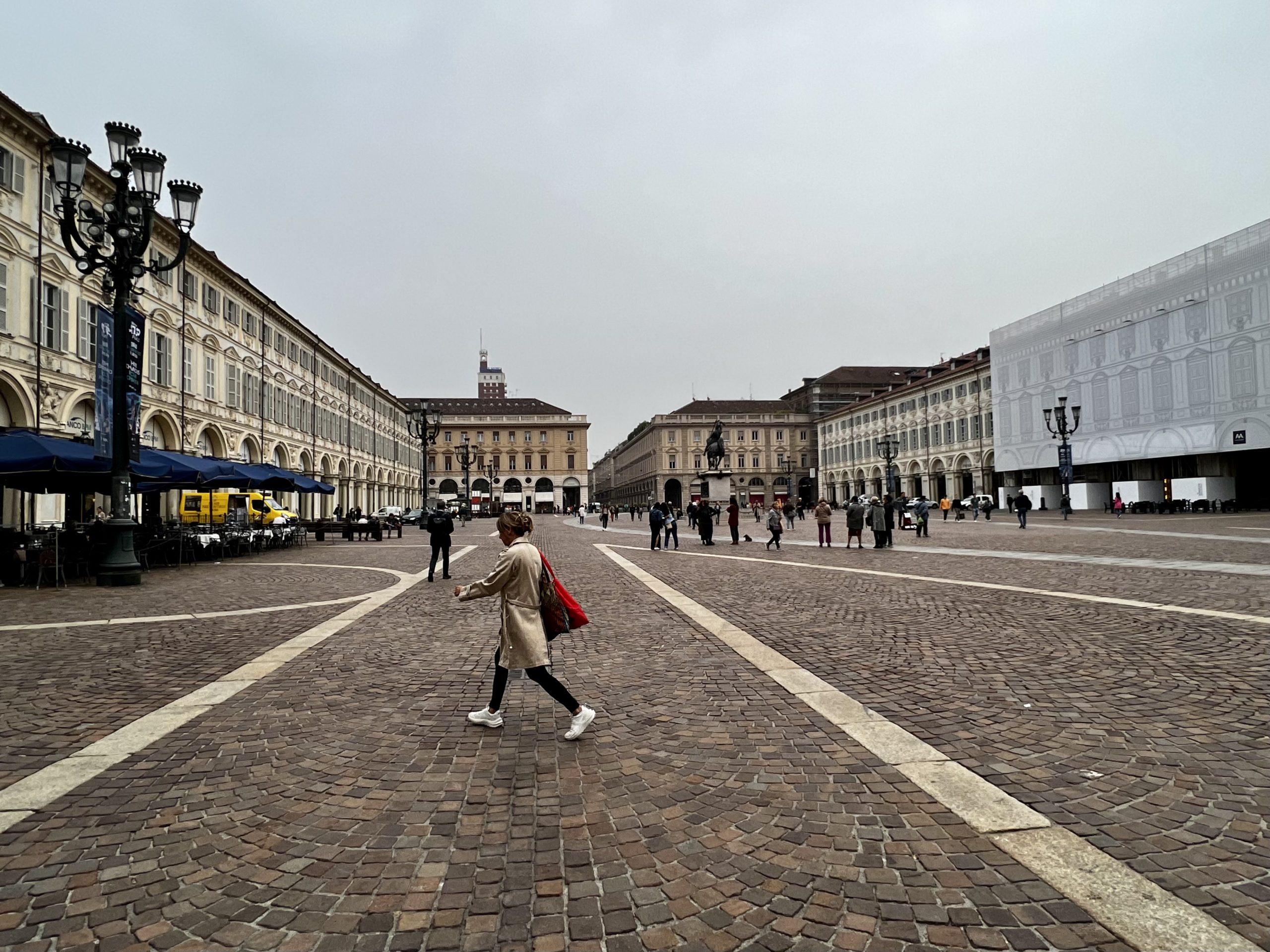
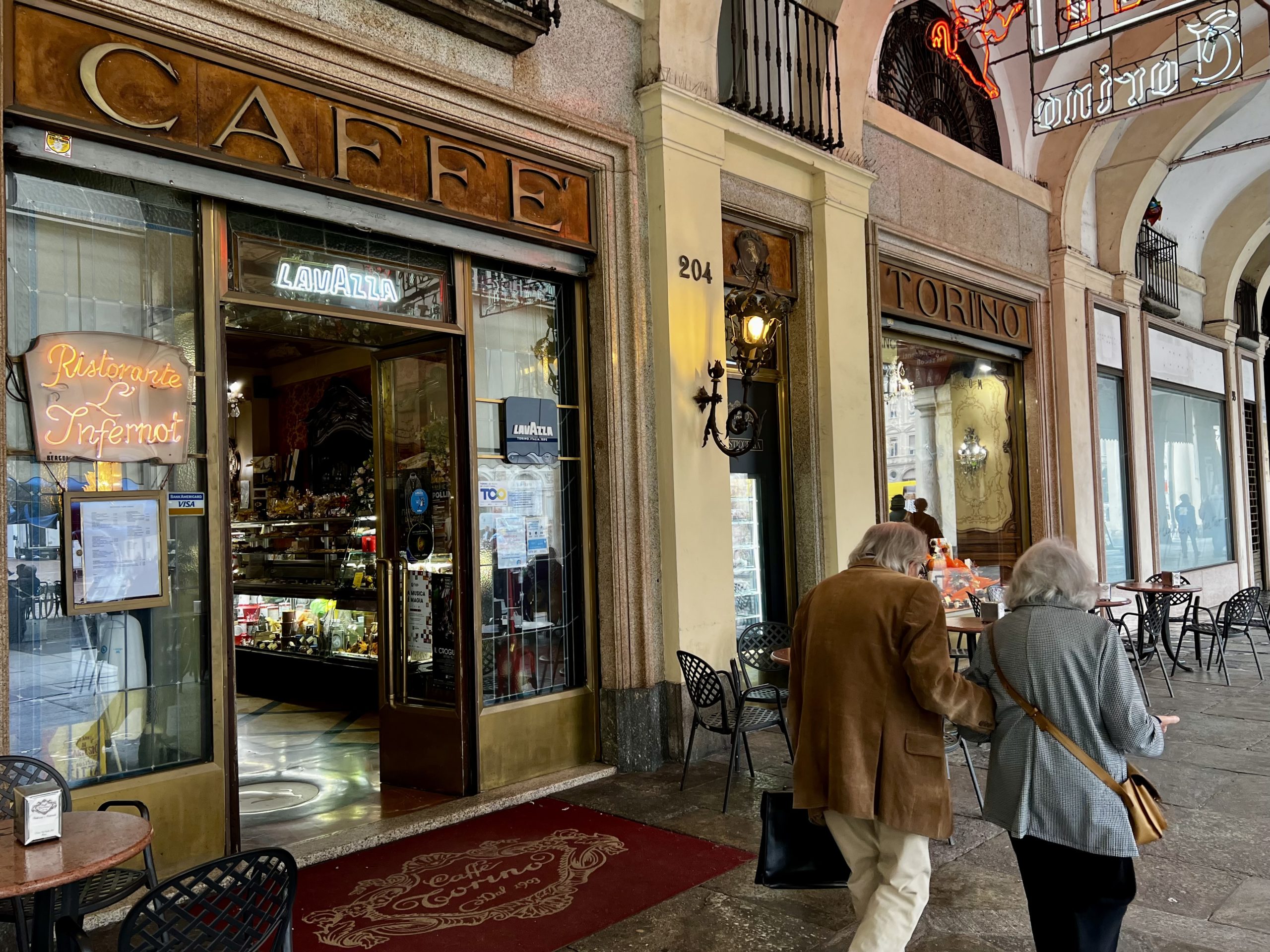
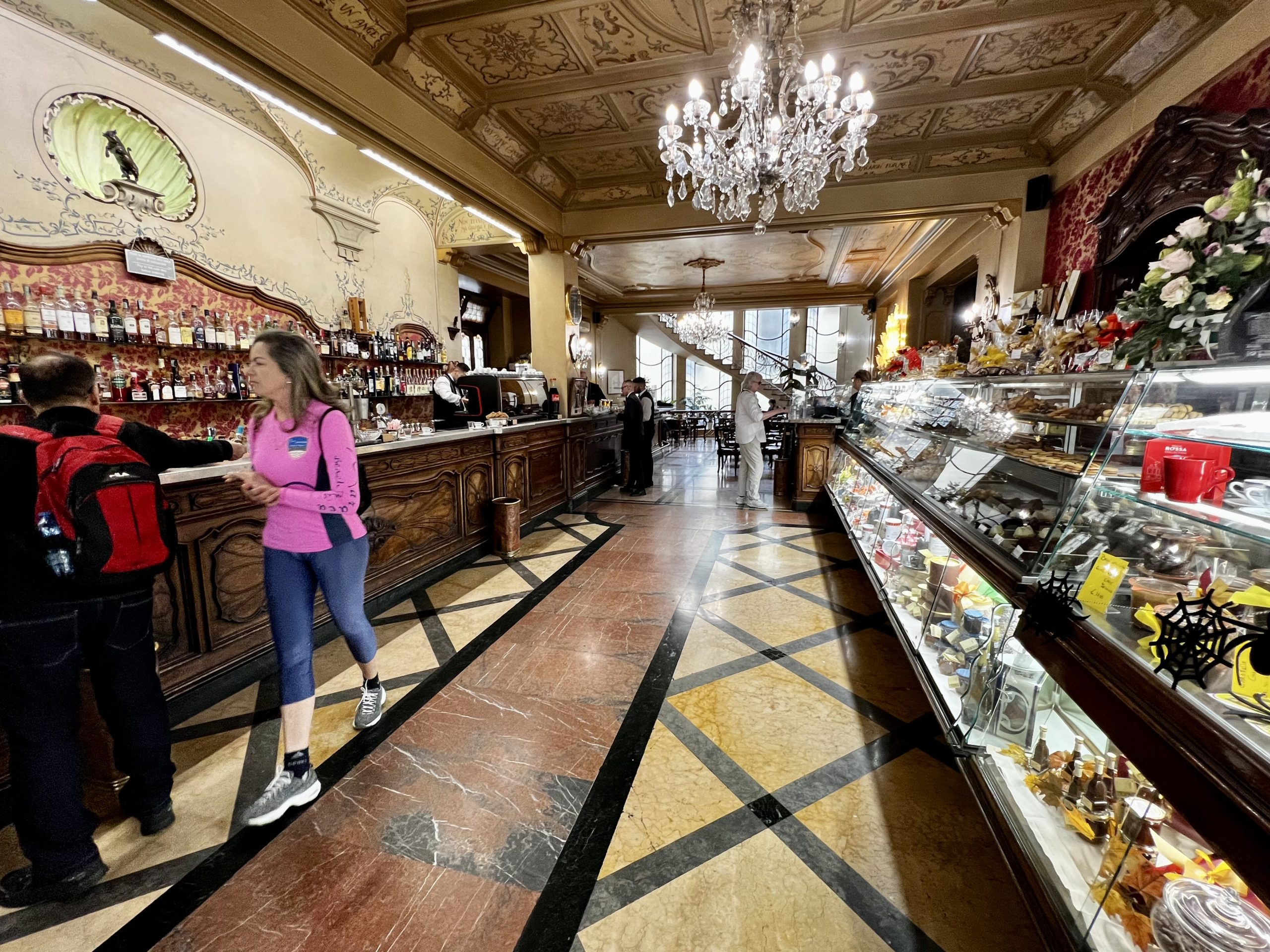
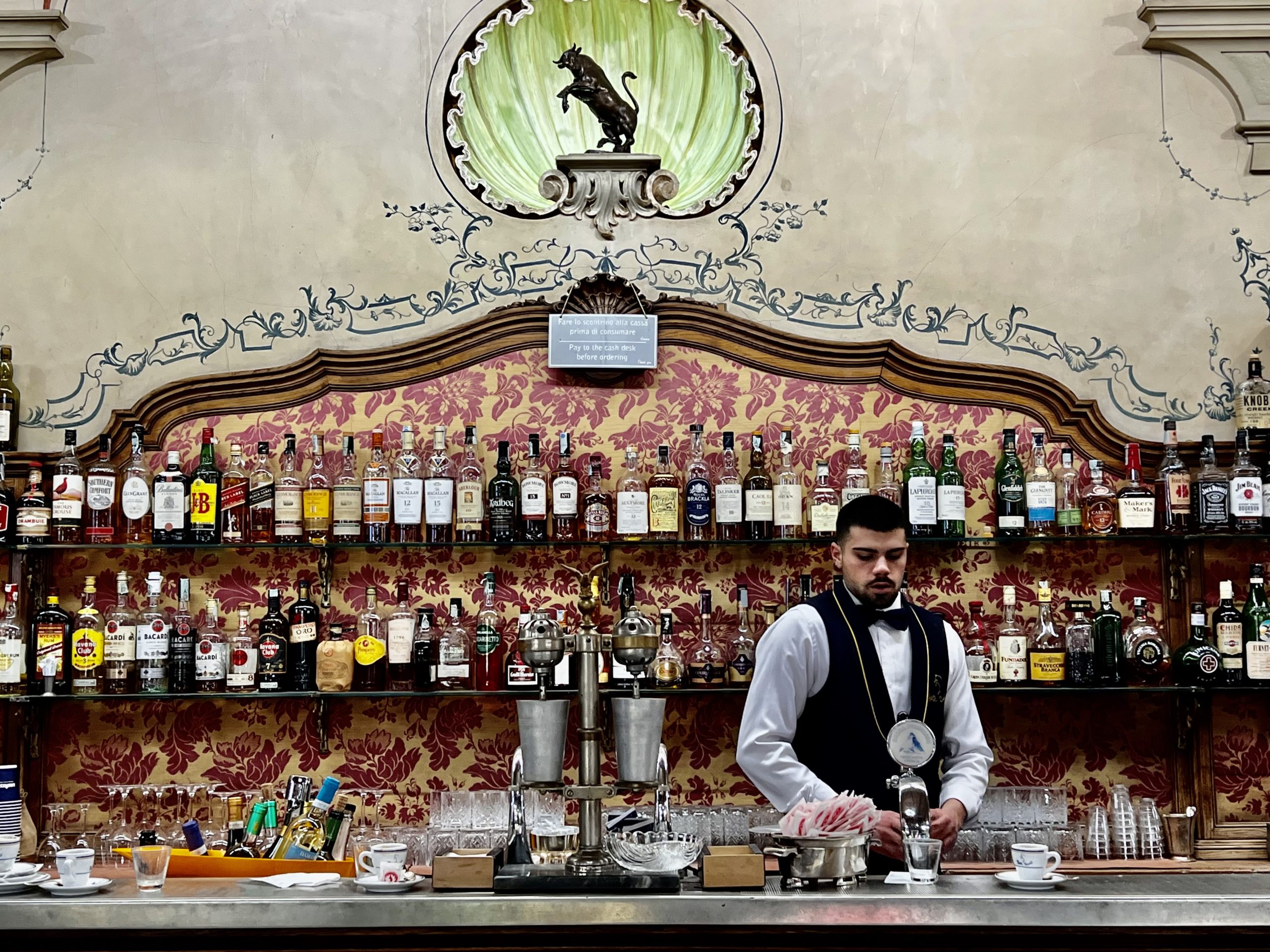
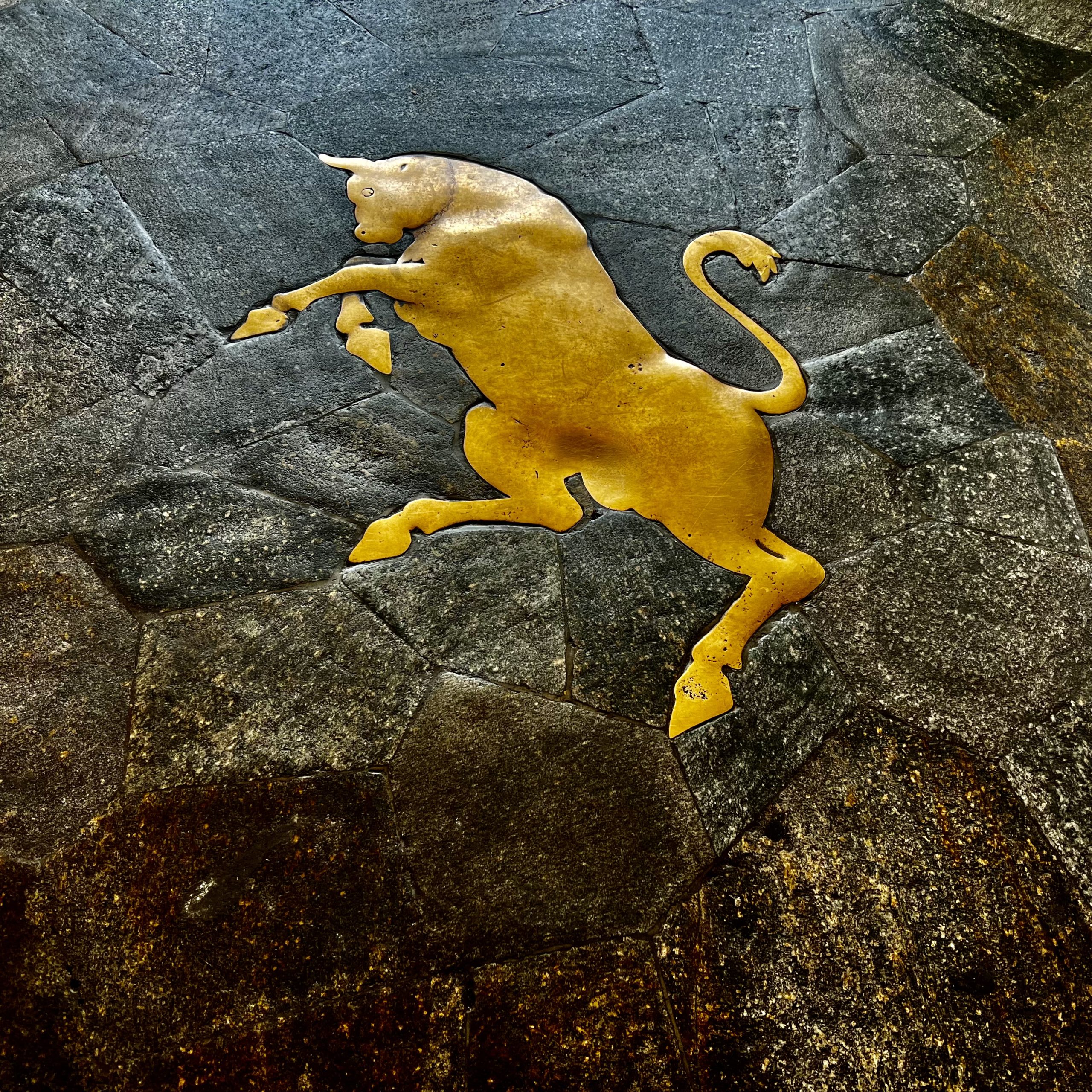
More Wandering
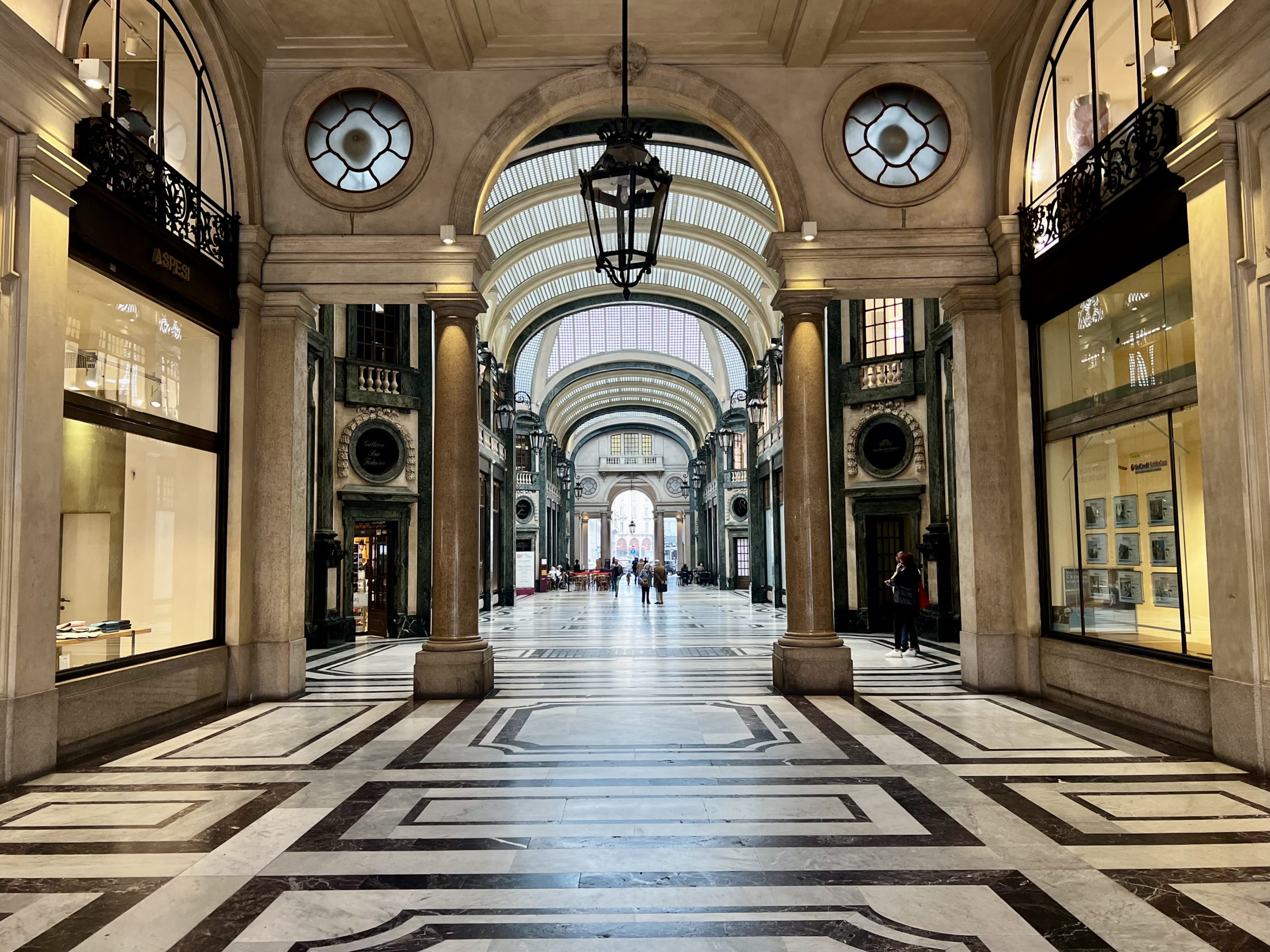
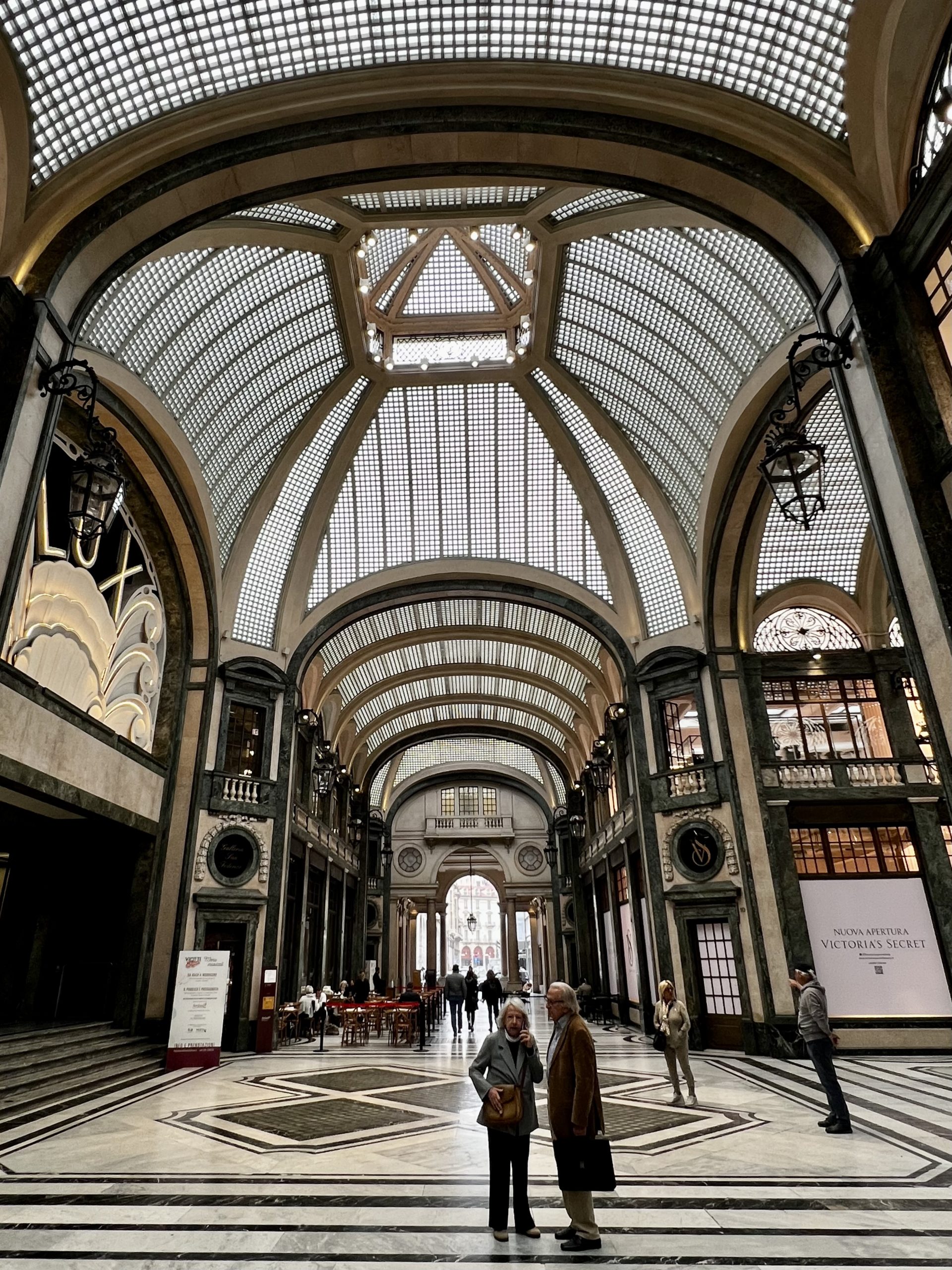
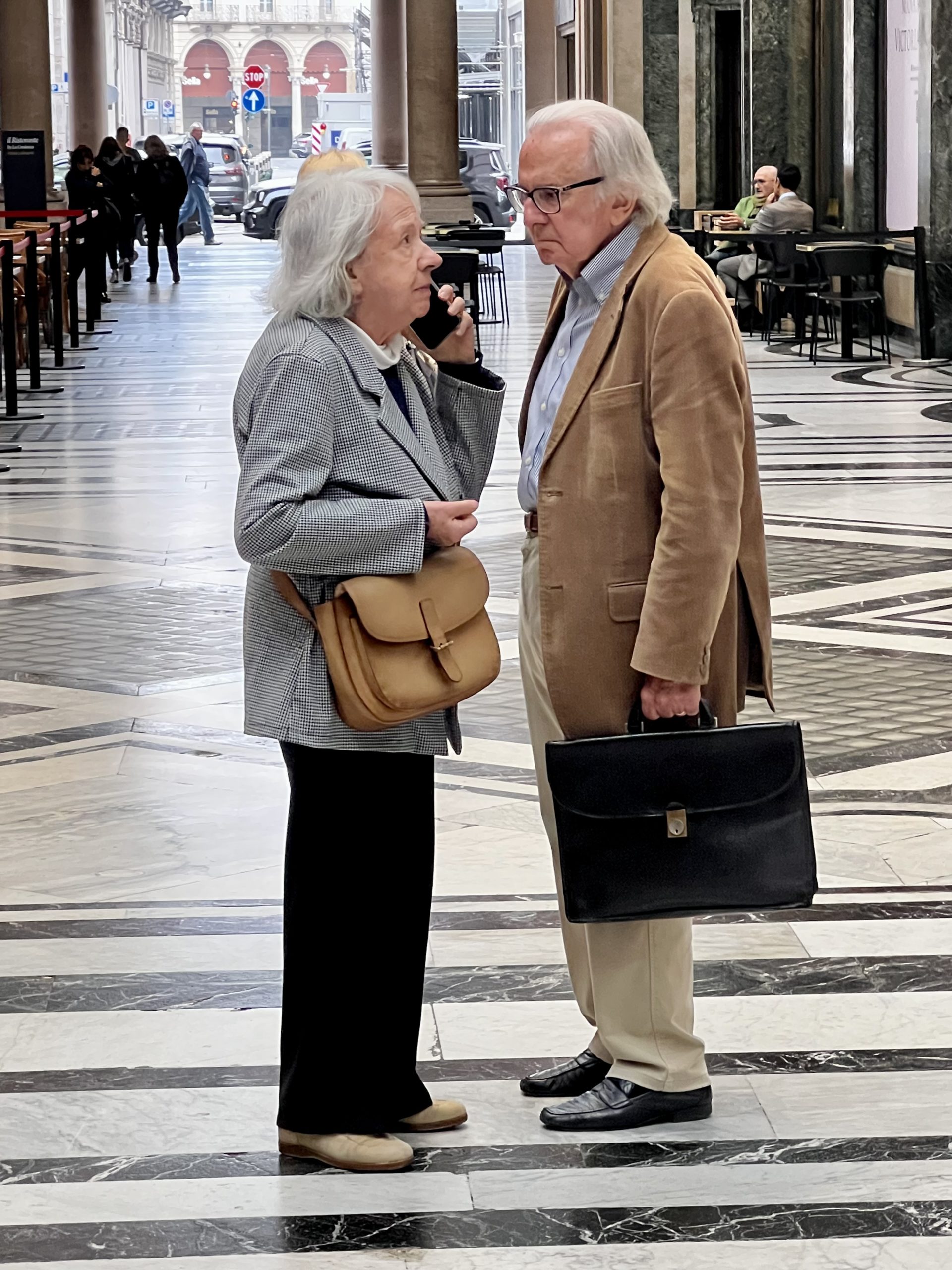
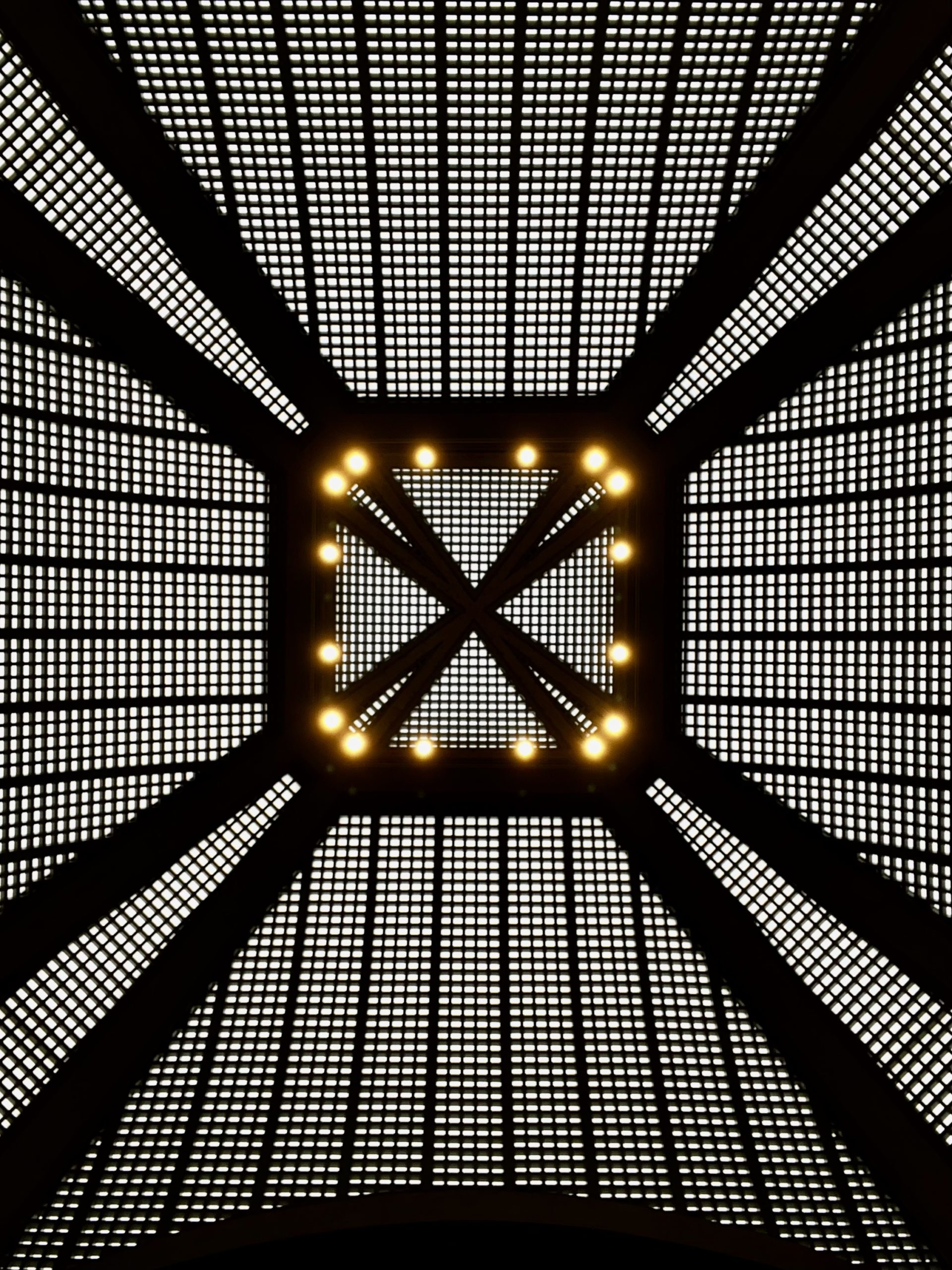
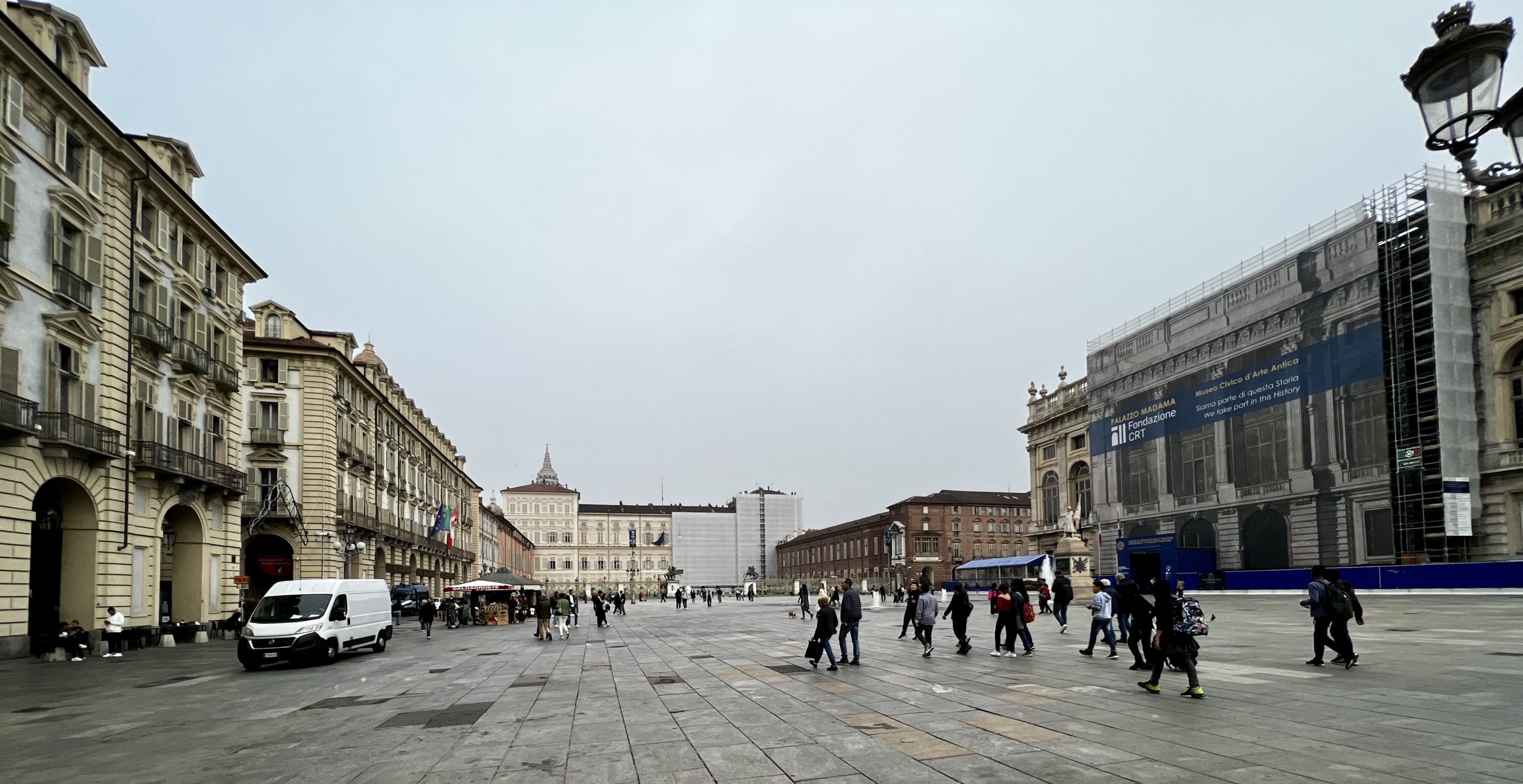
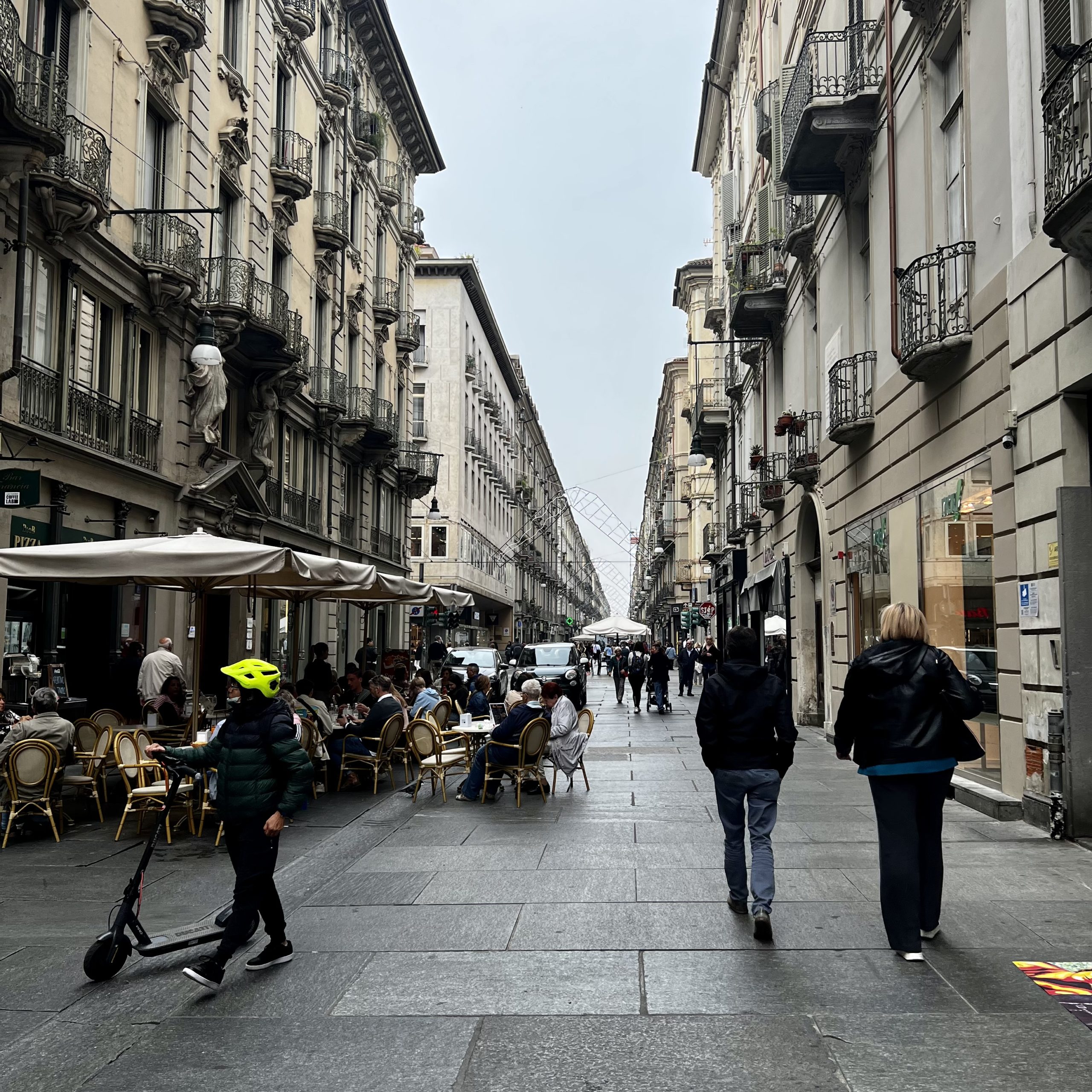
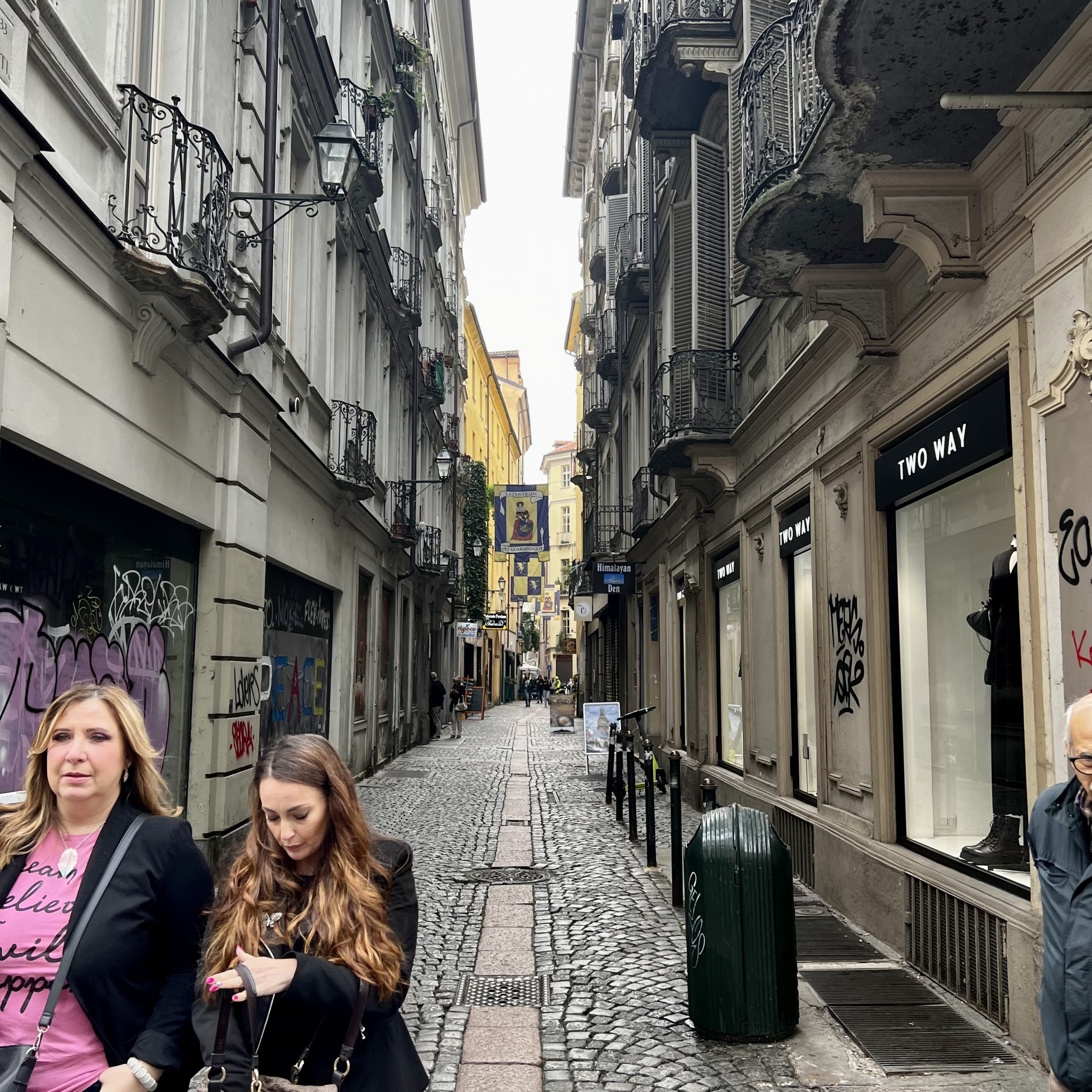
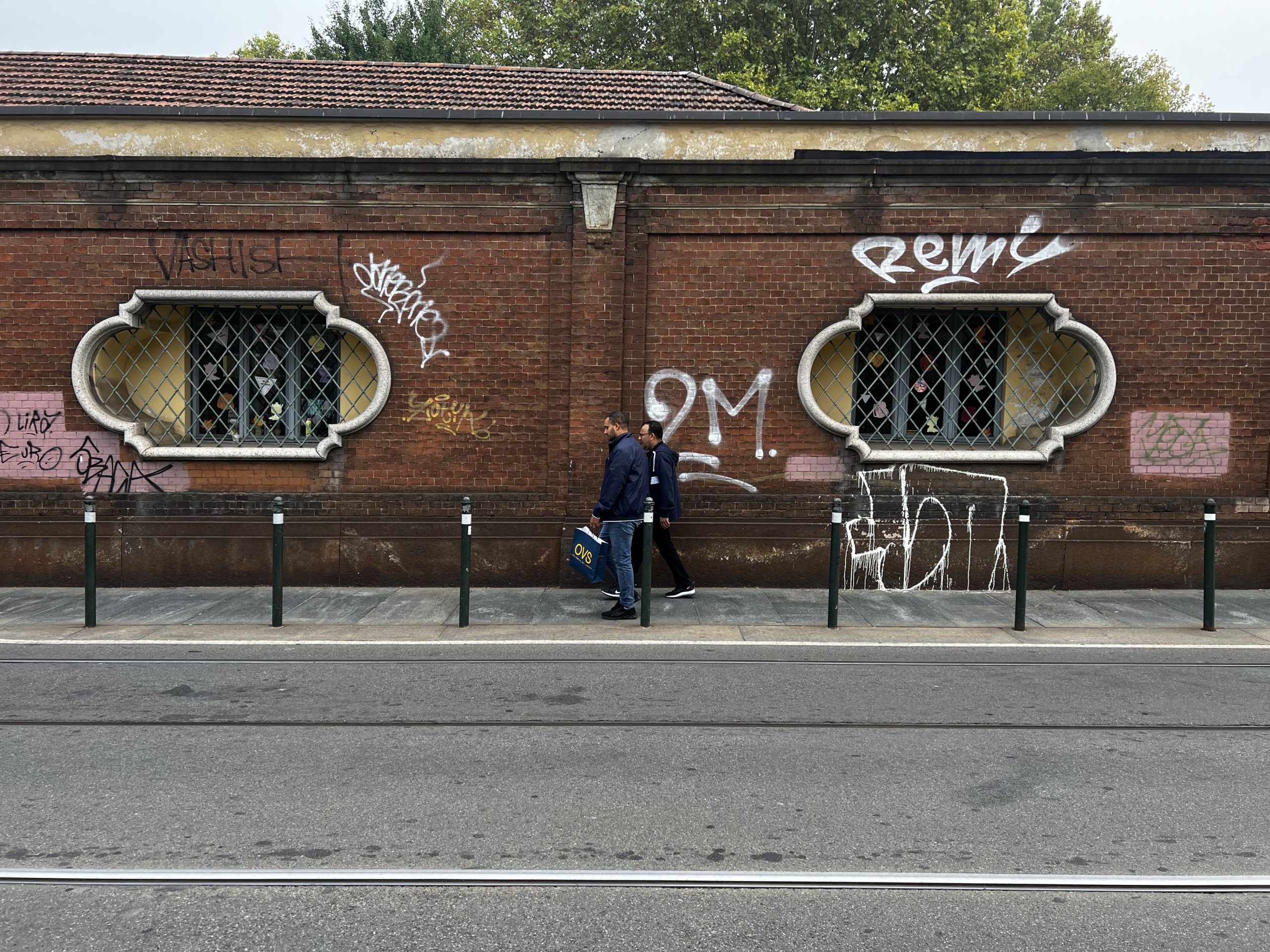
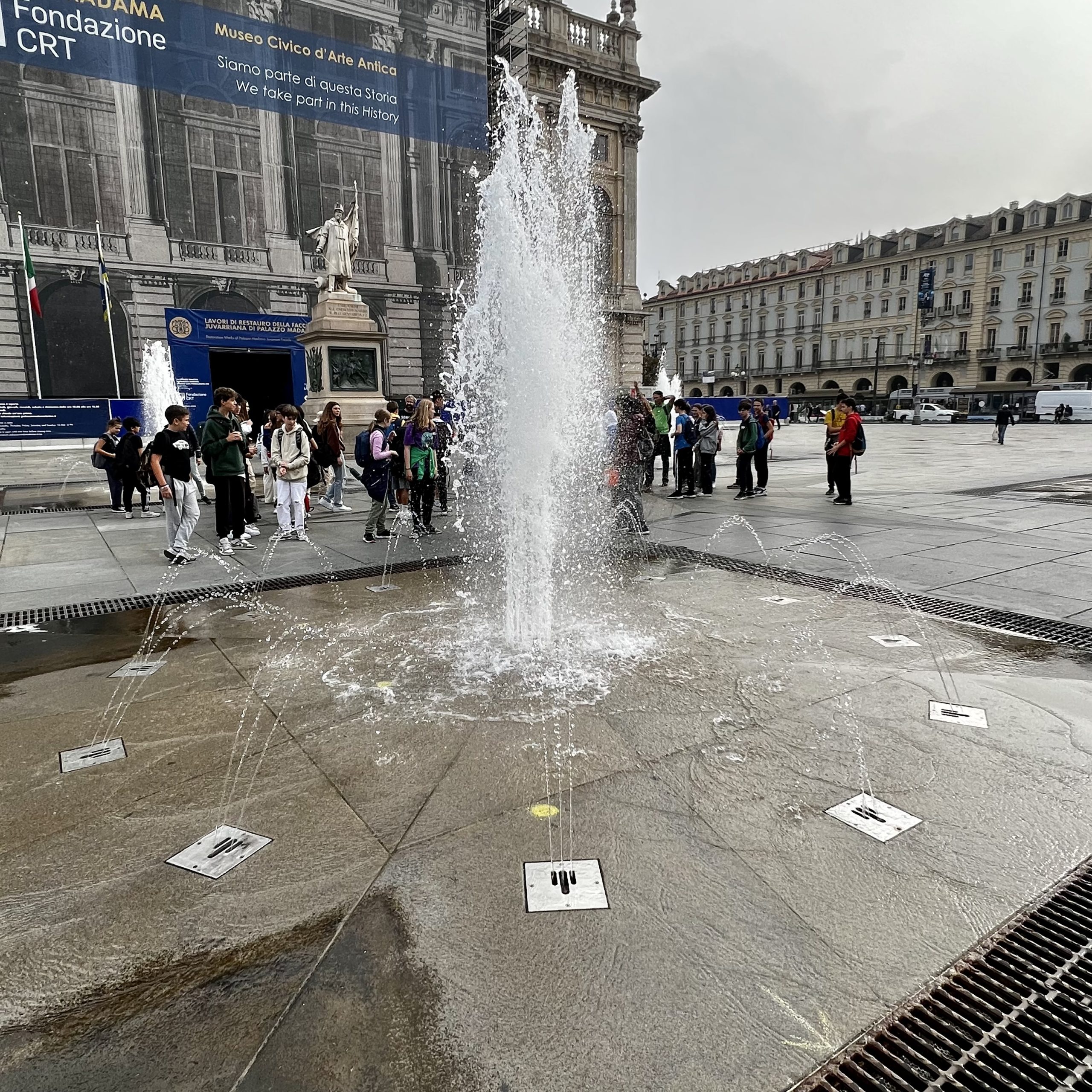
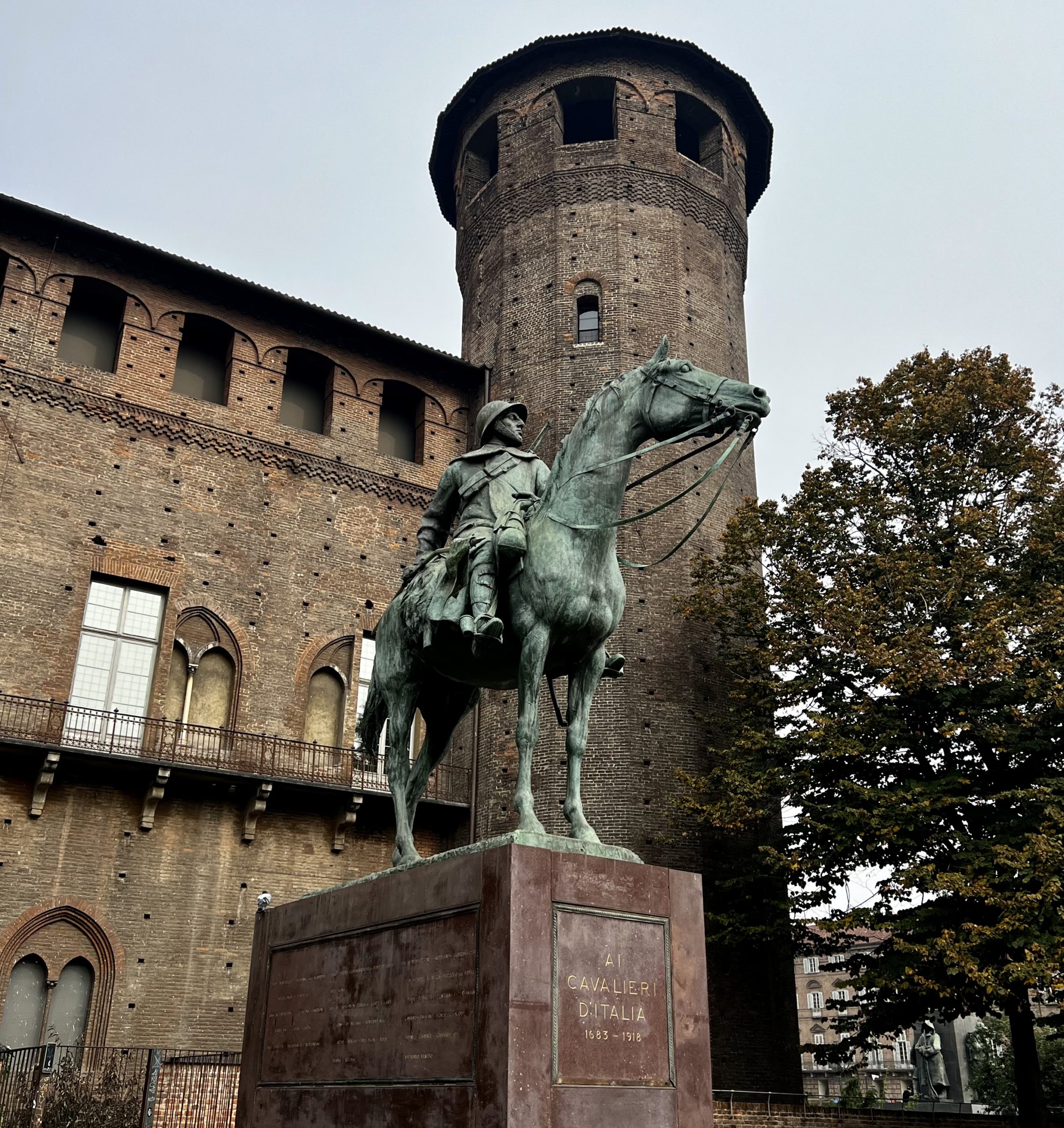
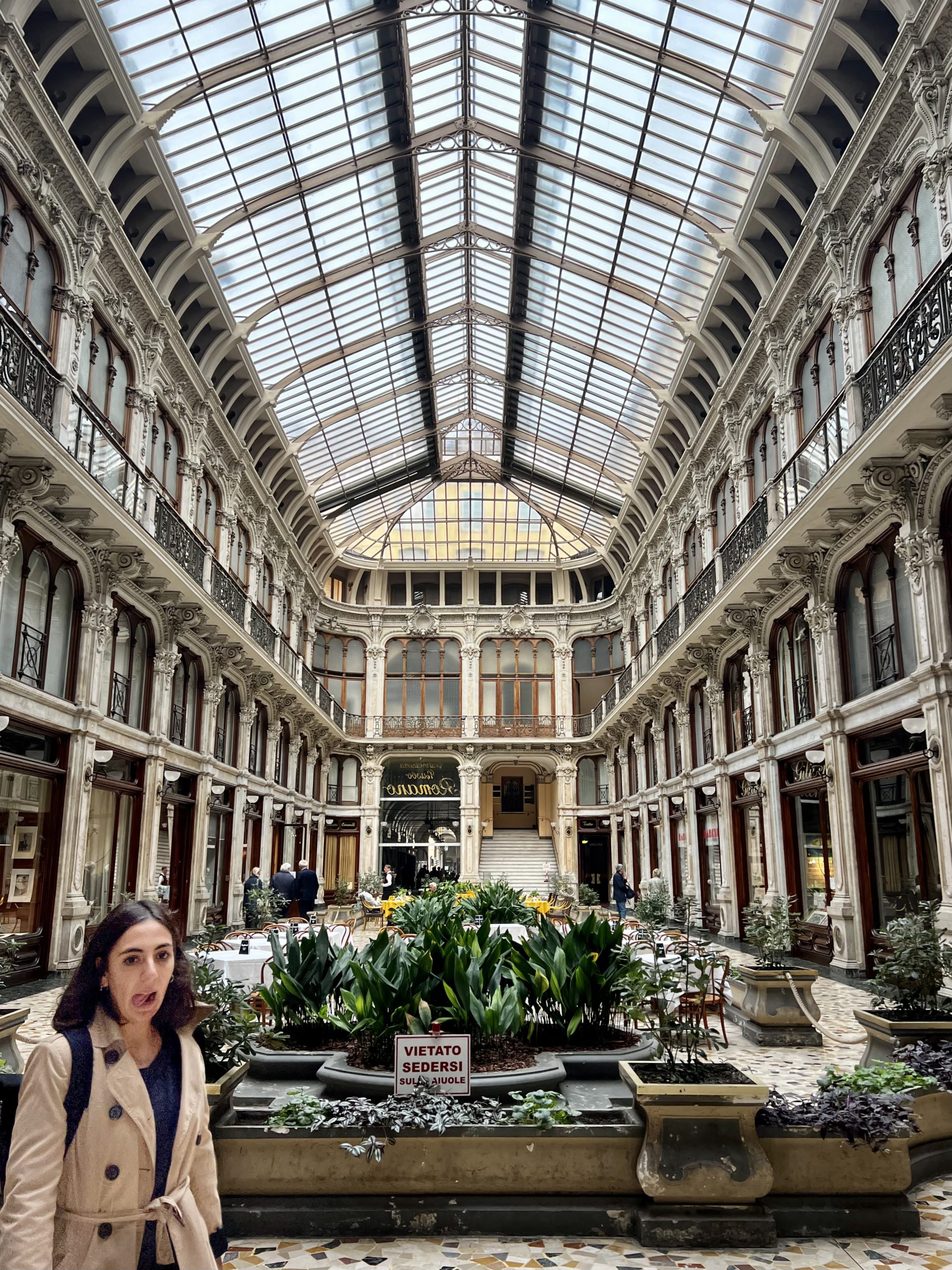
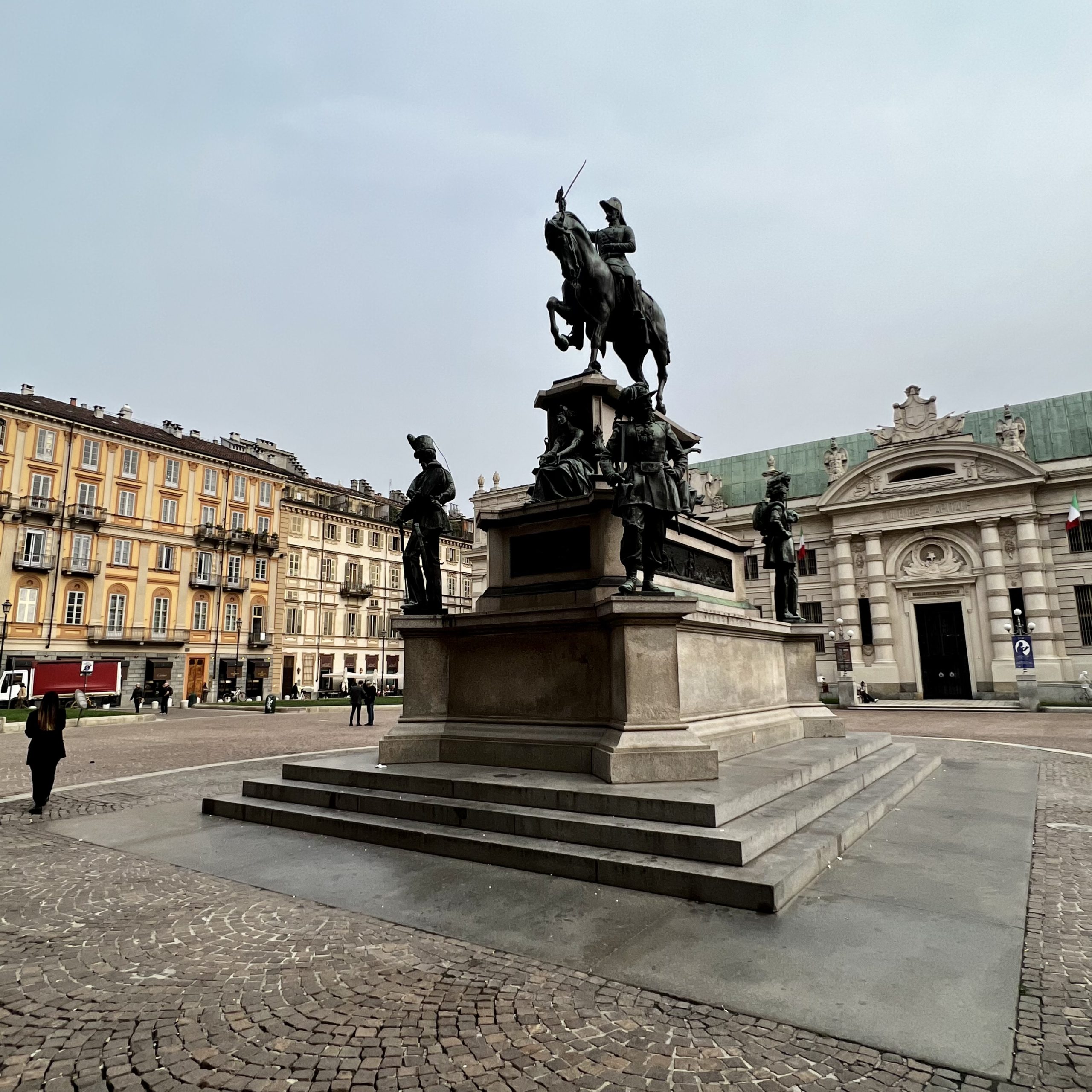
Egyptian Museum
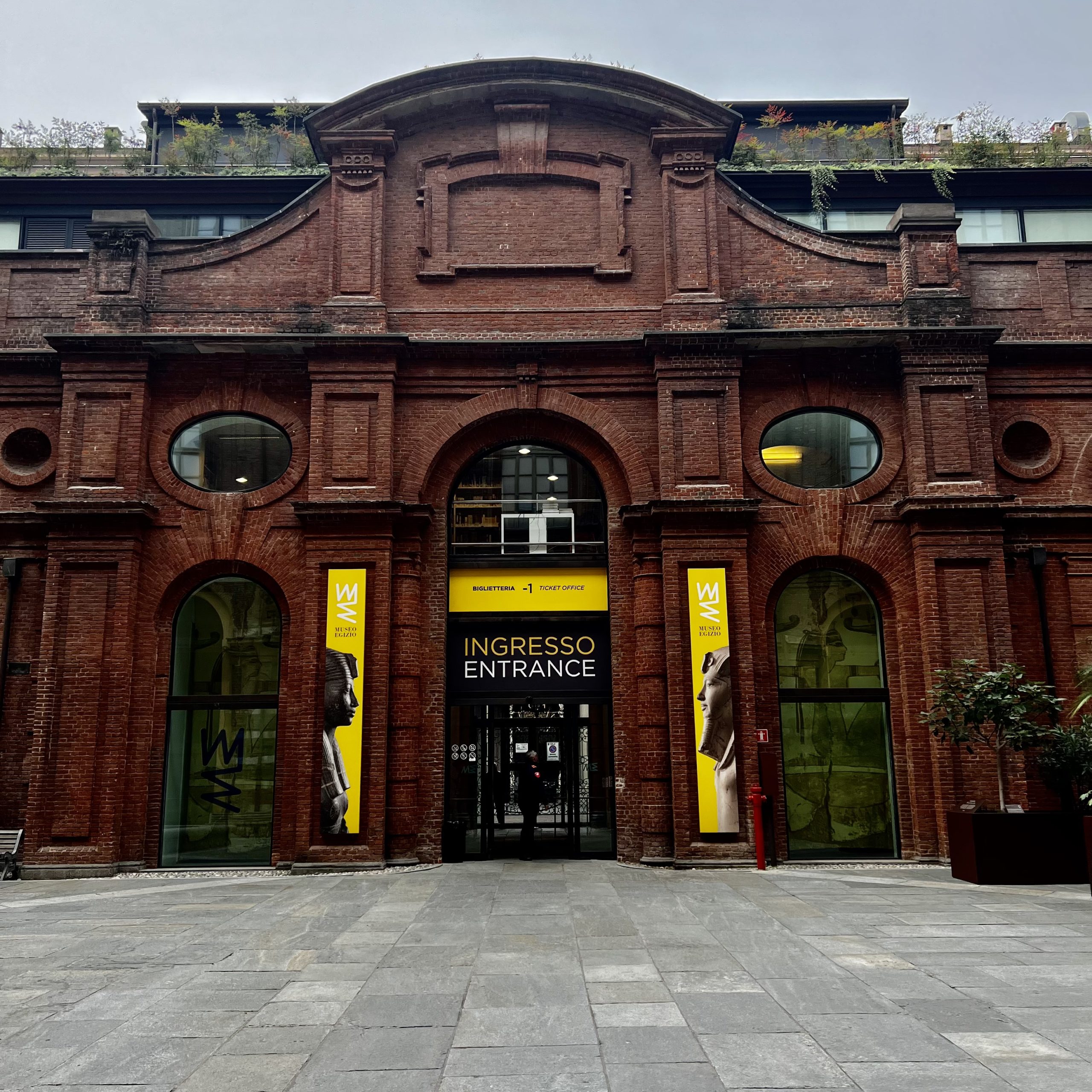
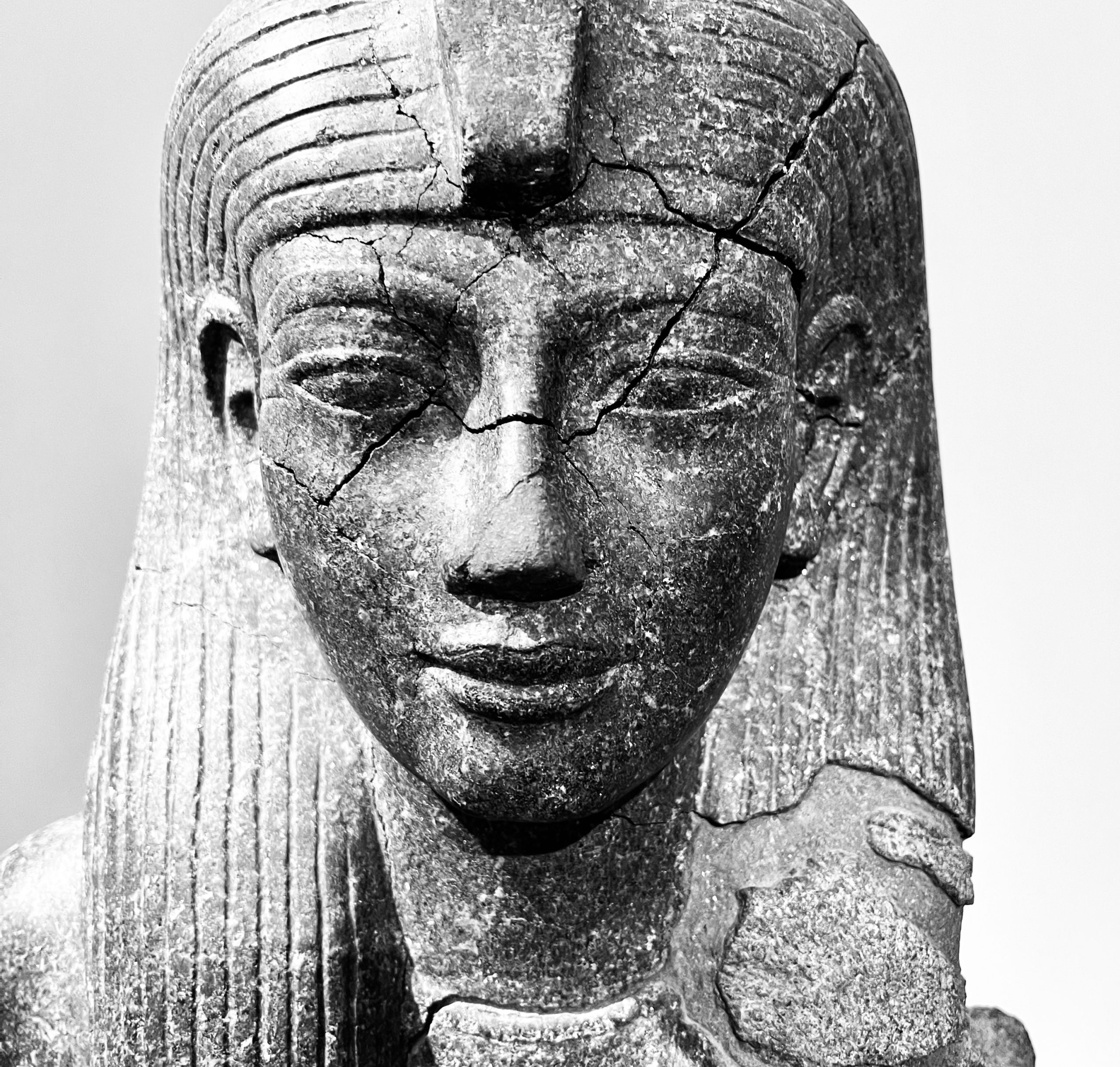
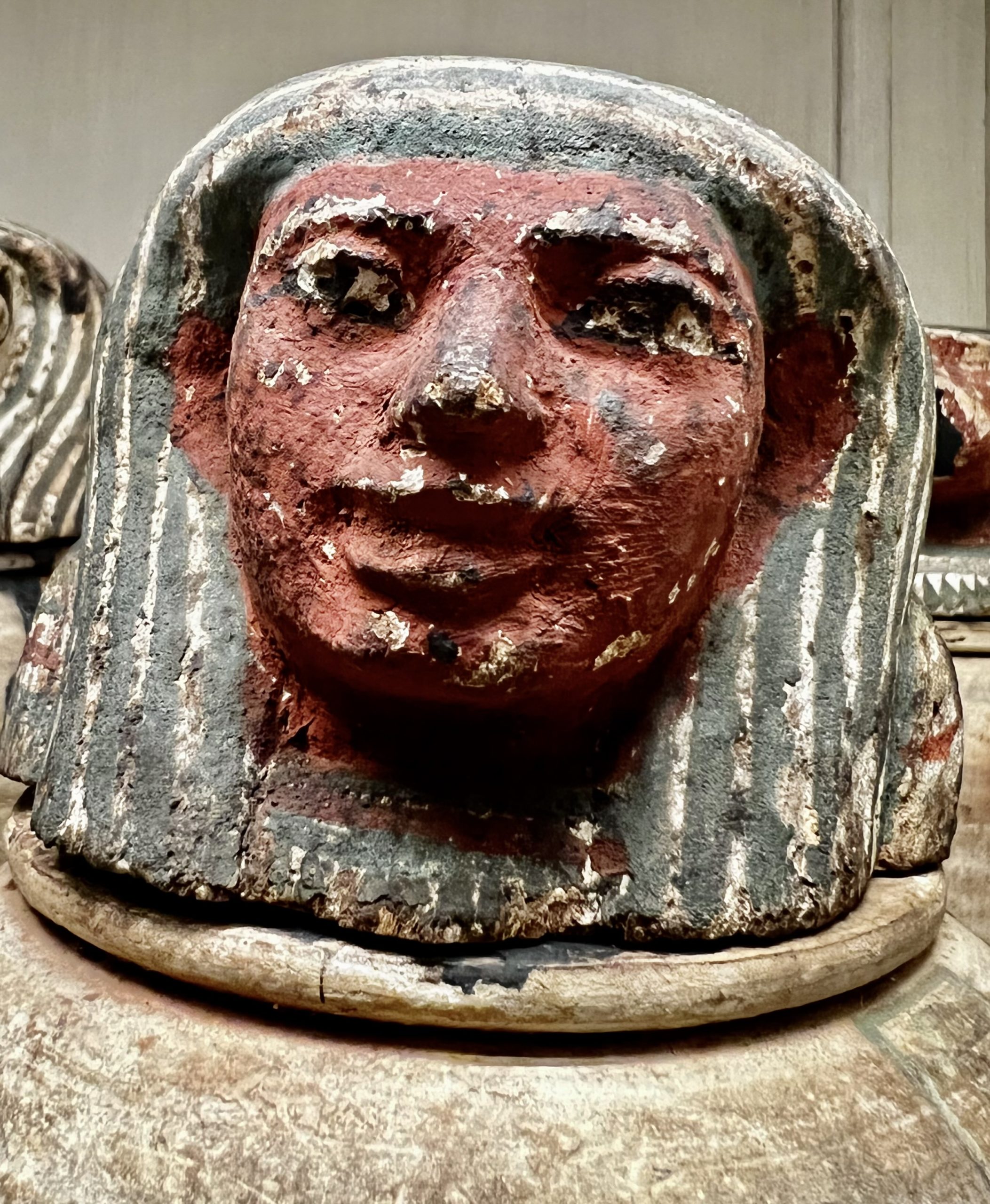
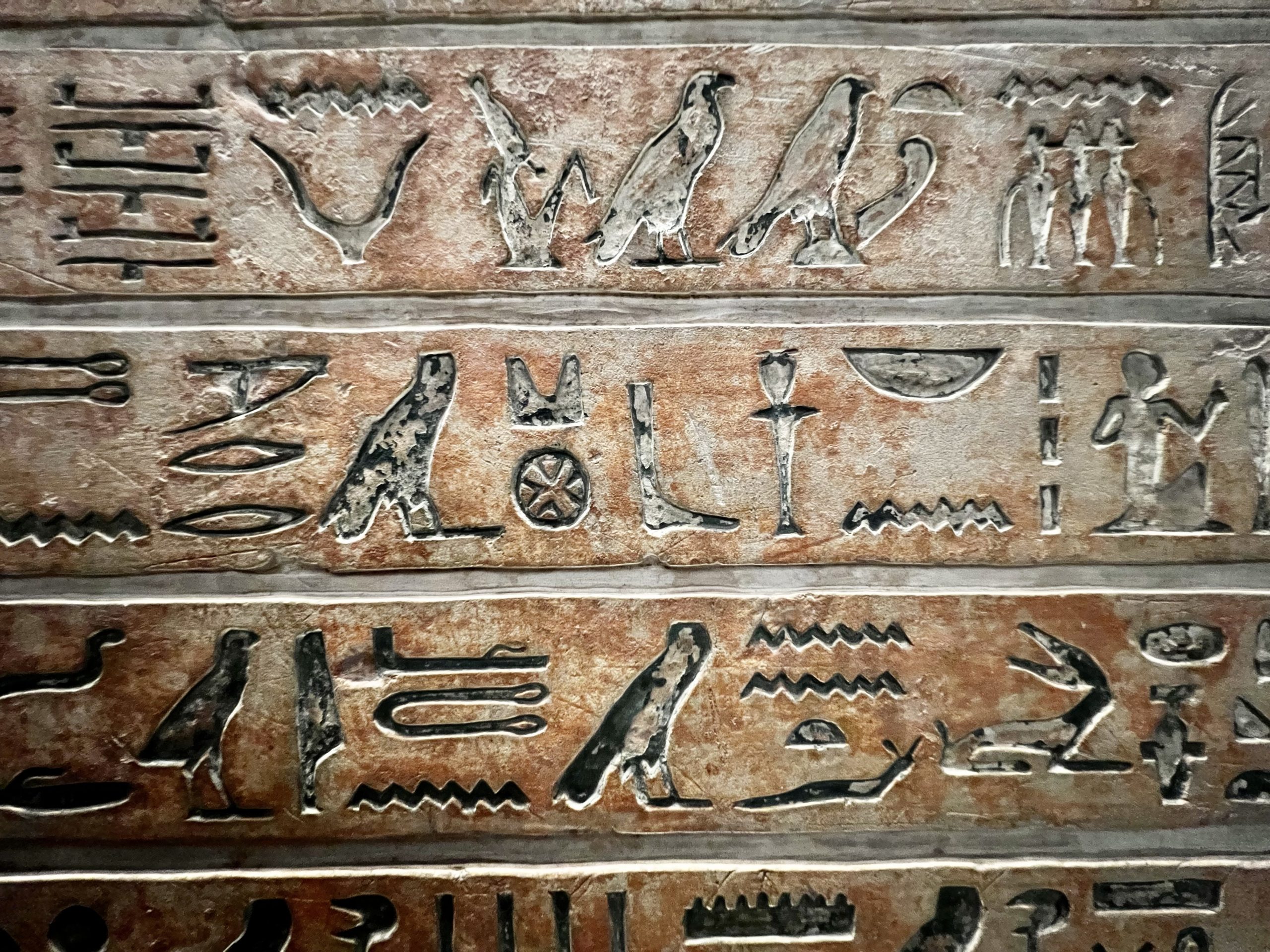
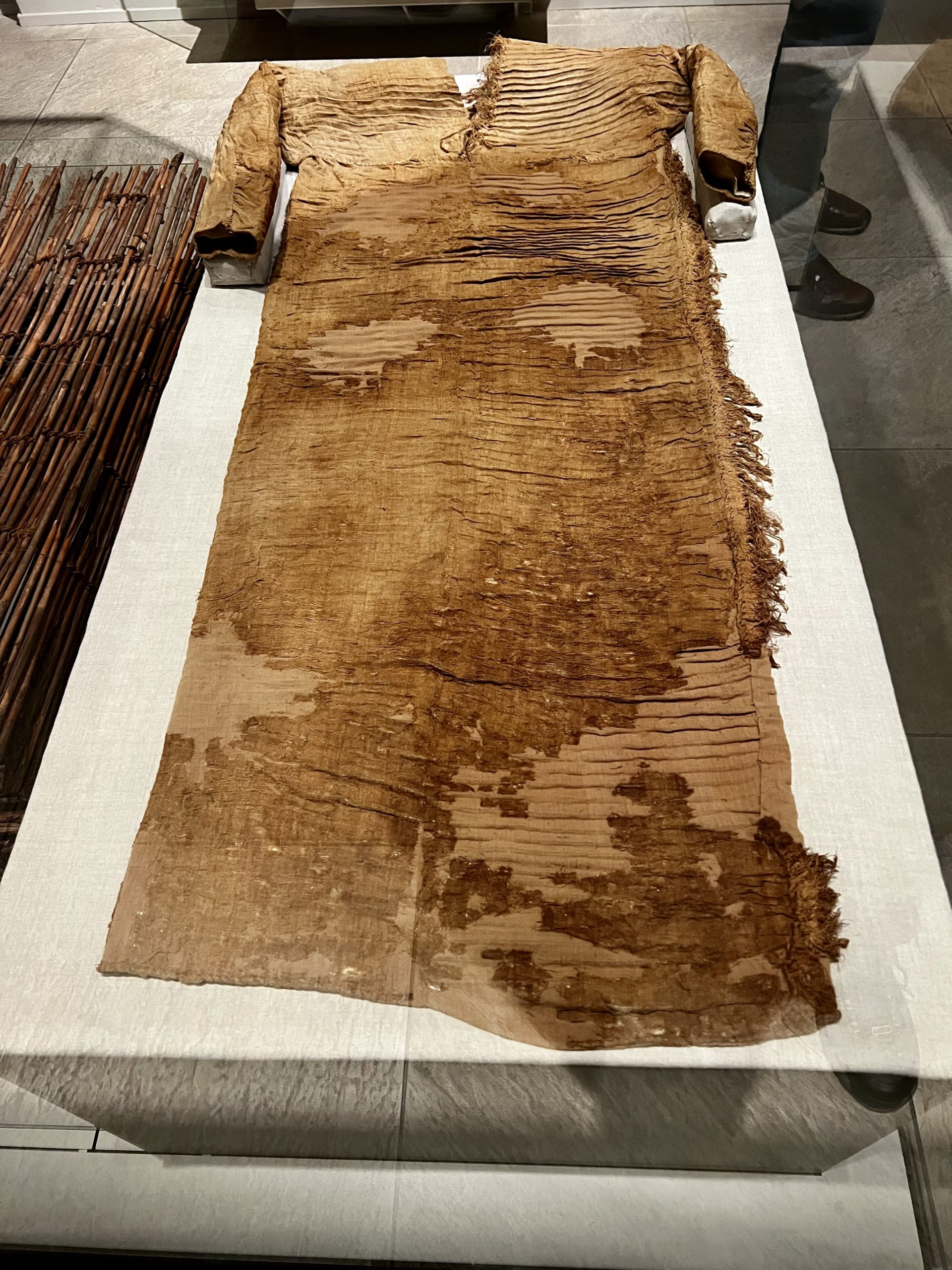
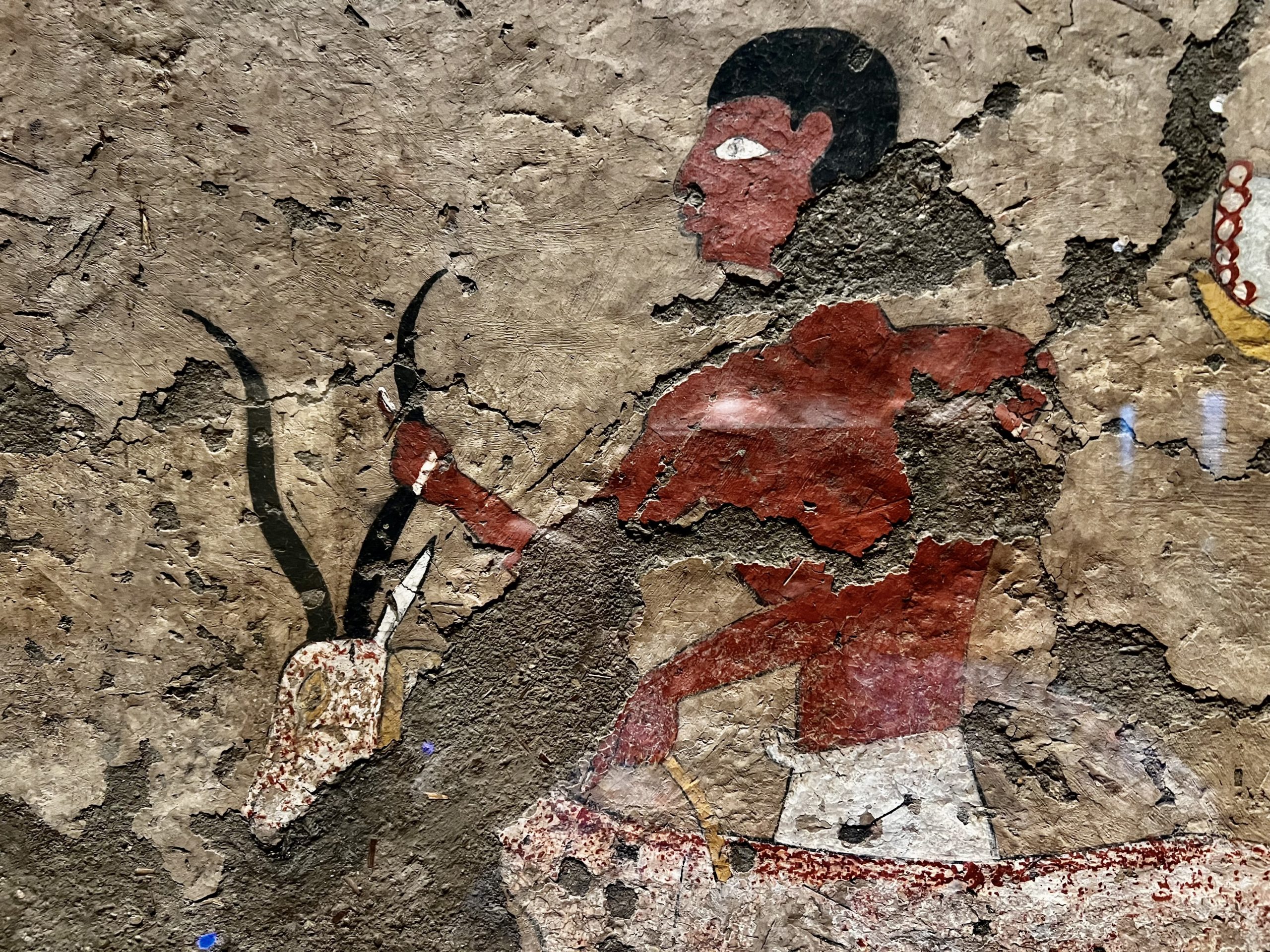
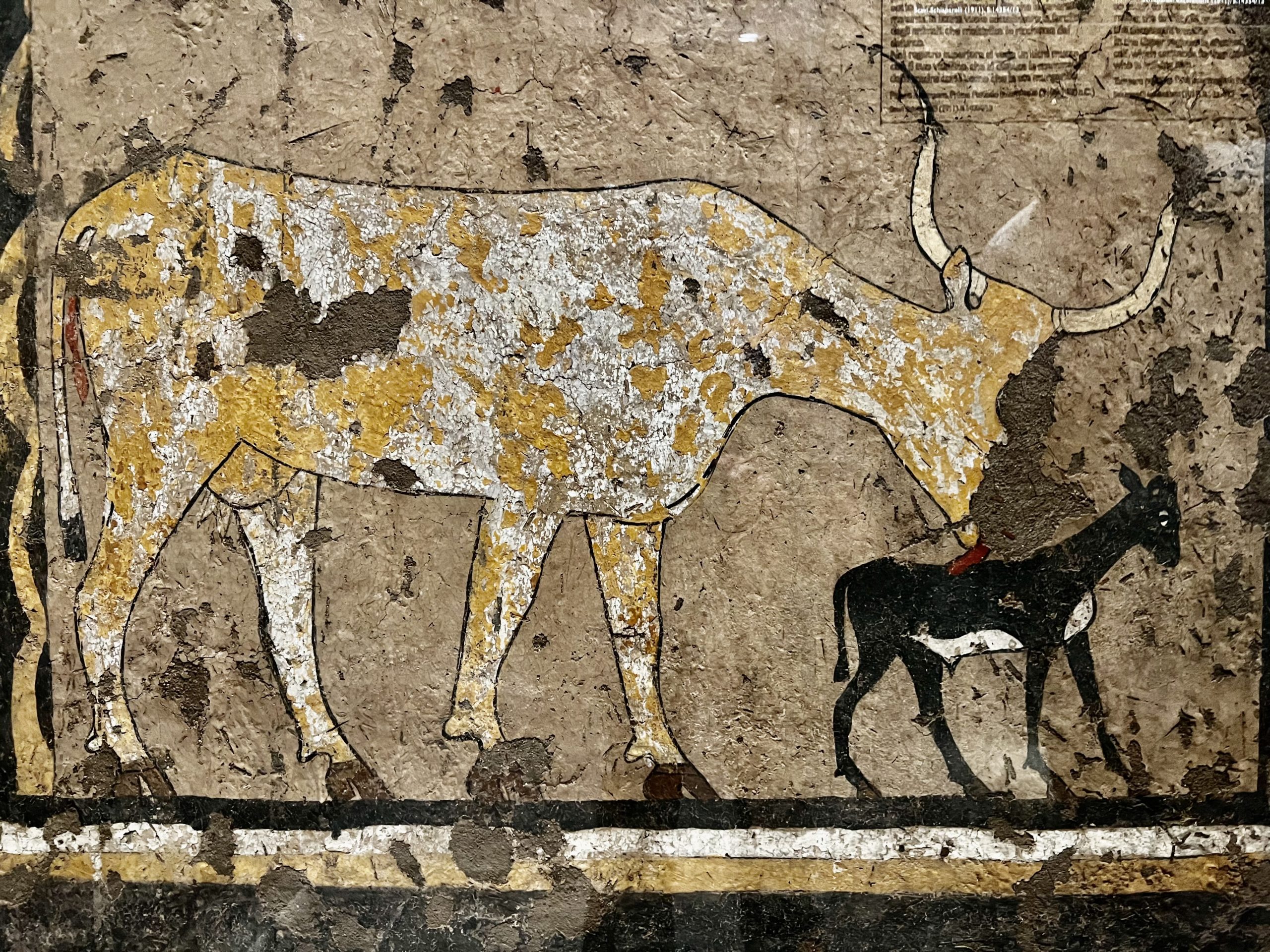
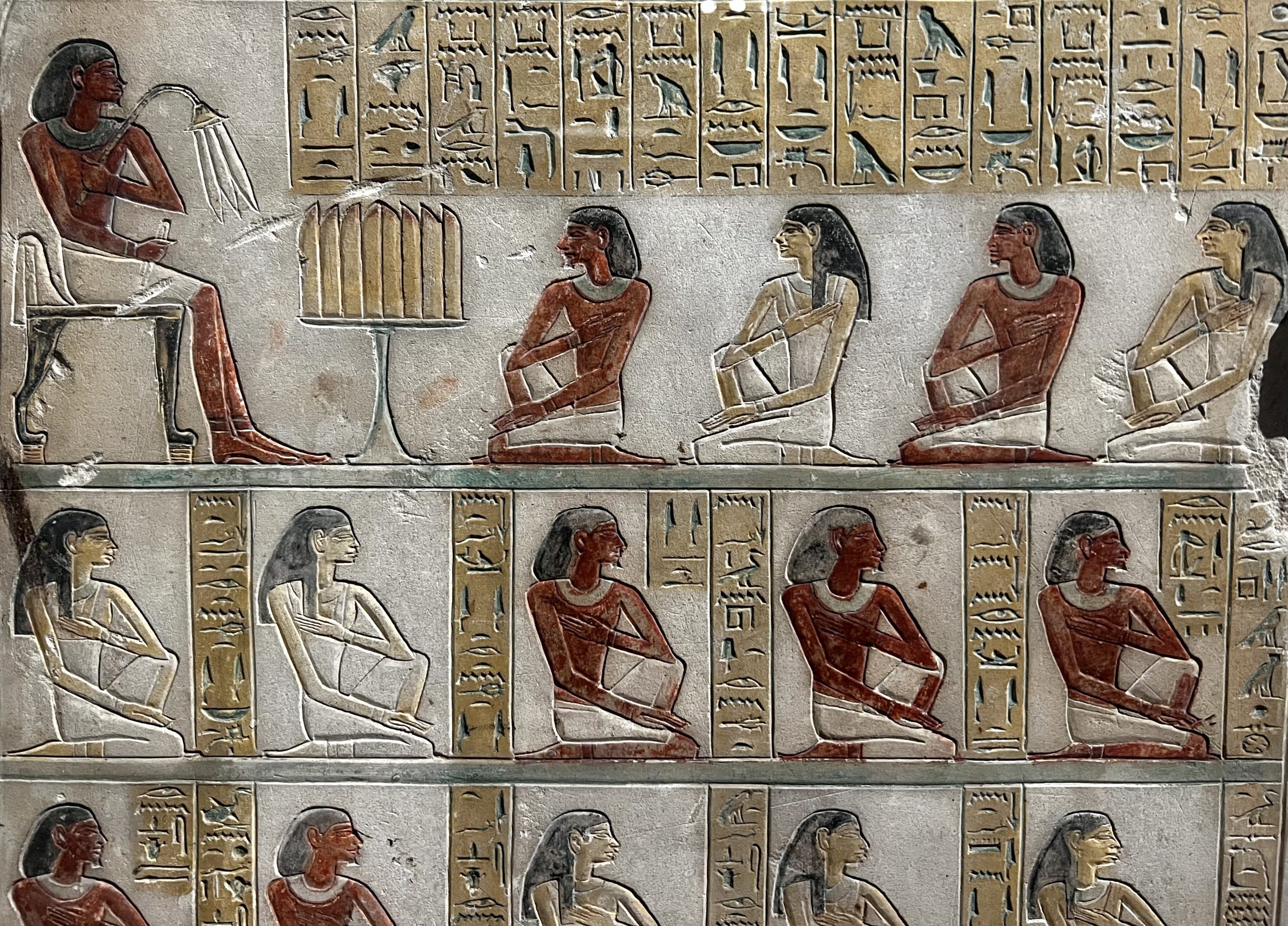
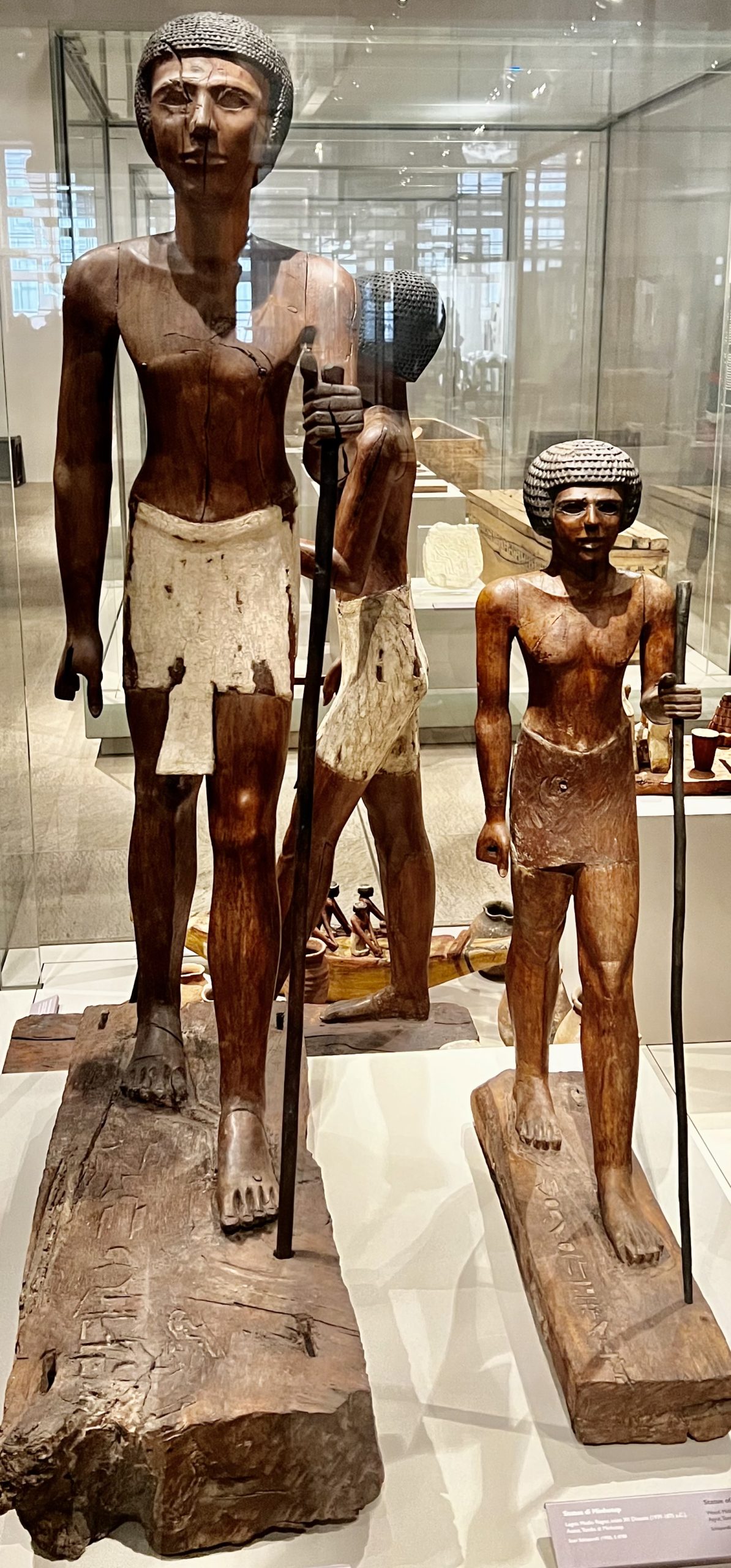
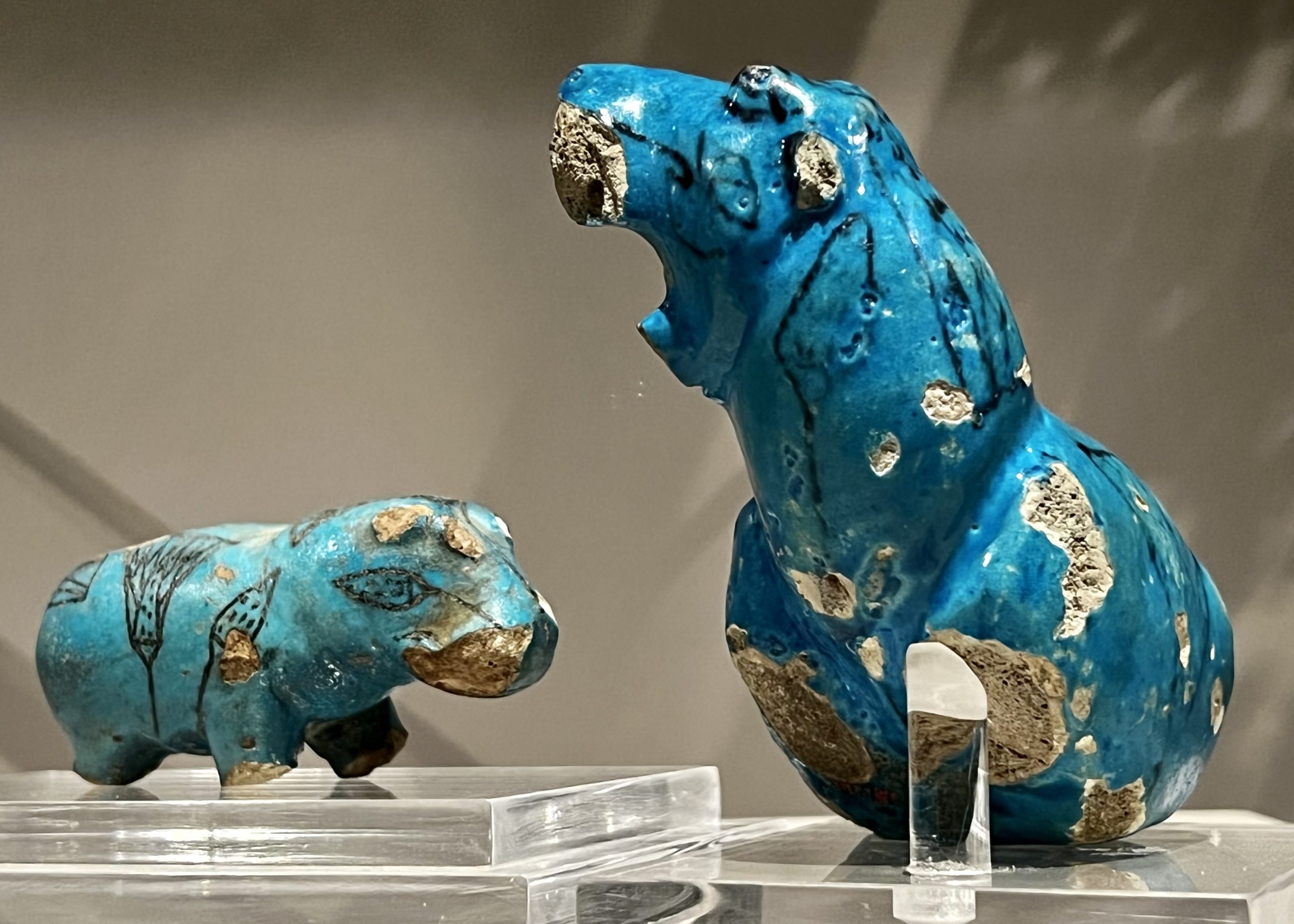
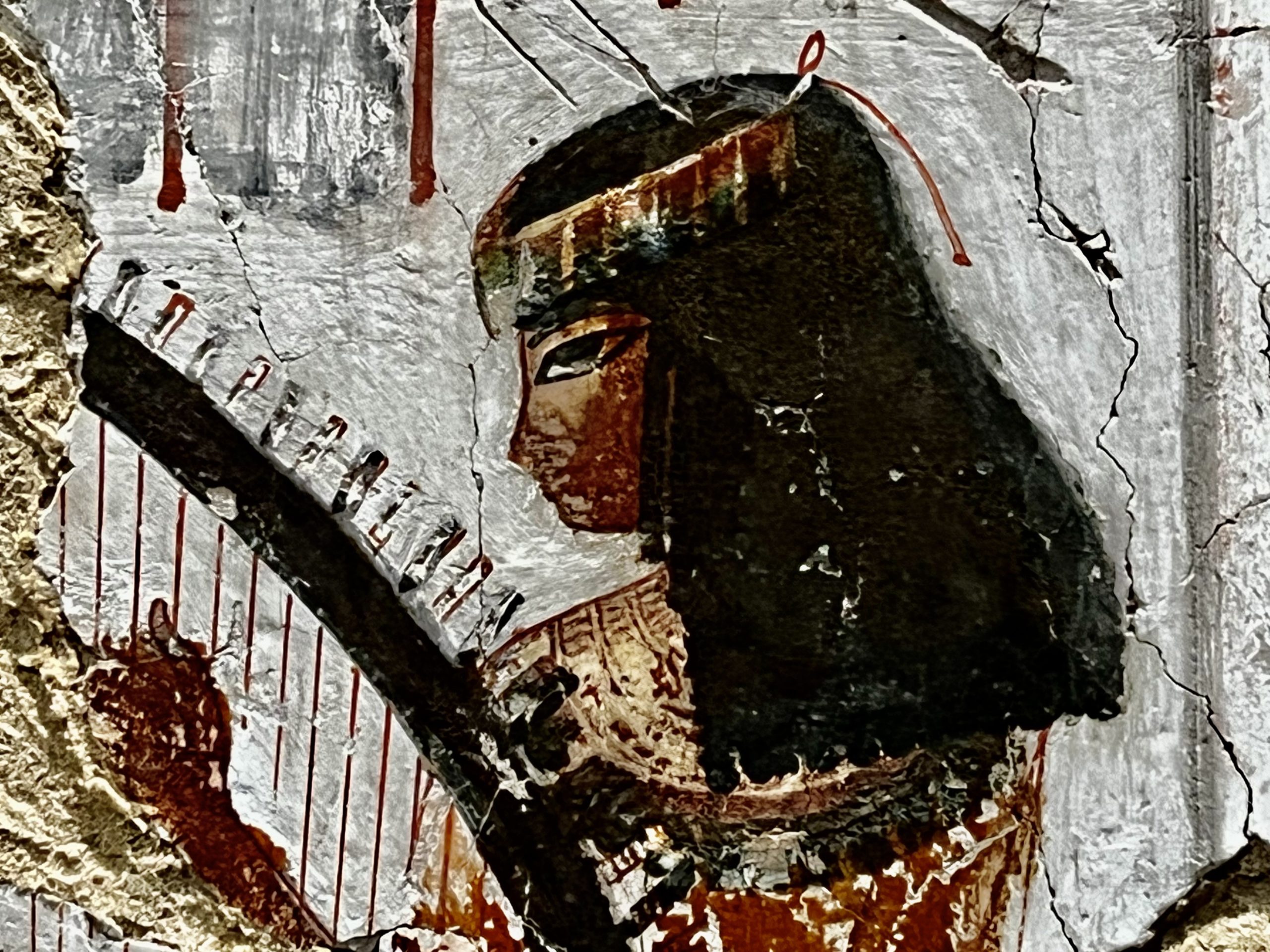
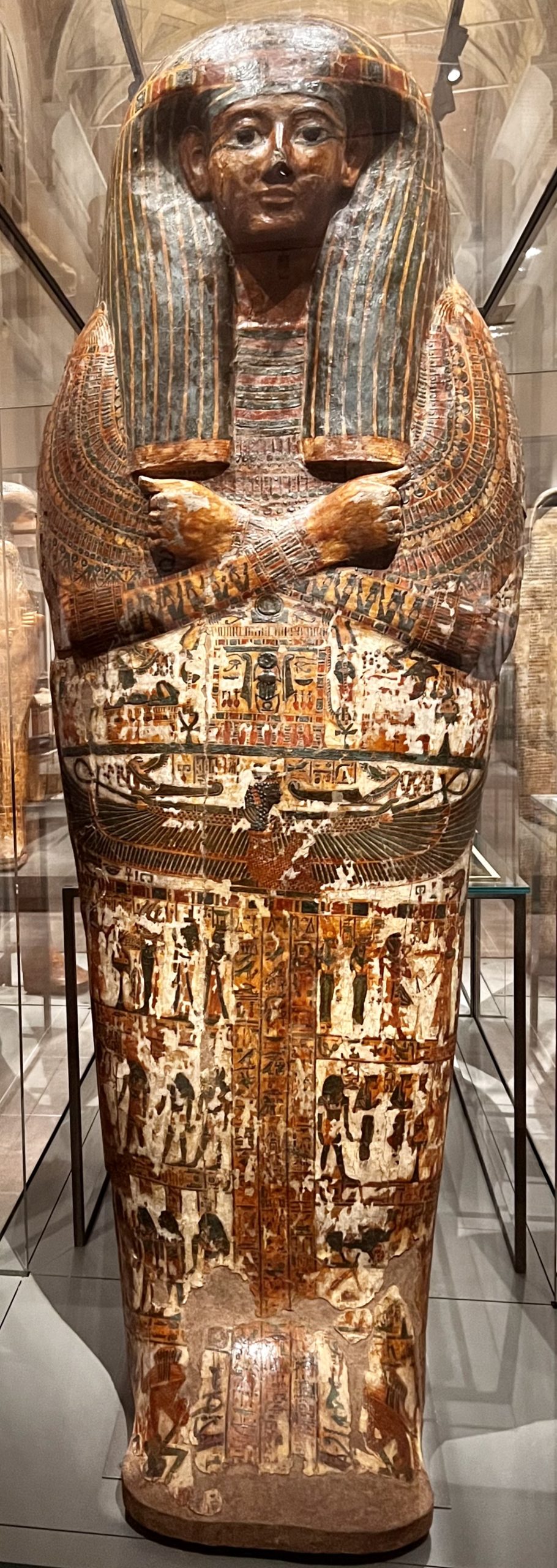
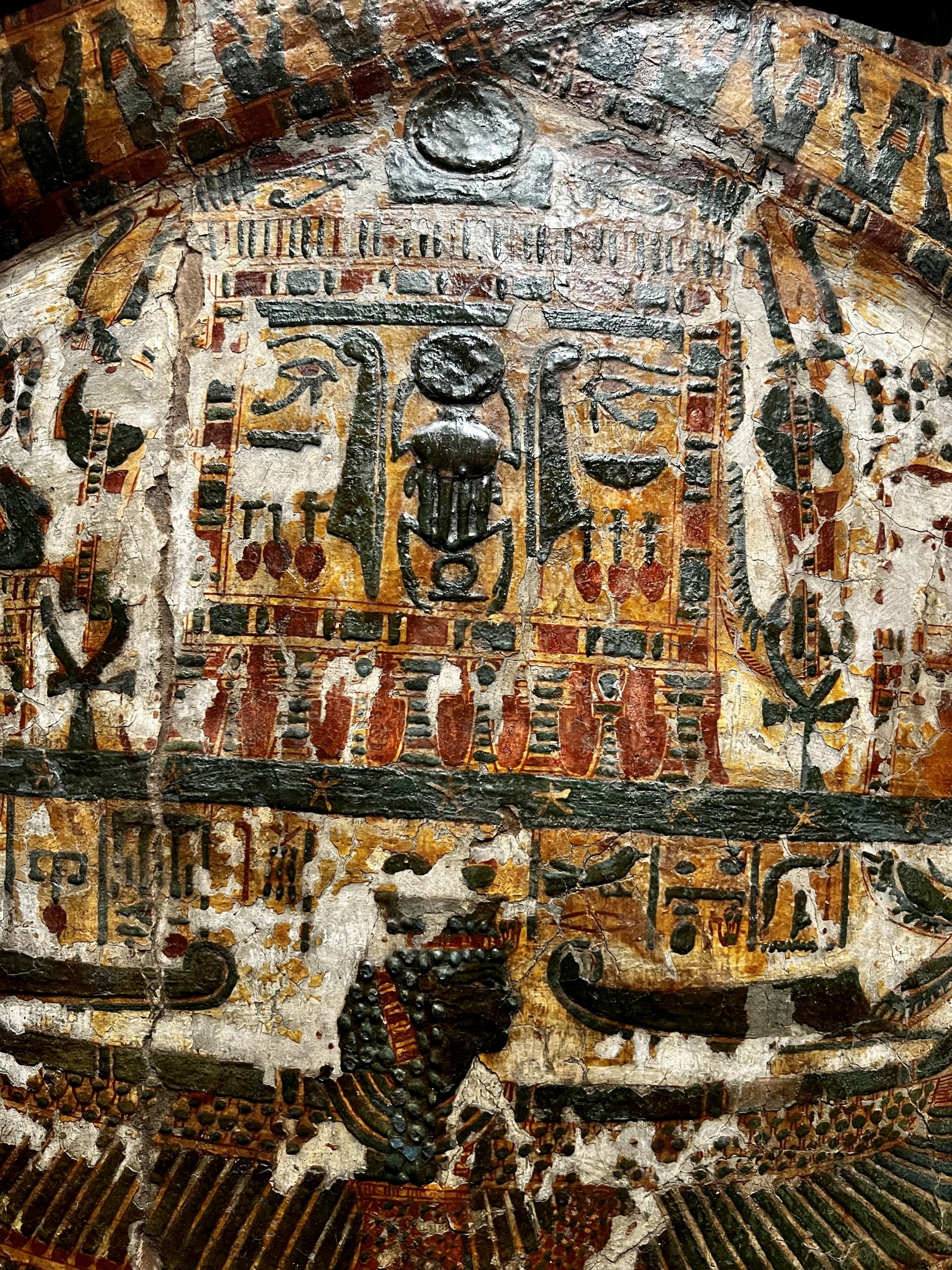
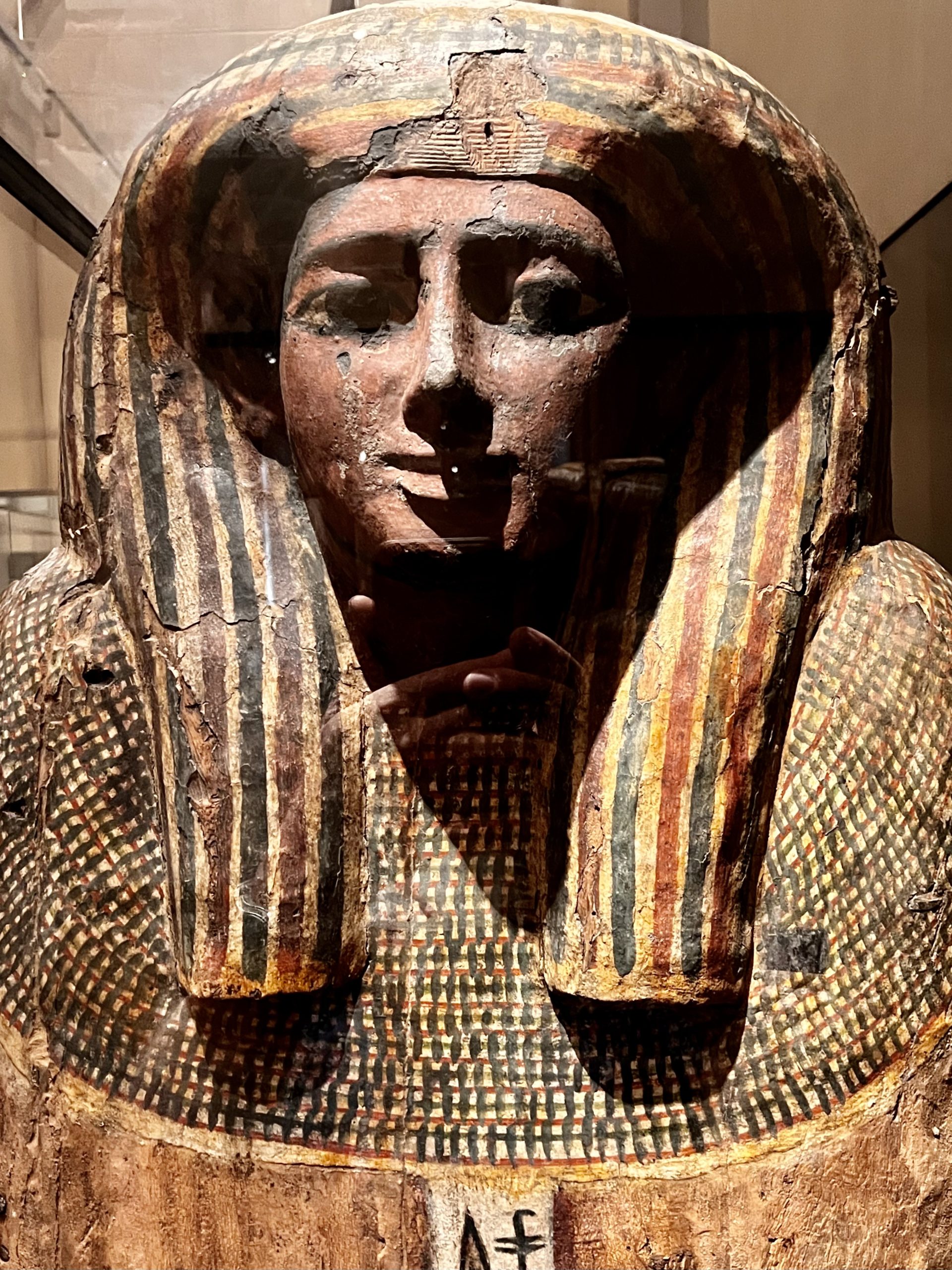
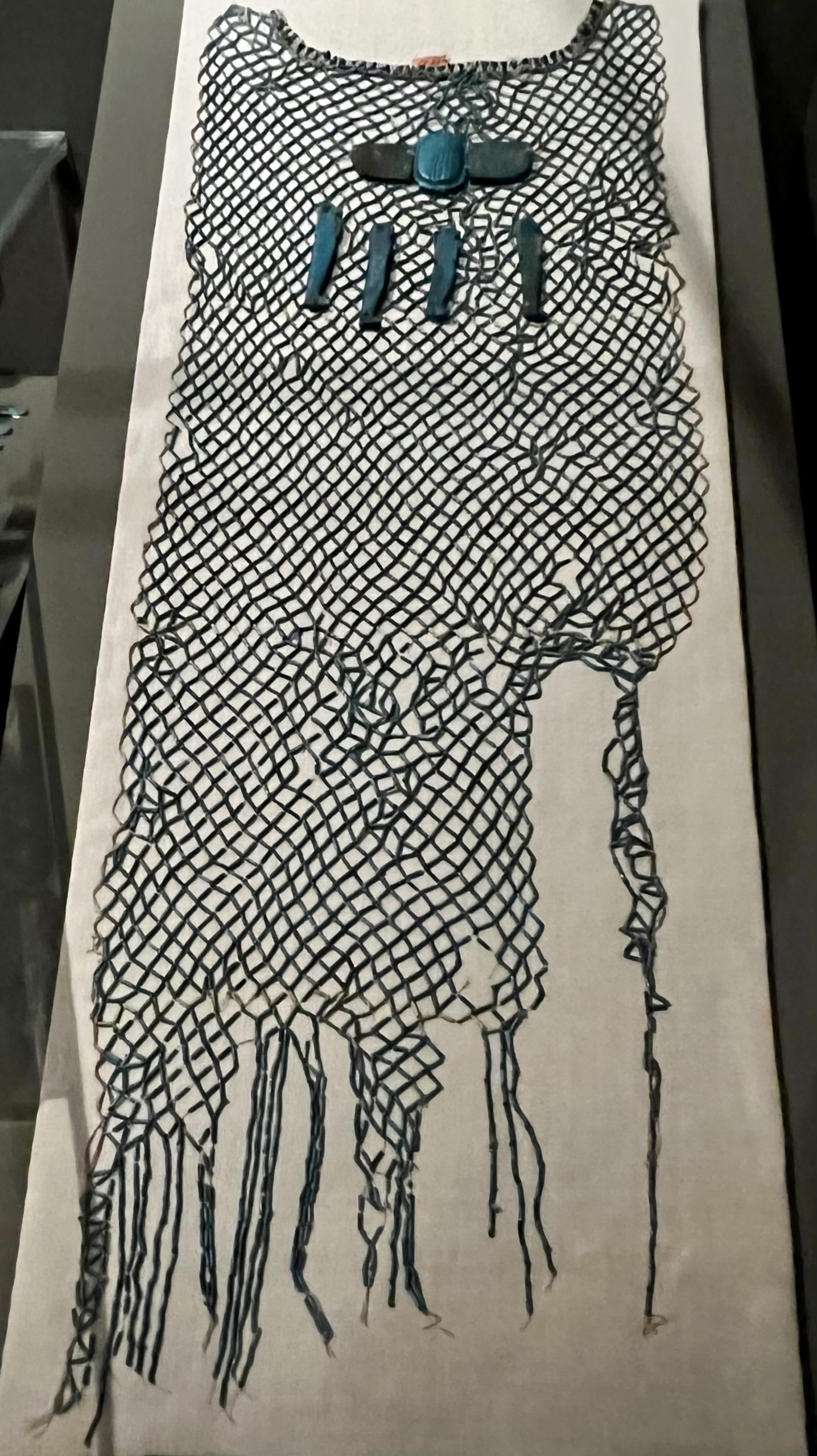
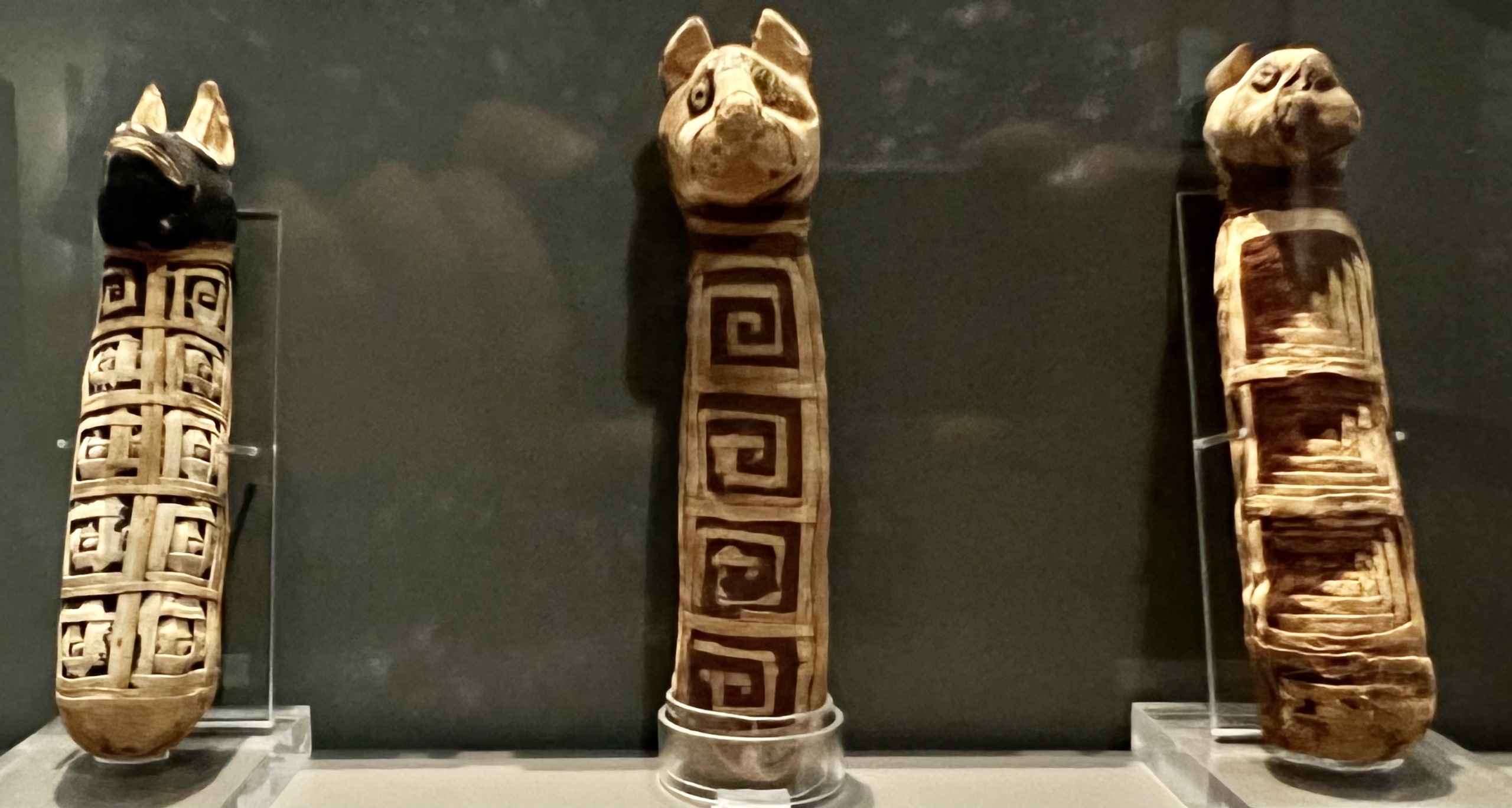
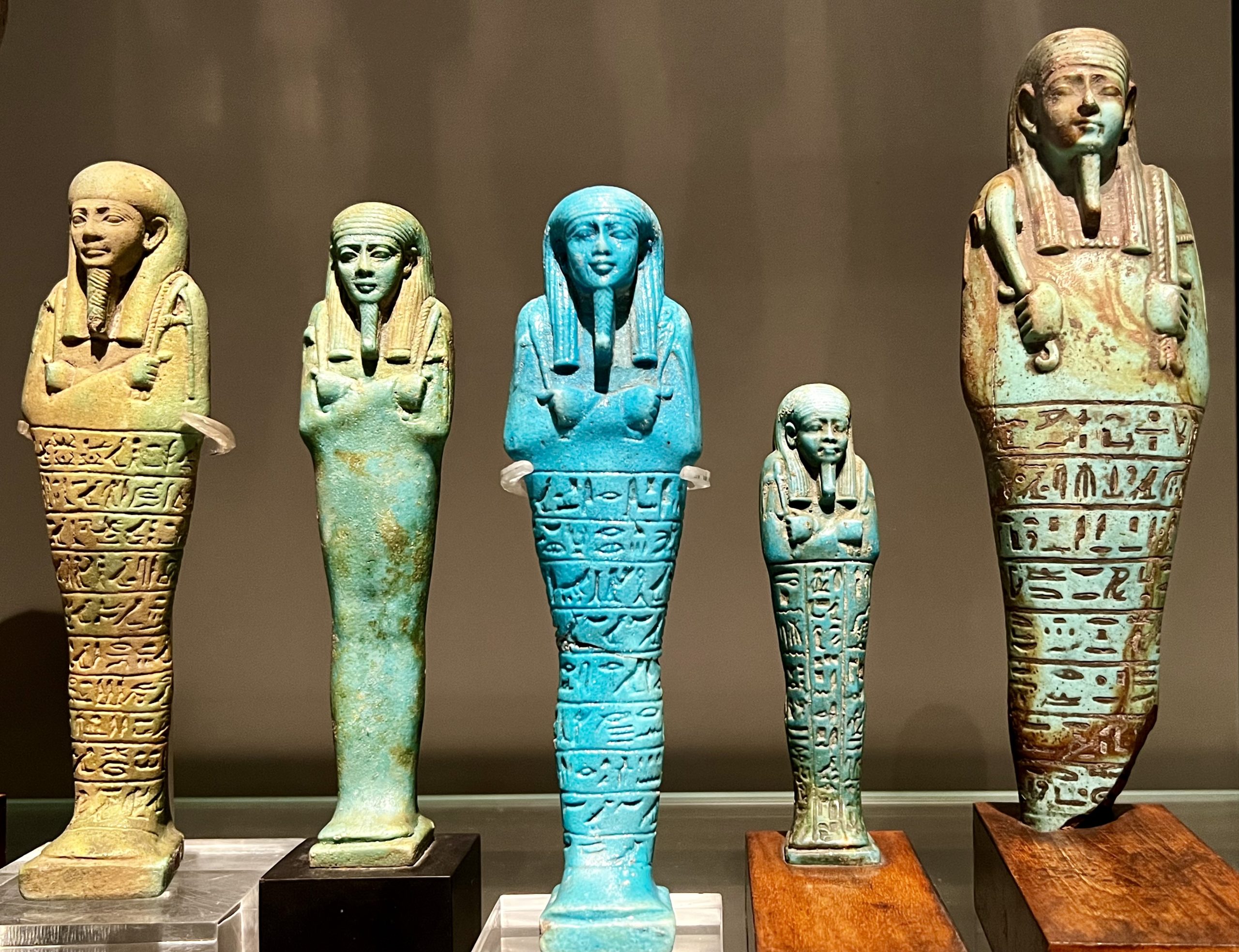
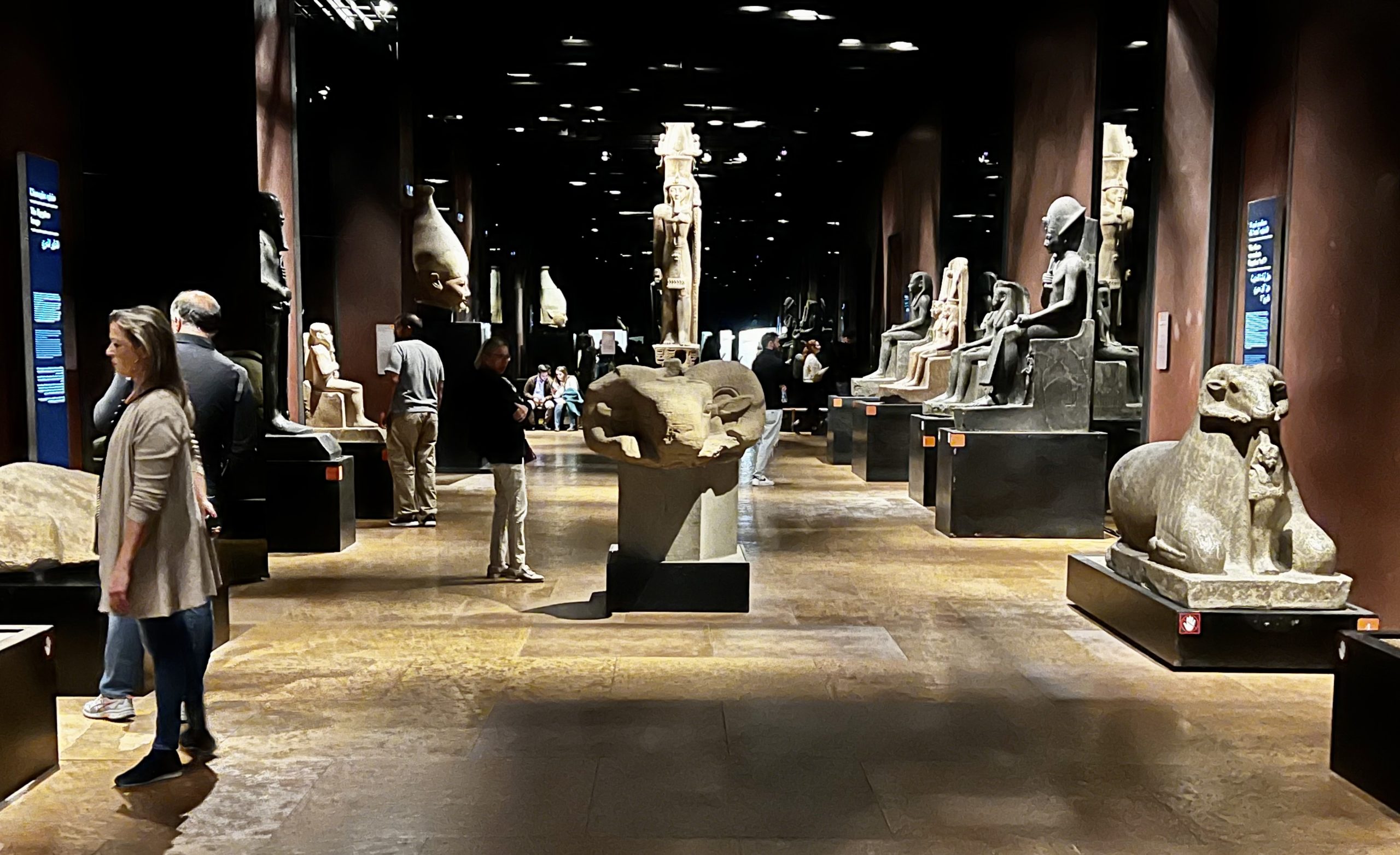
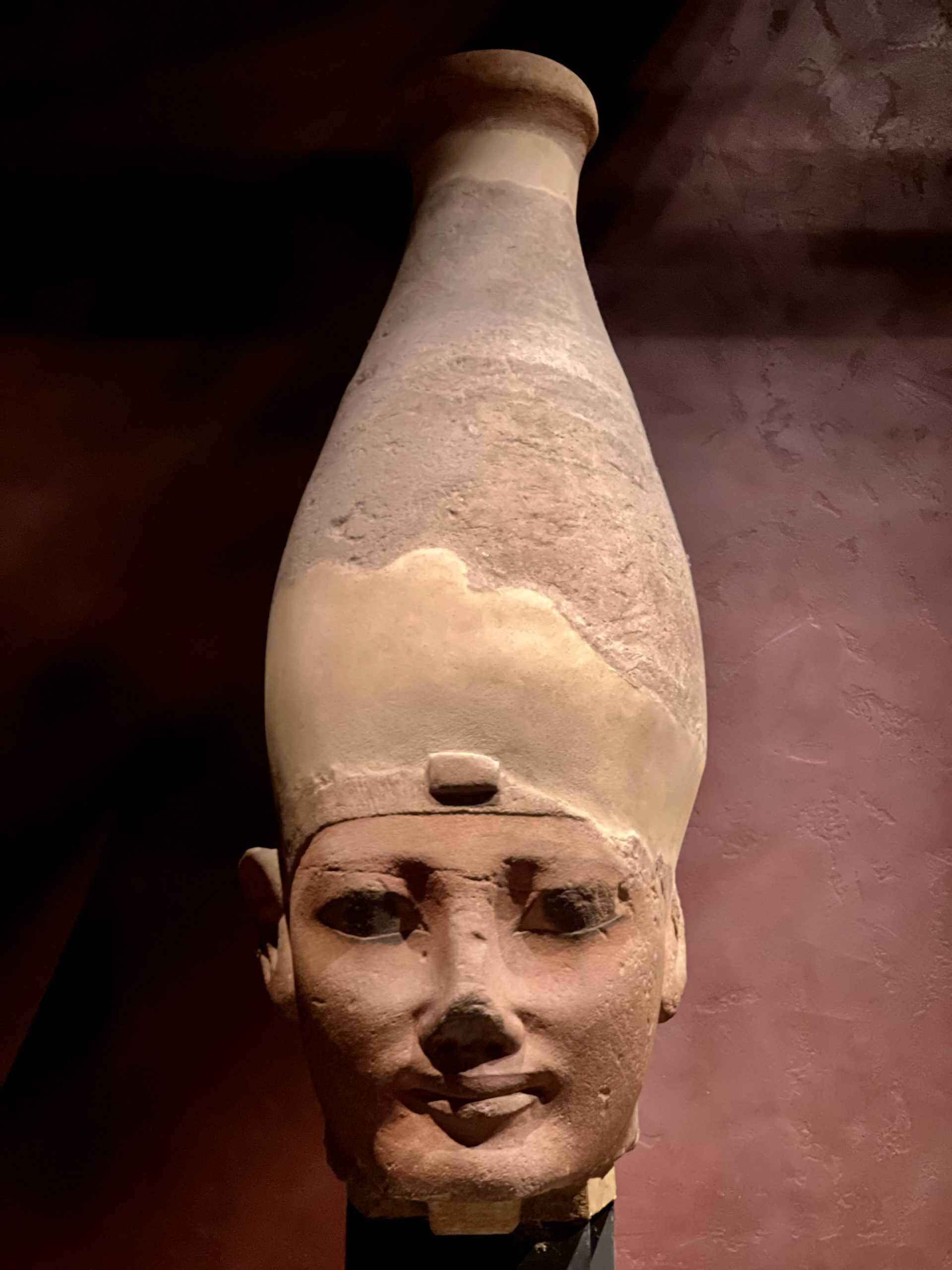
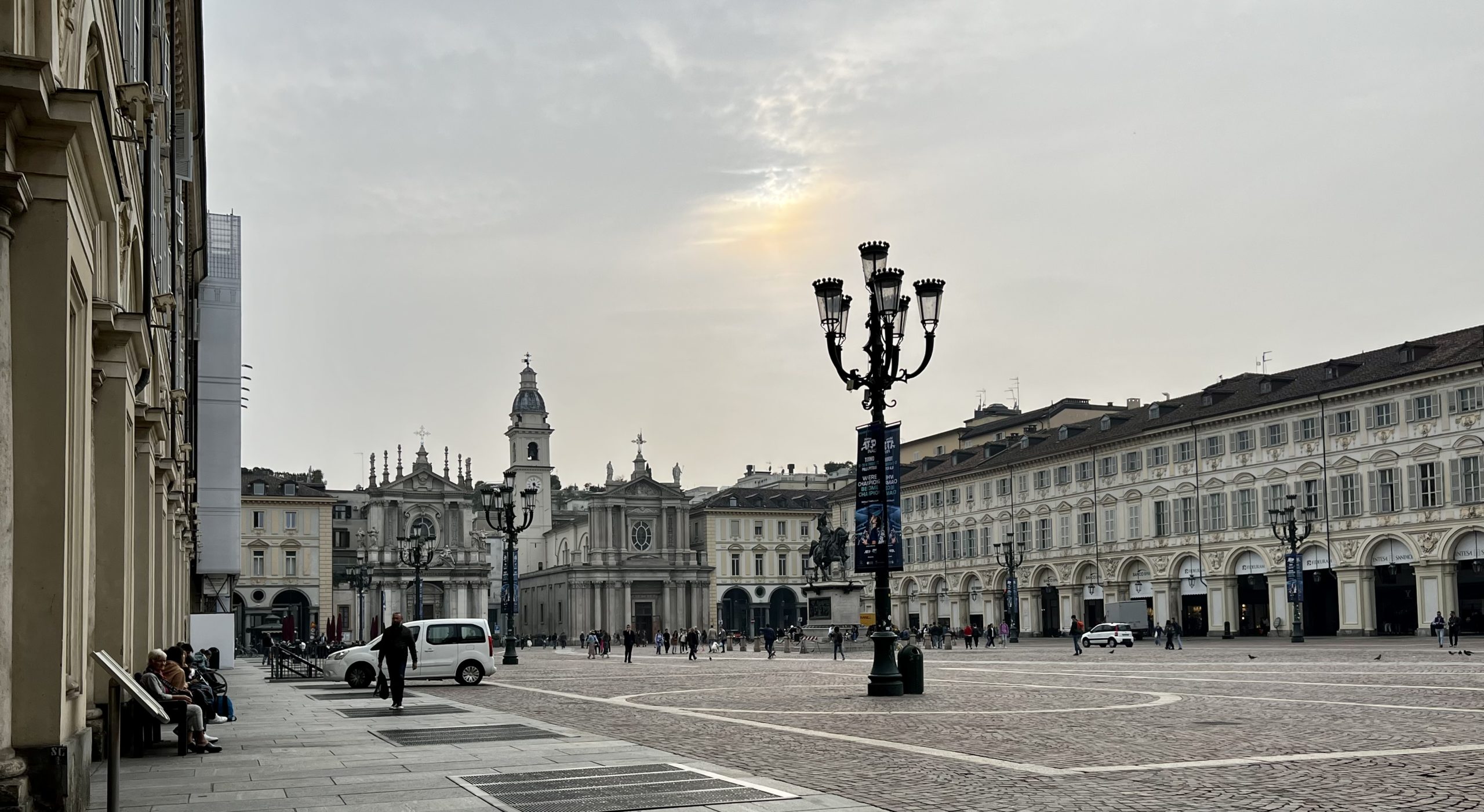
More Wandering
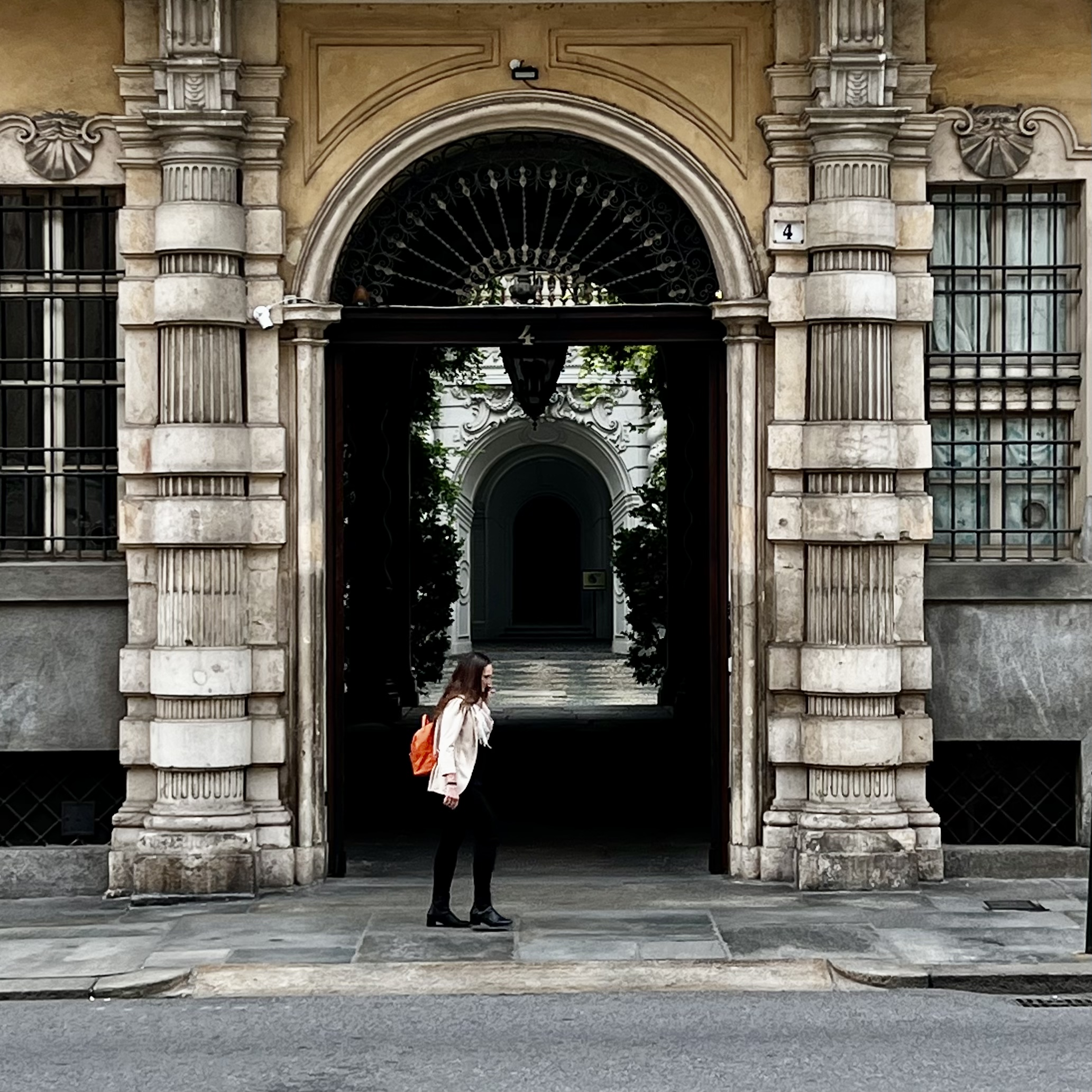
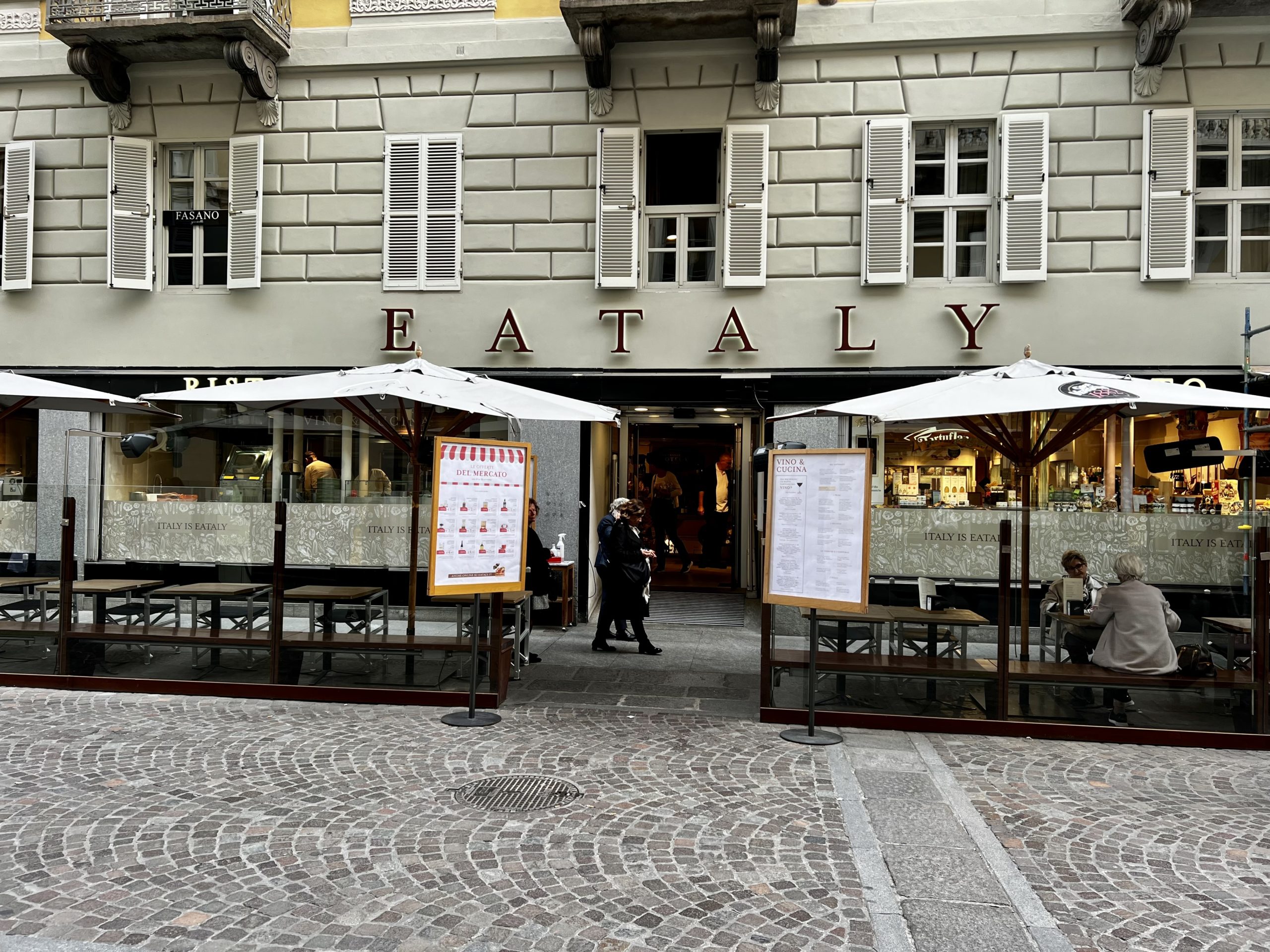
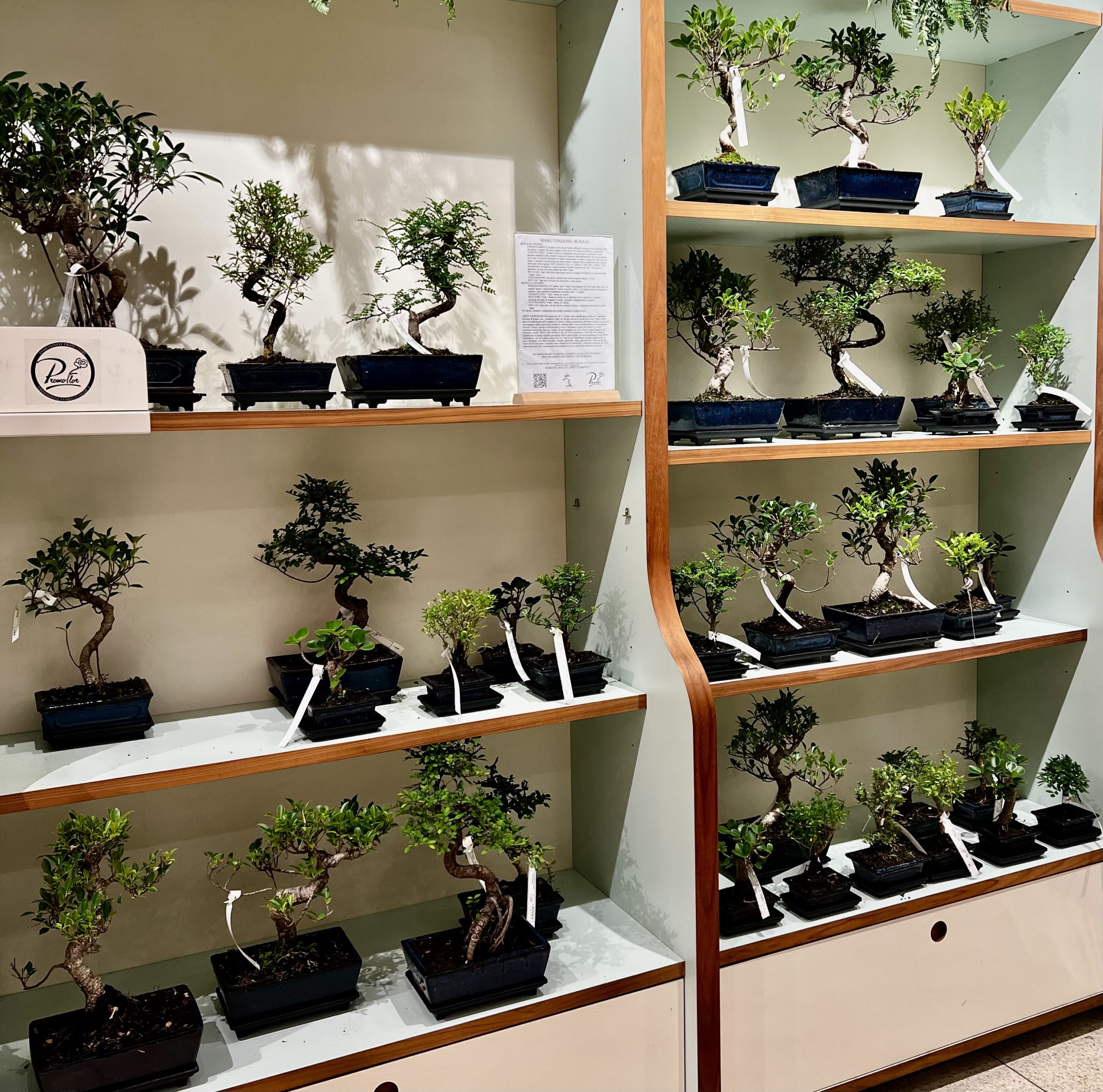
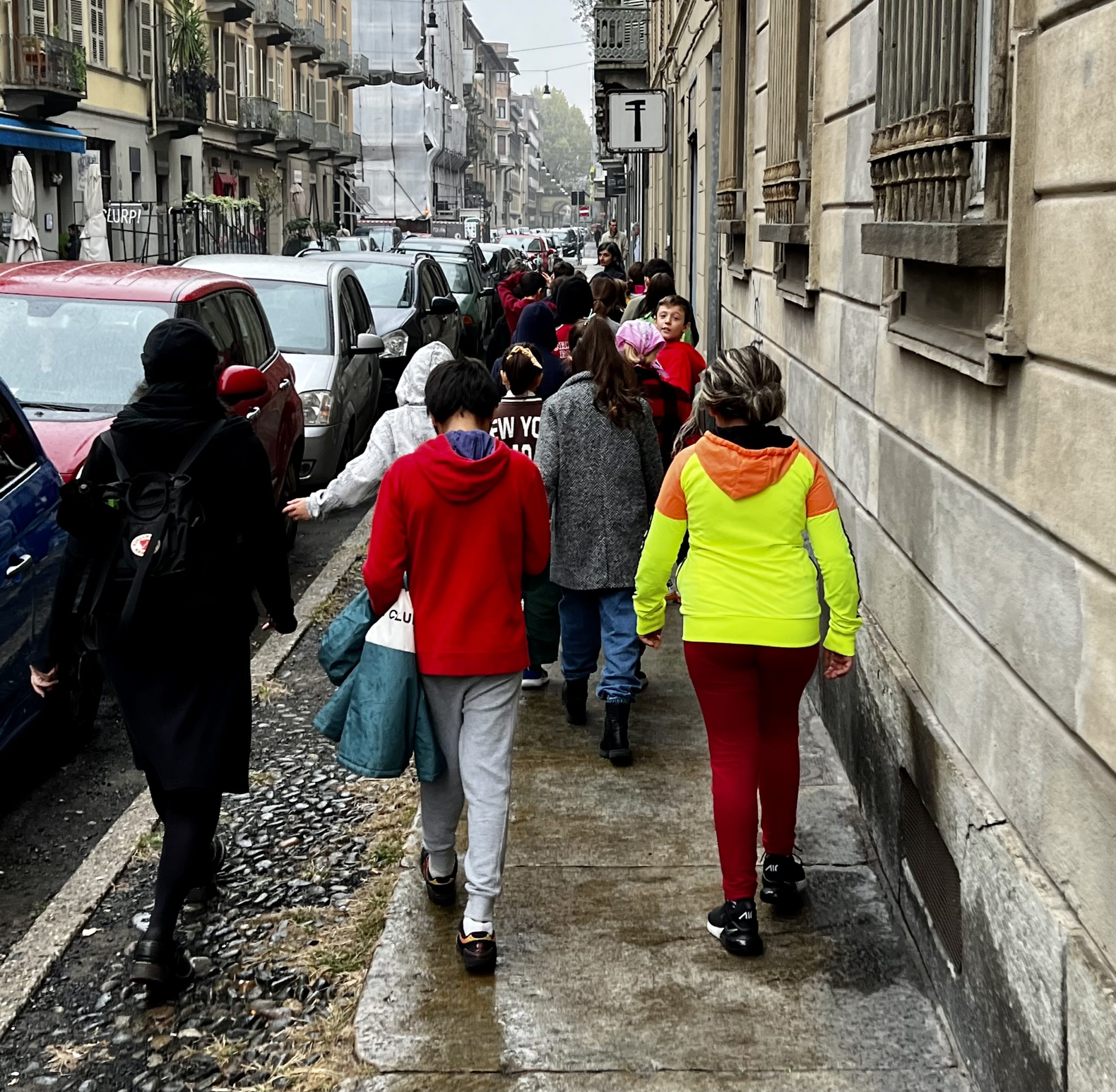
Venaria Reale
This is one of the residences of the Royal Houses of Savoy, designed in 1675 for duke Charles Emmanuel II for his hunting expeditions. It was a masterpiece of baroque architecture but fell into disuse with the decline of the monarchy and their lack of funds. It was in terrible shape lacking windows, most of its roof, and void of any furniture and art. It is UNESCO World Heritage Site and in 1999 underwent extensive restoration of its 100,000 square meters of buildings and 800,000 square meters of gardens. As a result, the building contains a few physical items and an extensive narrative display. The exhibition inside is beautifully done and includes clever video by the British film maker Peter Greenaway. The grounds also include a hunting lodge along with its horse stables. We drove to see this outside of the city of Torino.
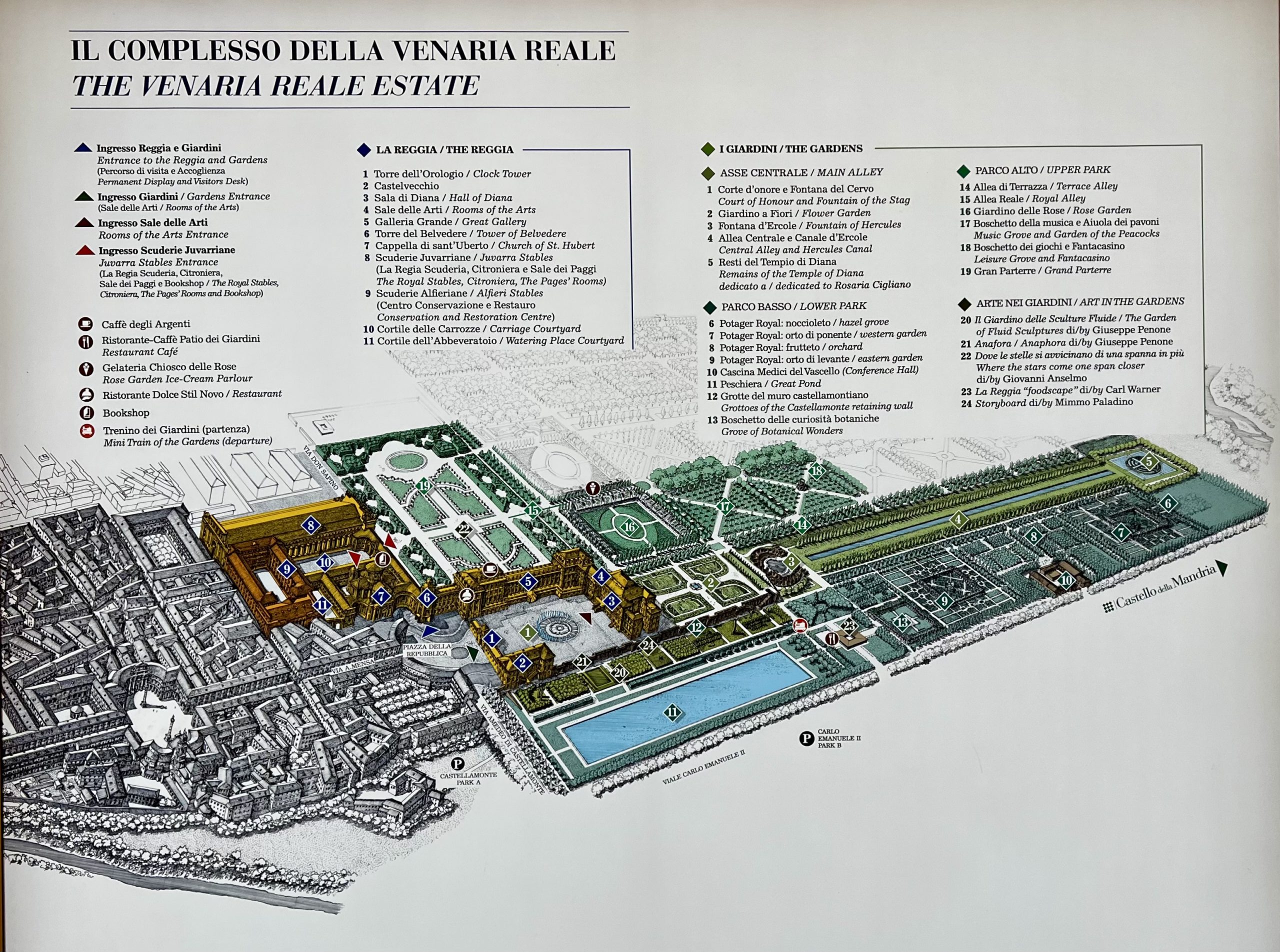
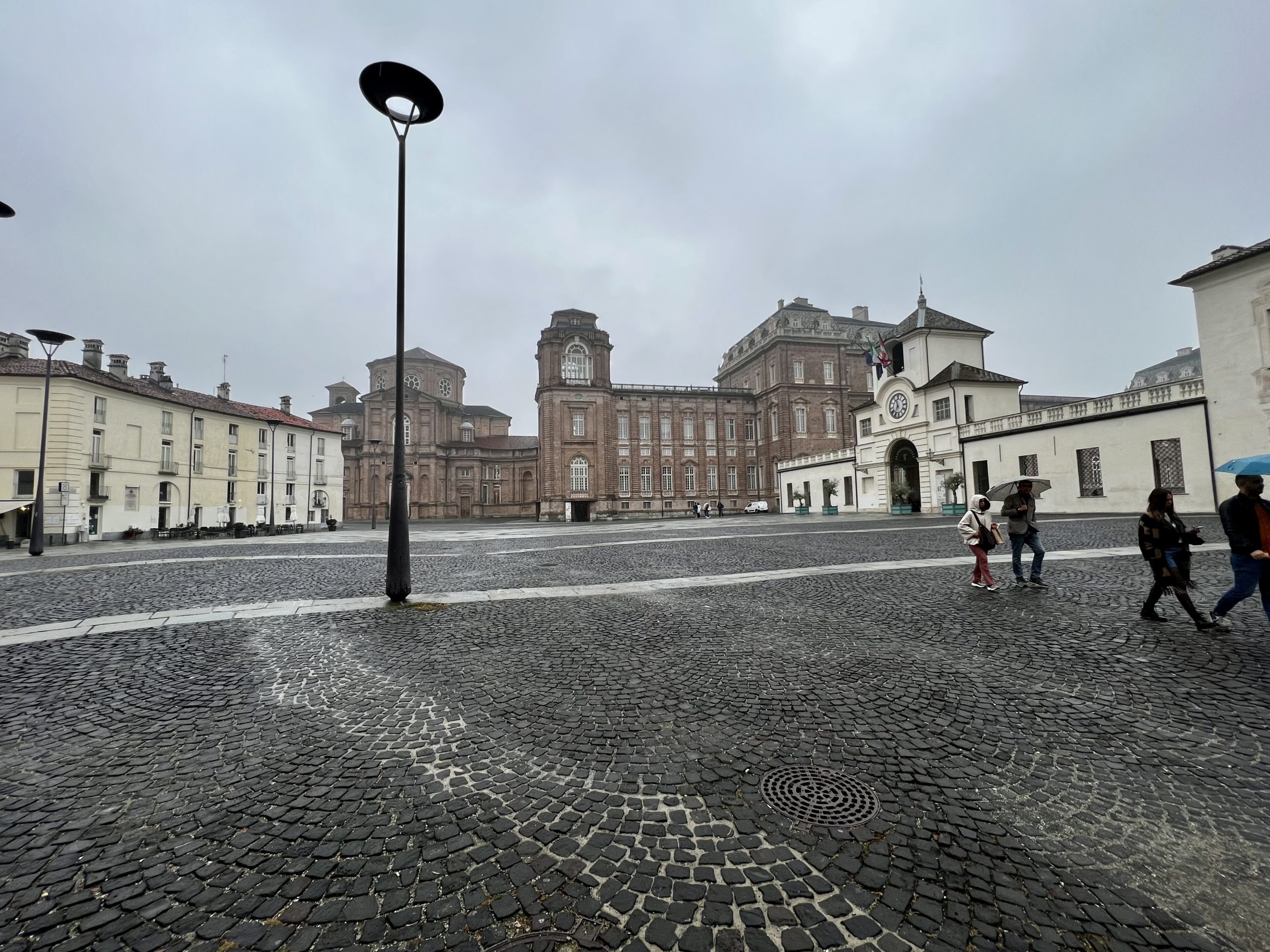
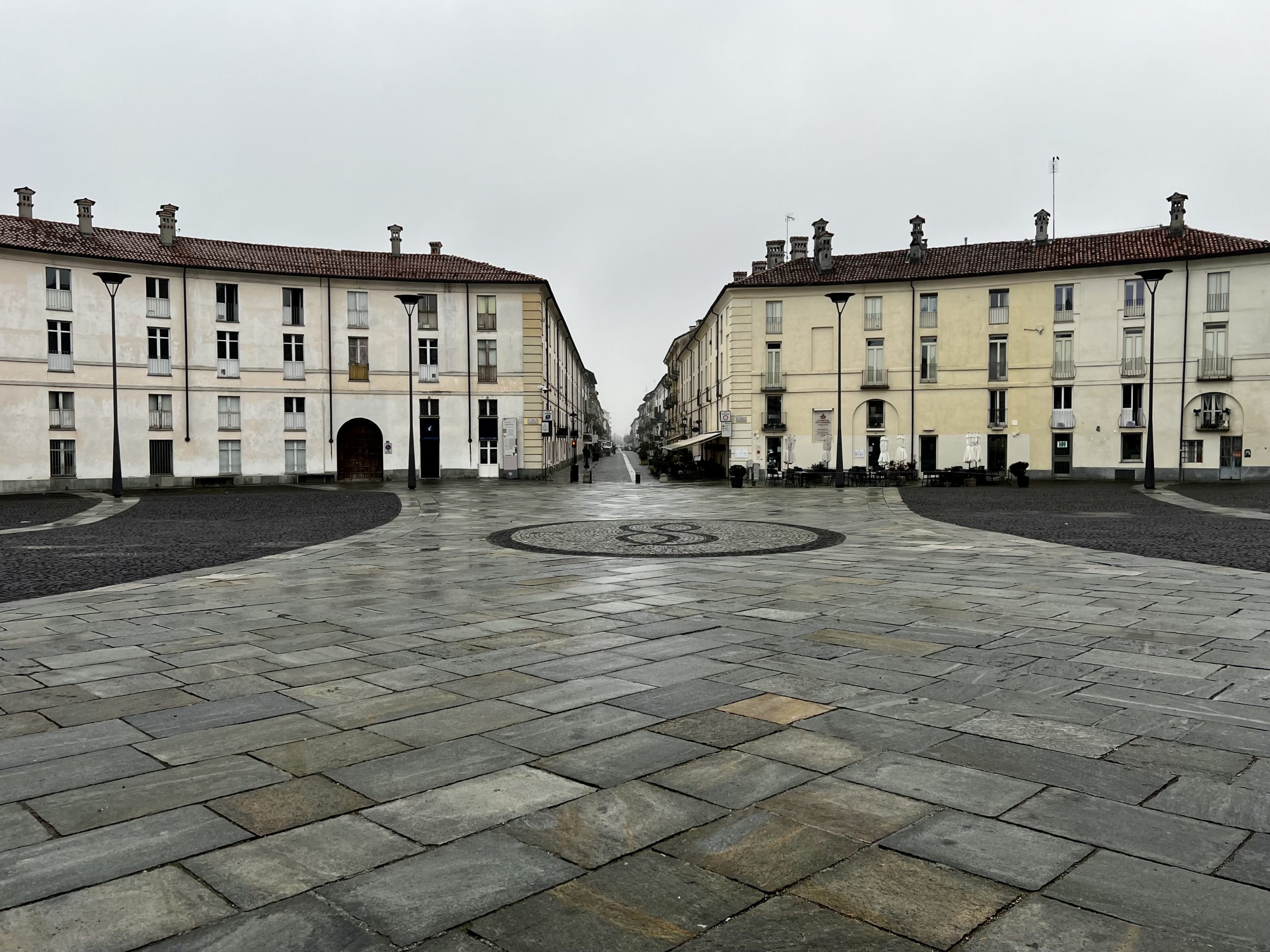
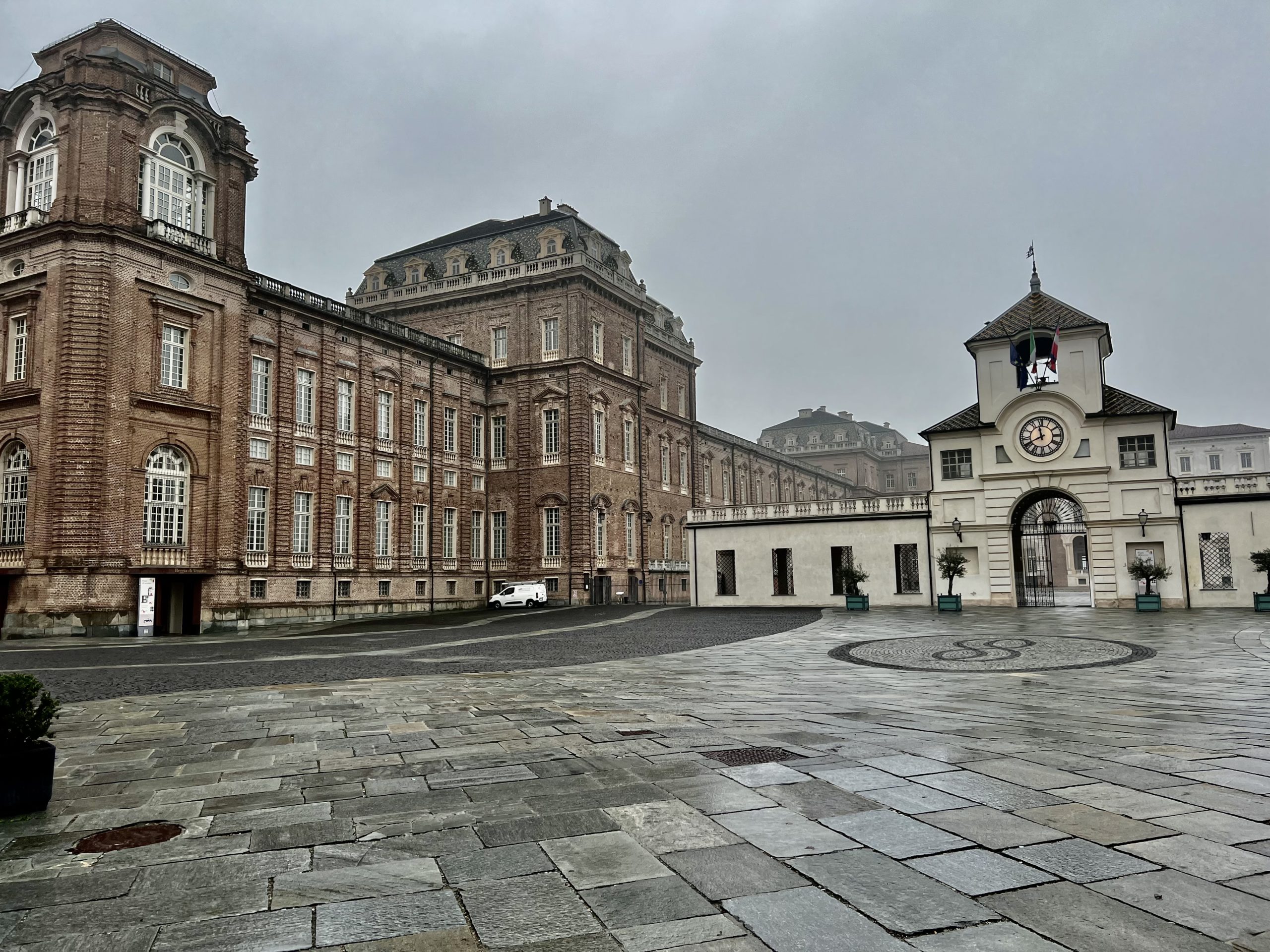
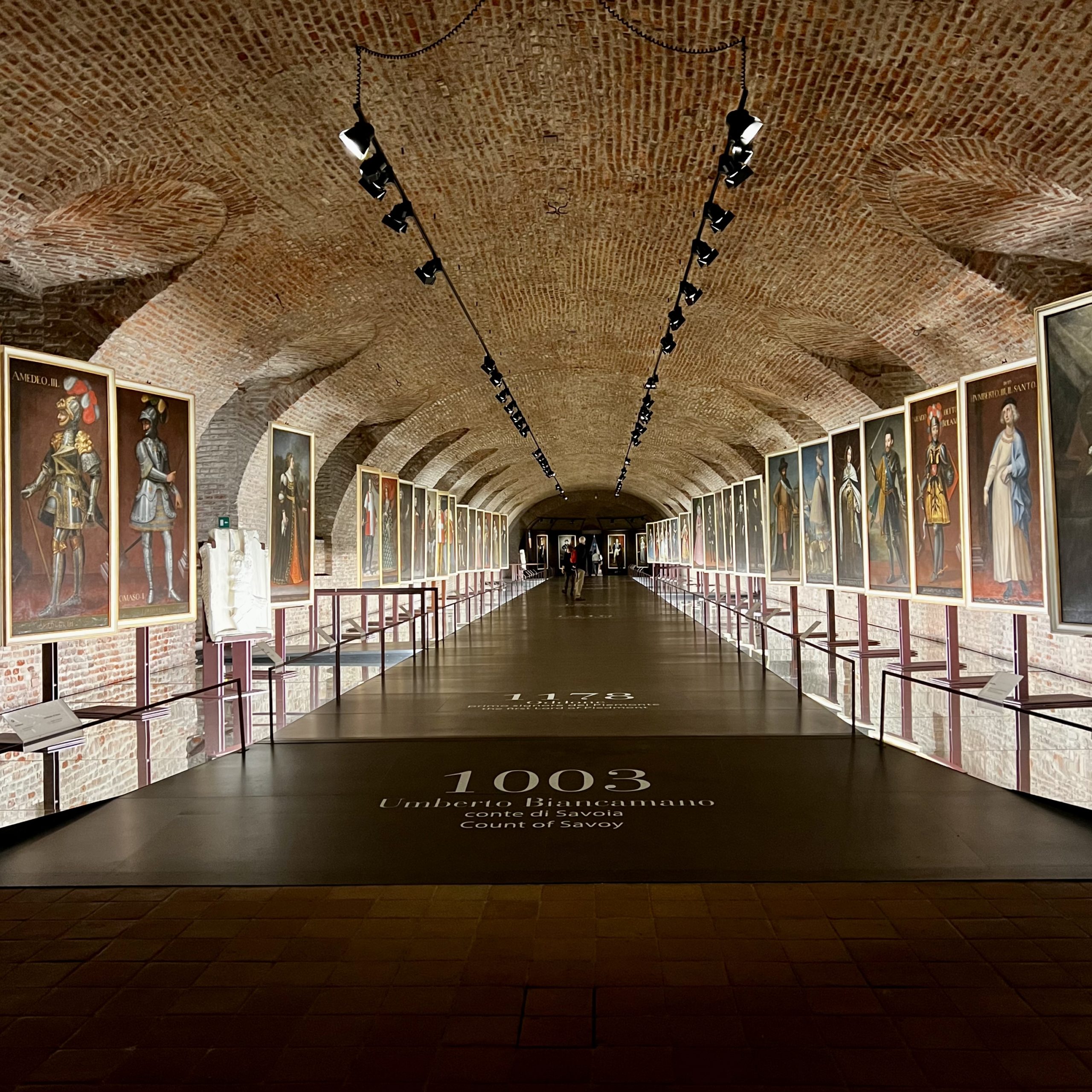
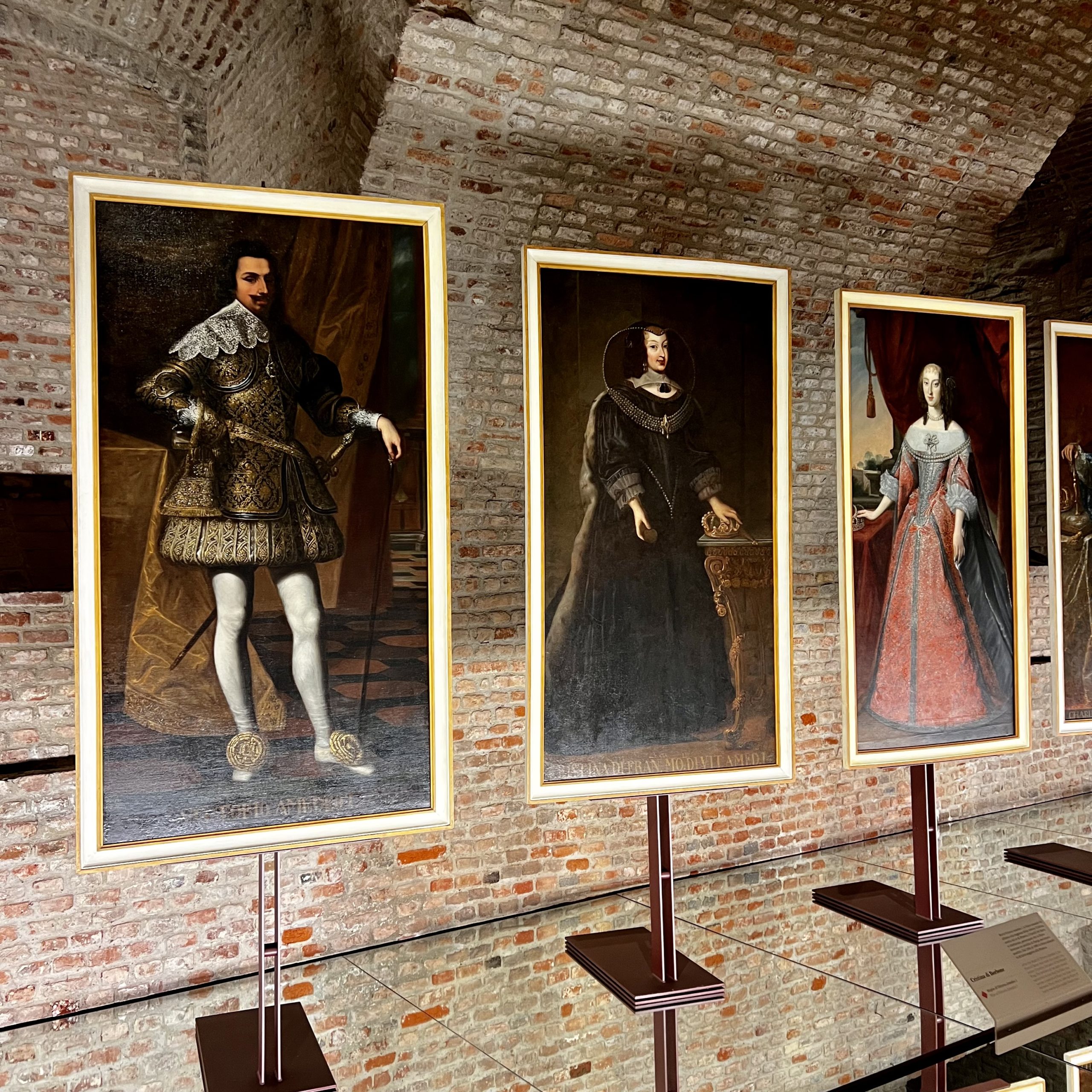
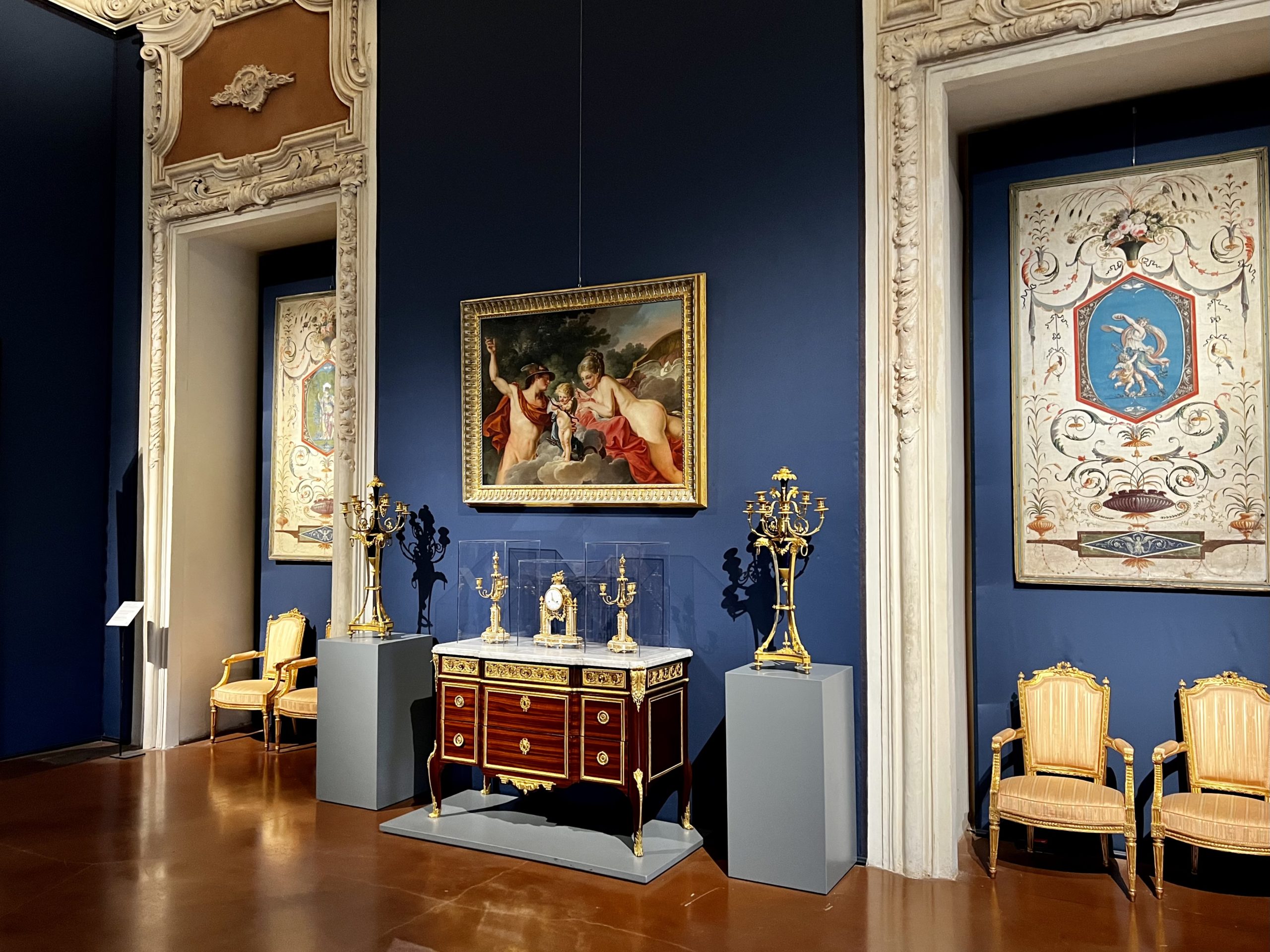
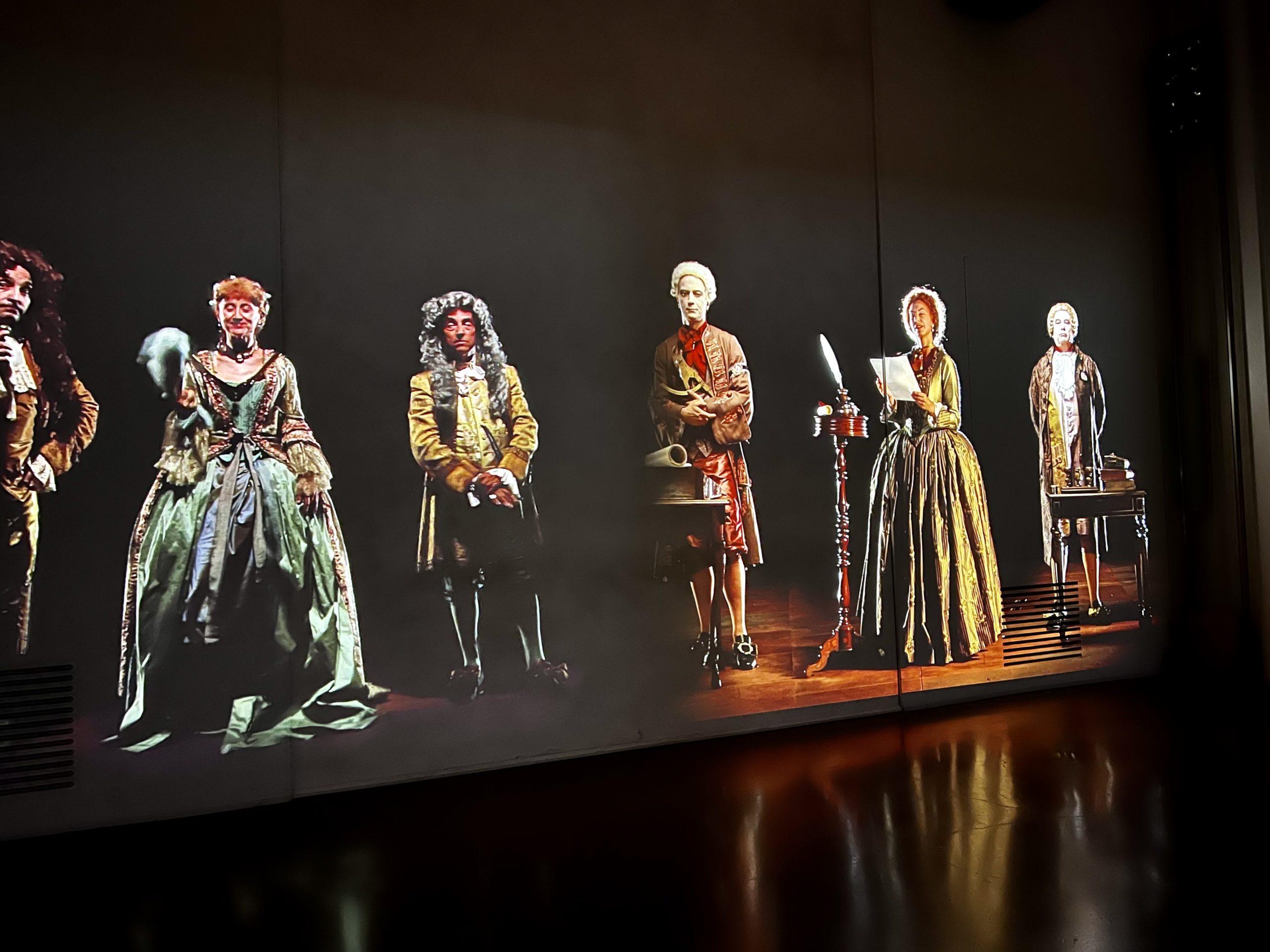
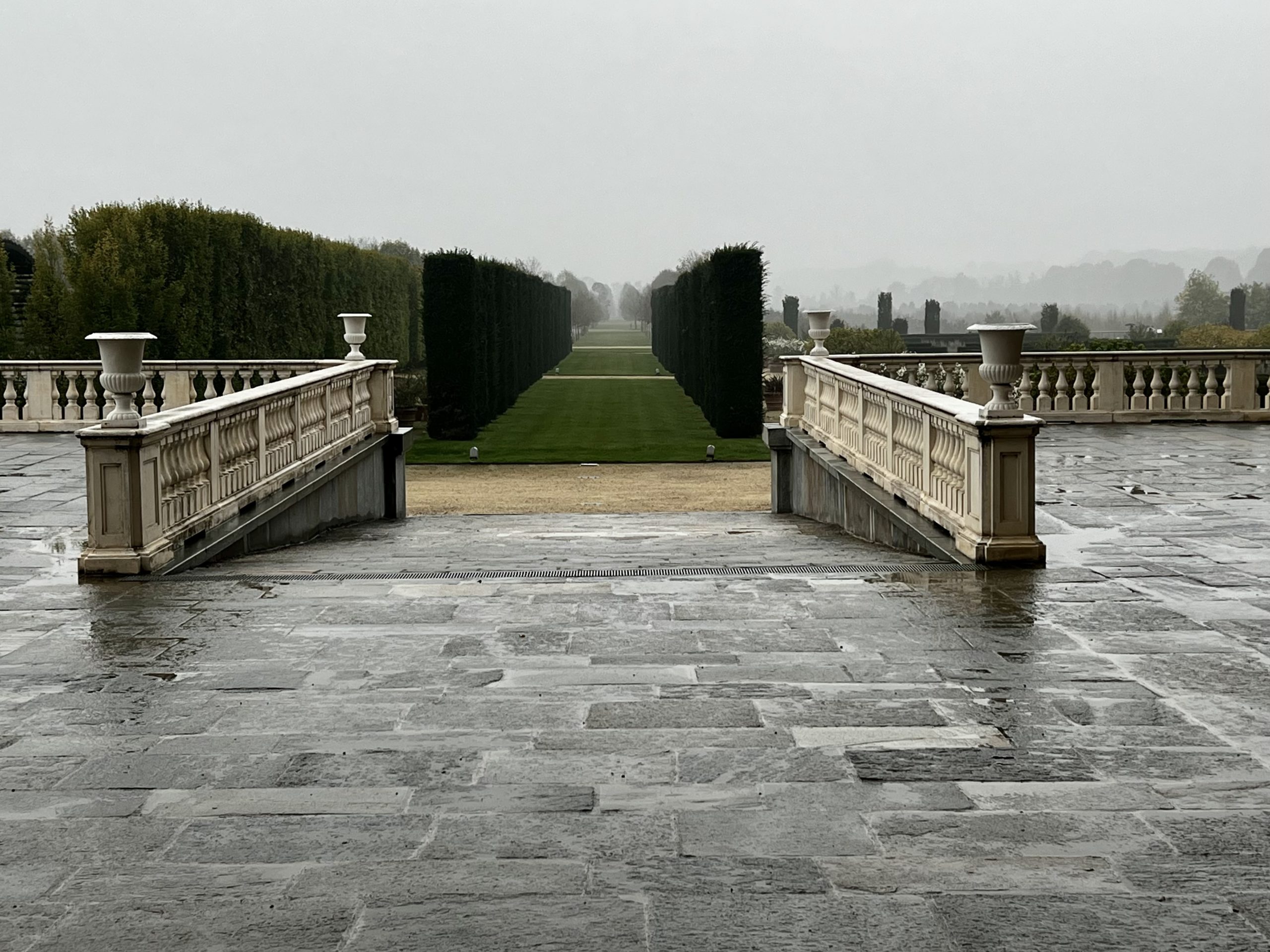
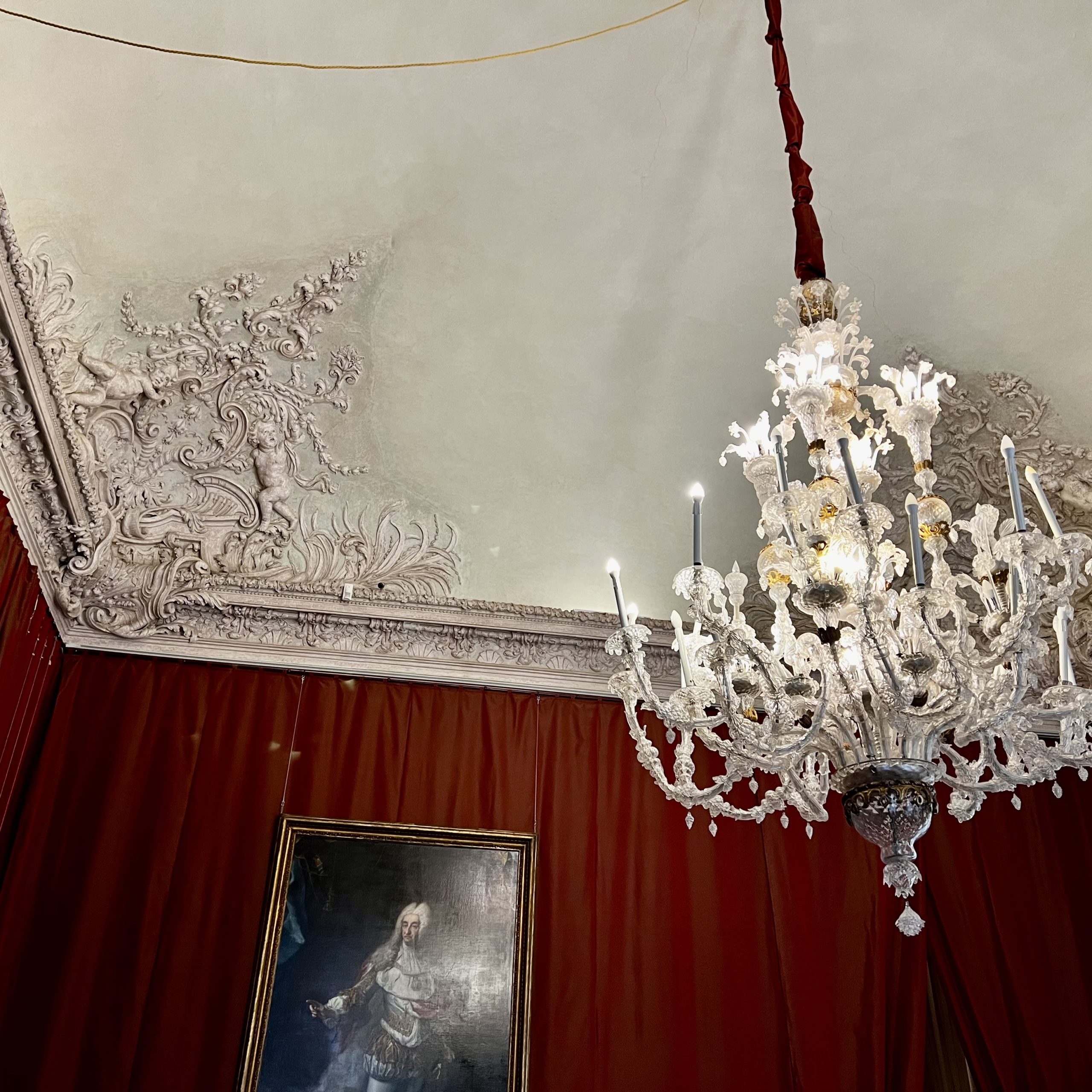
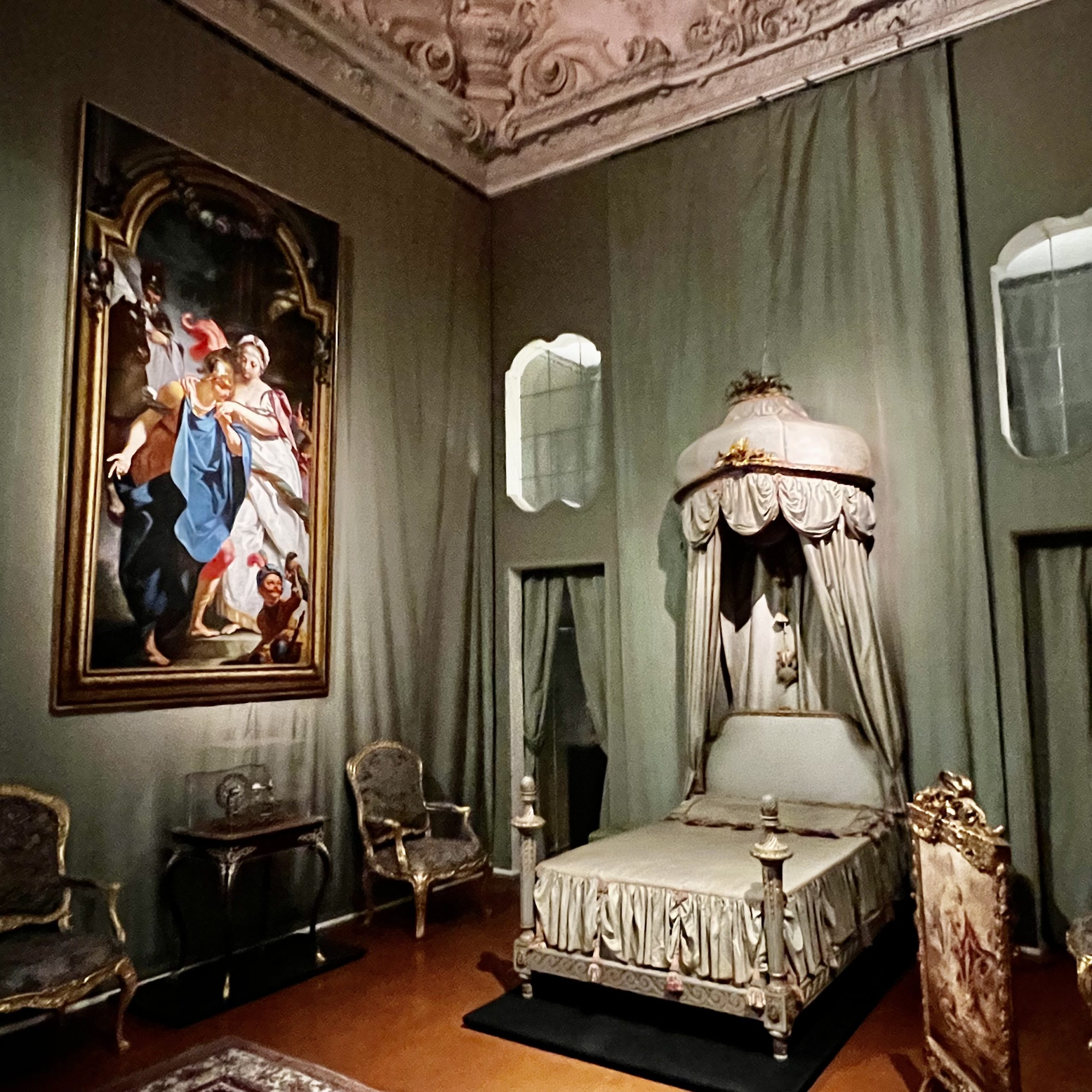
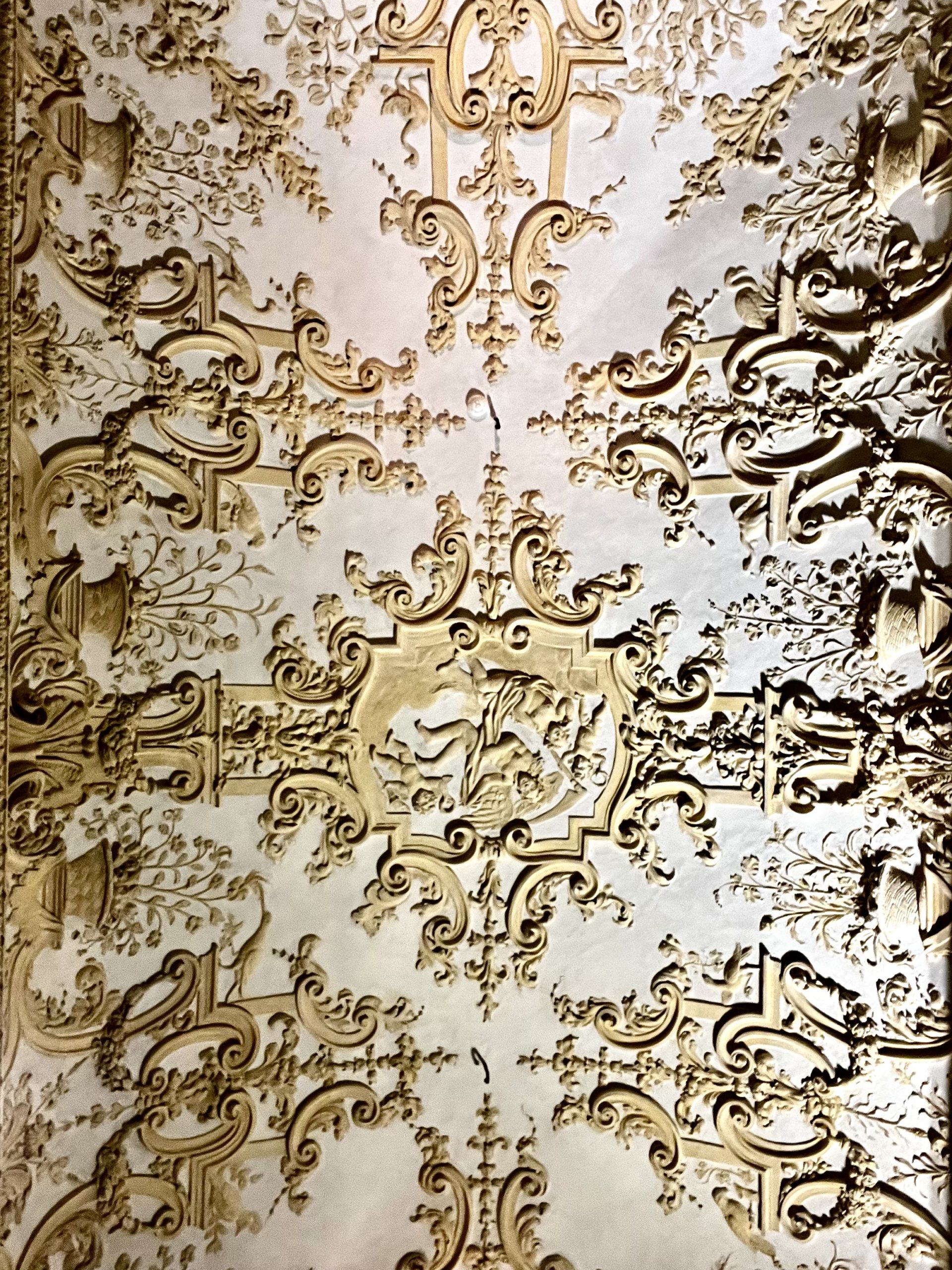
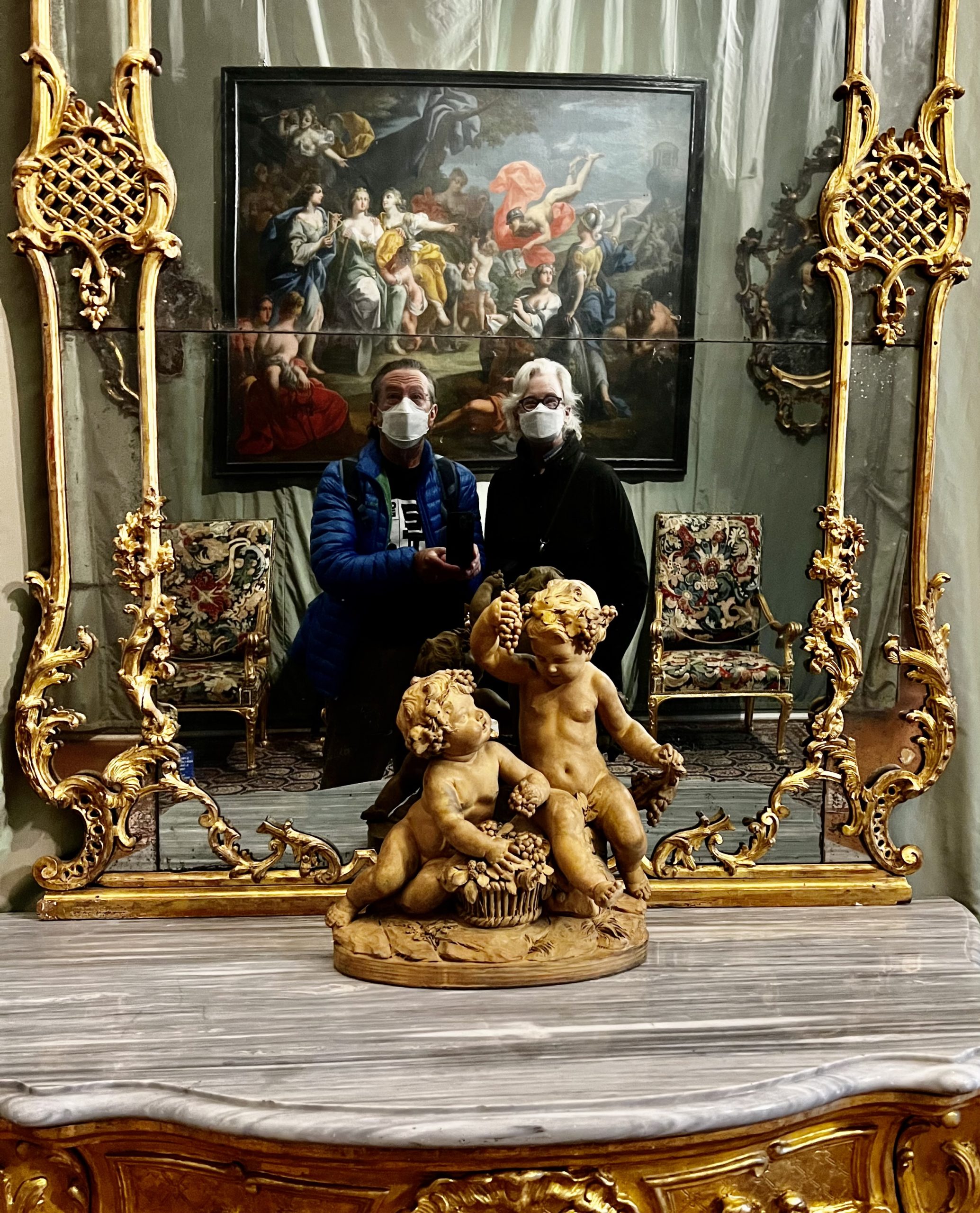
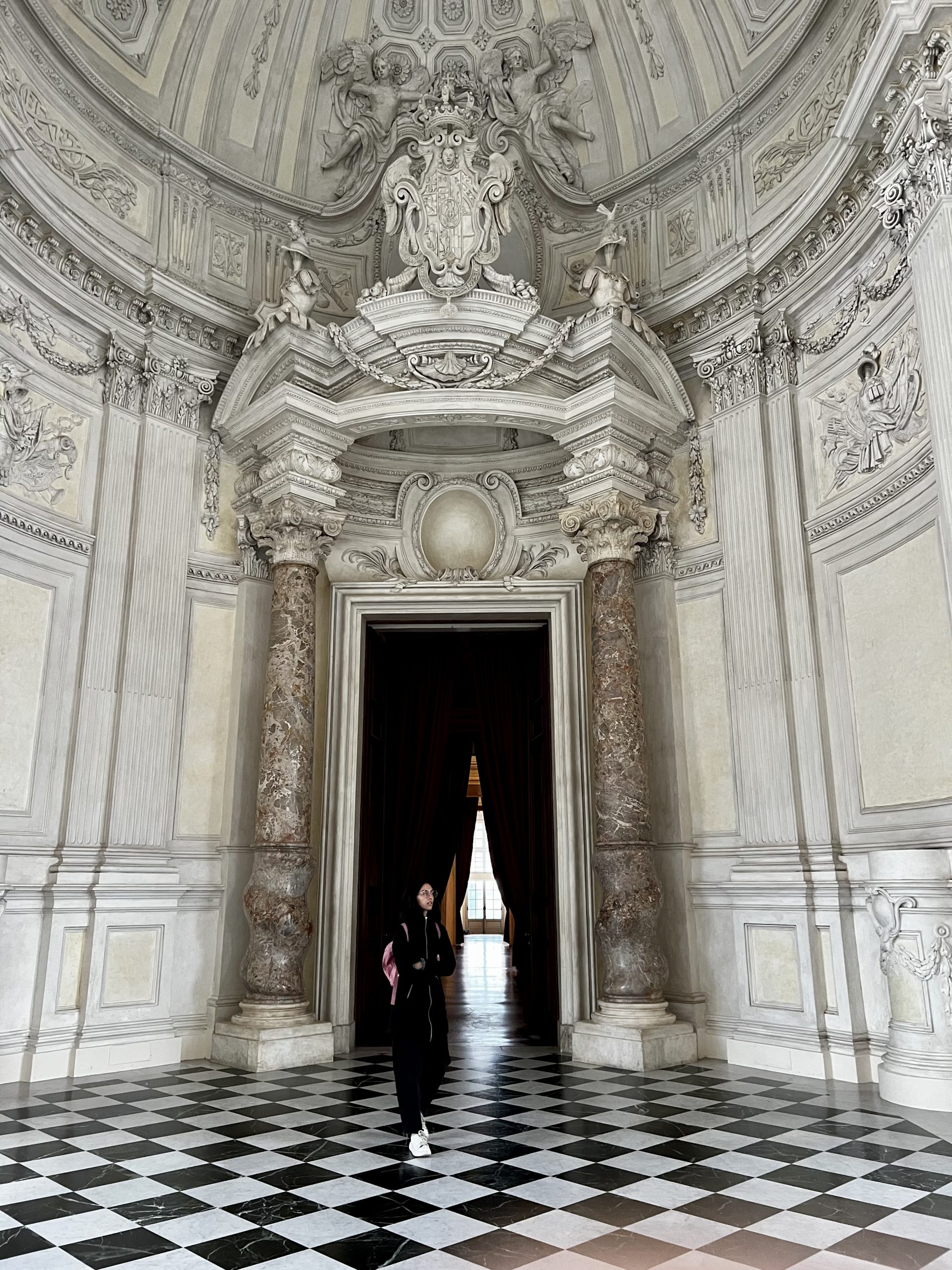
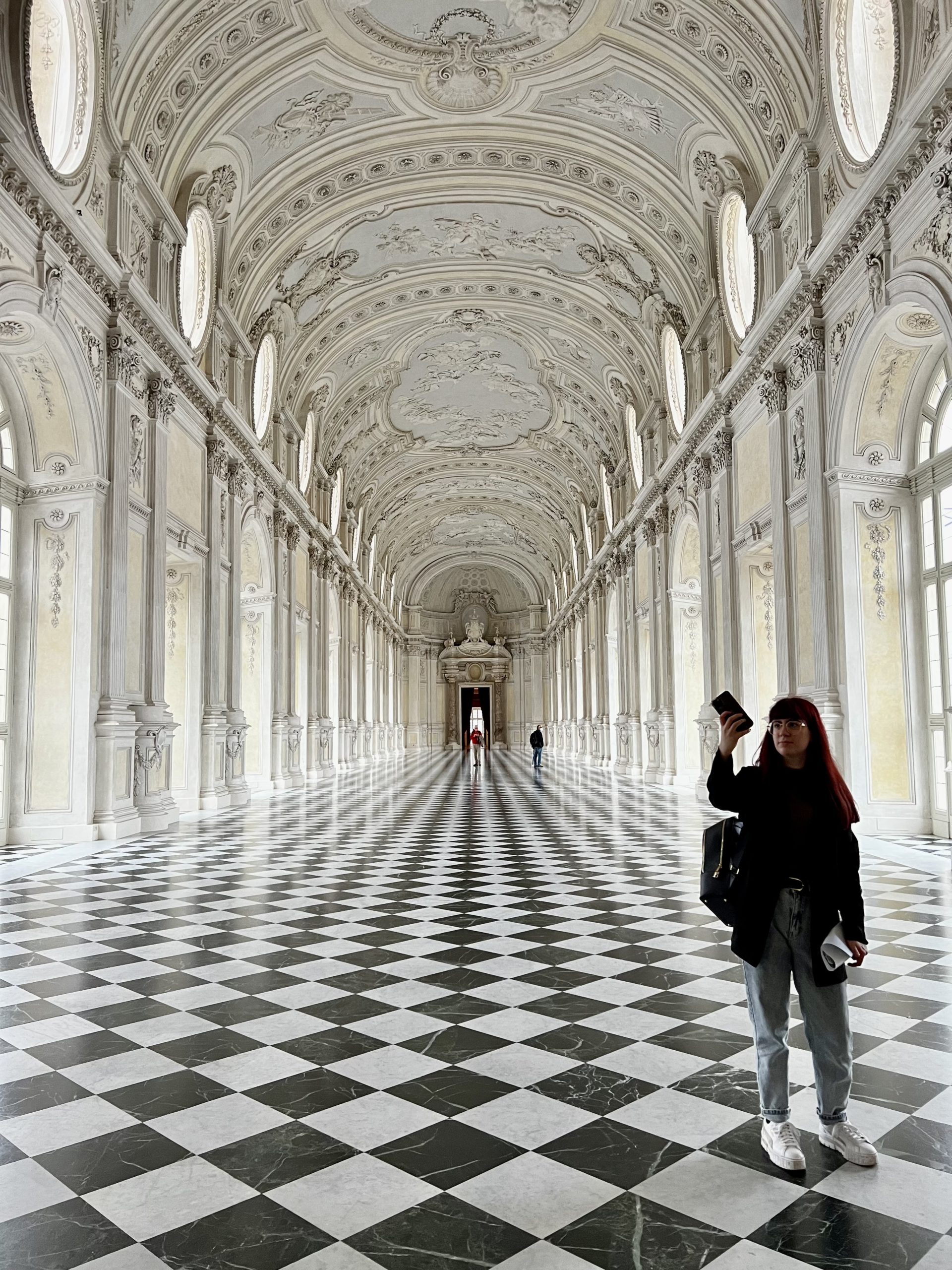
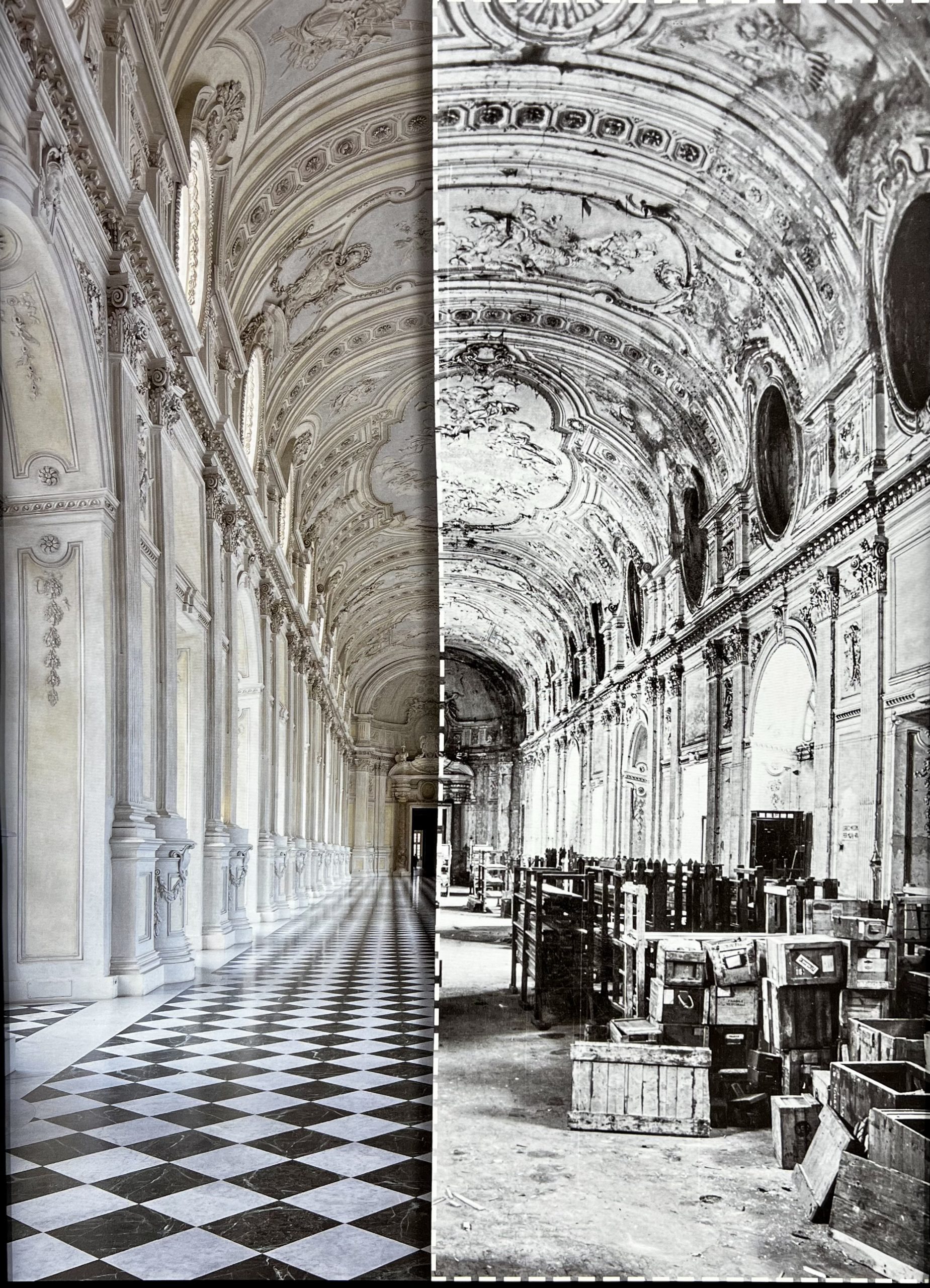
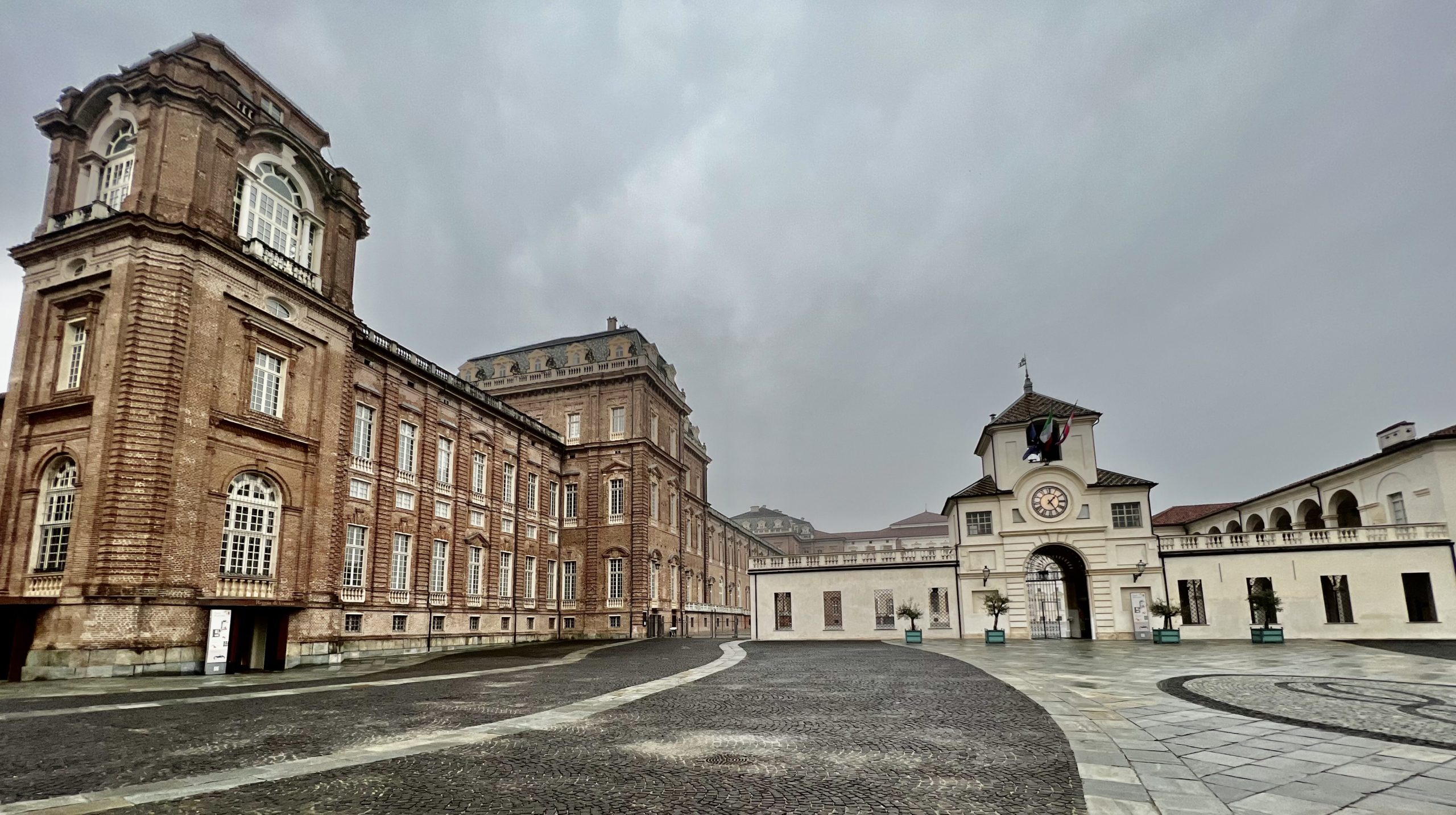
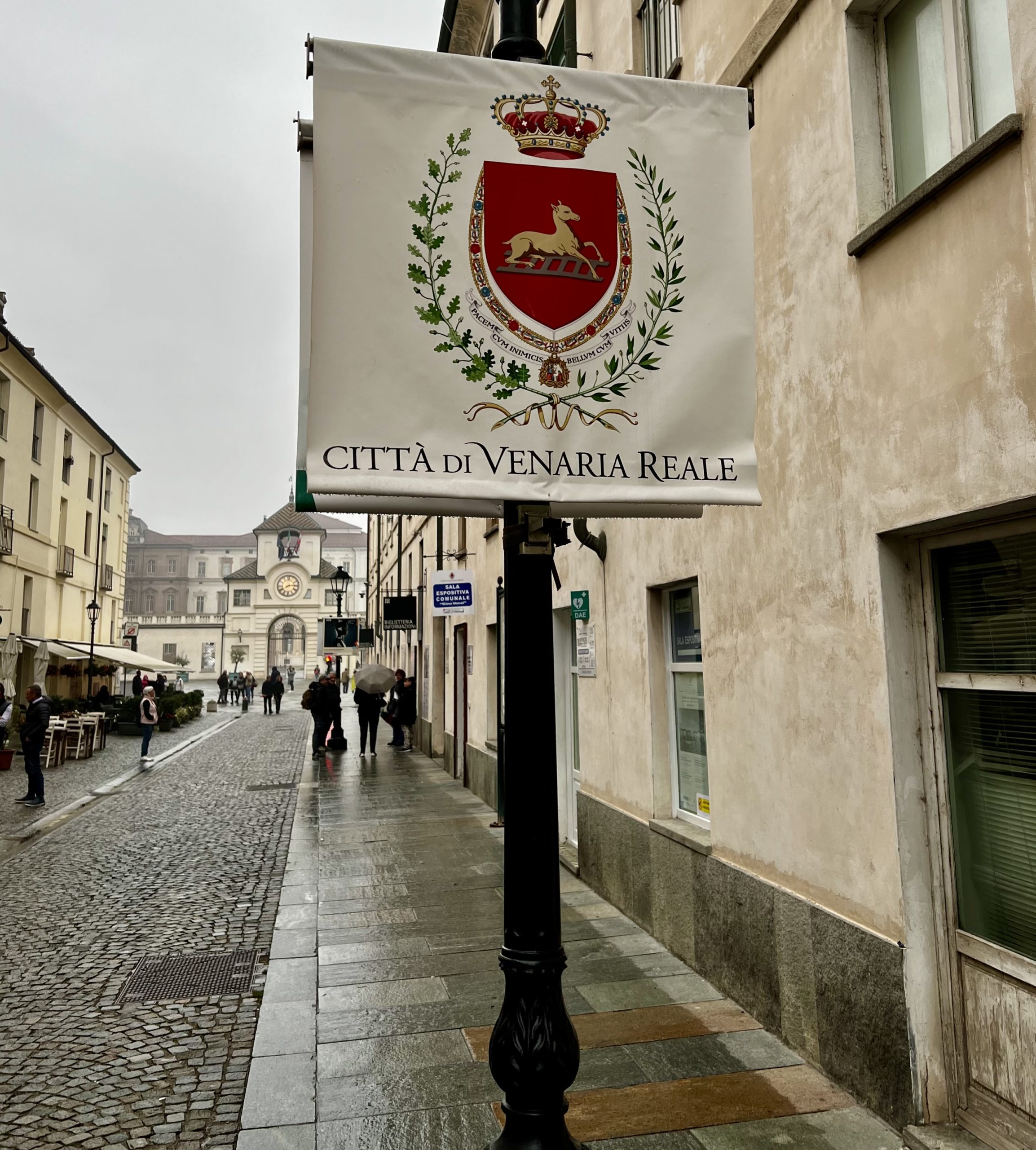
Royal Hunting Lodge
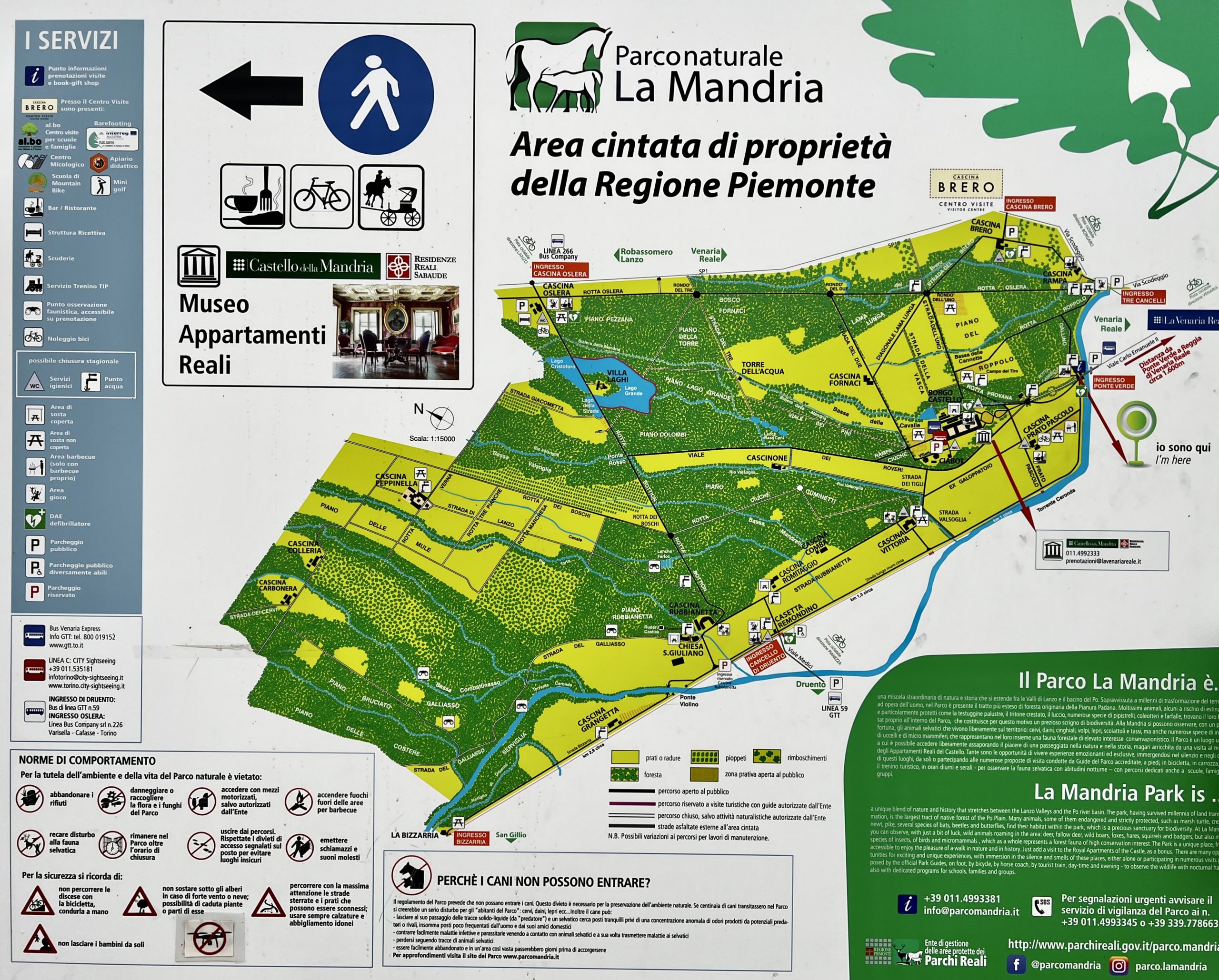
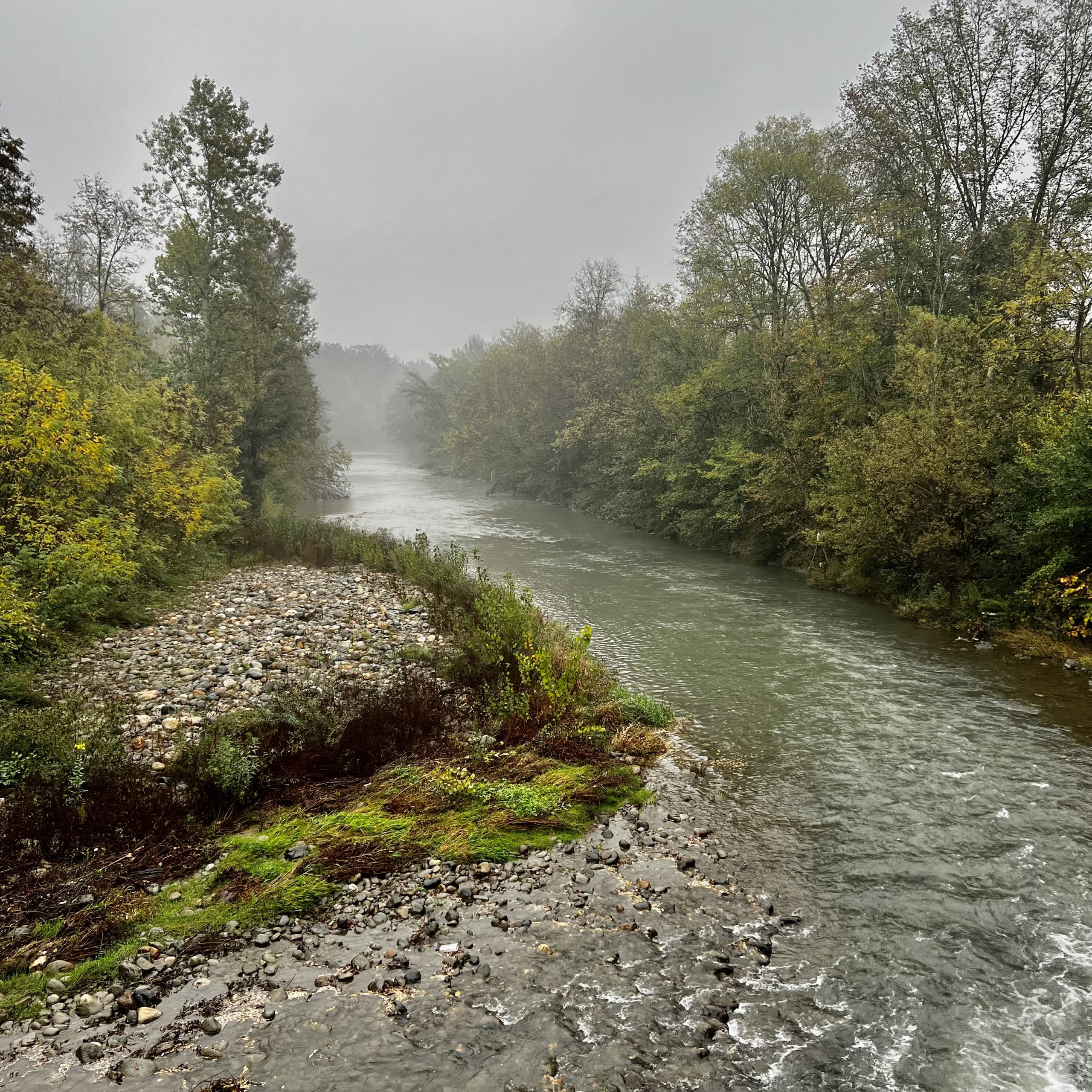
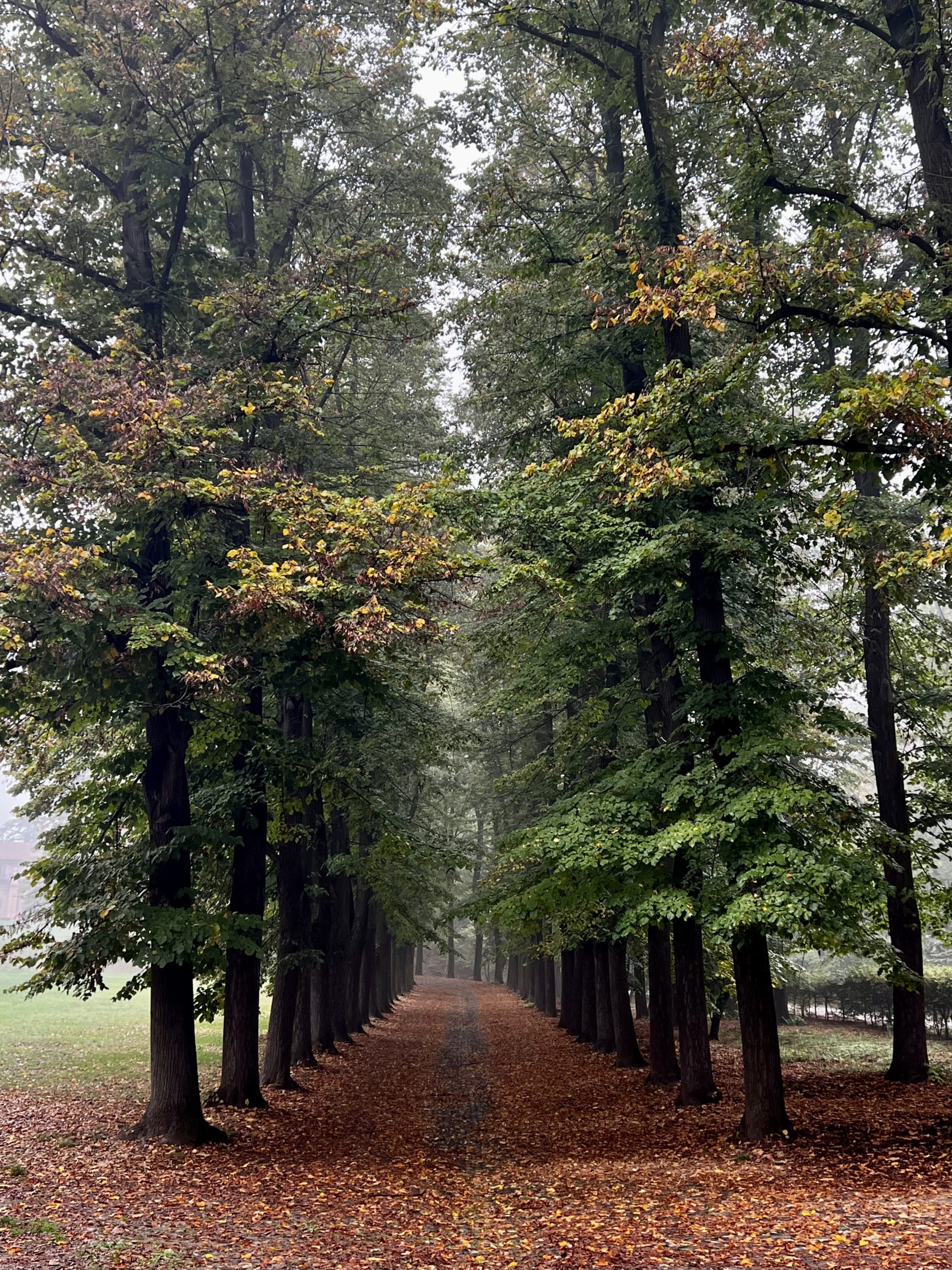
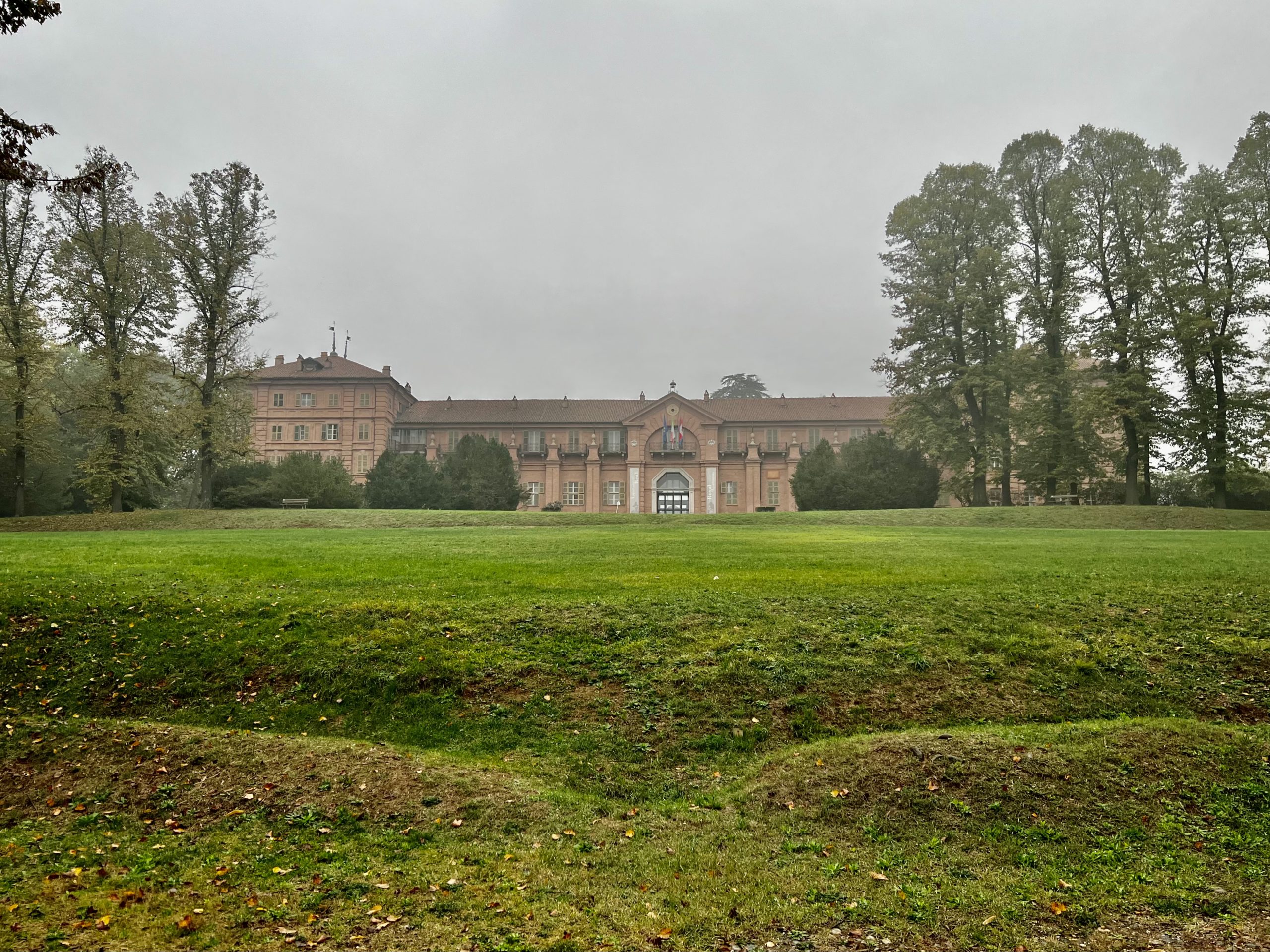
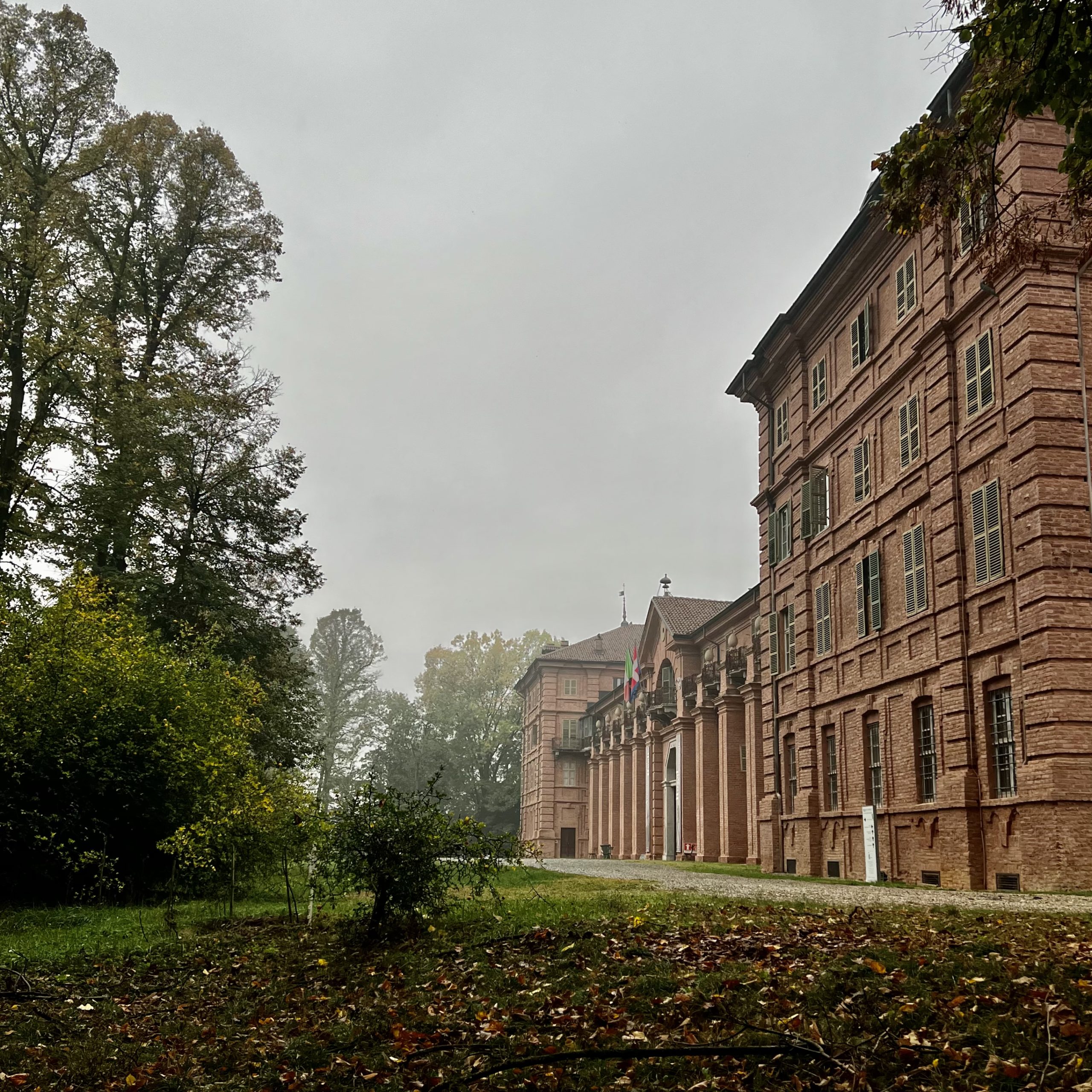

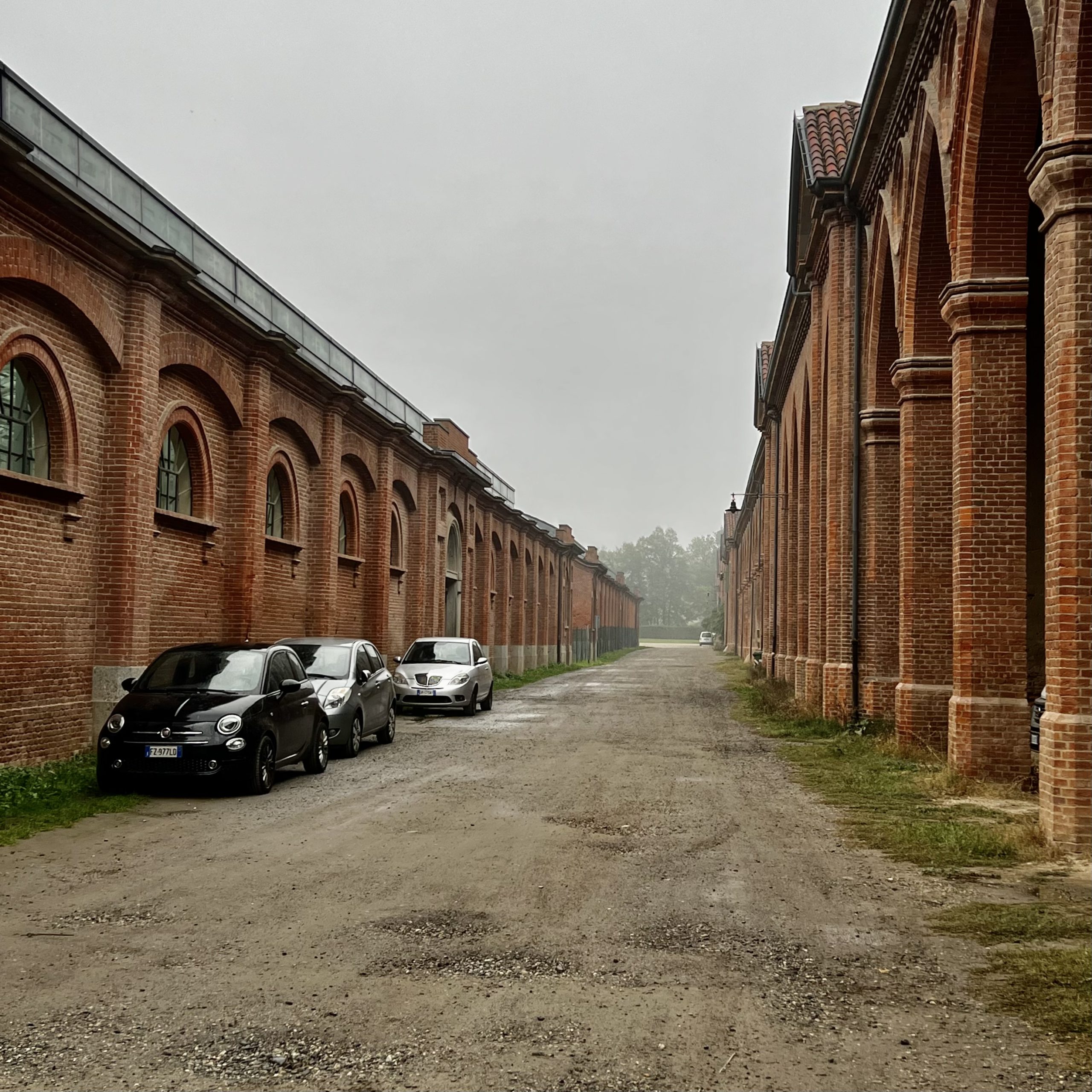
Back in Torino
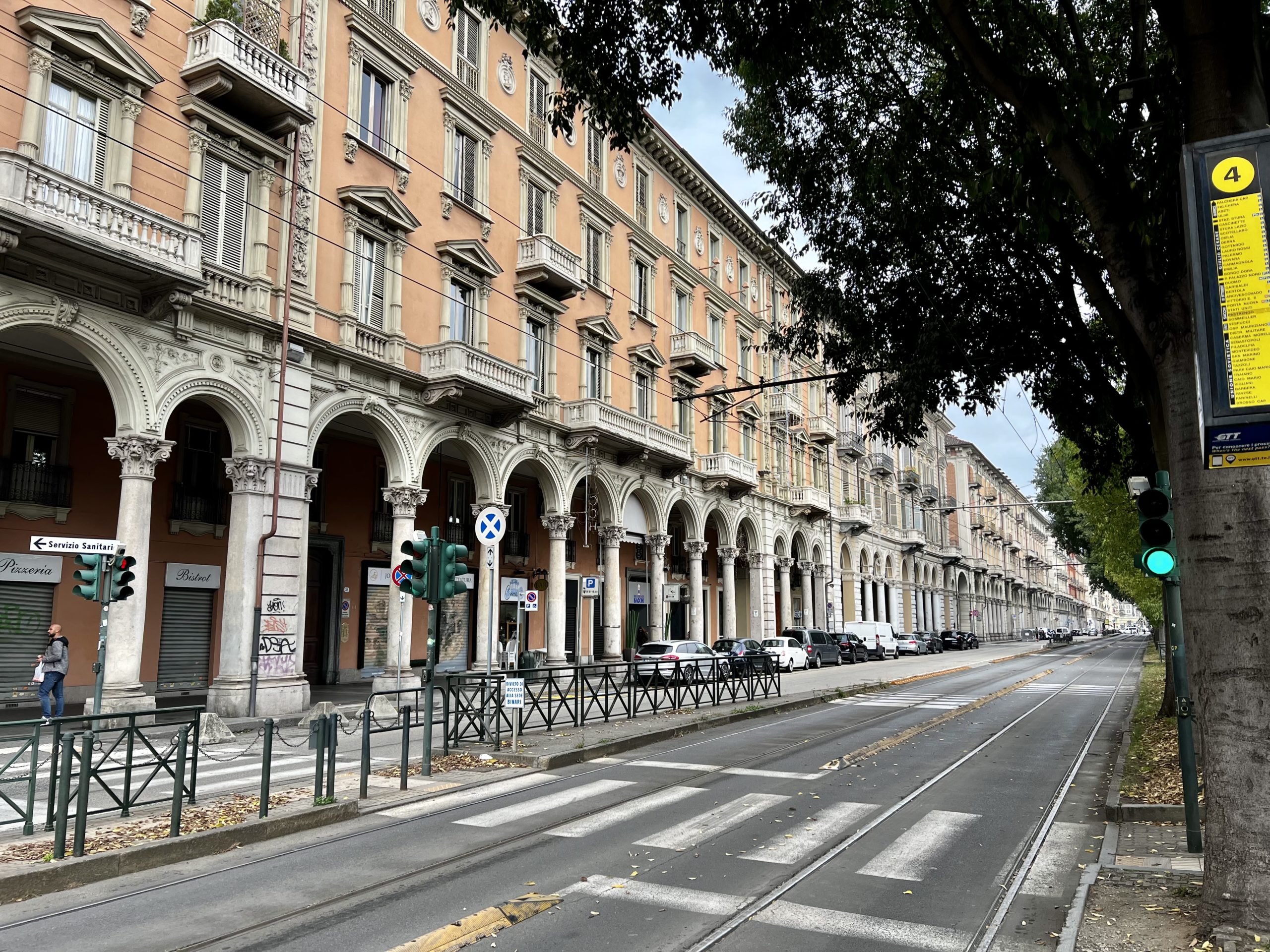
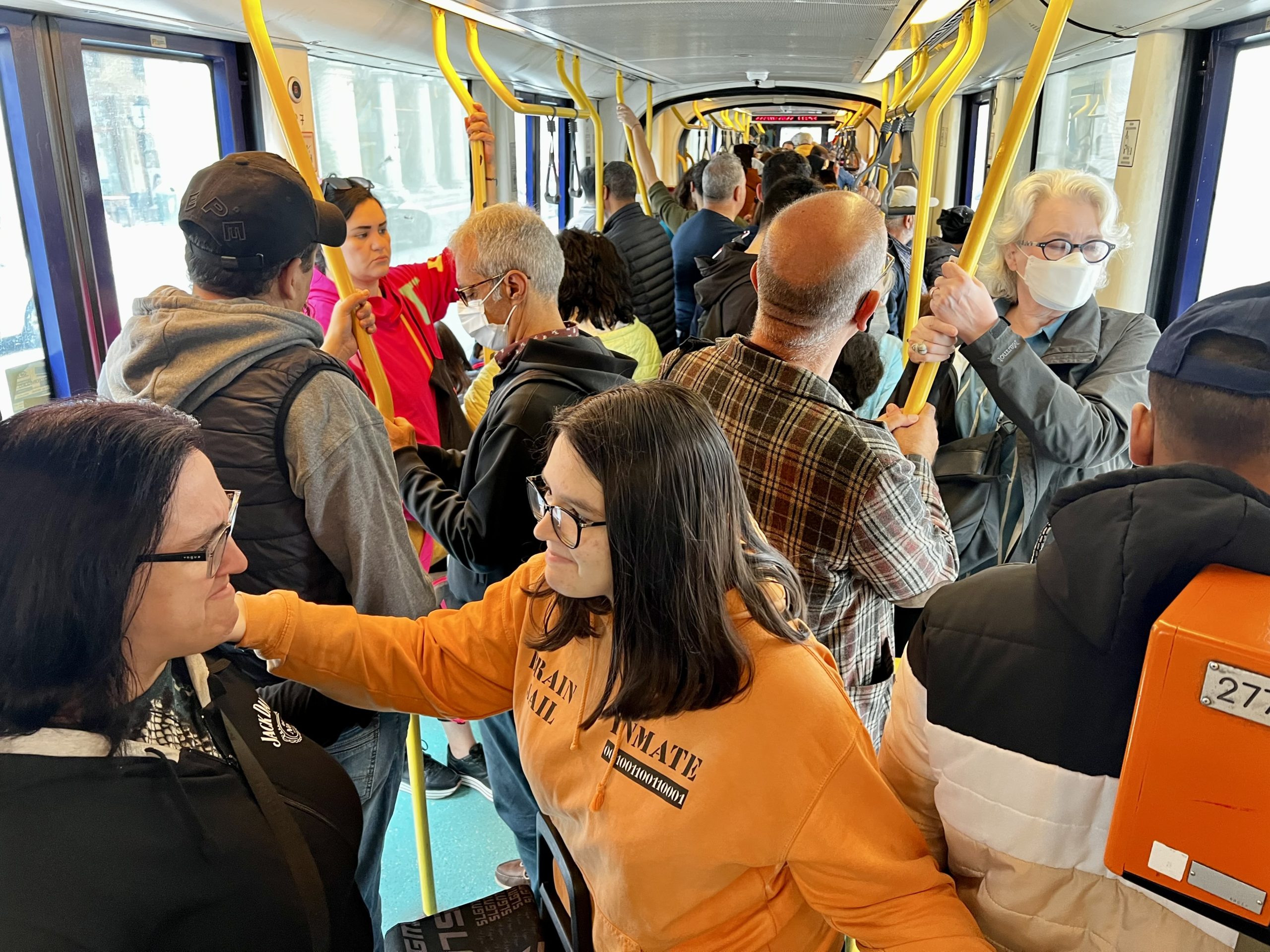
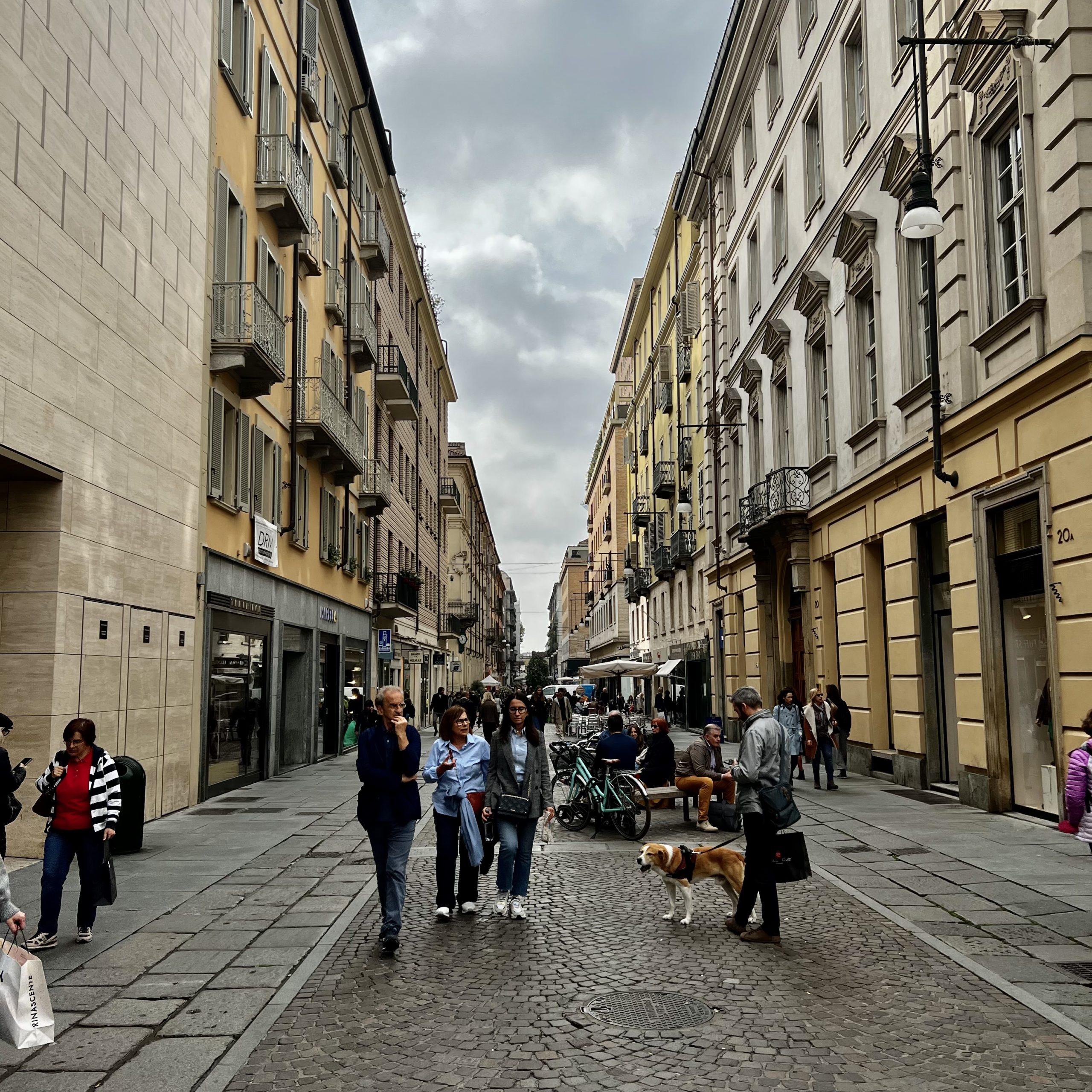
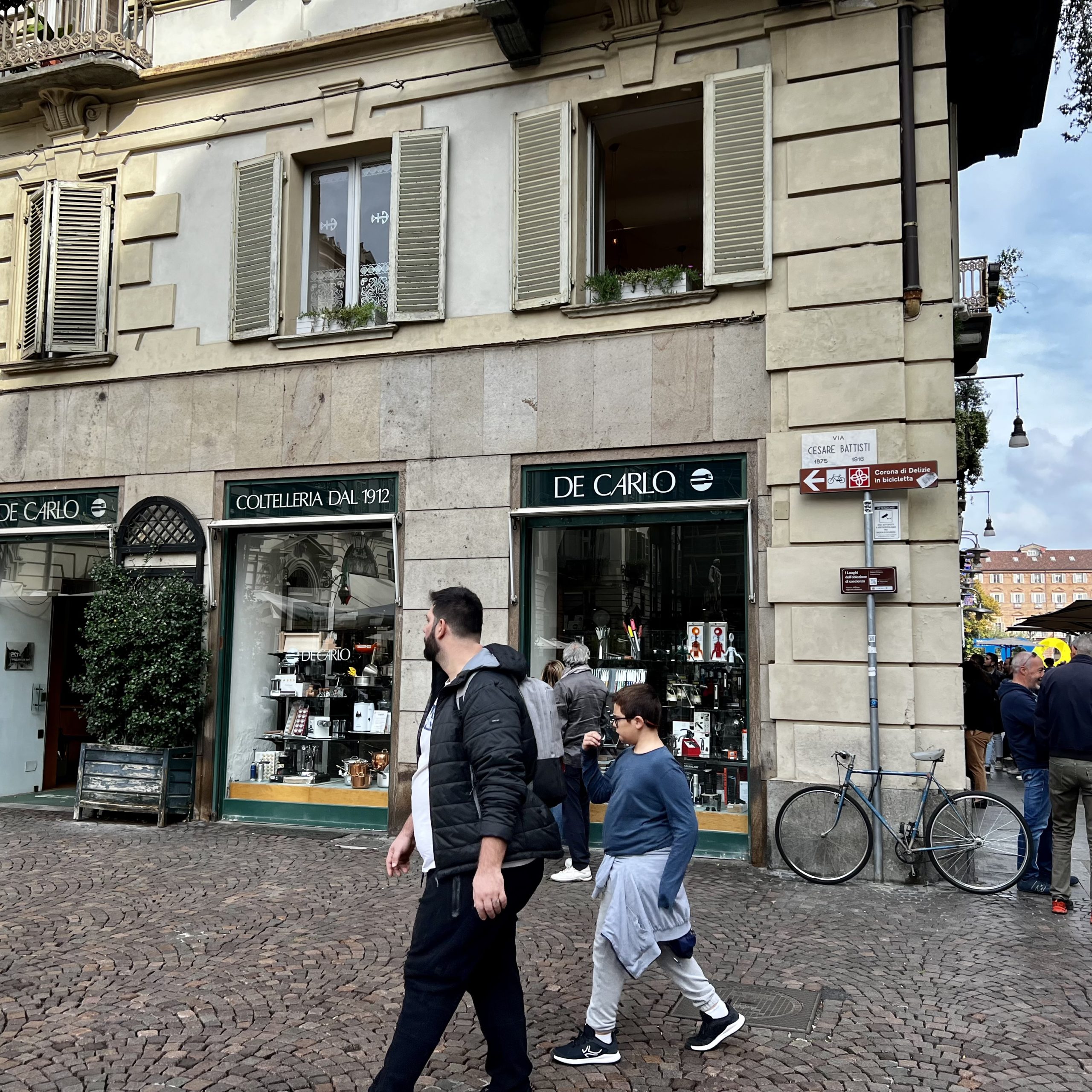
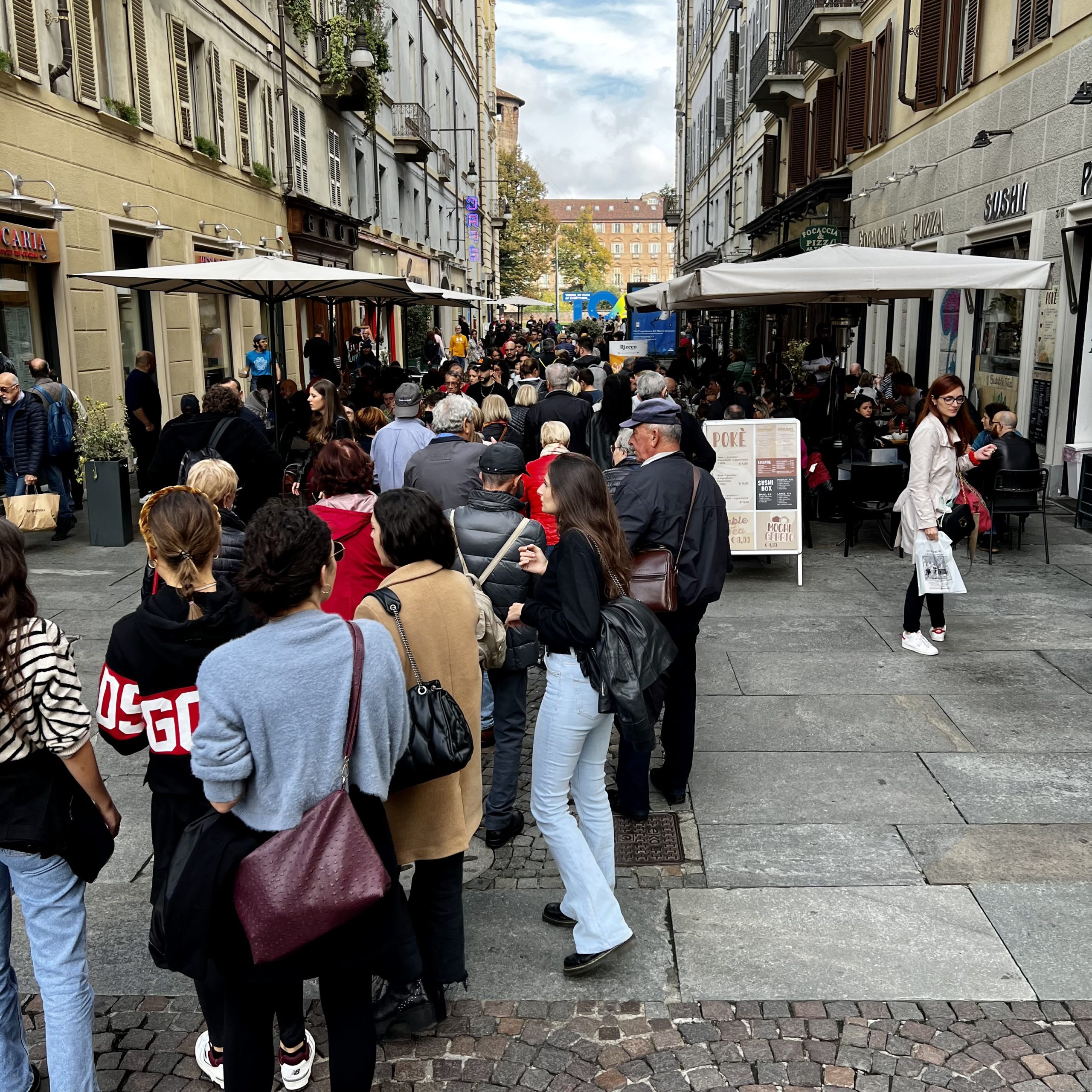
Cathedral of Saint John the Baptist
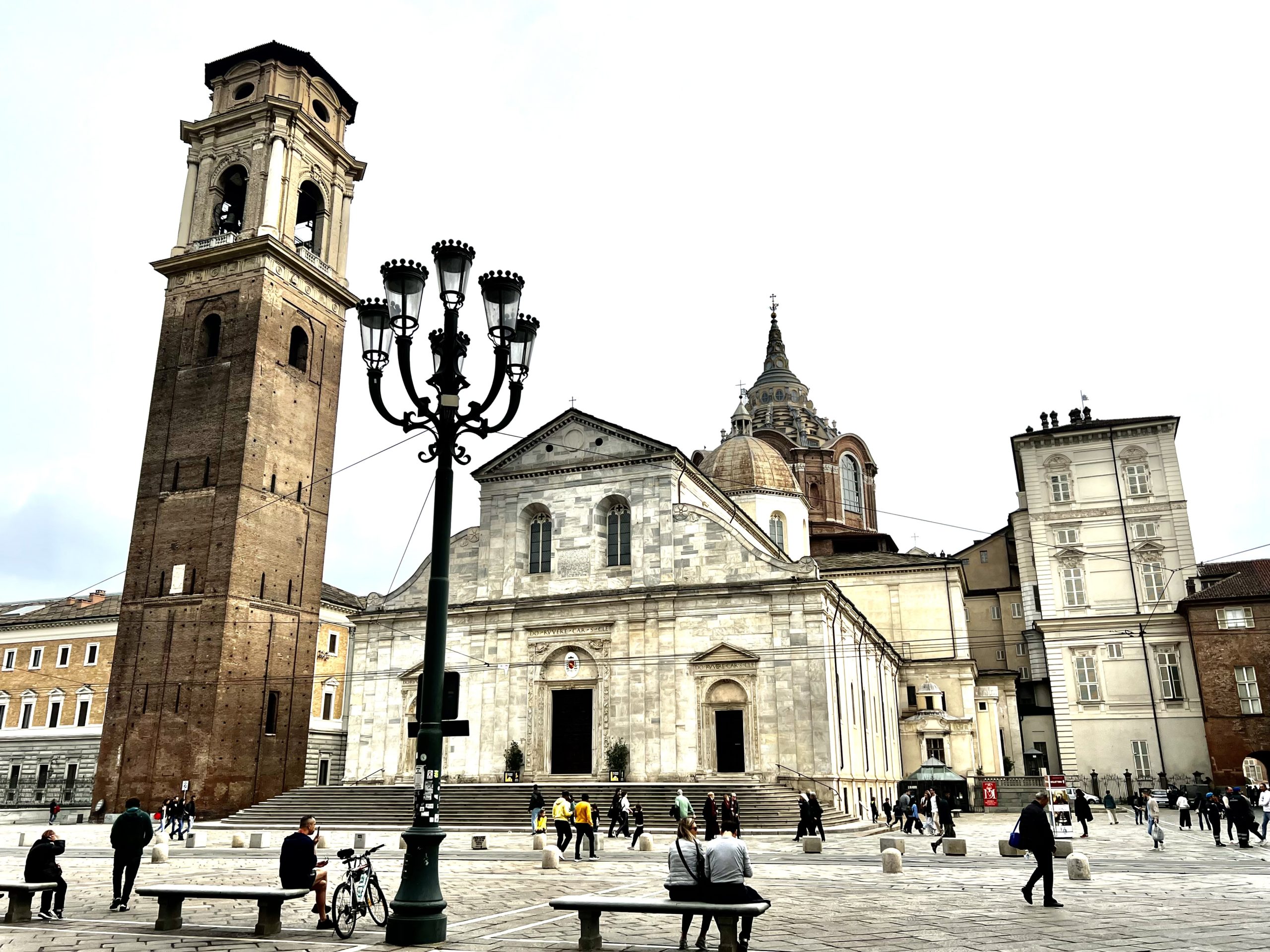
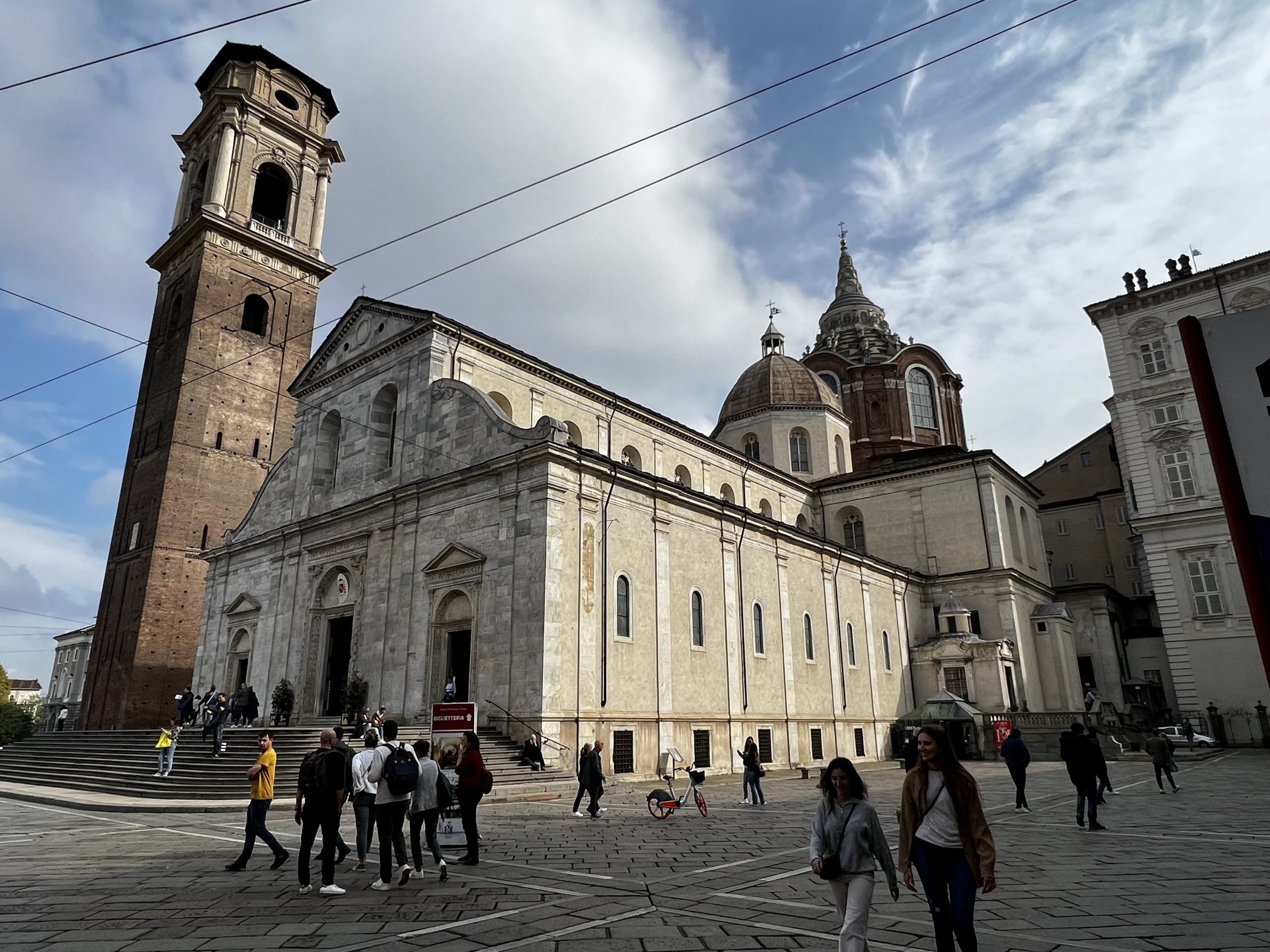
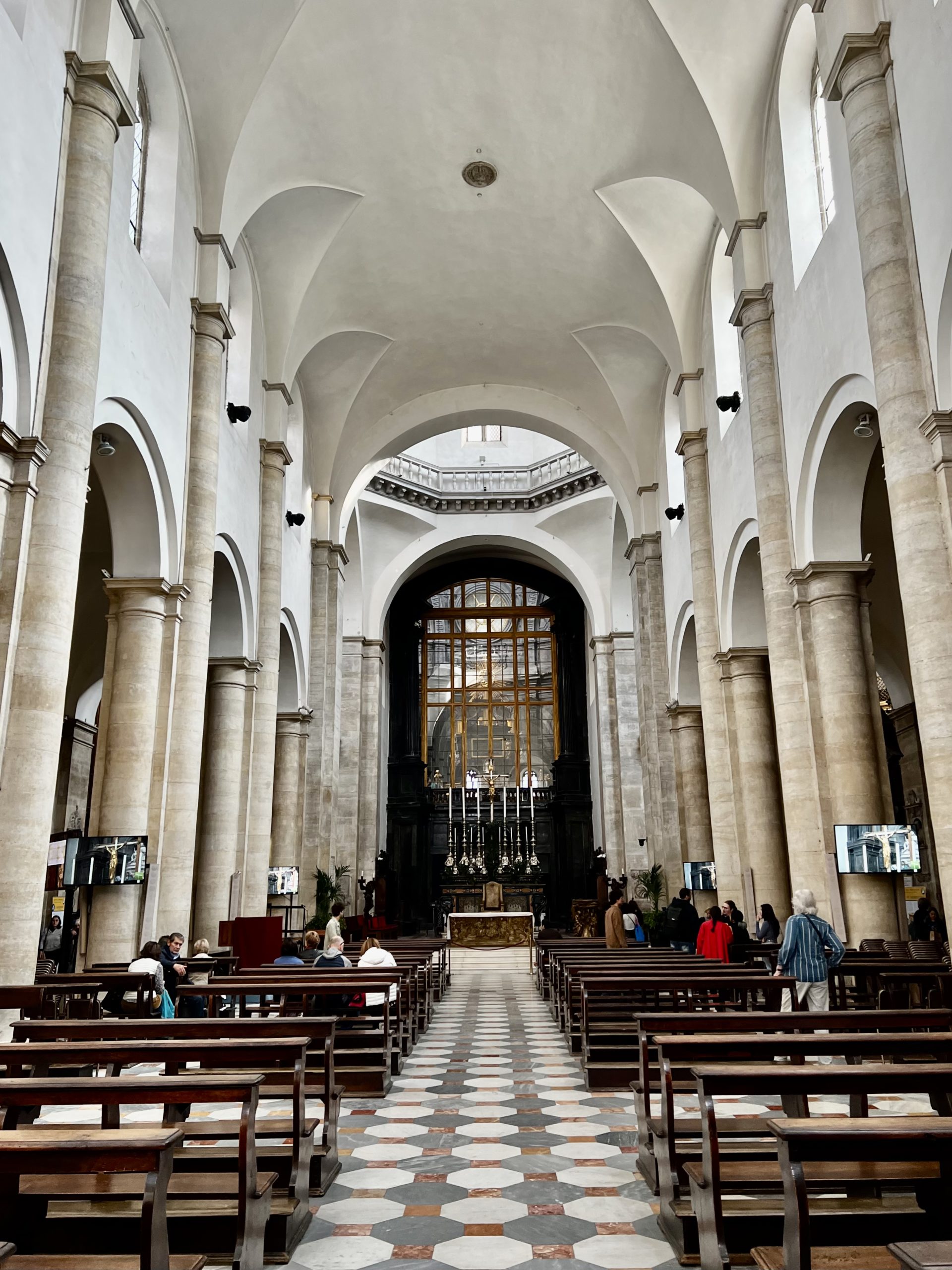
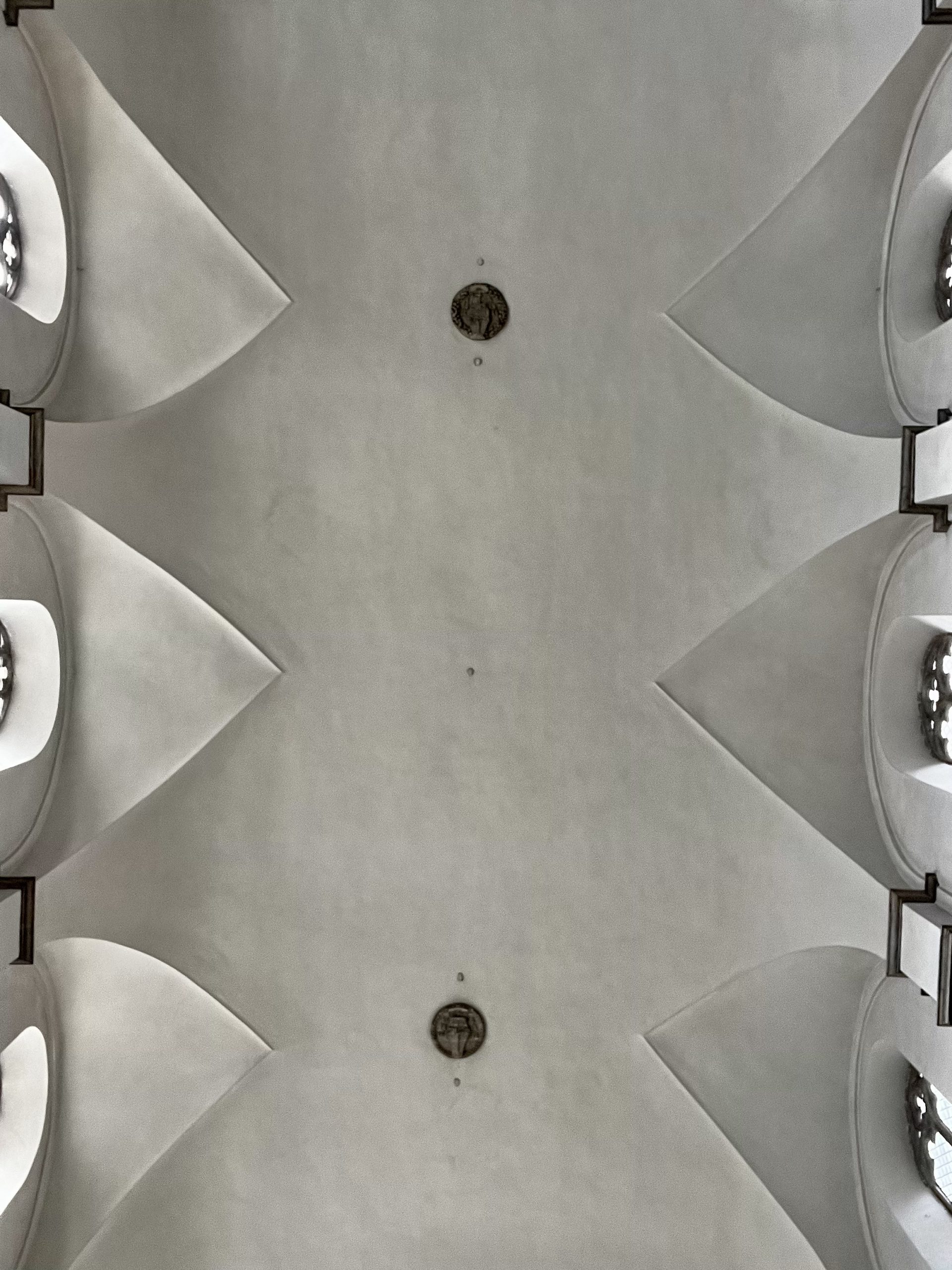
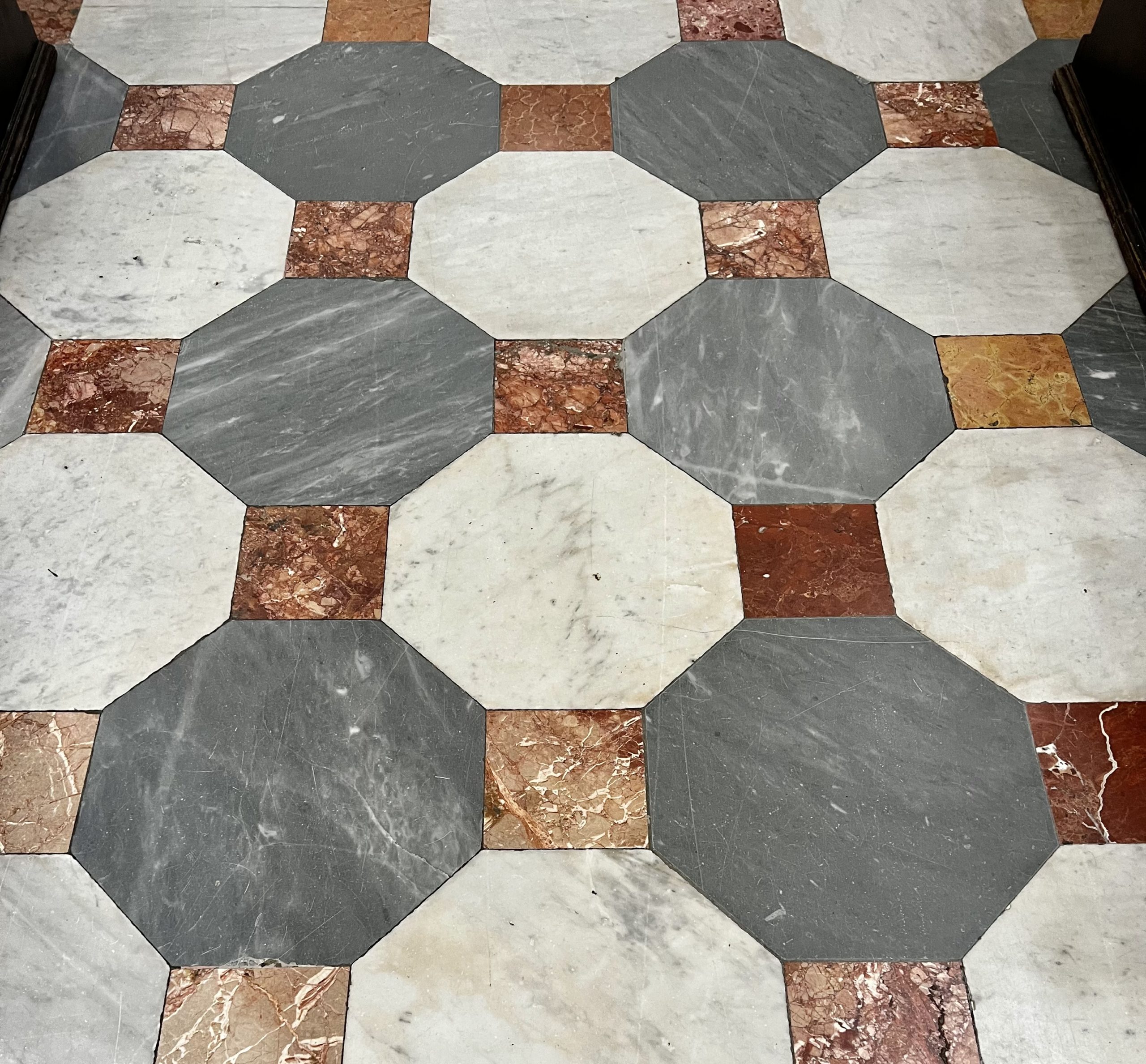
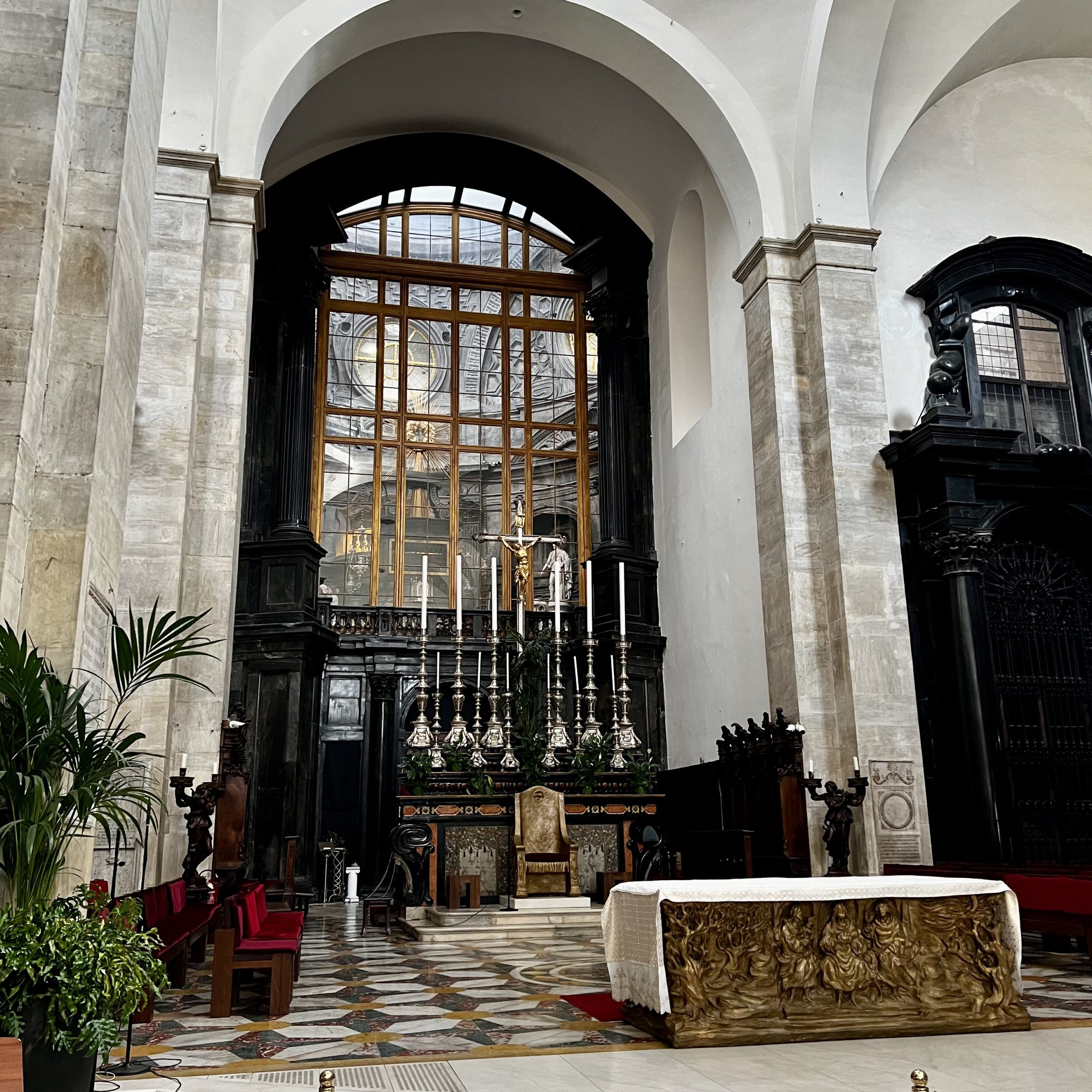
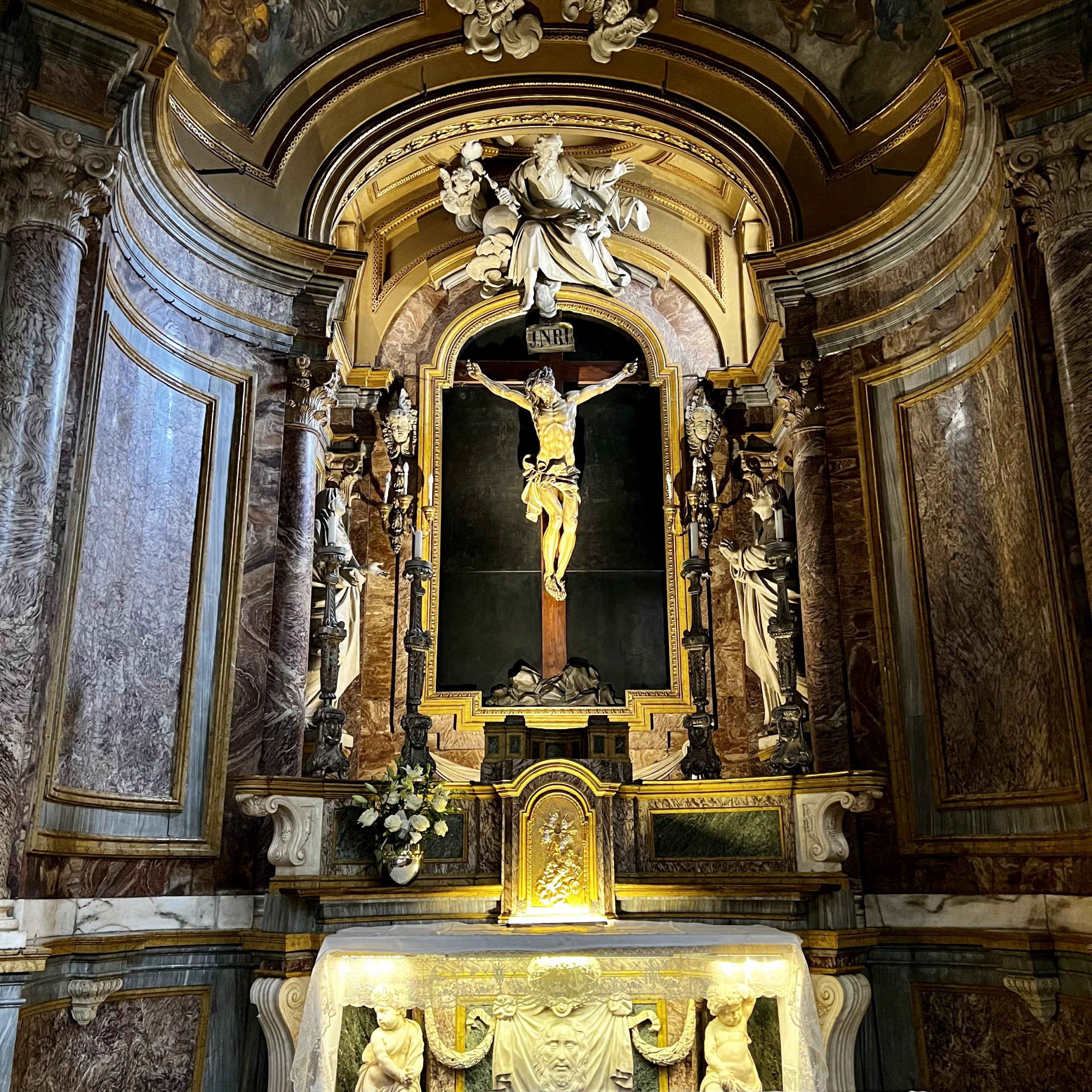
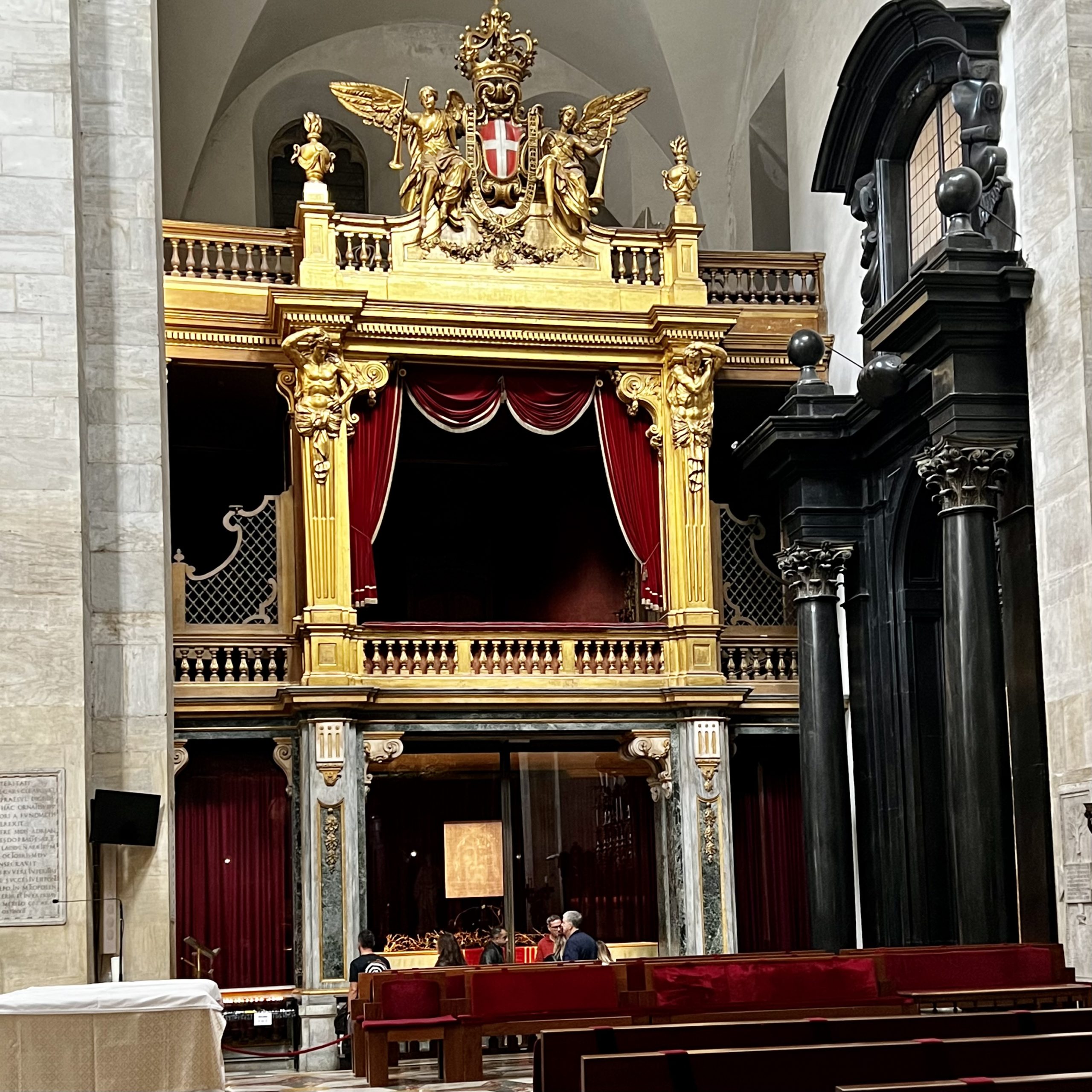
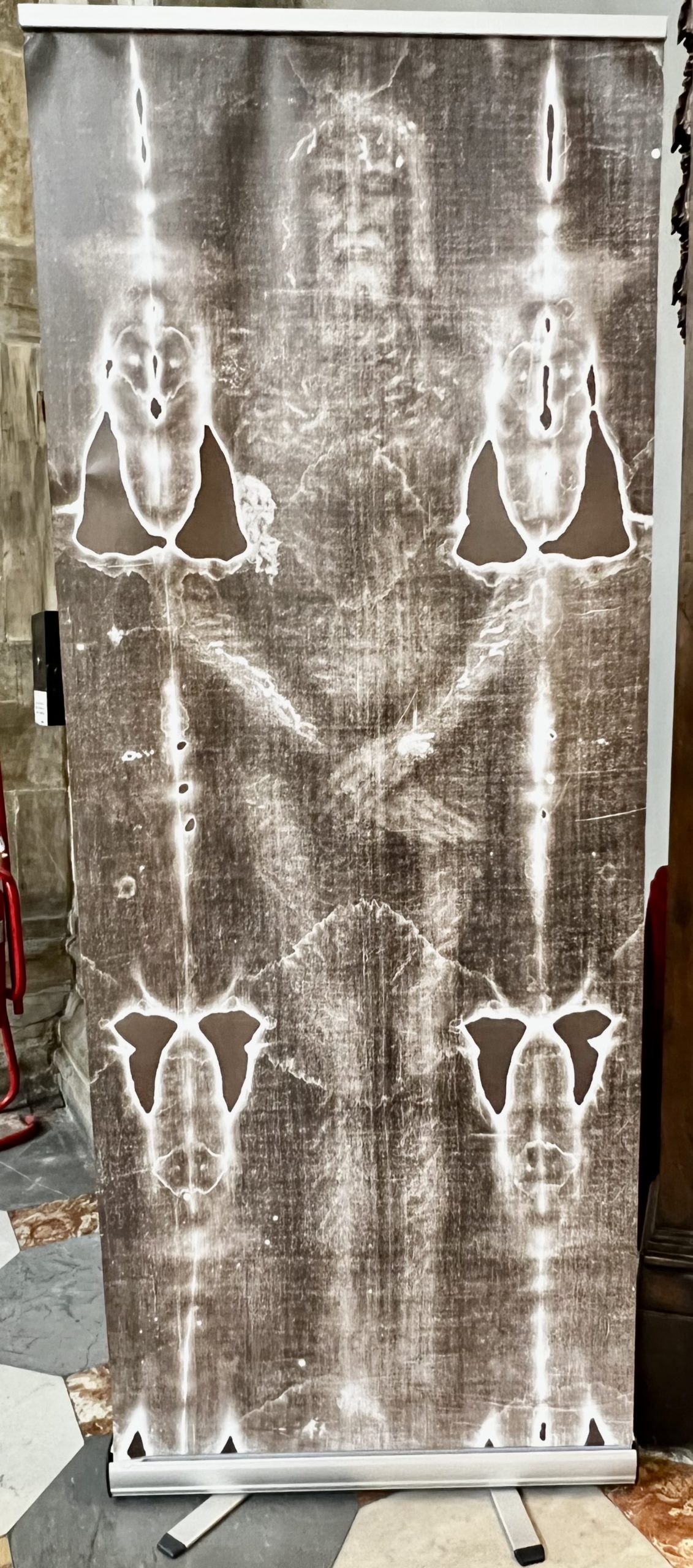
A Bit More Wandering
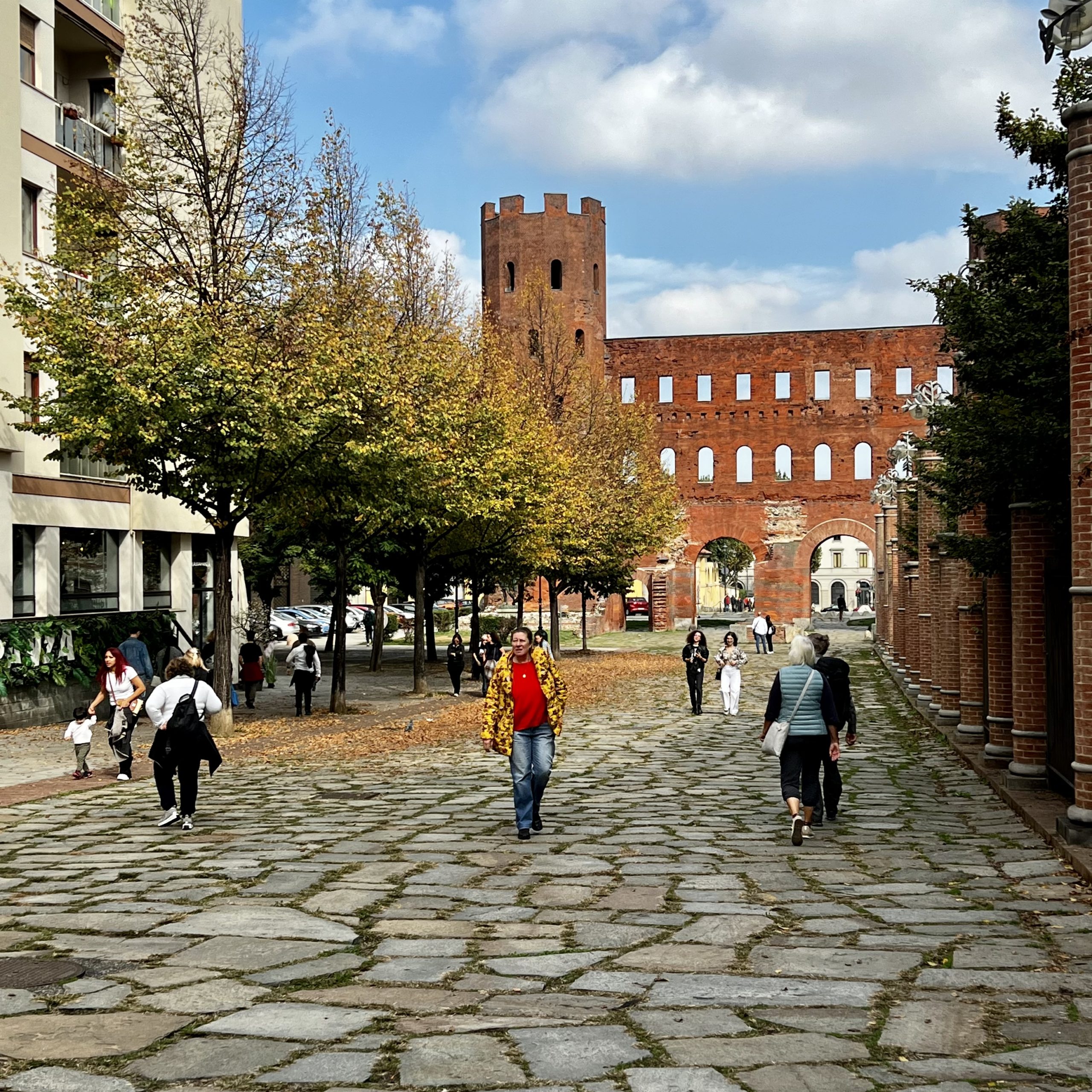
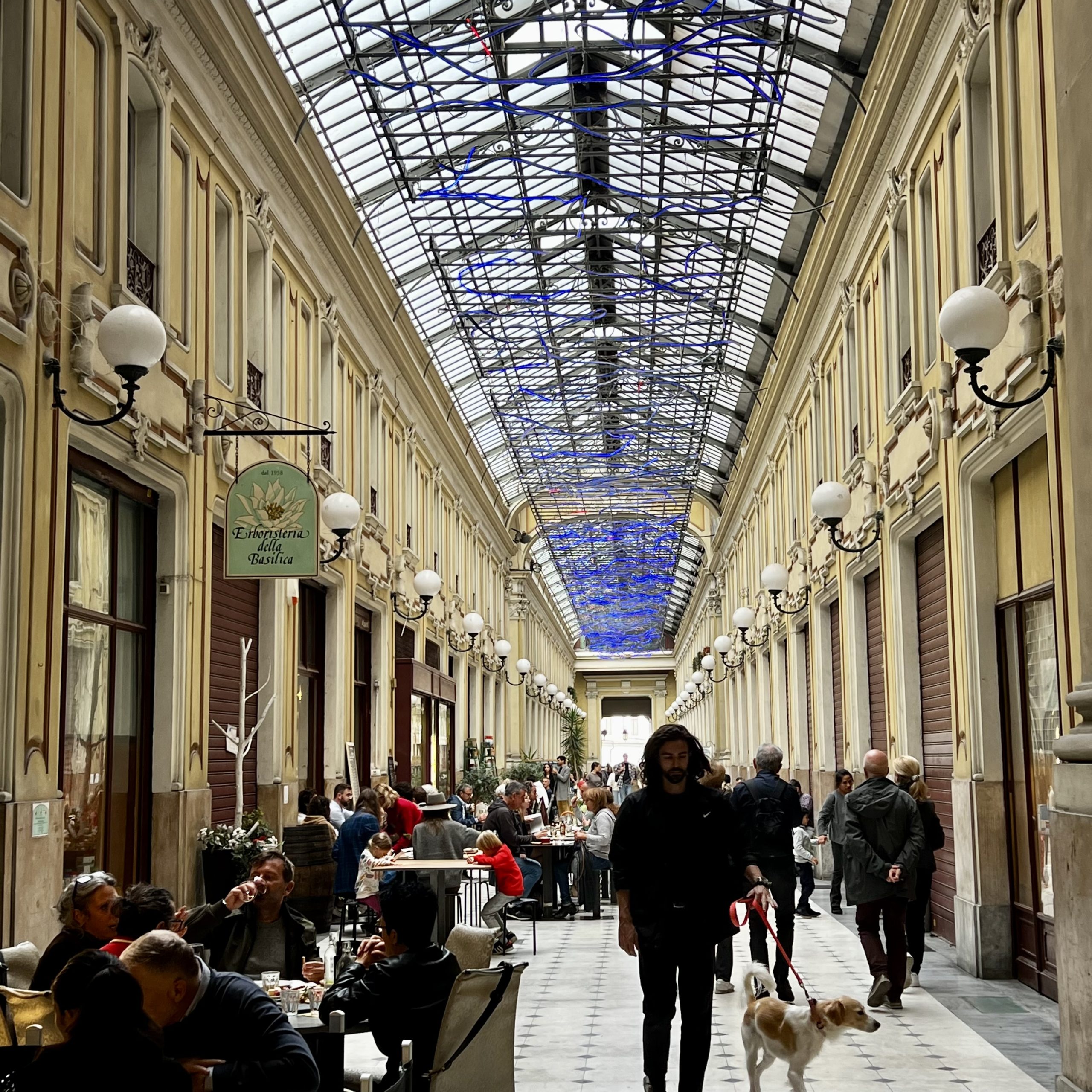
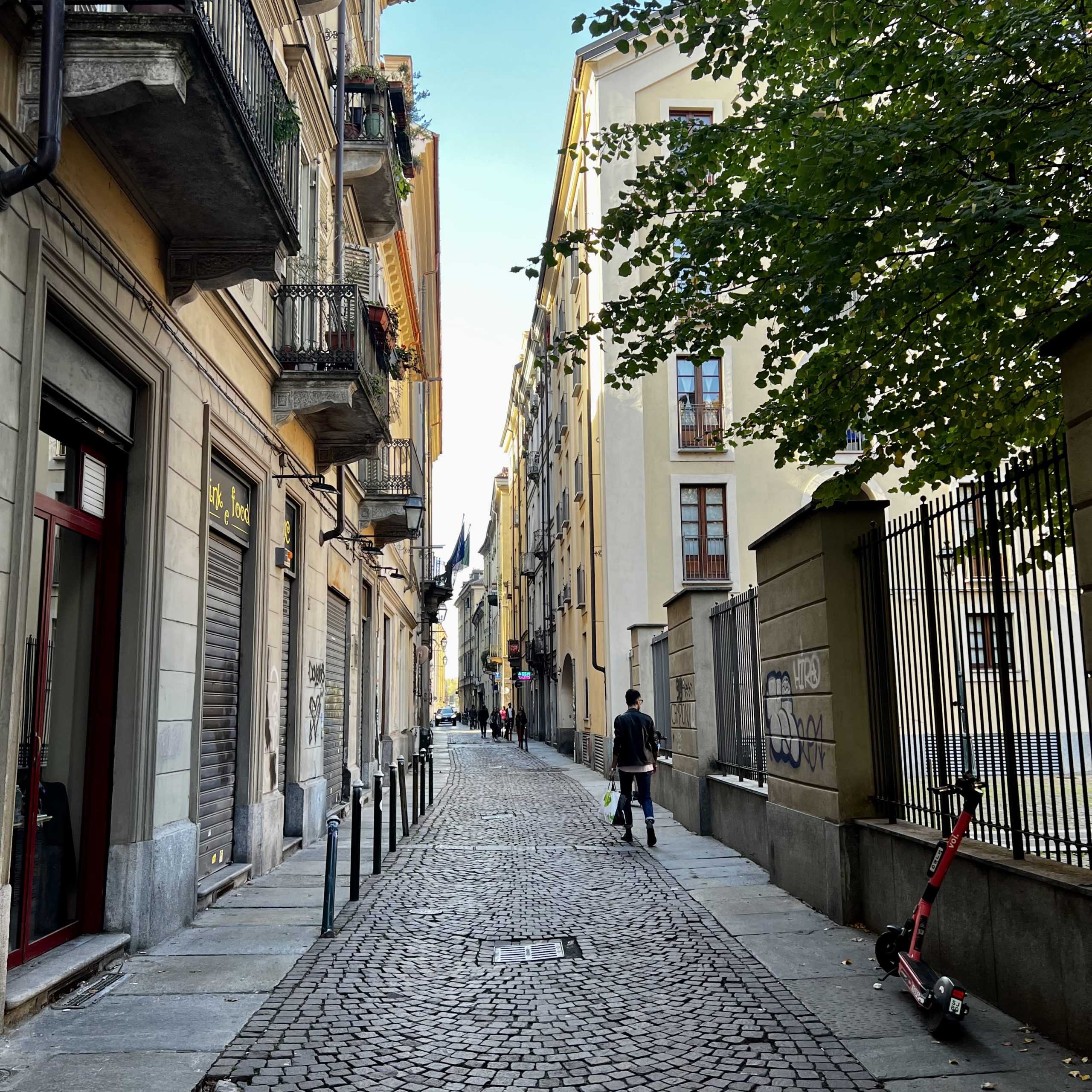
Mole Antonelliana Tower
Built as a synagogue, the City of Torino purchased this odd building before its completion in 1889. It is named after its architect Alessandro Antonelli. Mole means a building of monumental proportions. It now houses the Museum of Cinema and is heavily promoted in photographs of Turin.
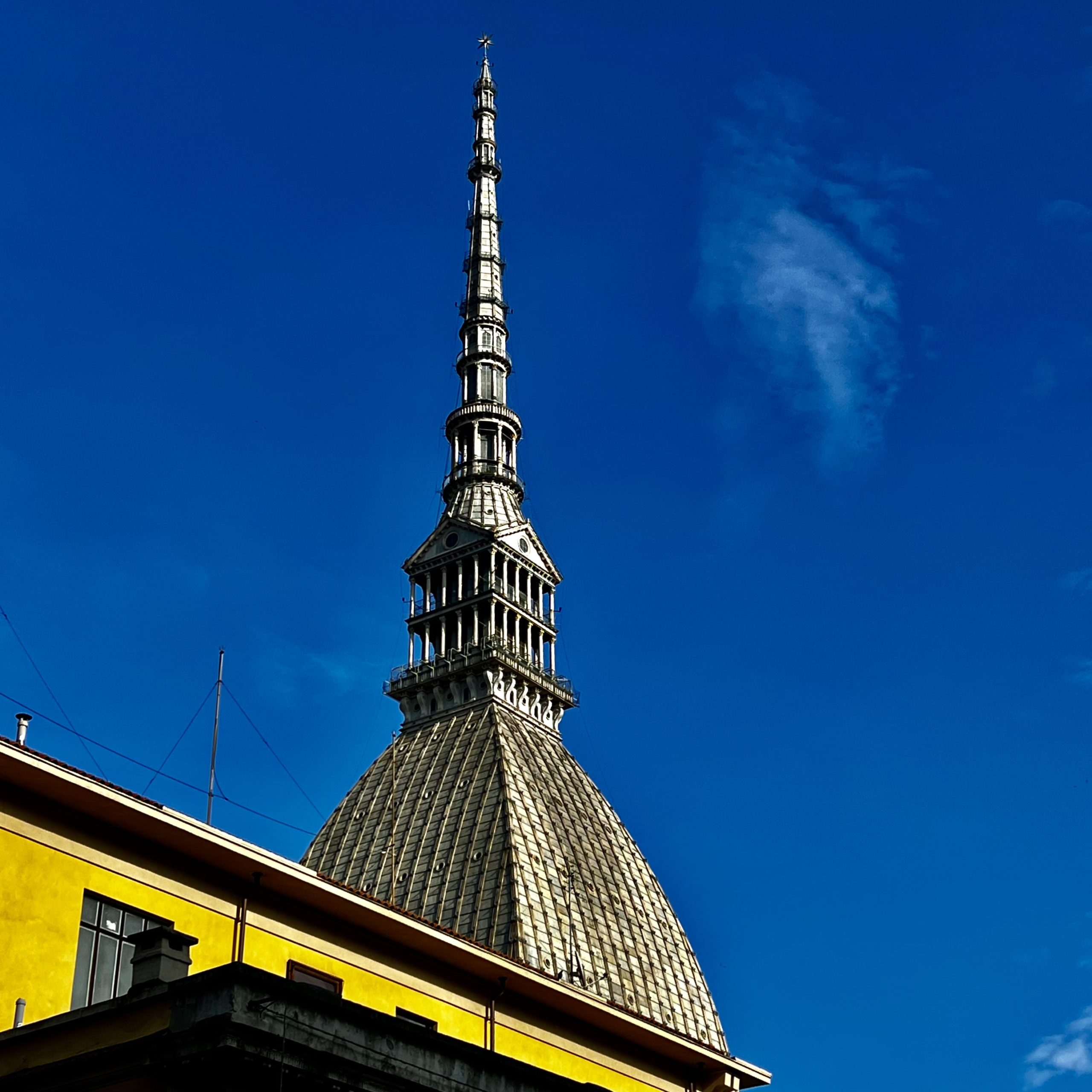
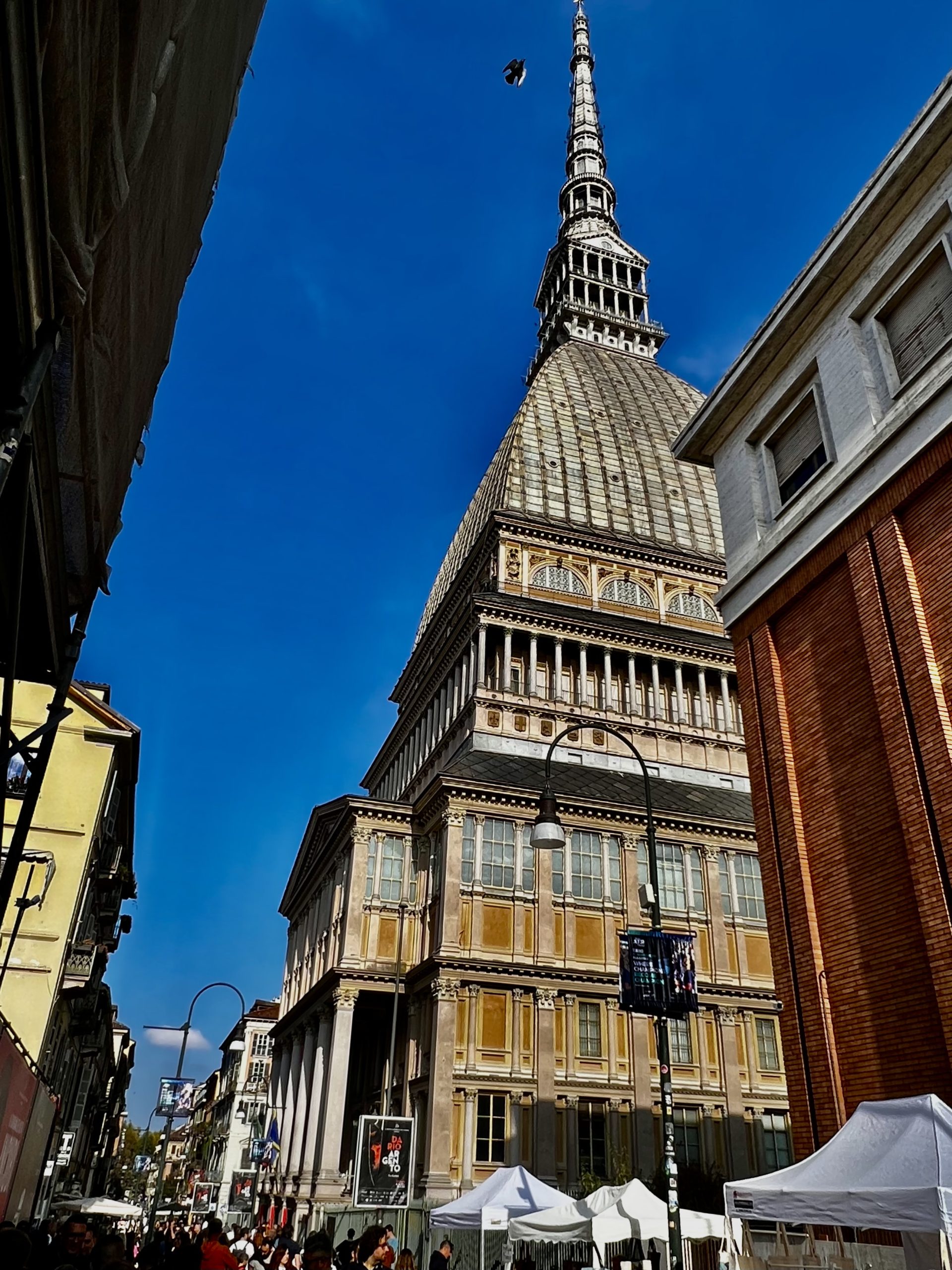
Yep, More Moseying Around
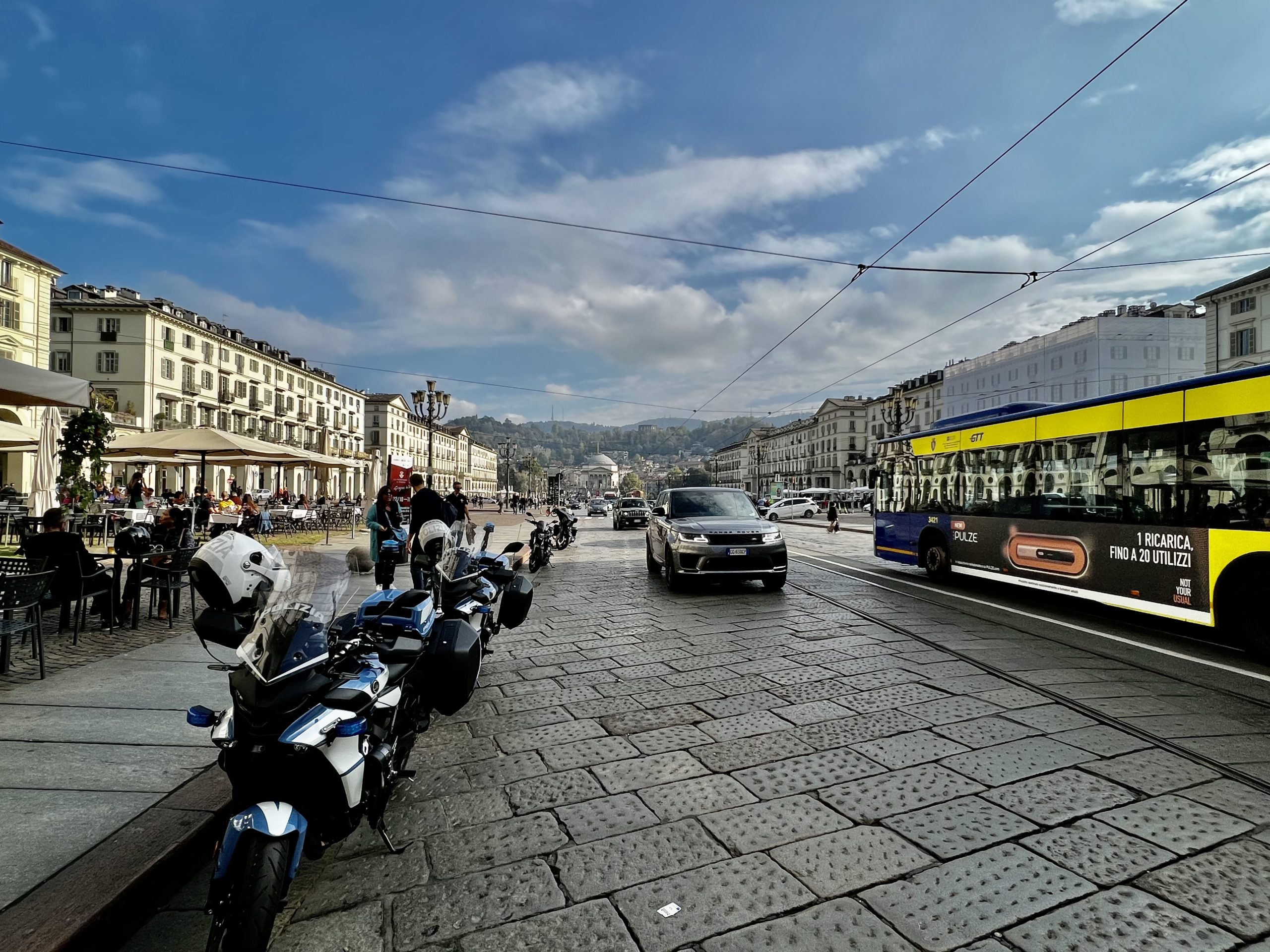
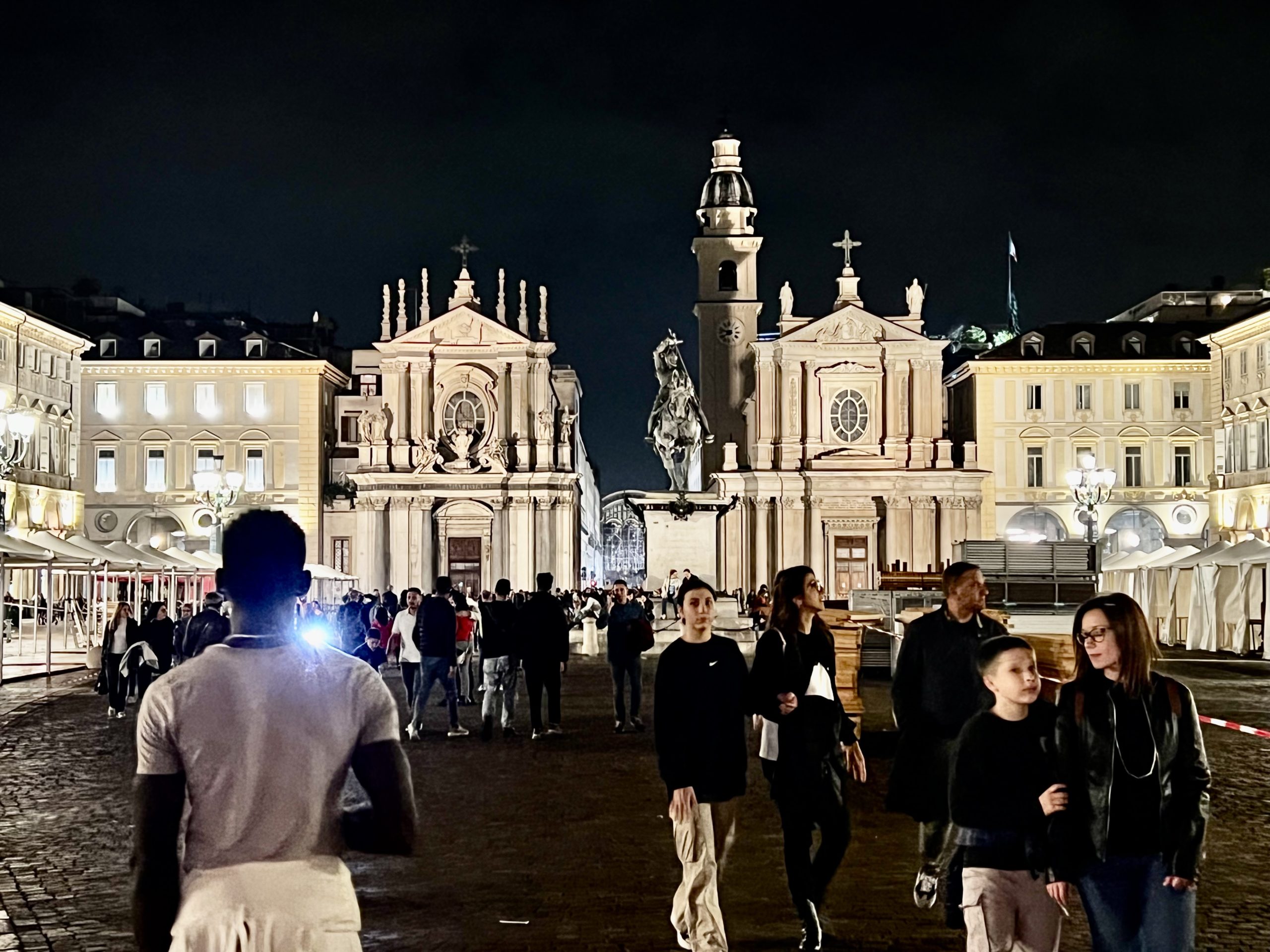
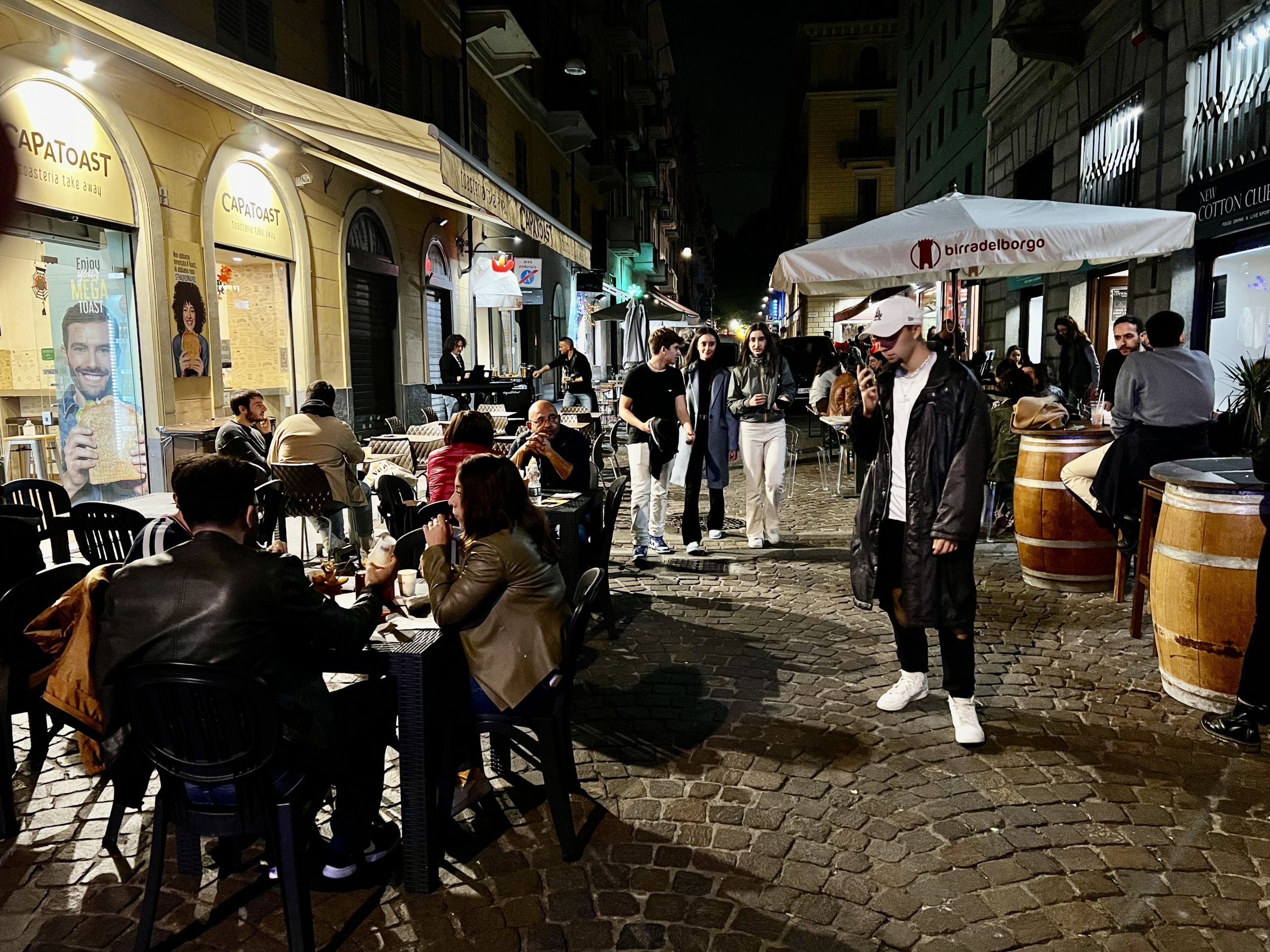

Museo Lavazza
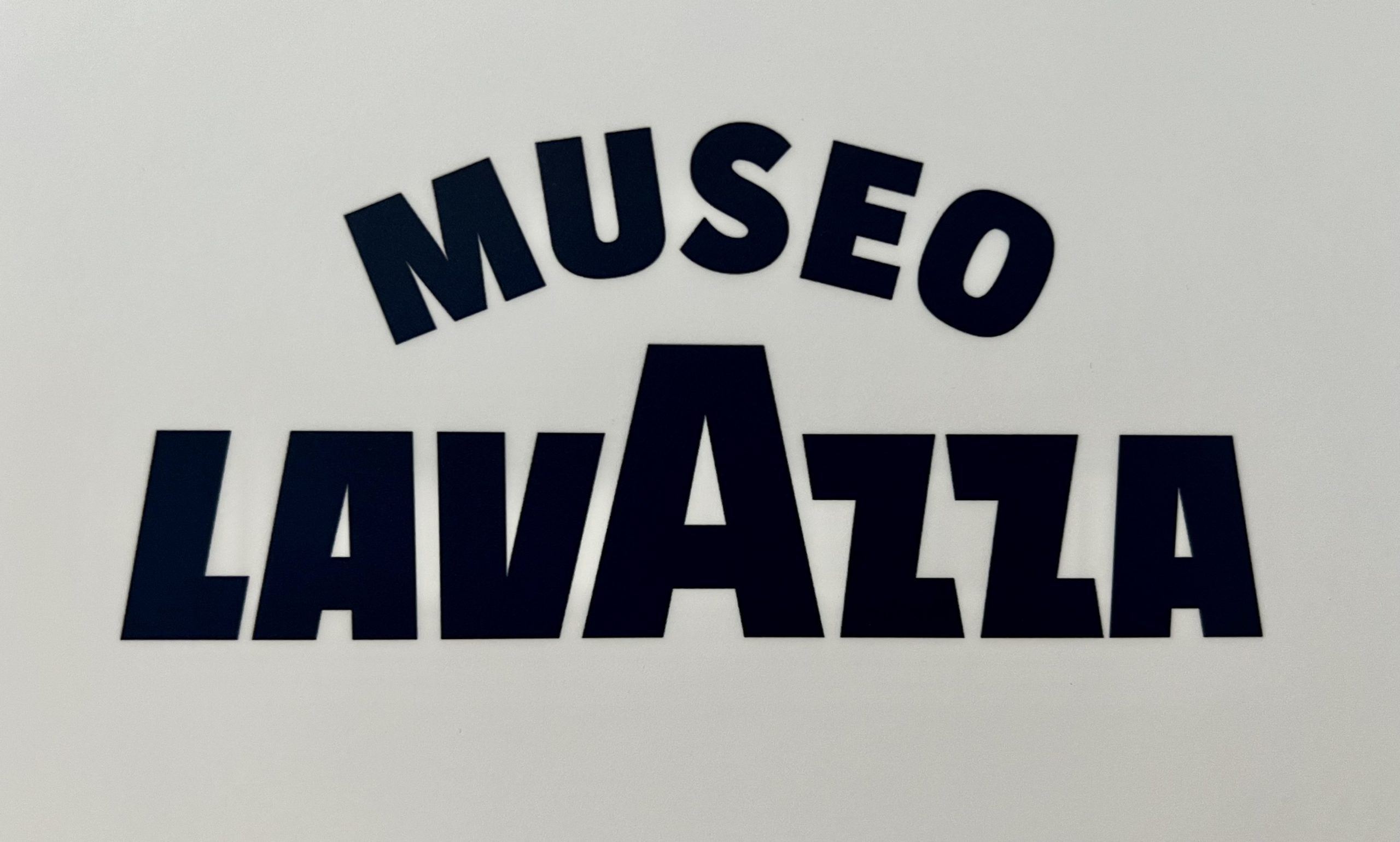
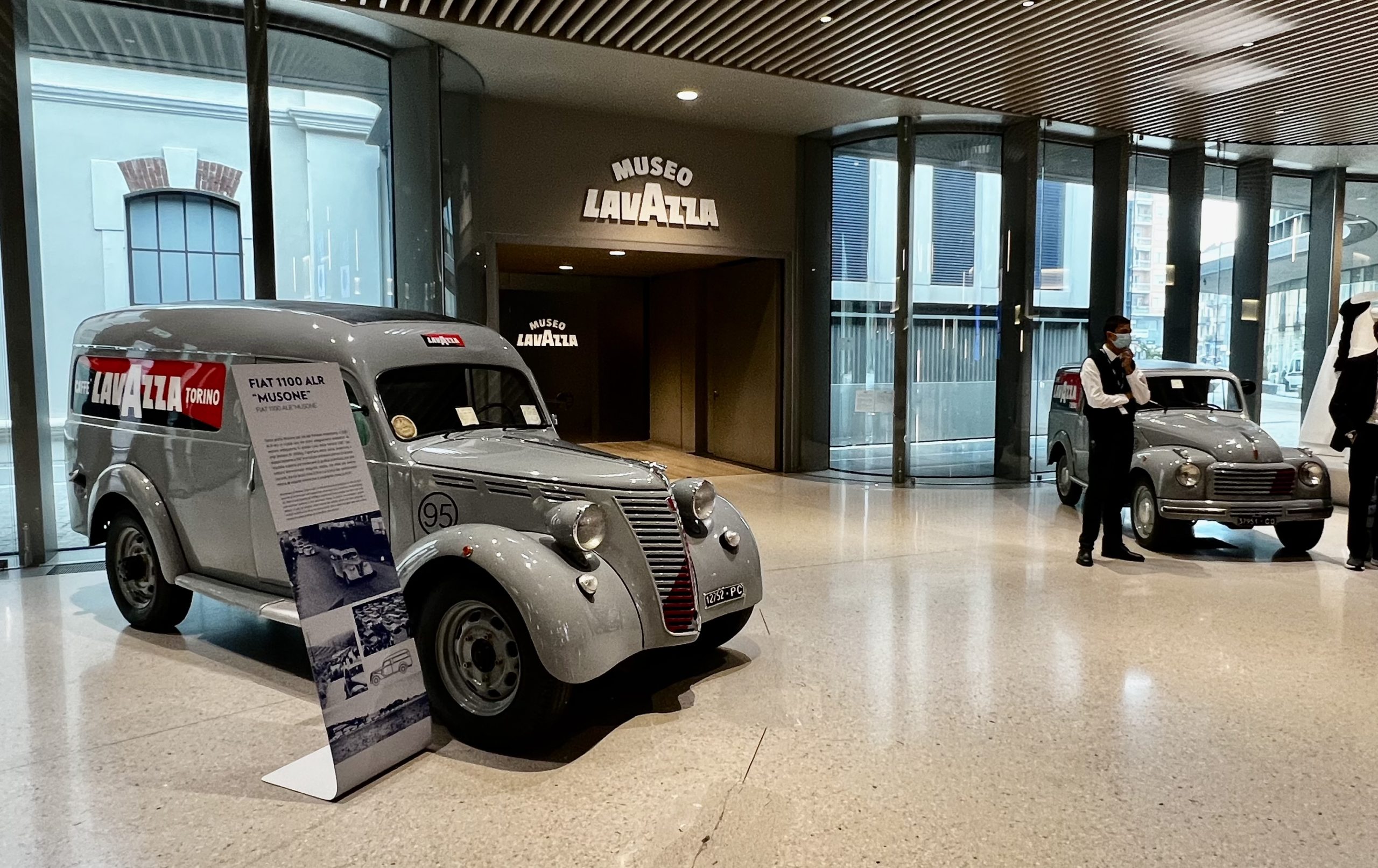
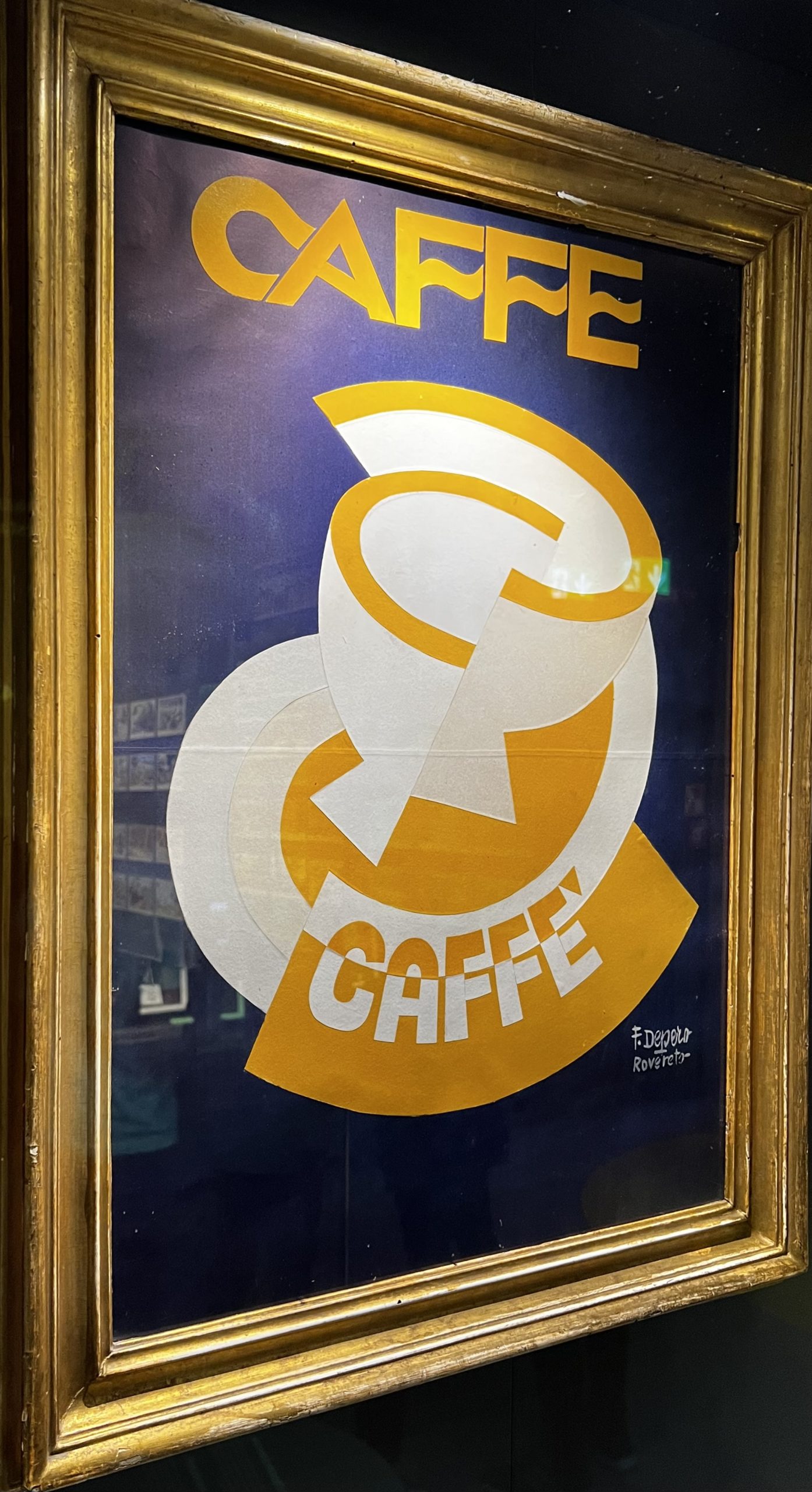
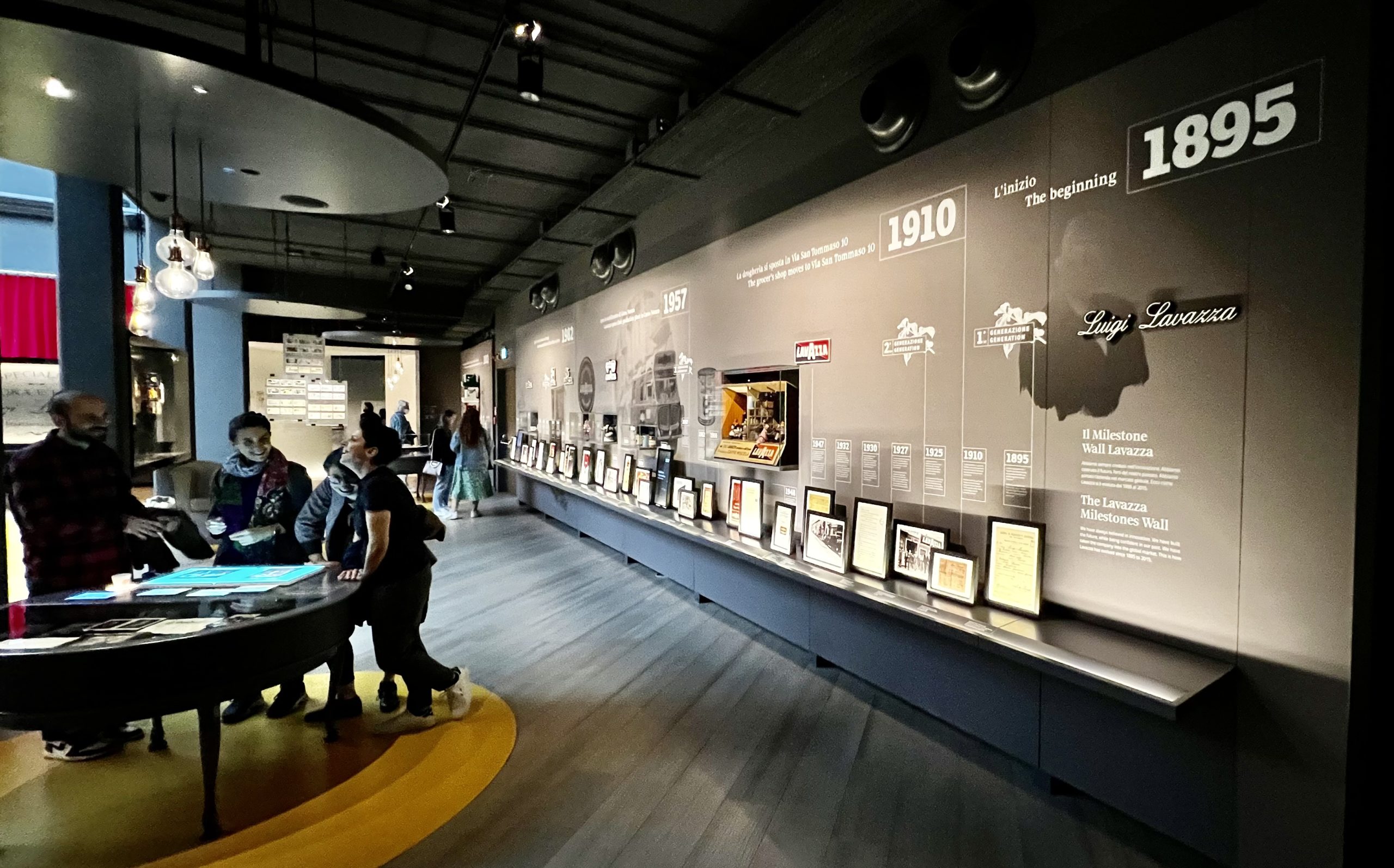
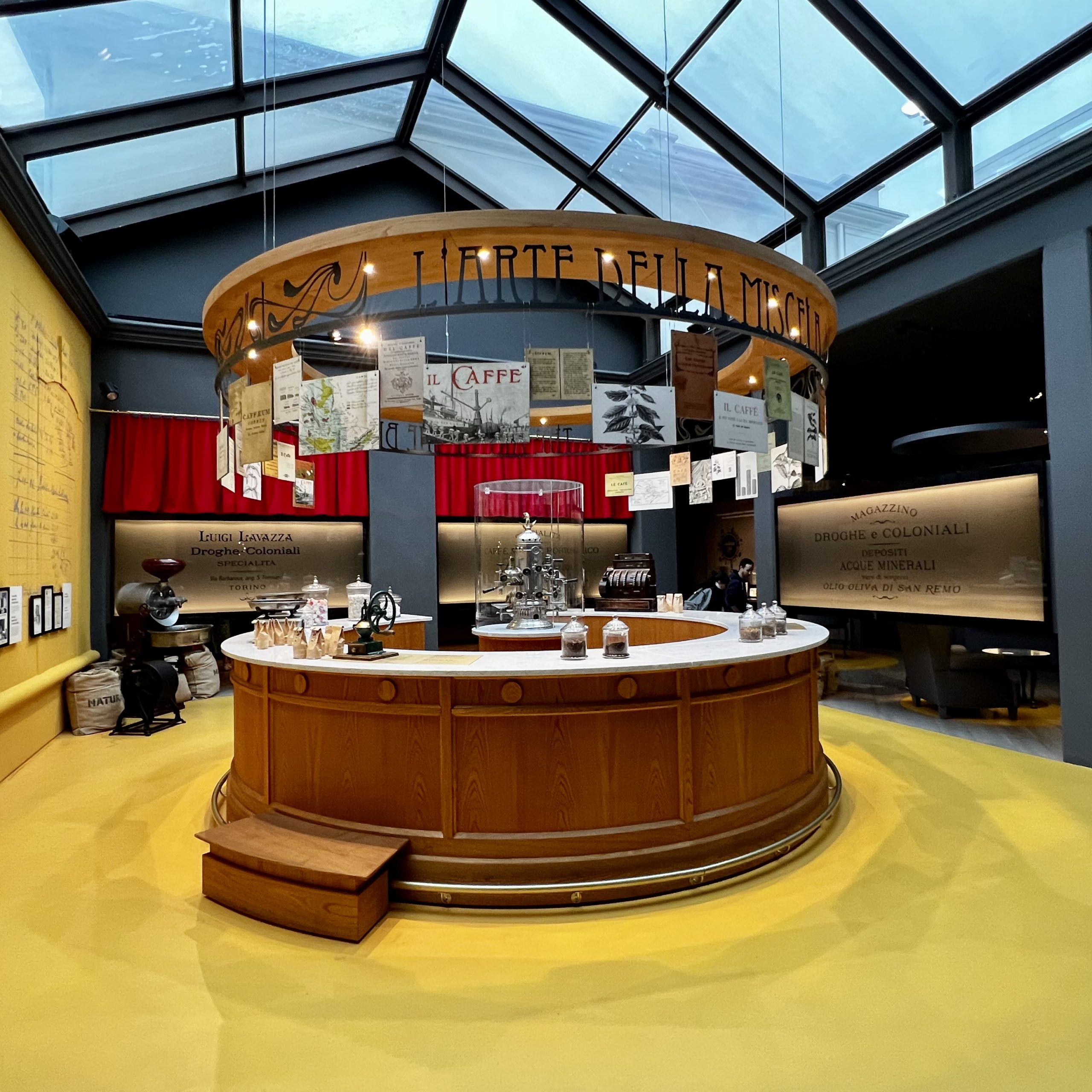
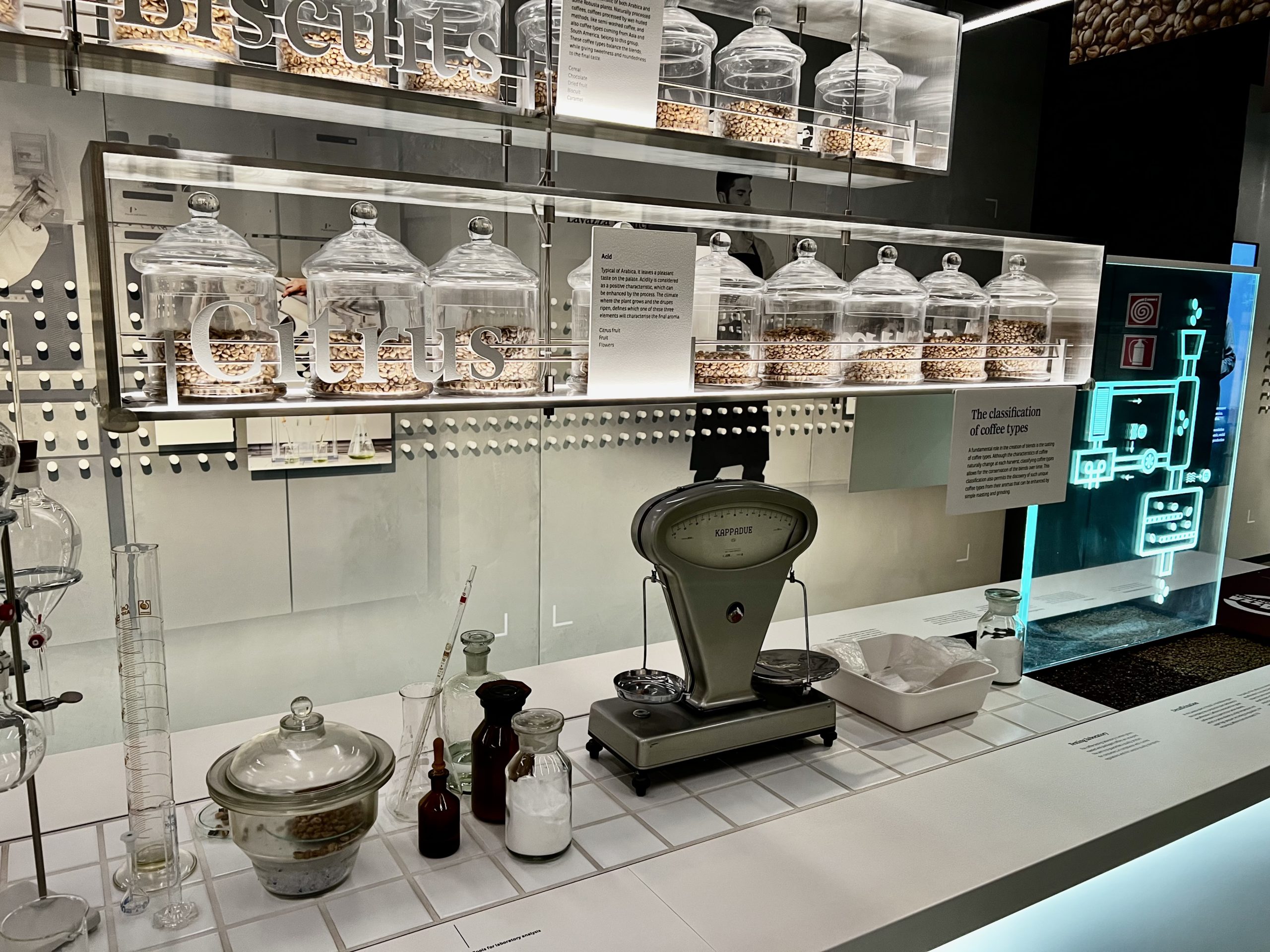
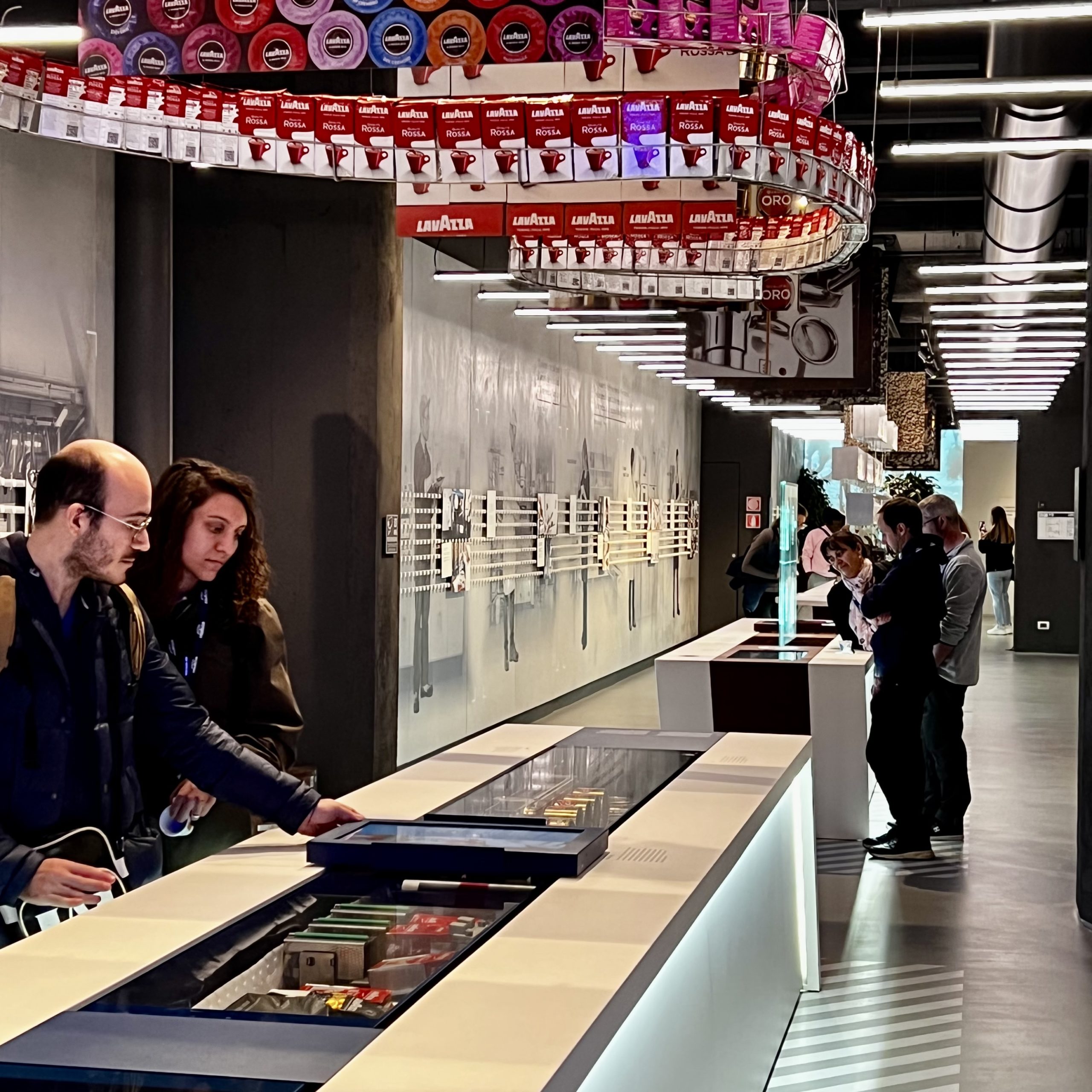
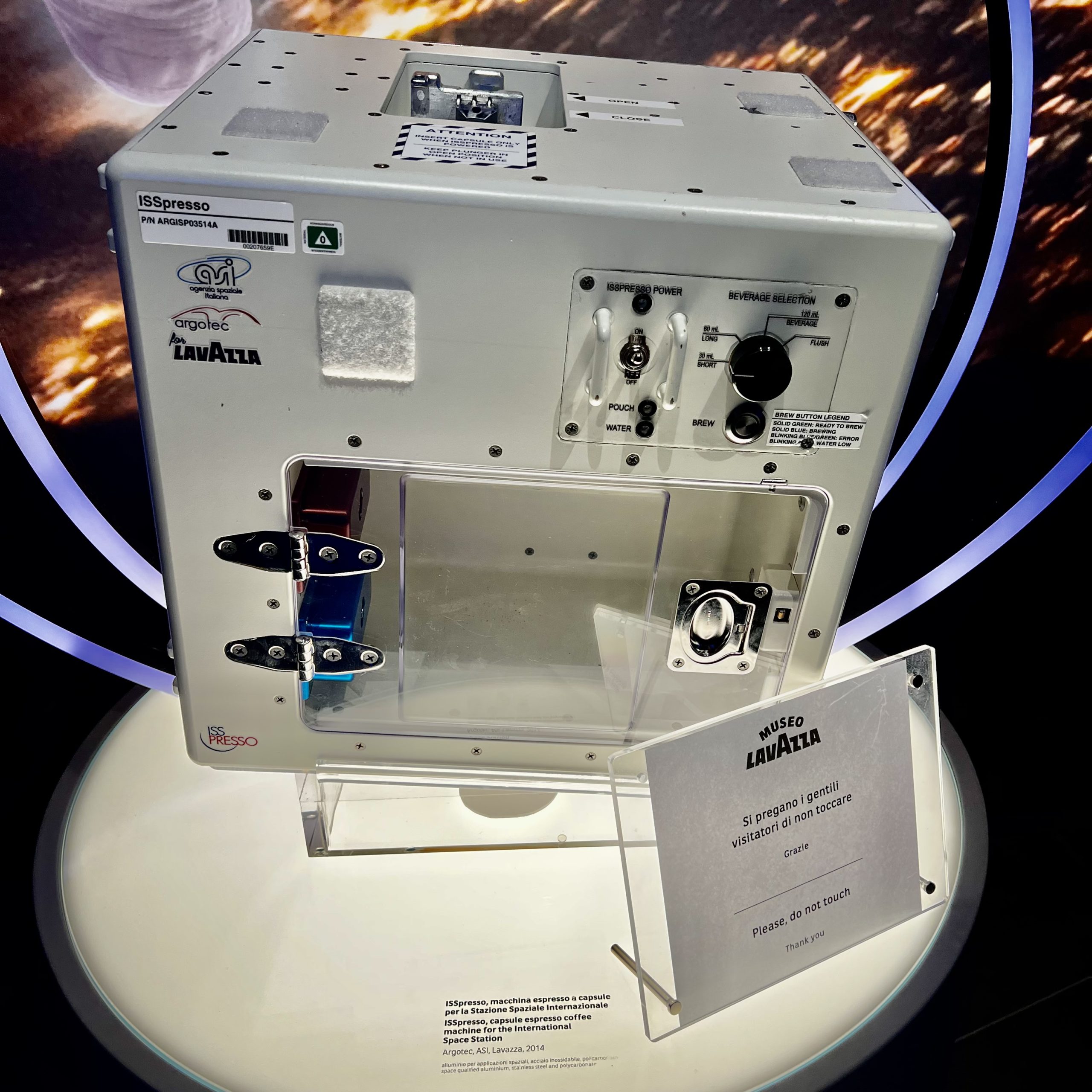
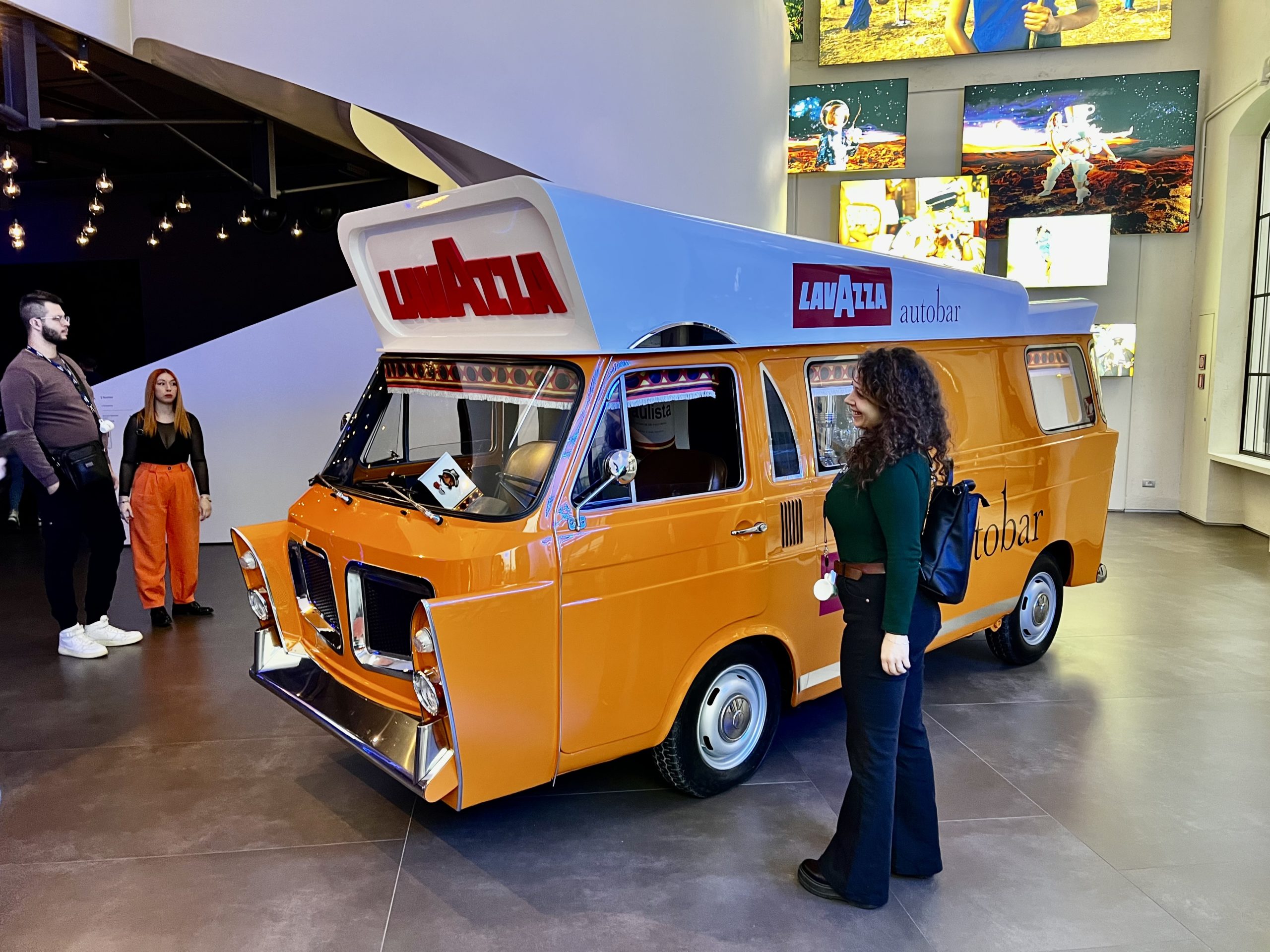
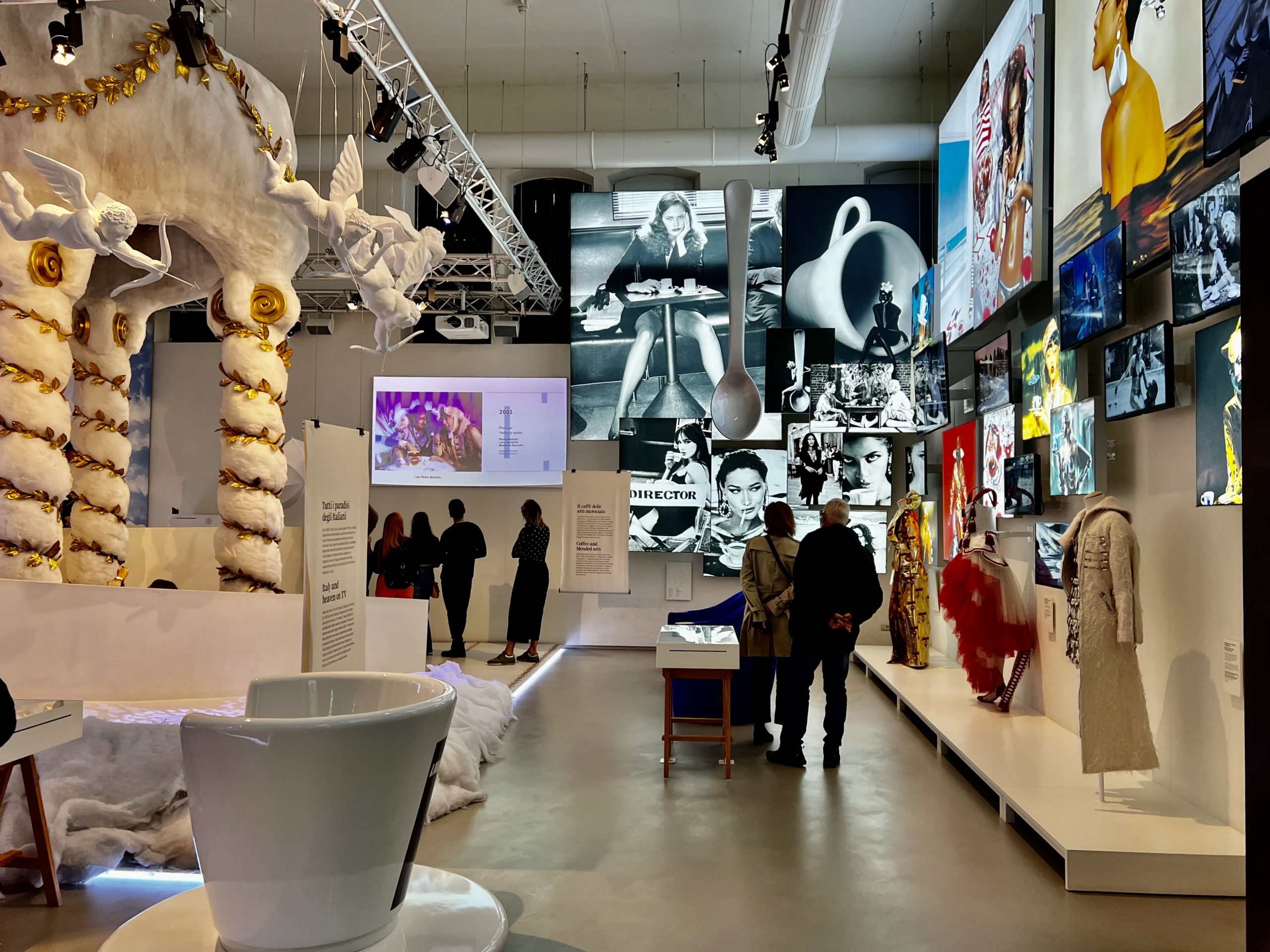
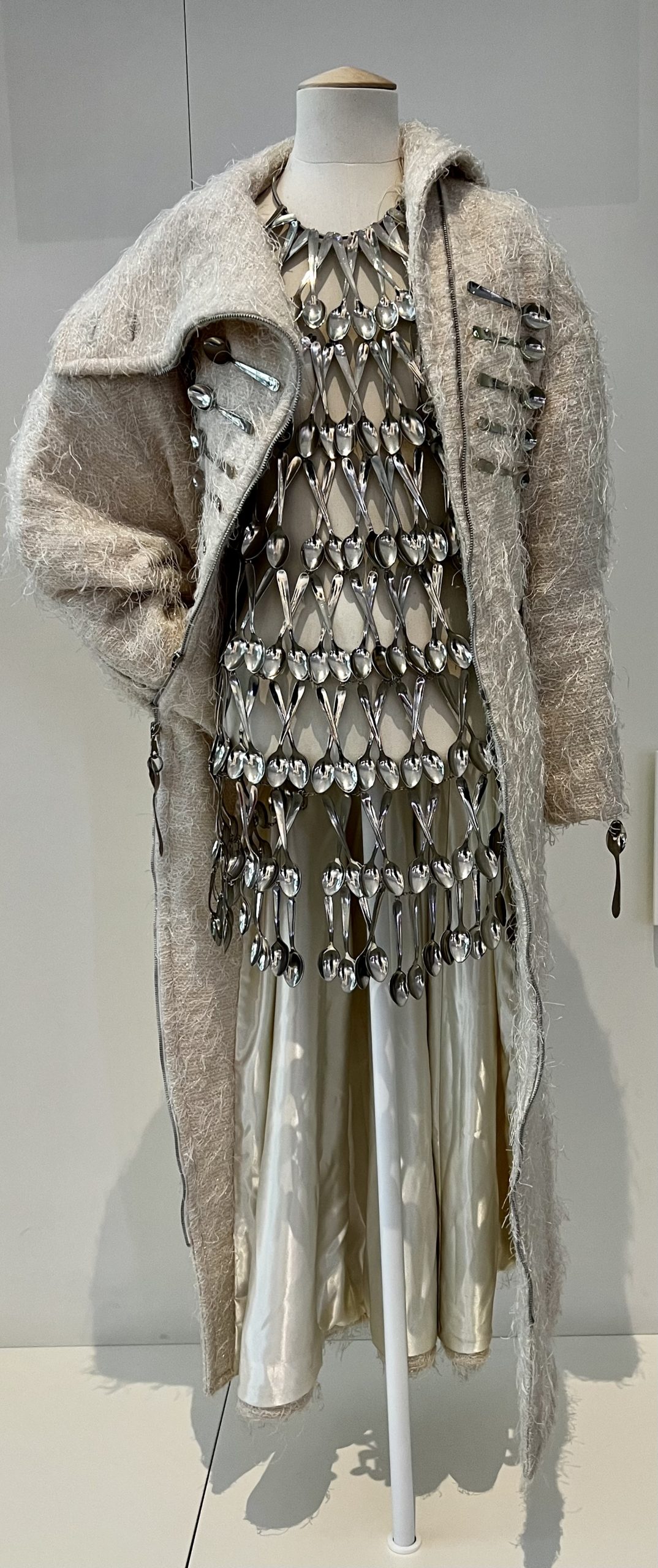
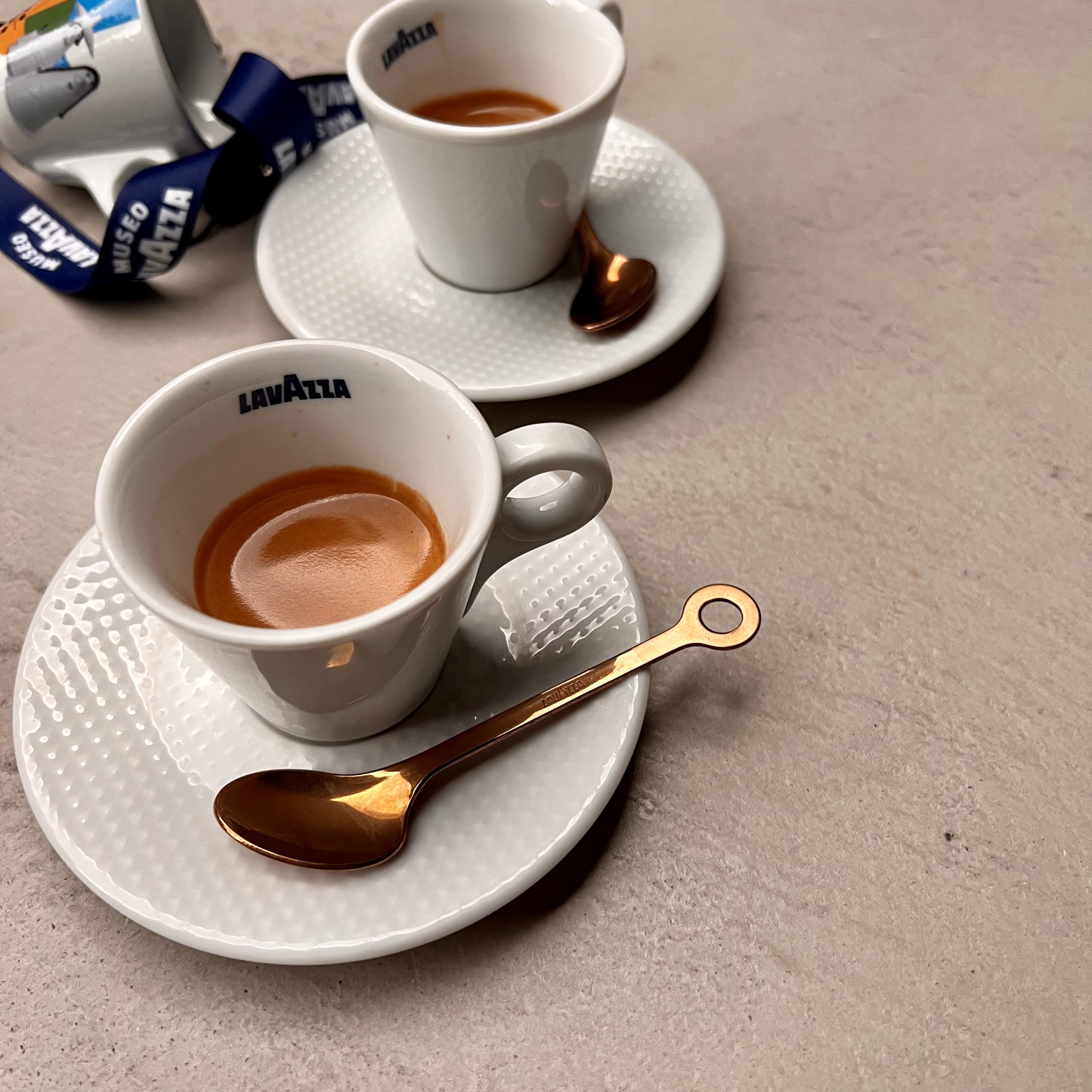
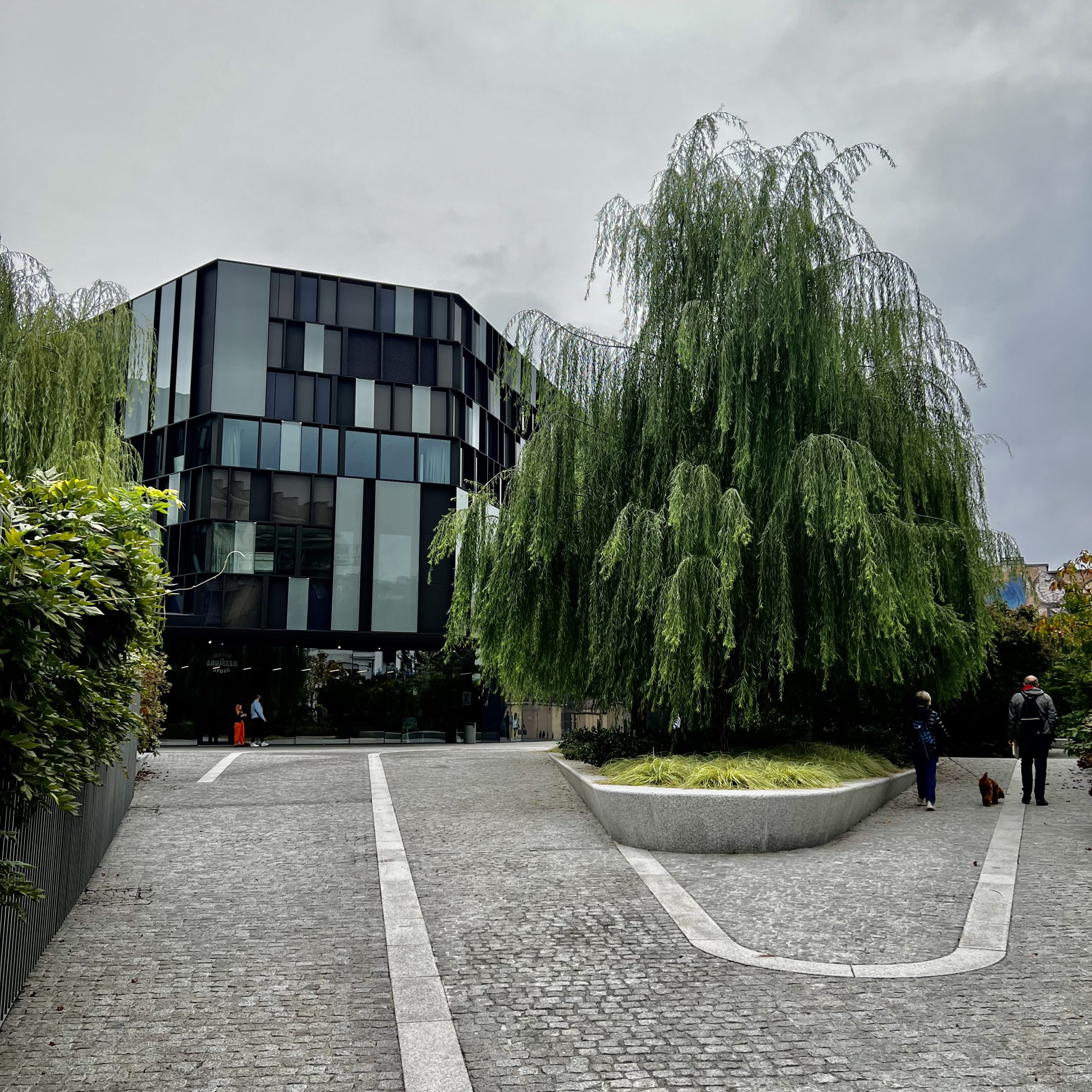
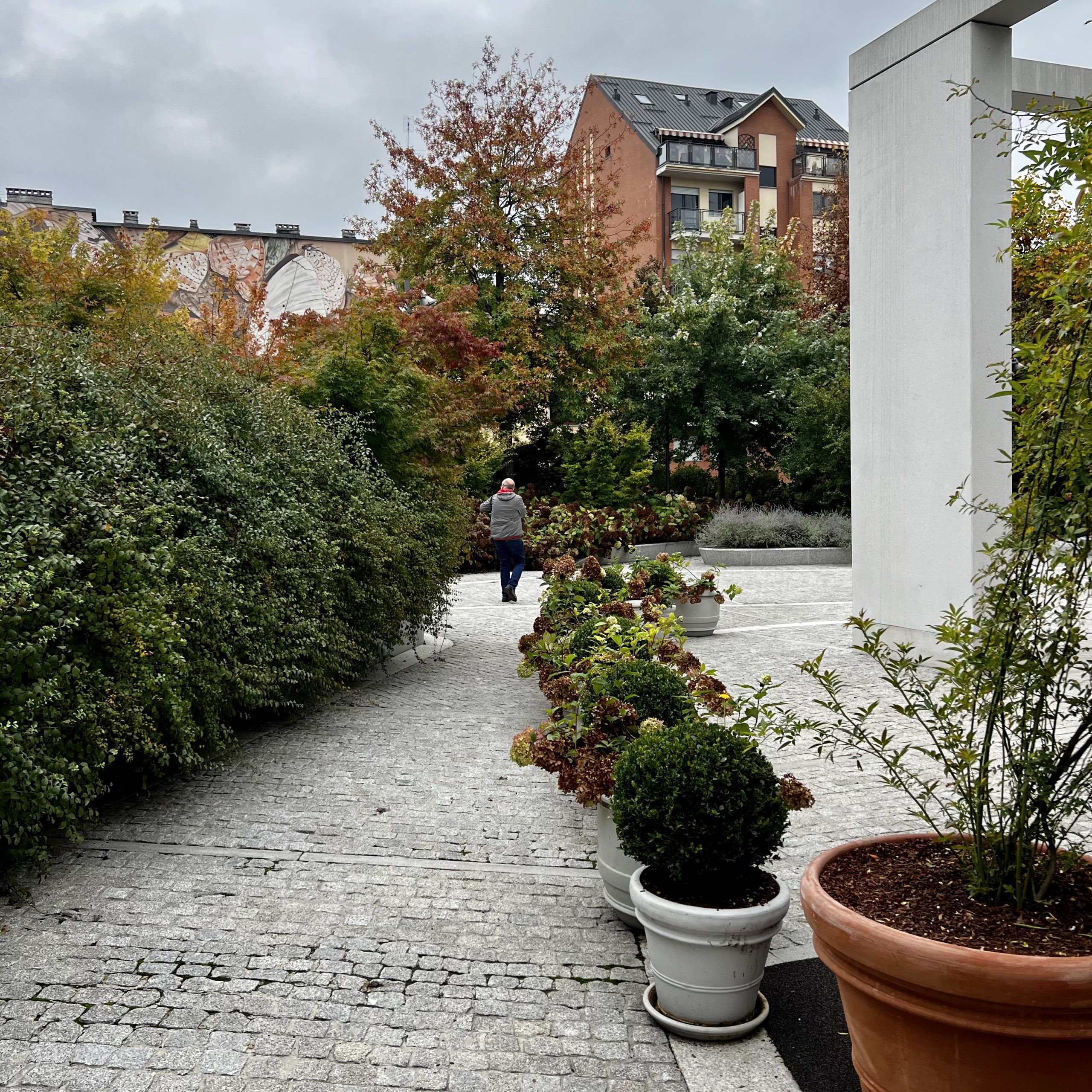
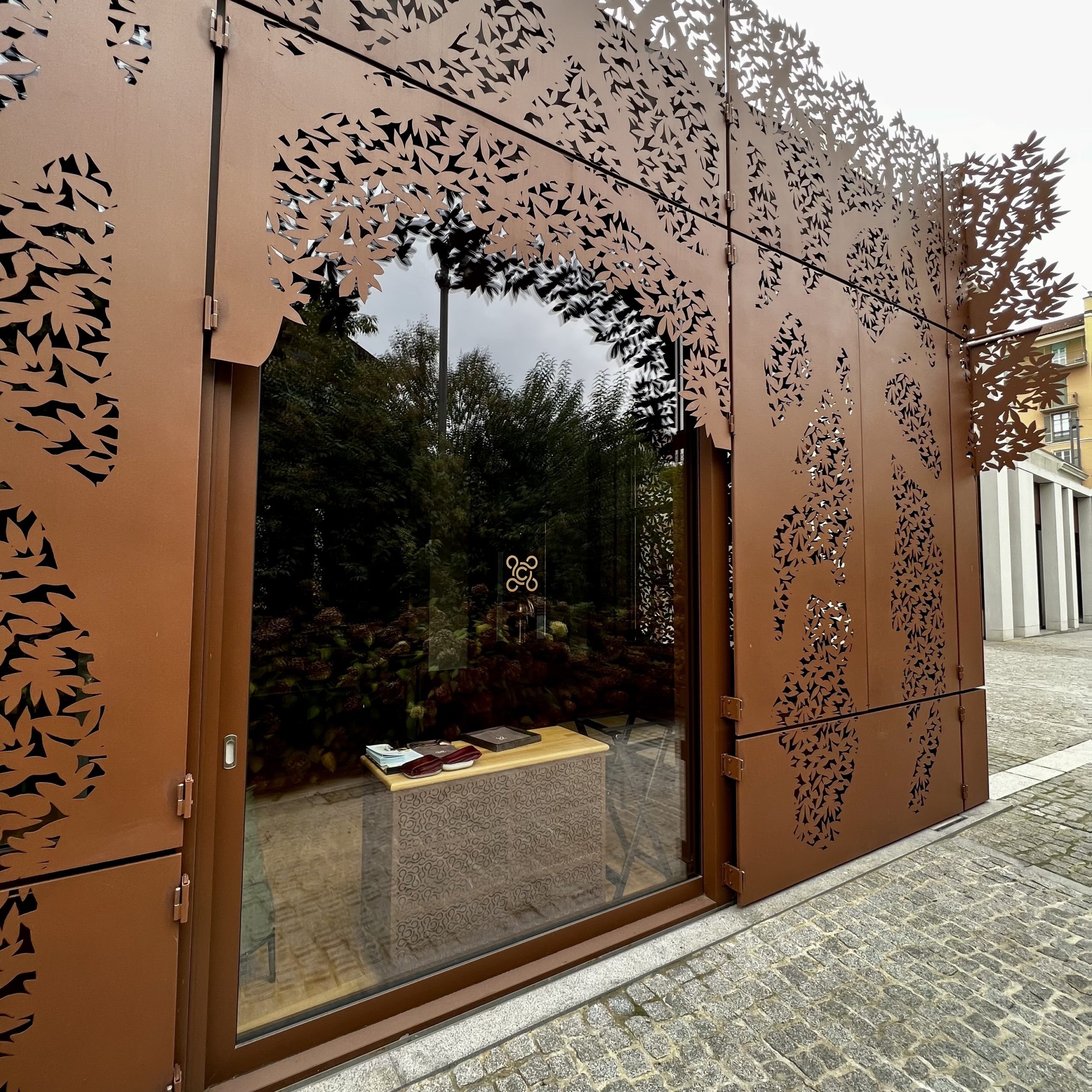
Wandering Back
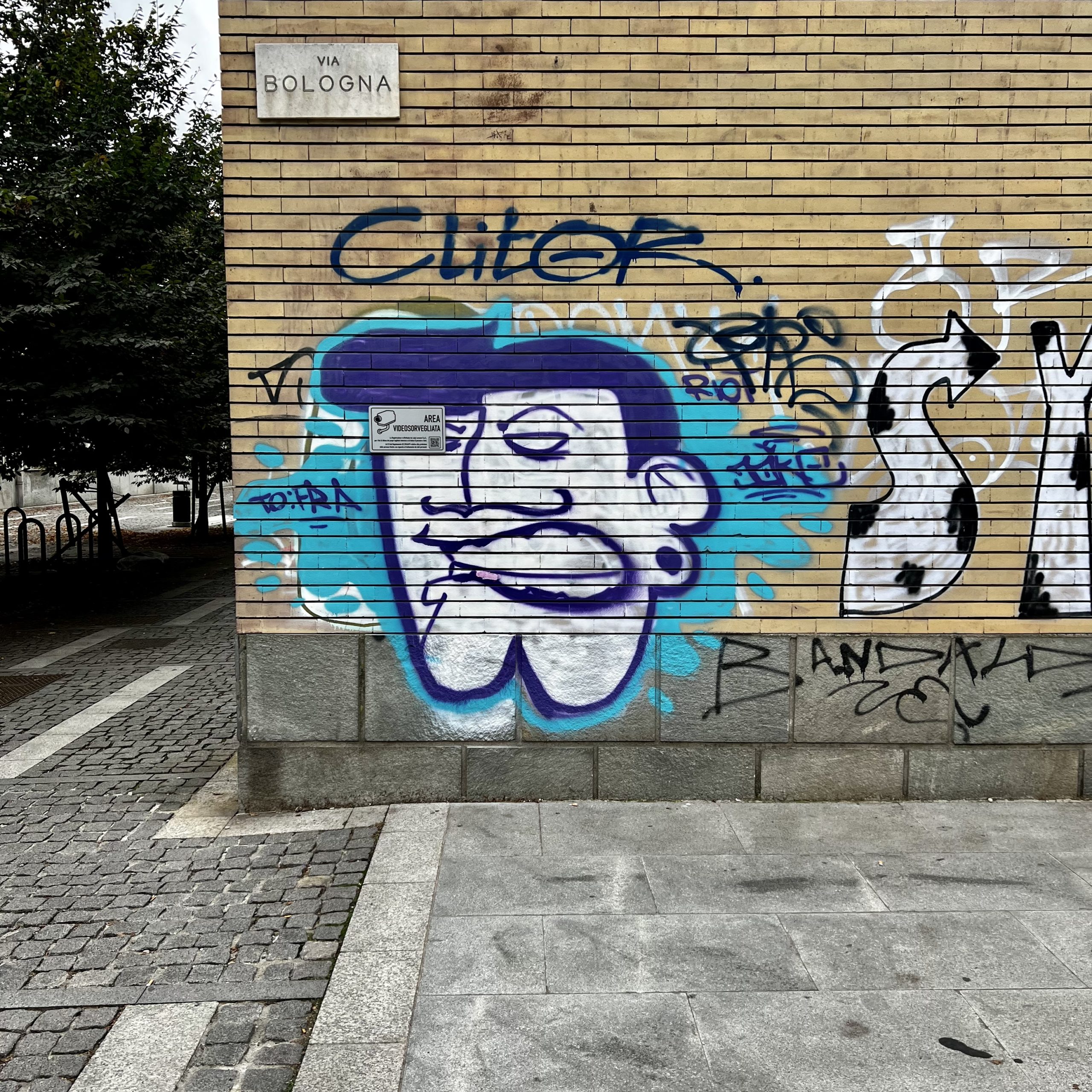
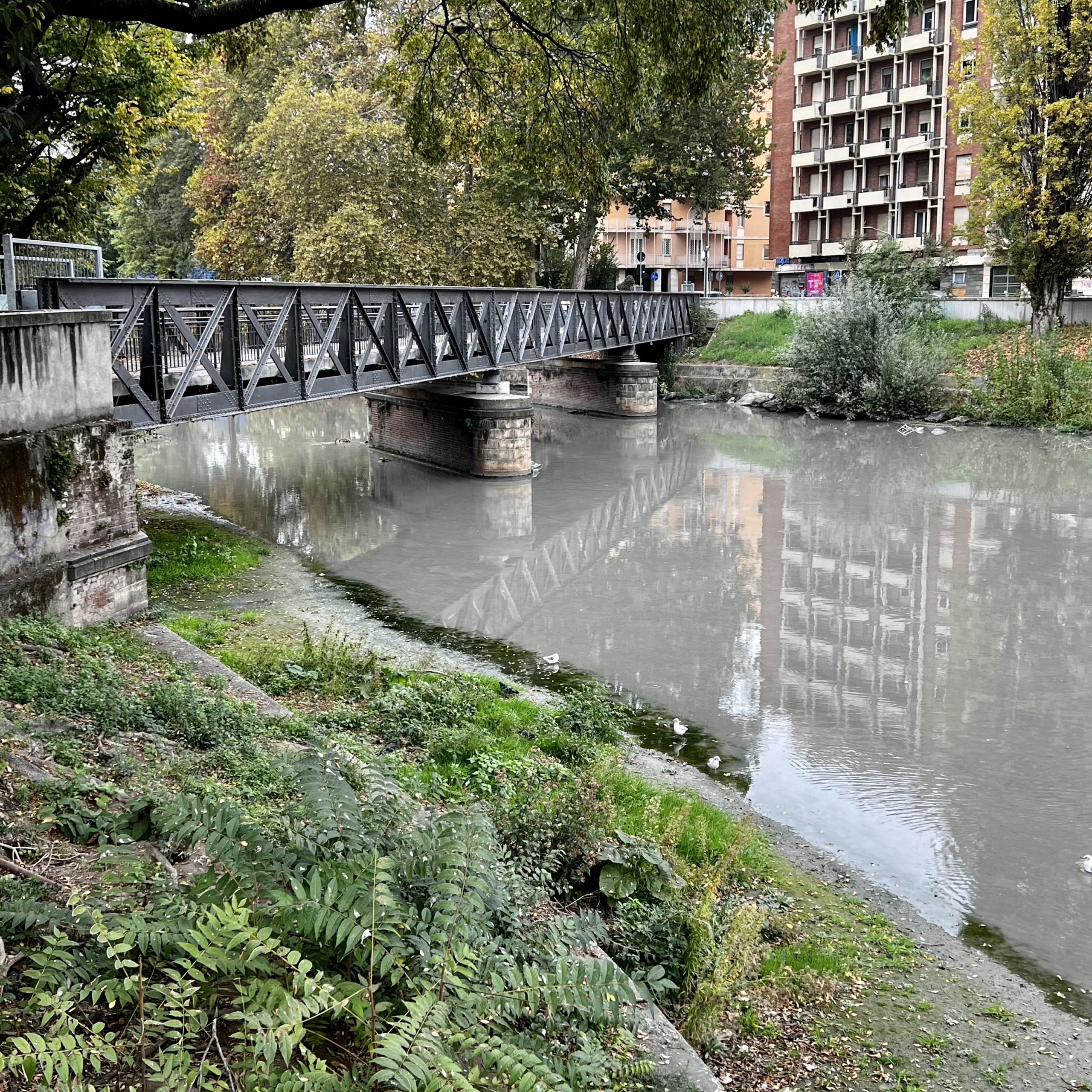
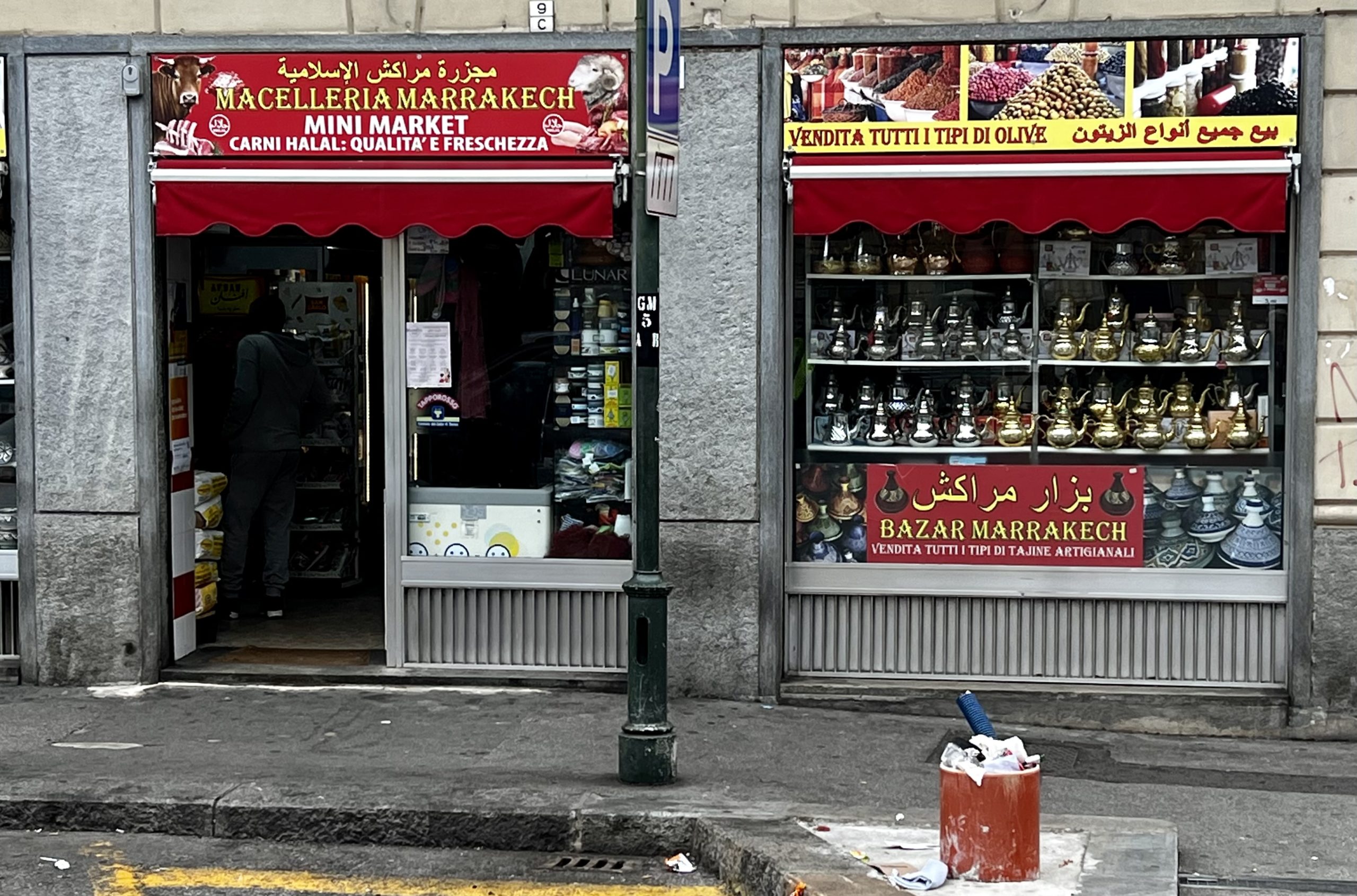
Palazzo Madama
The museum holds a large collection of paintings, statues, church ornaments, porcelain, and decorative arts from the middle ages to the 18th century. Although the renaissance-era artists were not familiar to us, the quality of their work is outstanding. Worth the visit, plus a spectacular view from one of the towers.
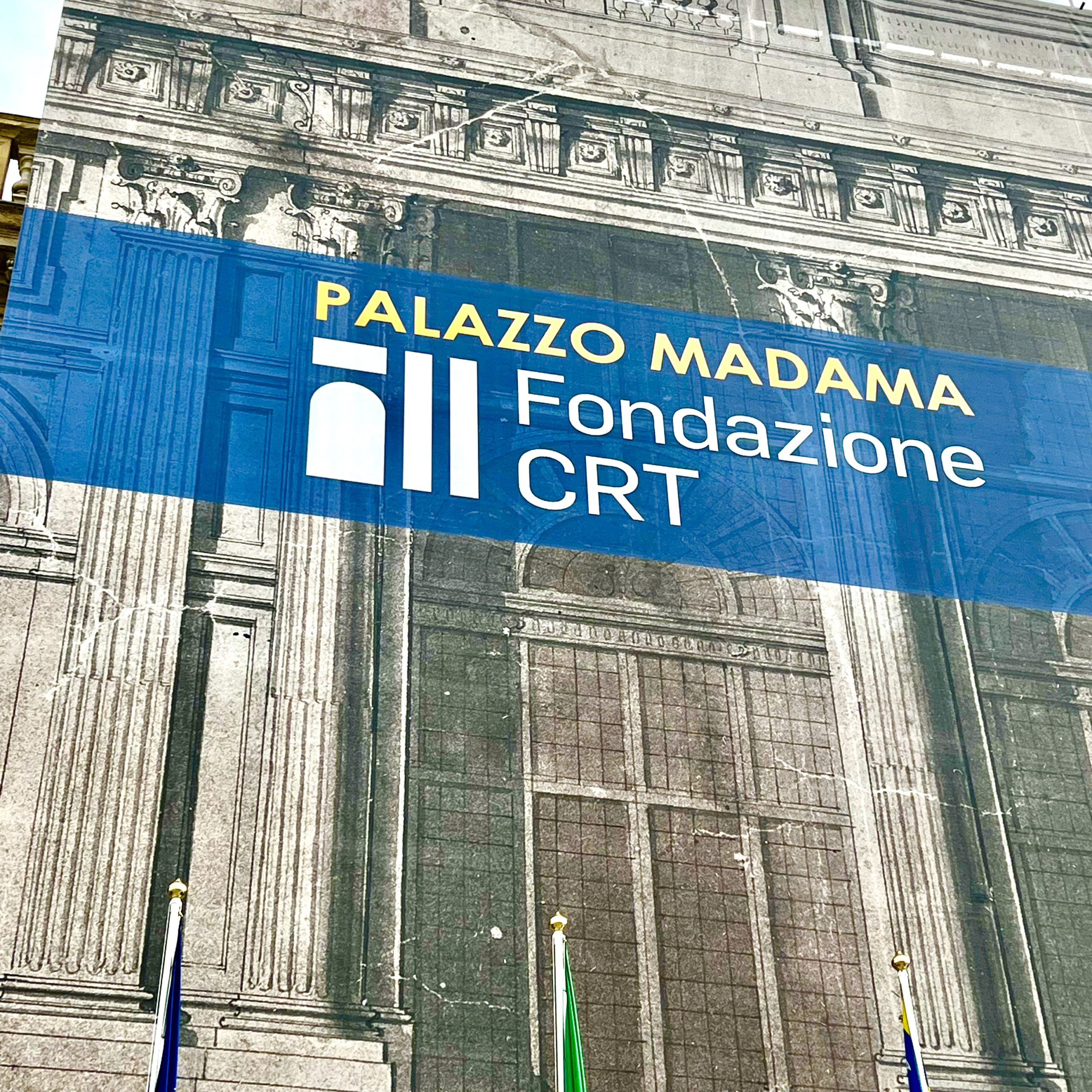
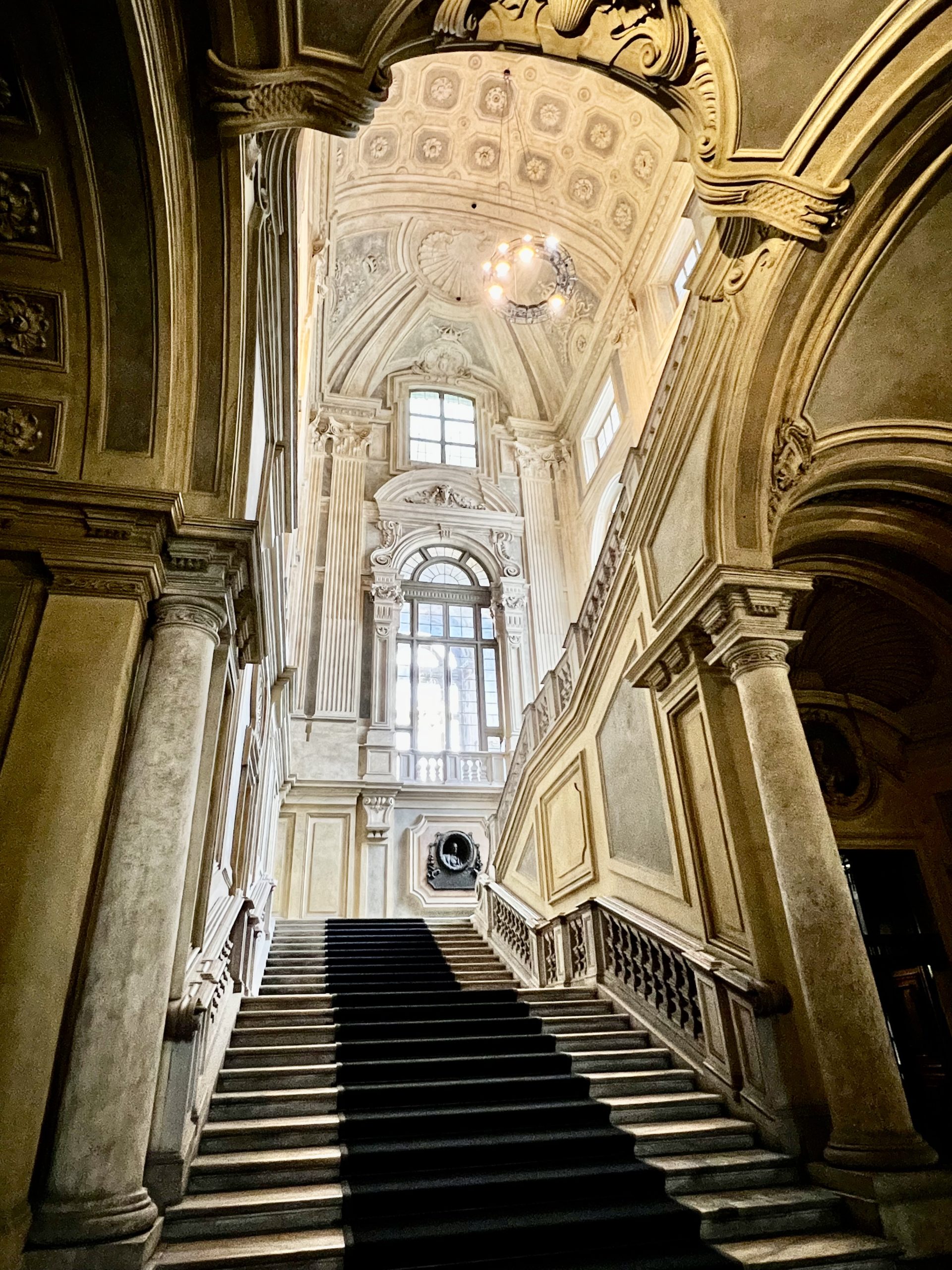

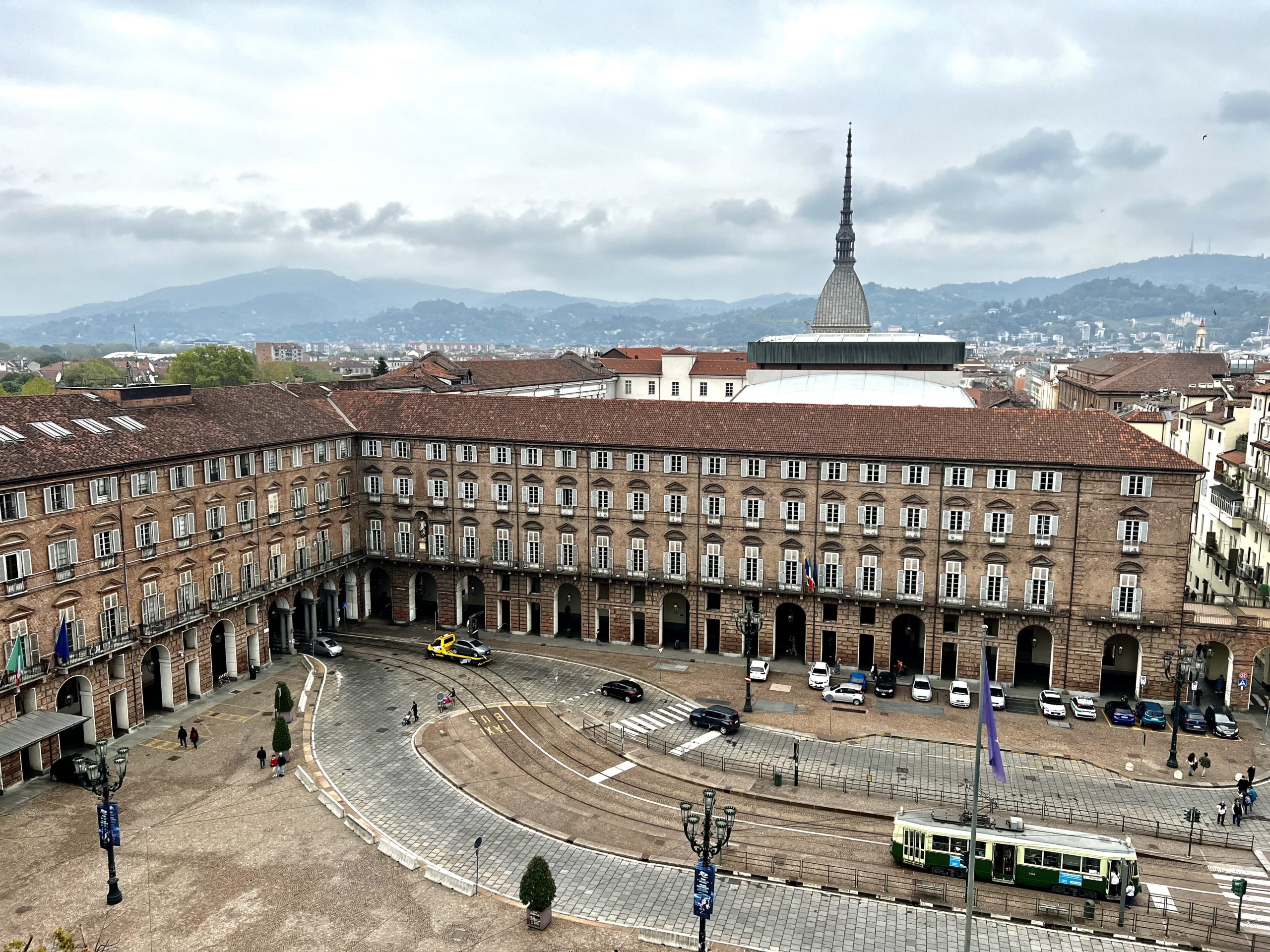
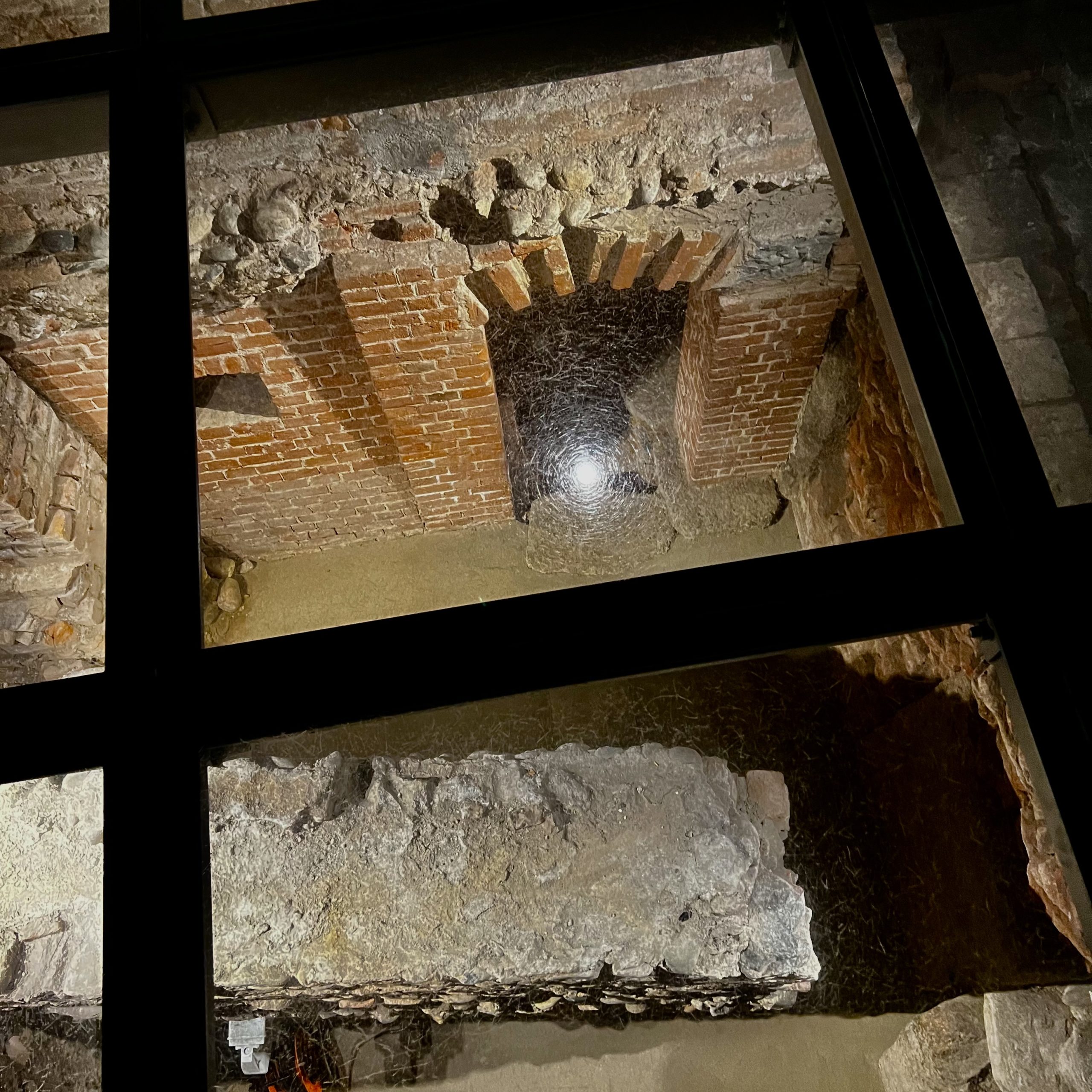

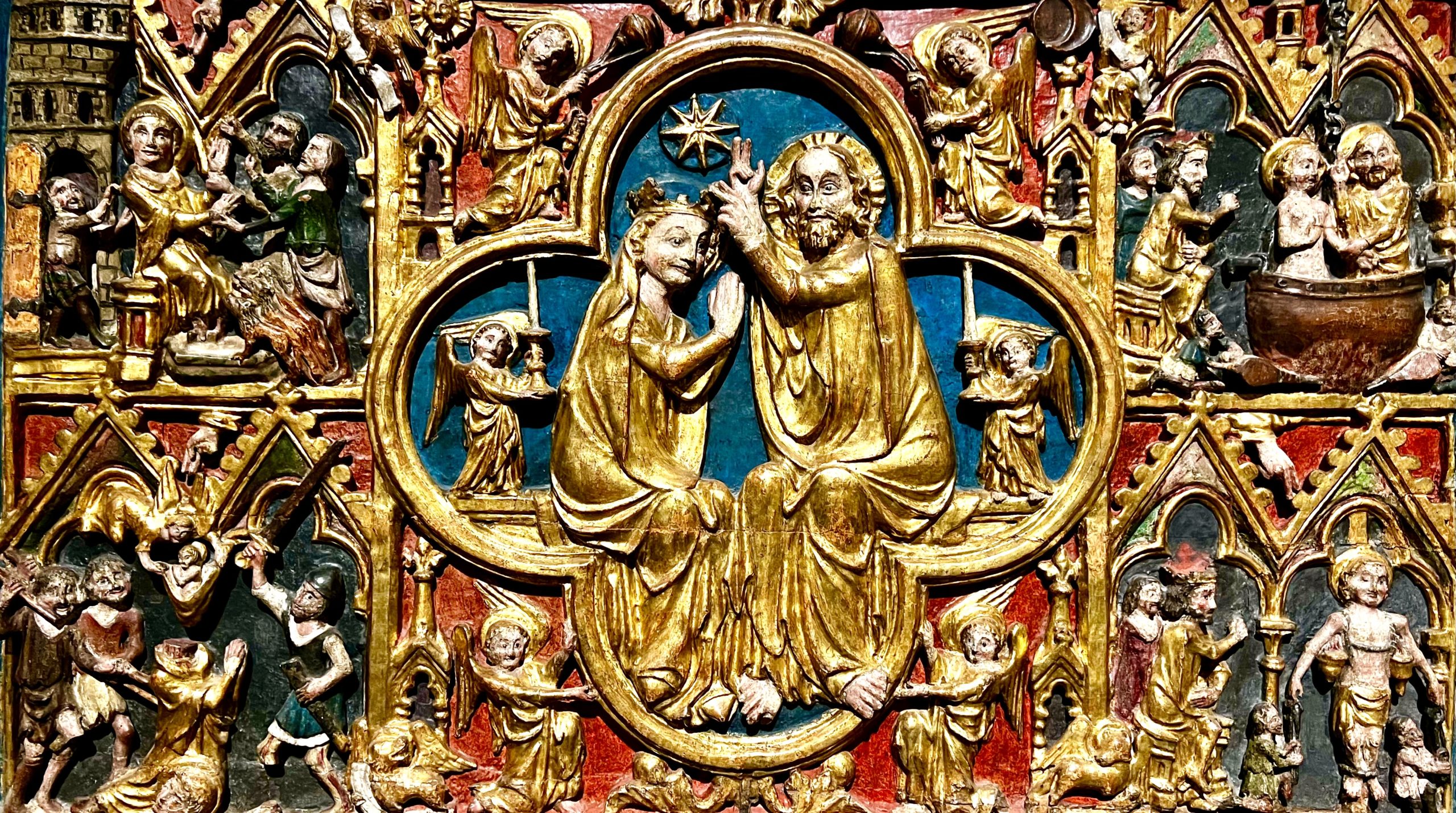
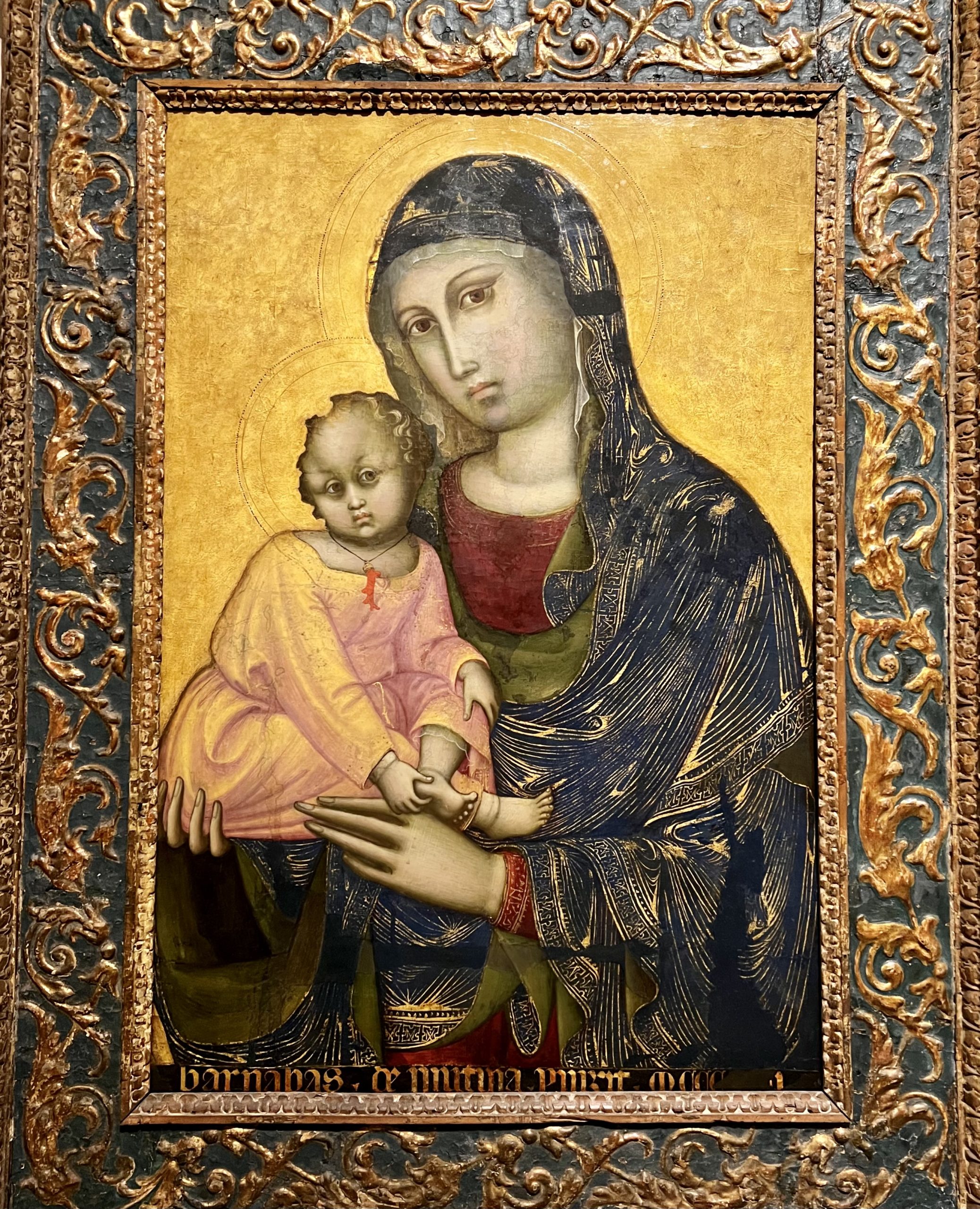
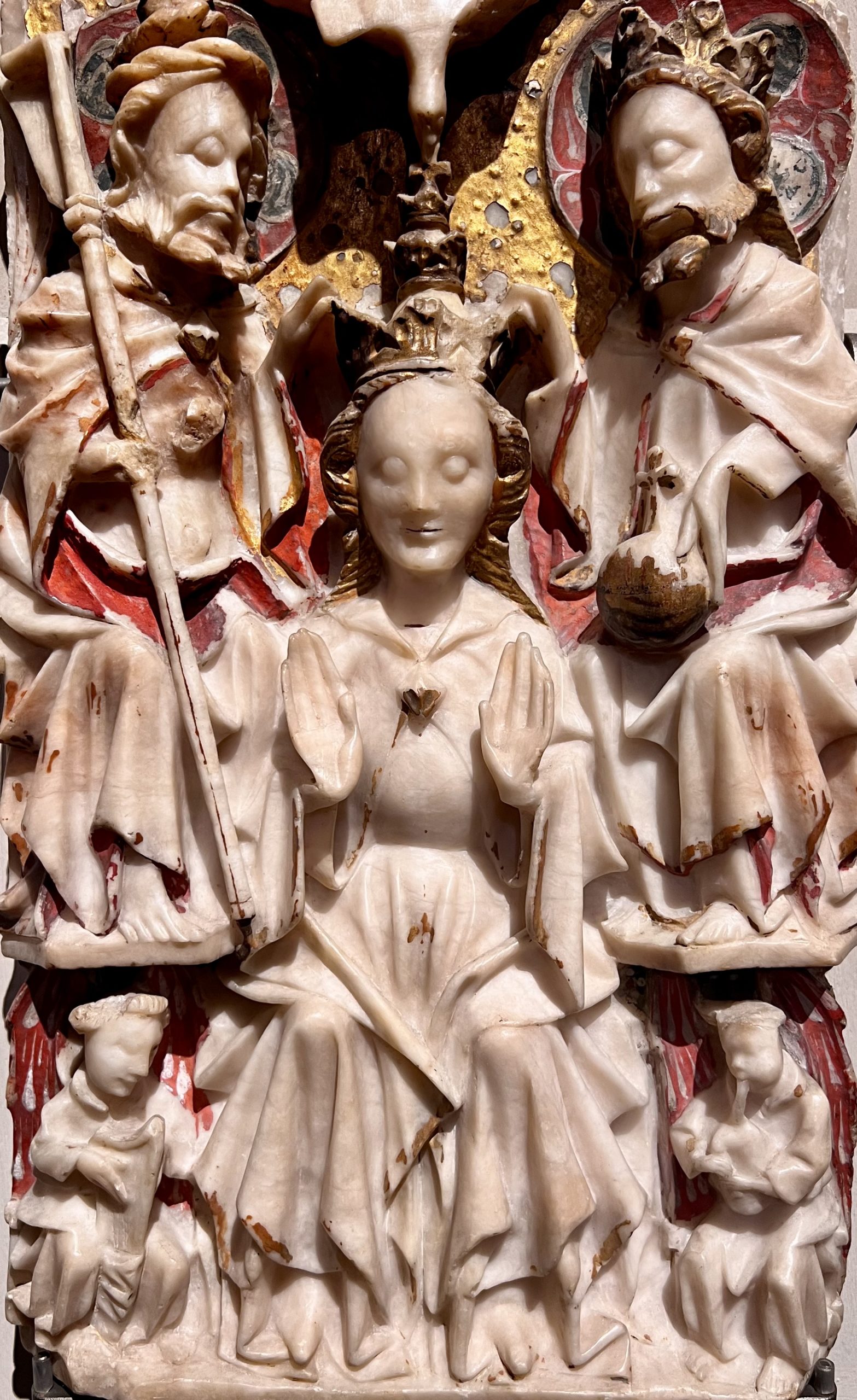
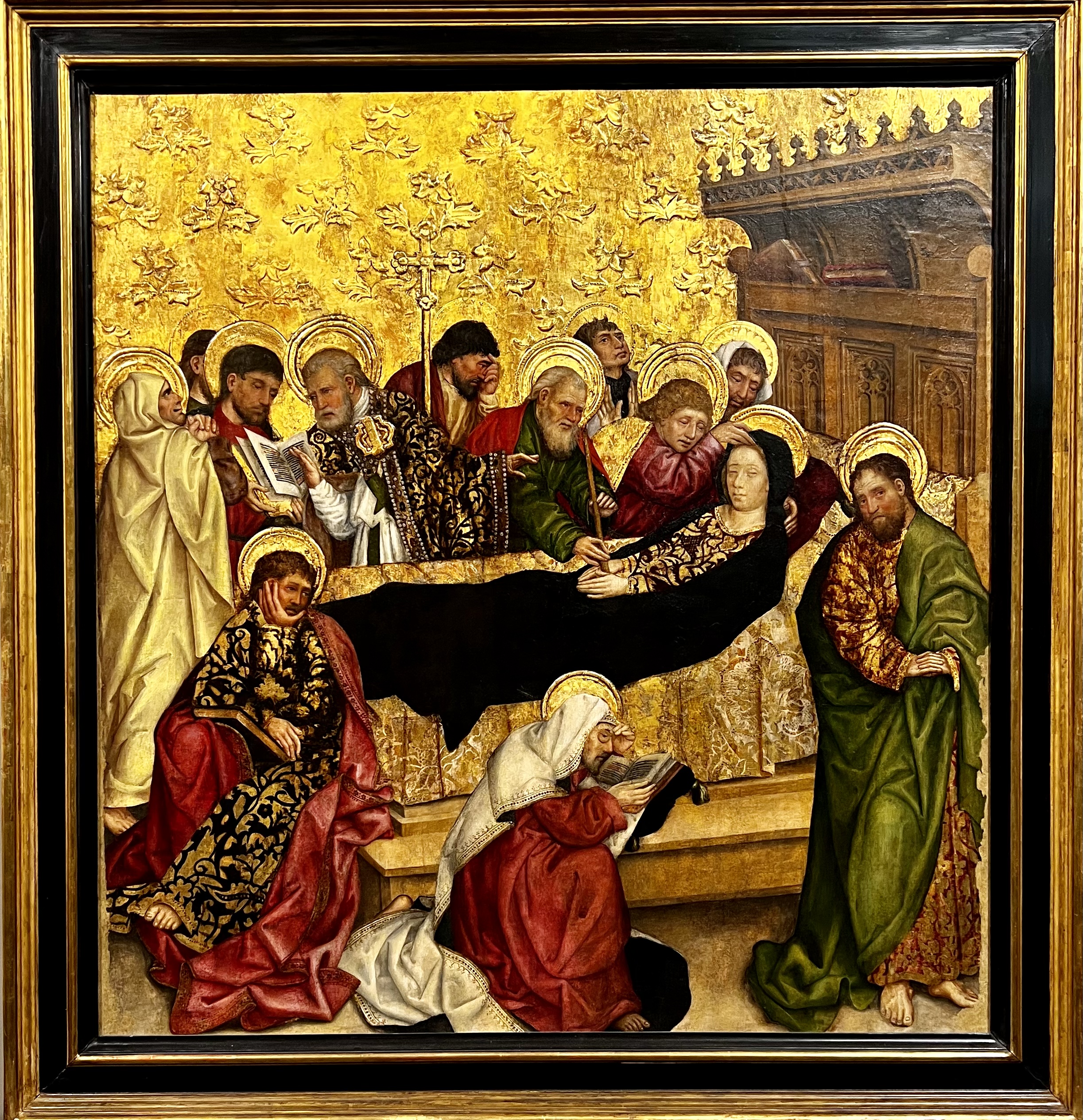
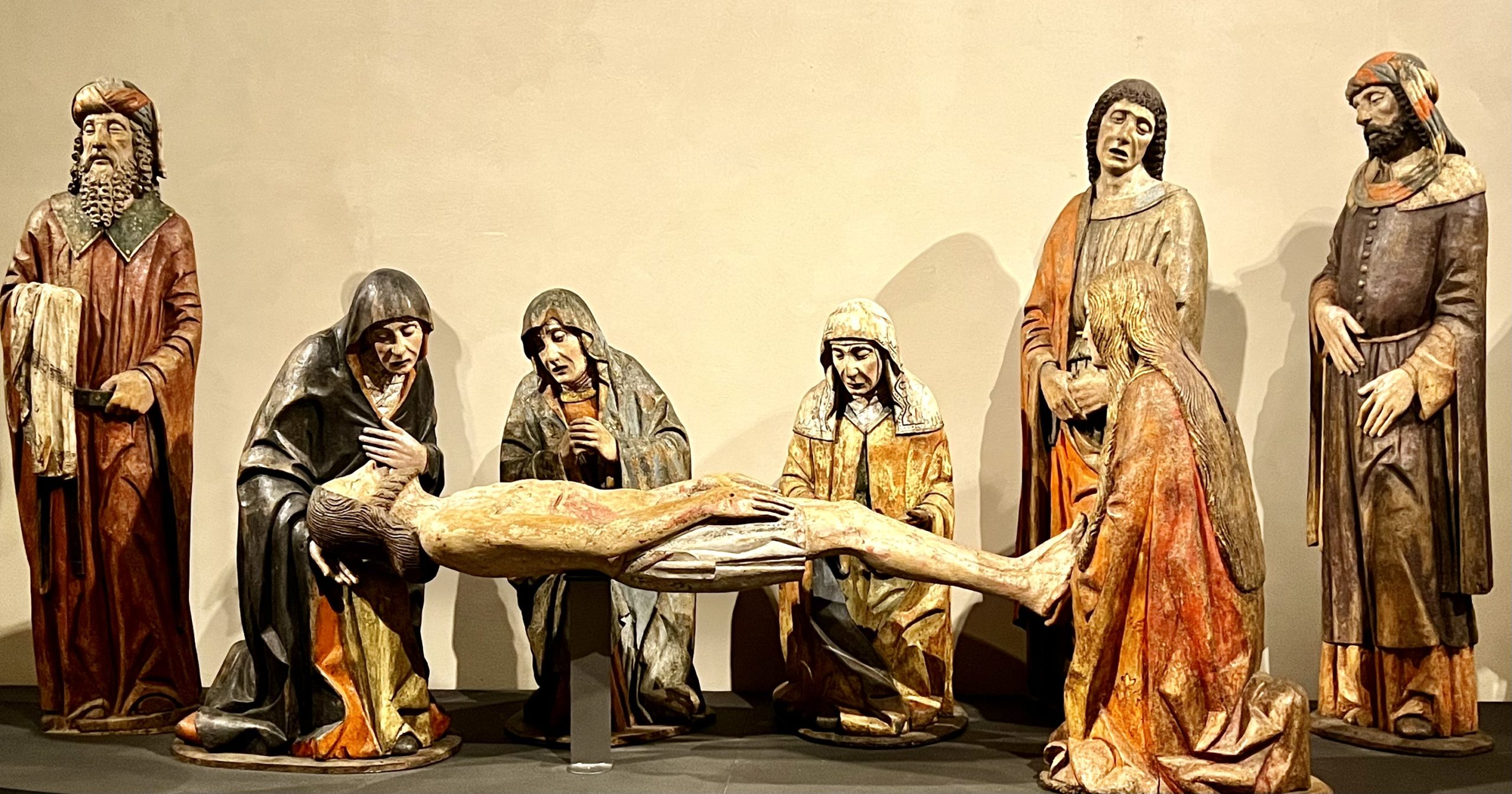
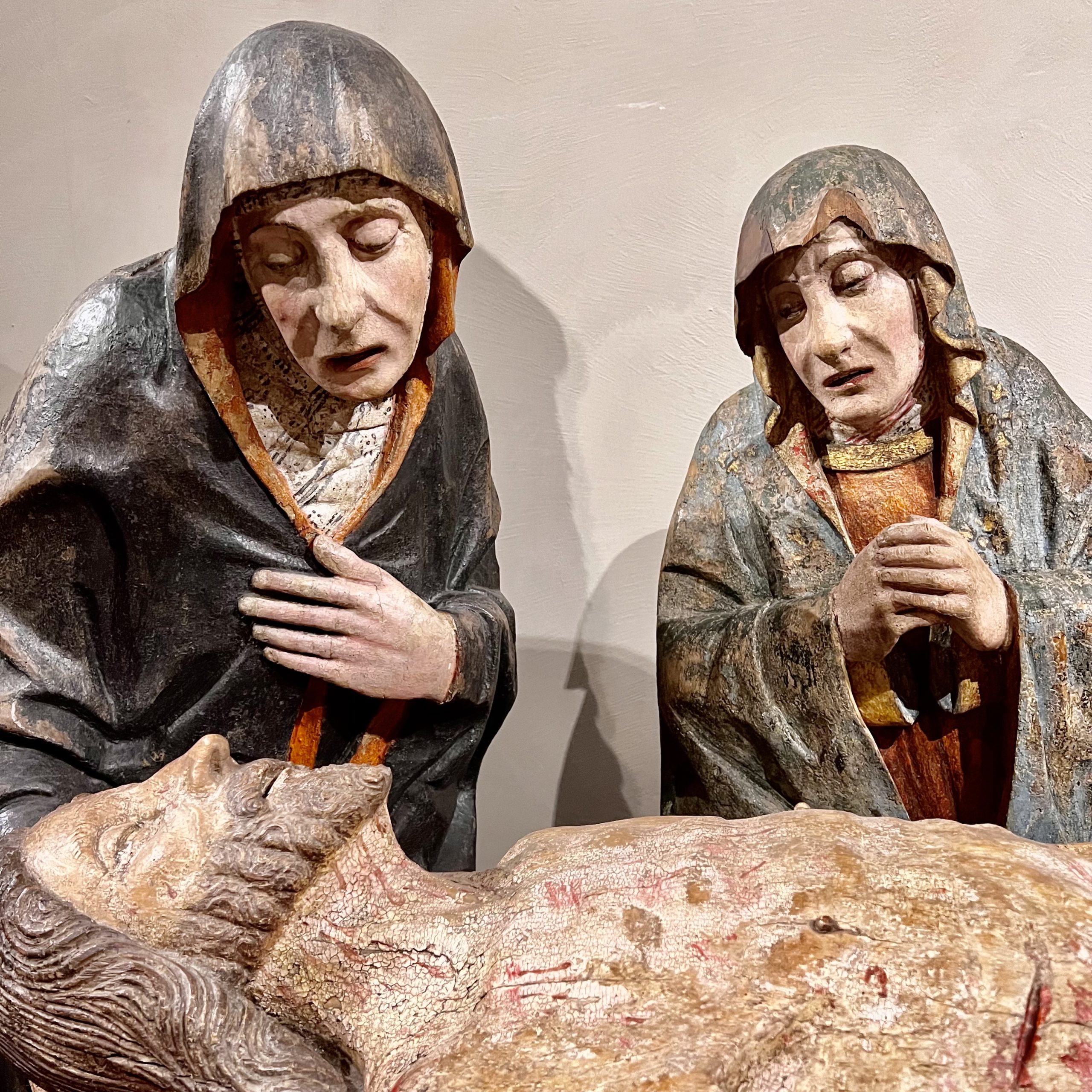
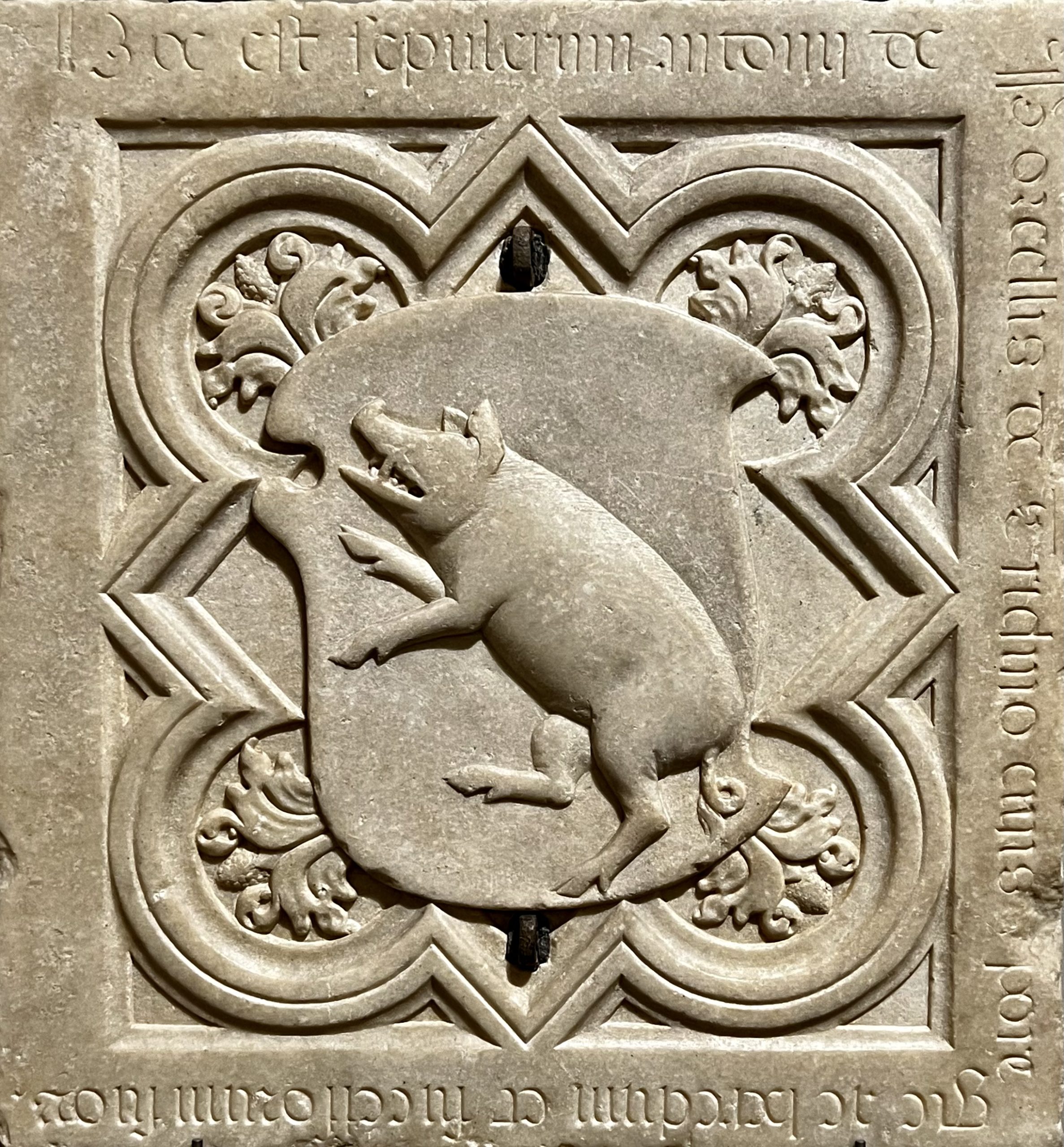
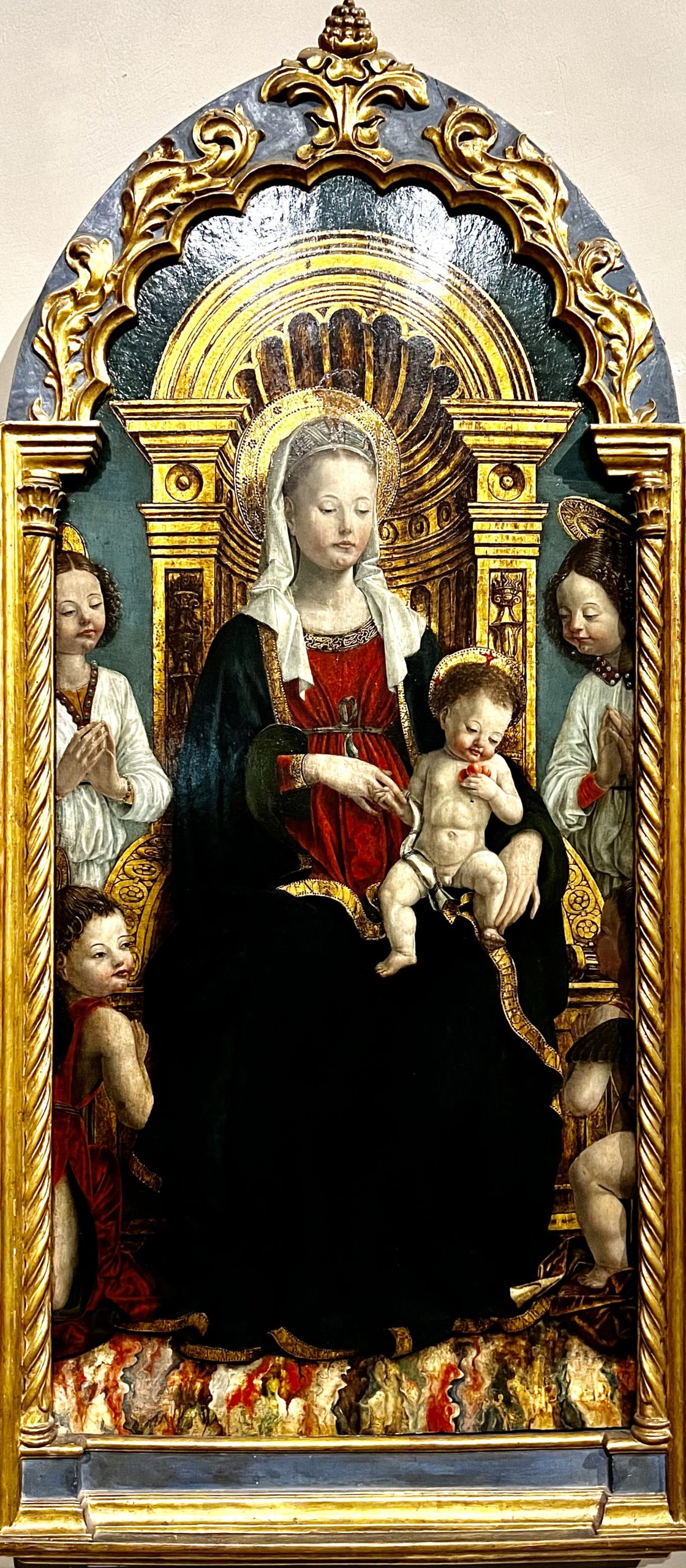
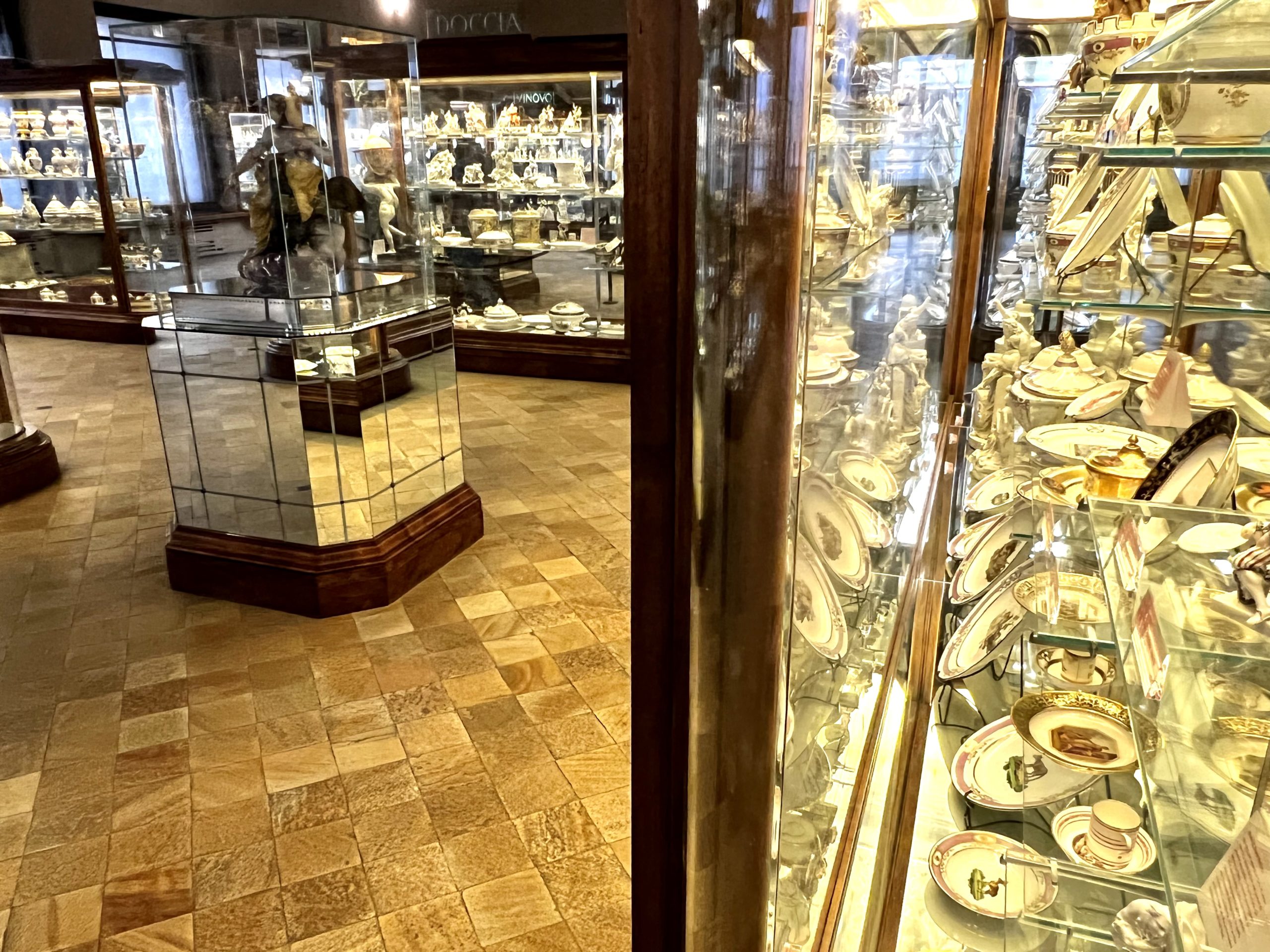
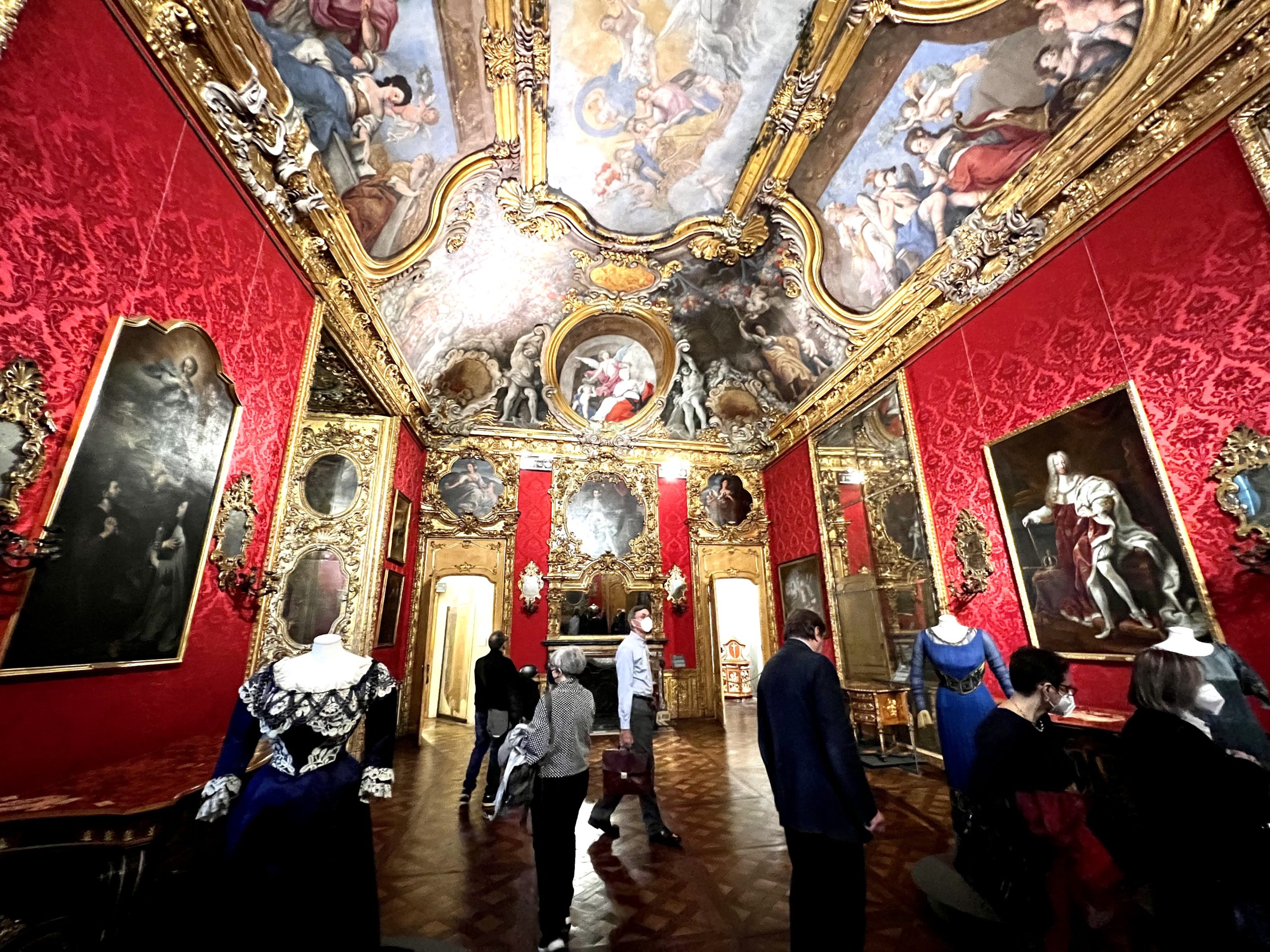
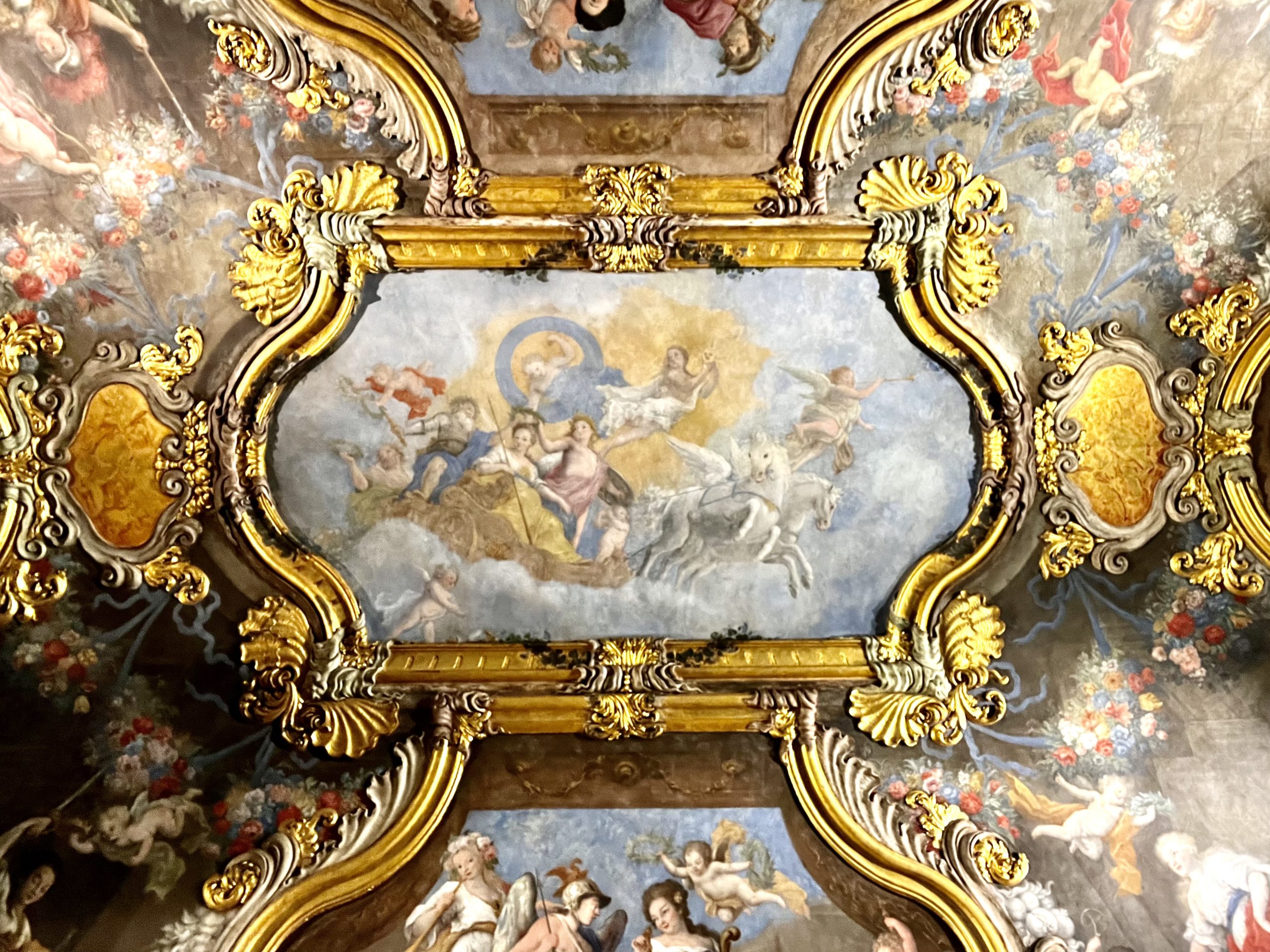
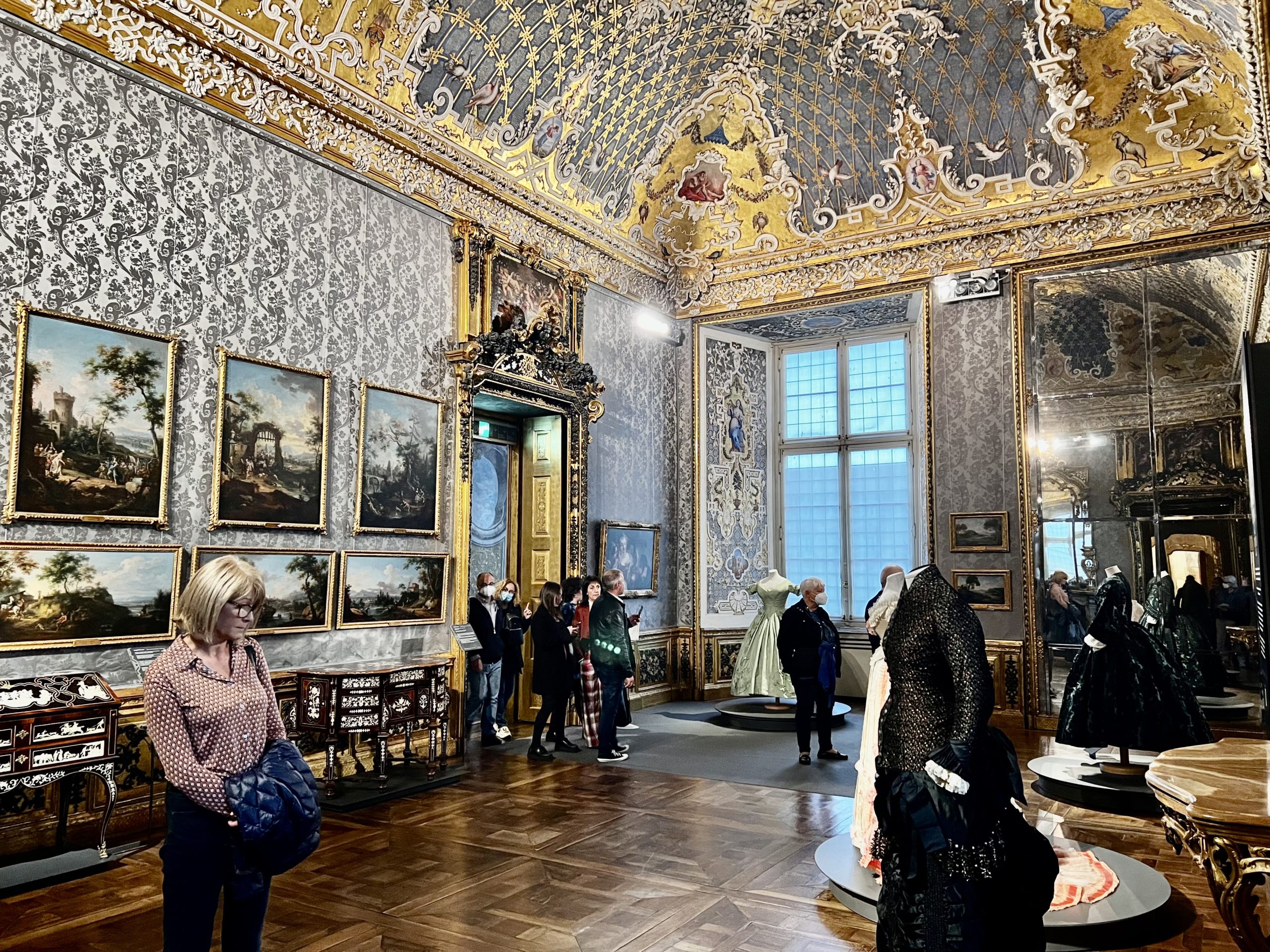
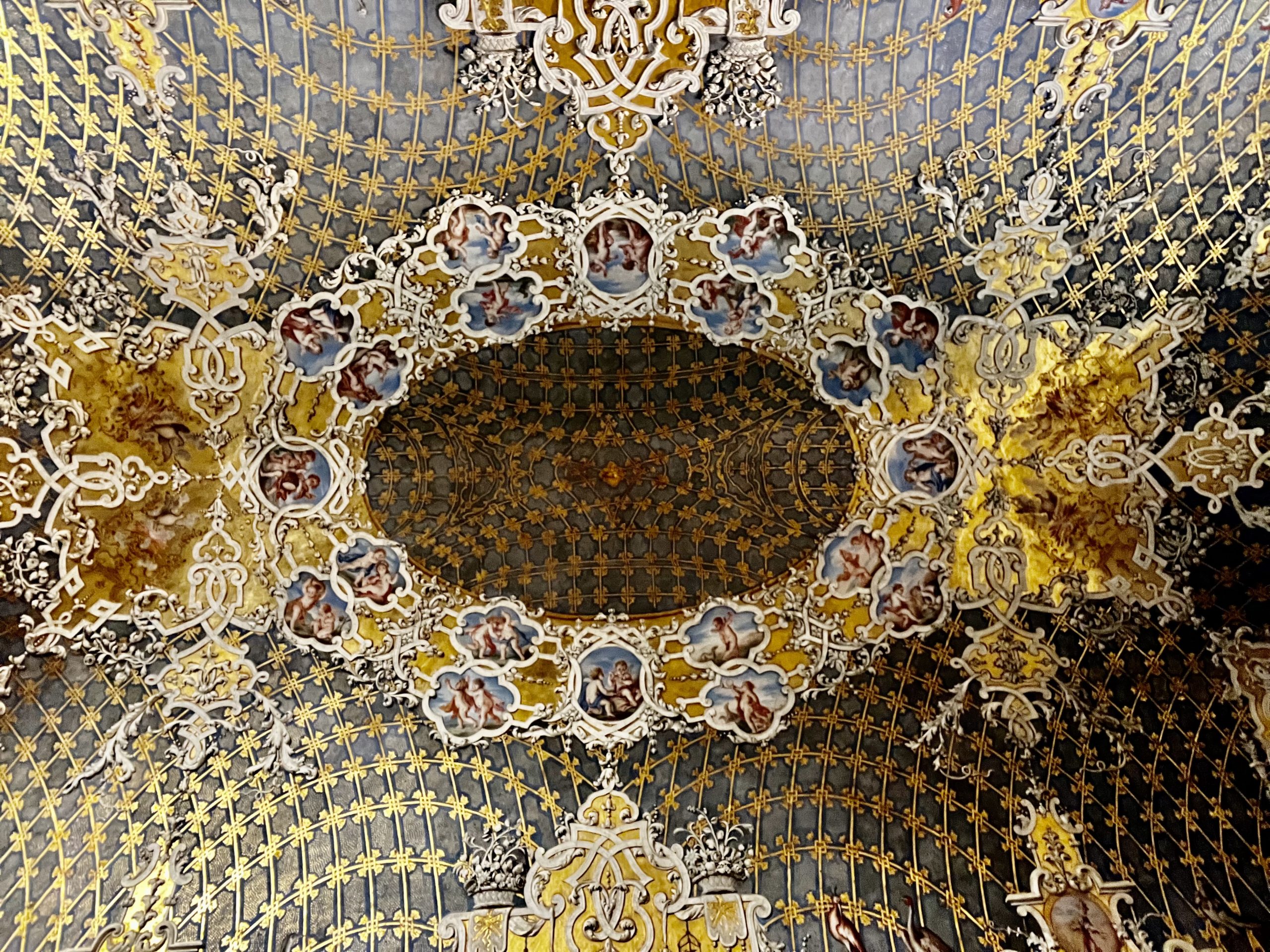
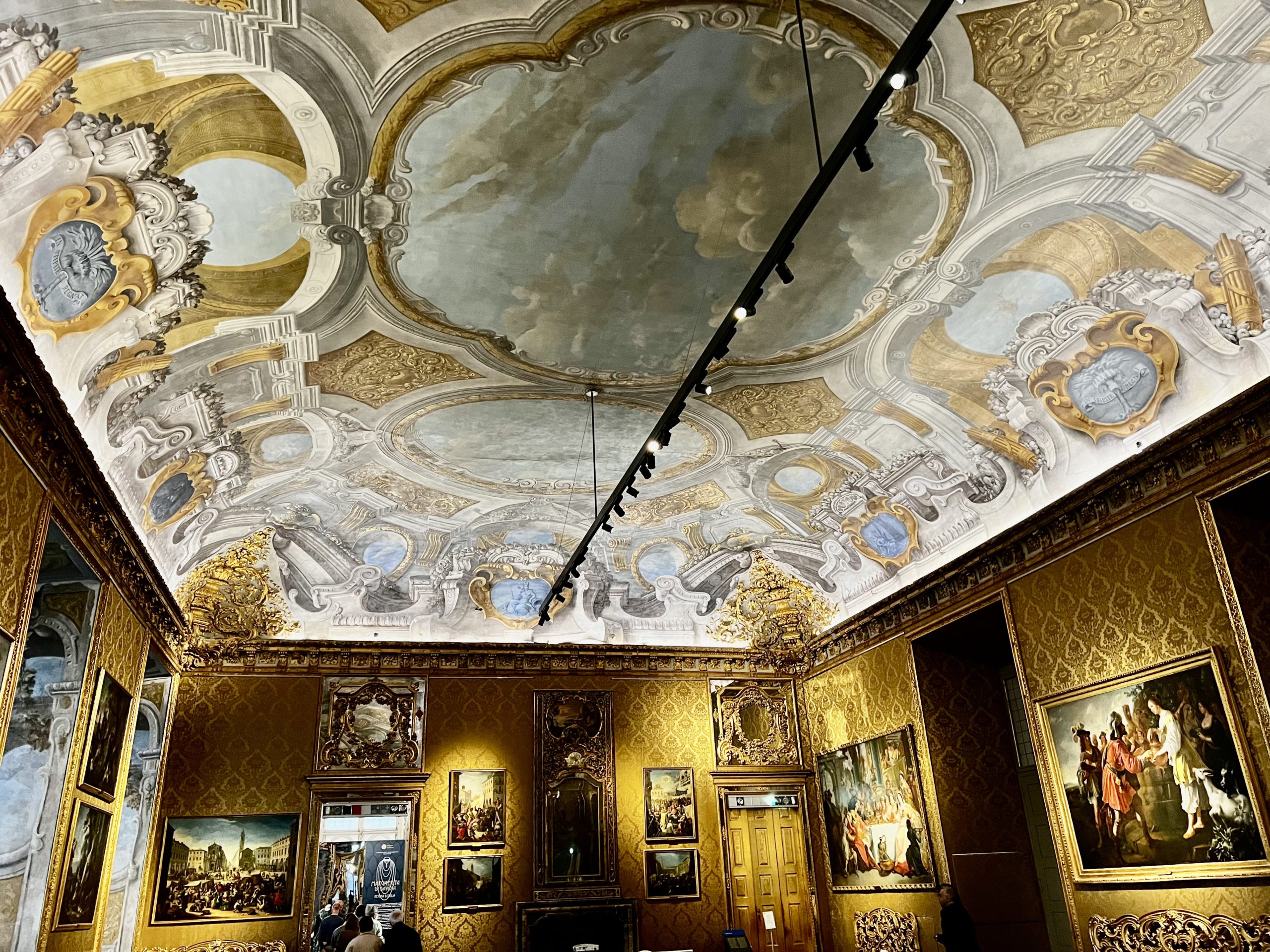
Final Wanders
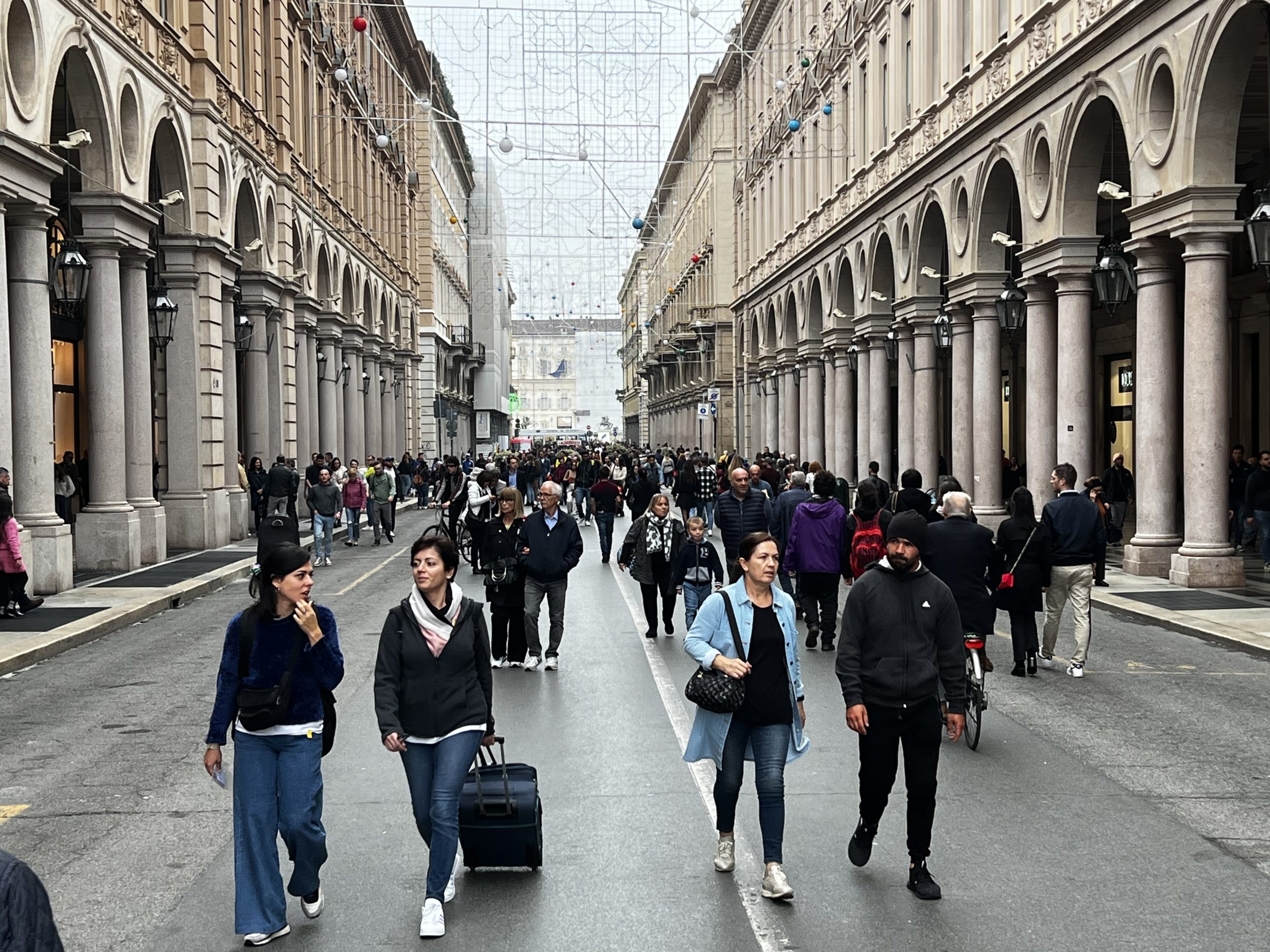
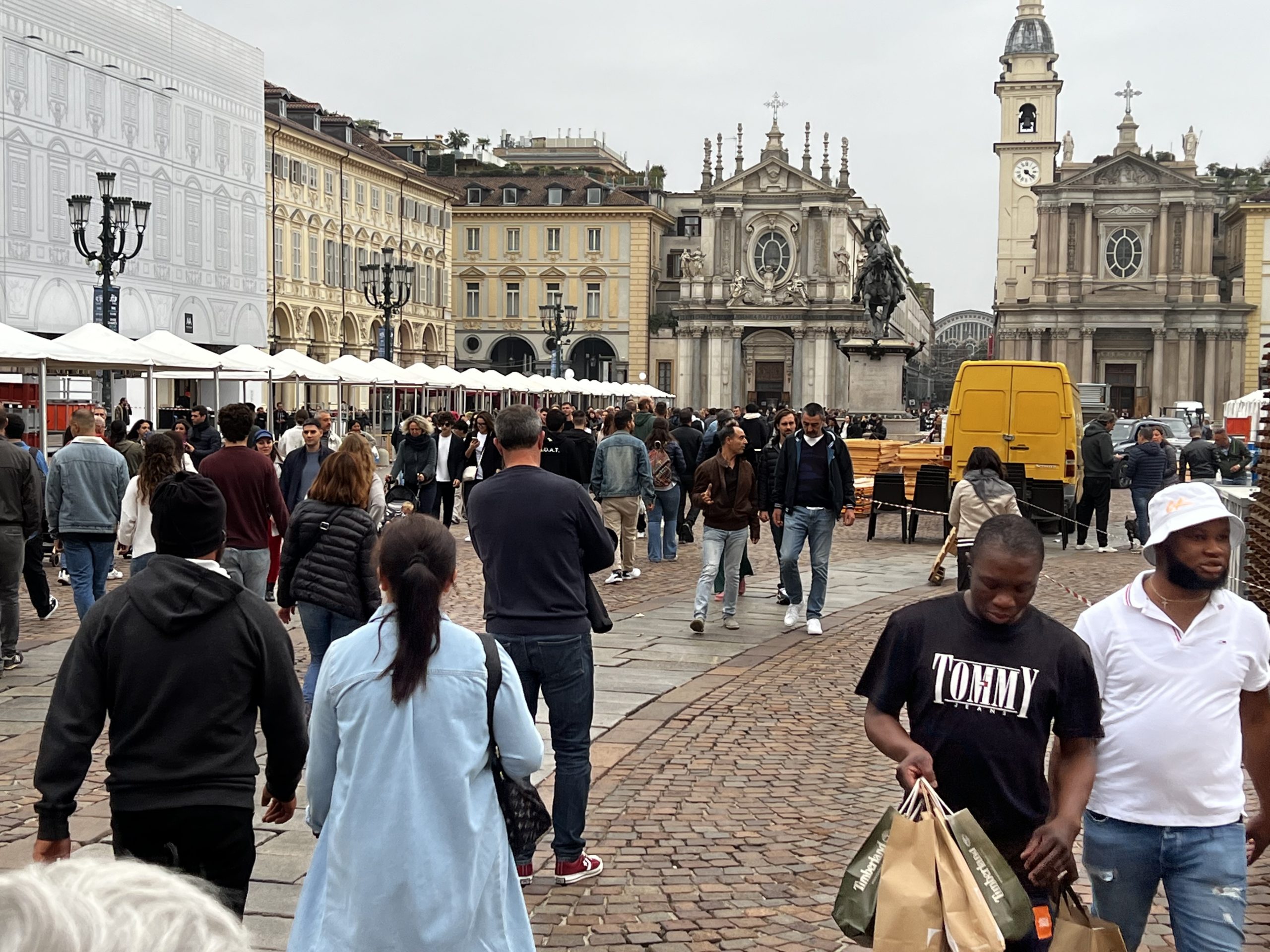
Cibi
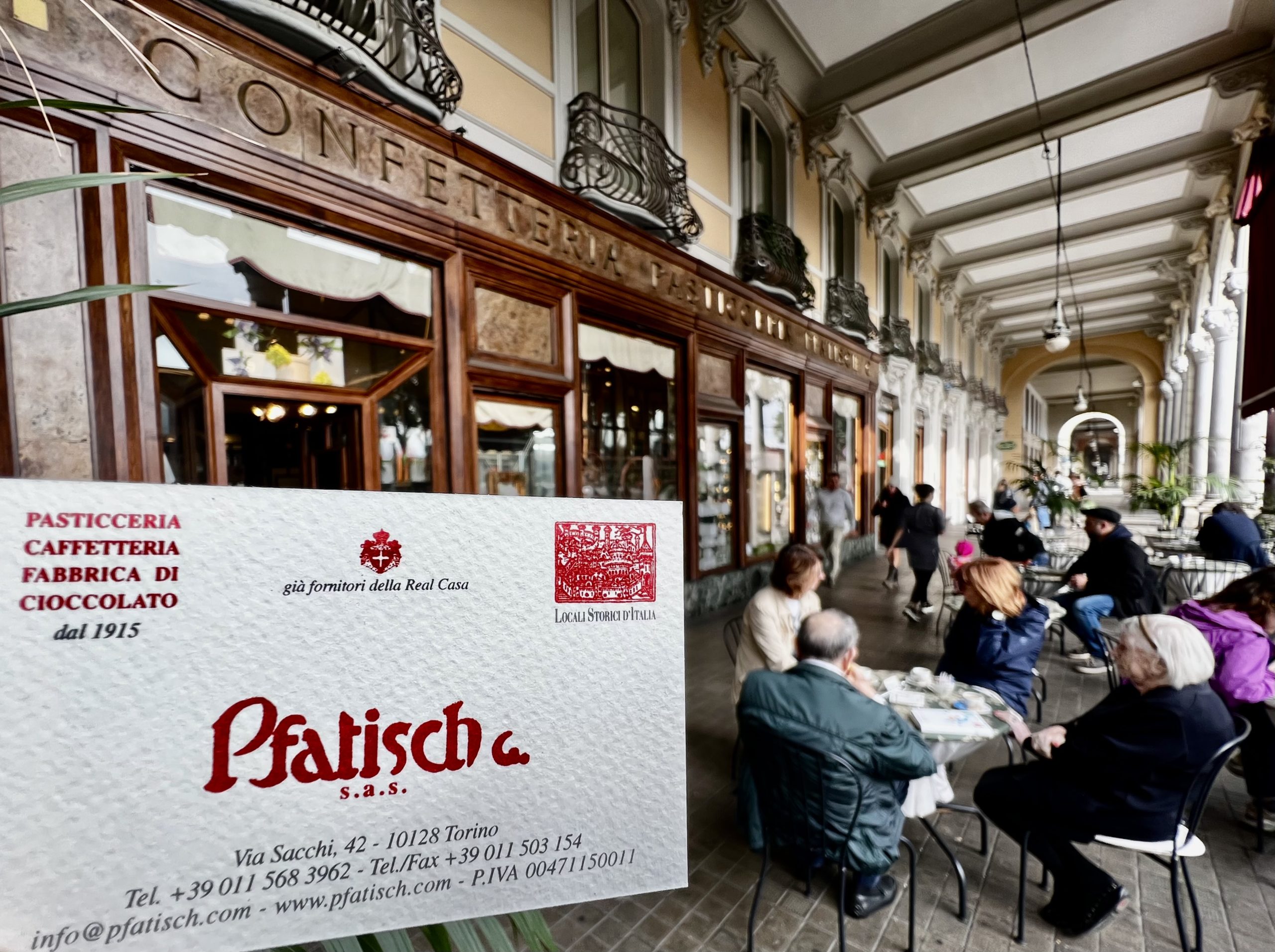
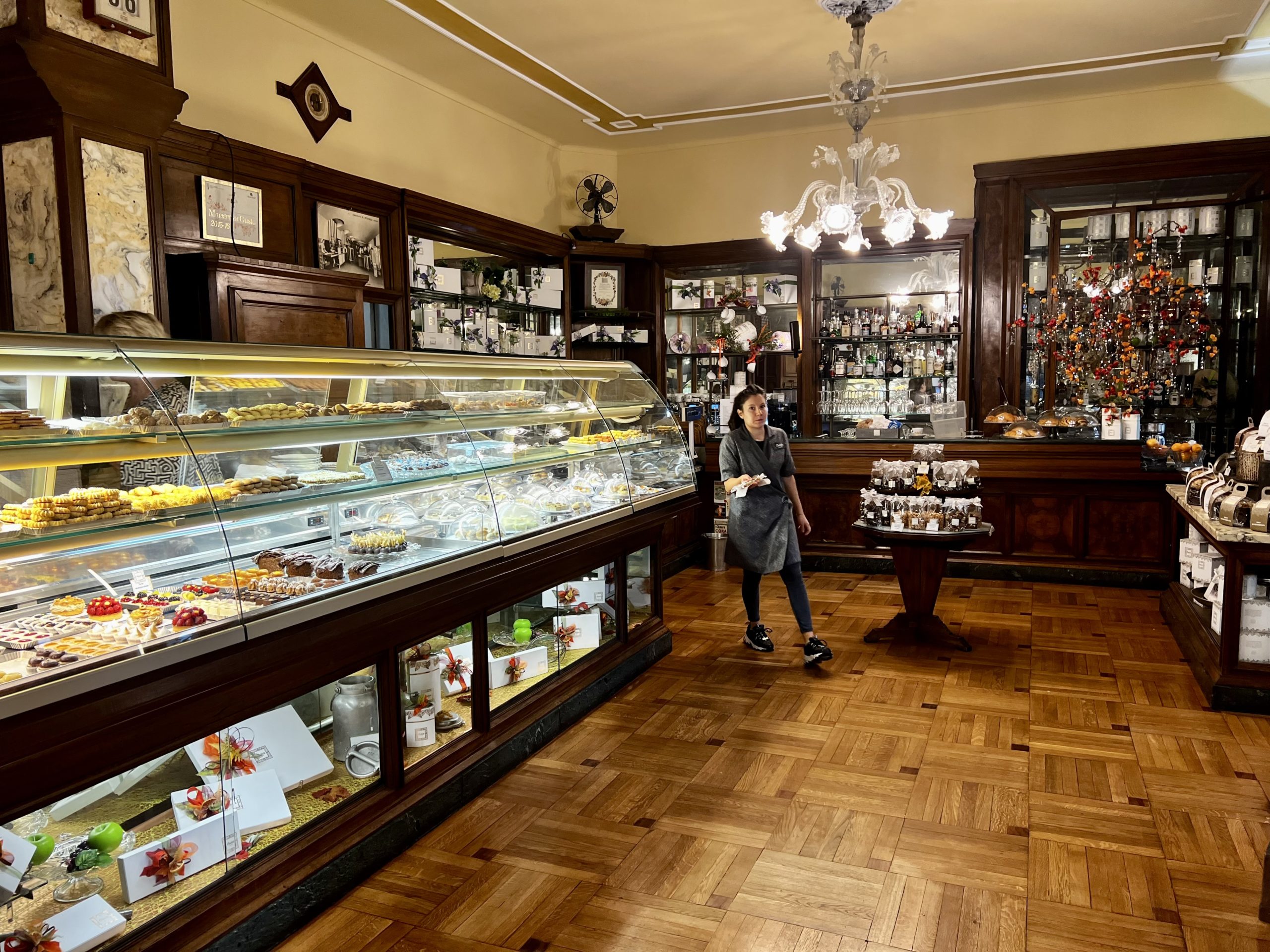
What is Cafe Latte Anyway?
Robert started to order cafe latte. When they placed his order, he heard them say macchiato. A little confusing. He was actually ordering a latte macchiato. They deliver the espresso separate from the warm frothed milk, along with a small glass of water in case you want to lower the temperature of the drink.
